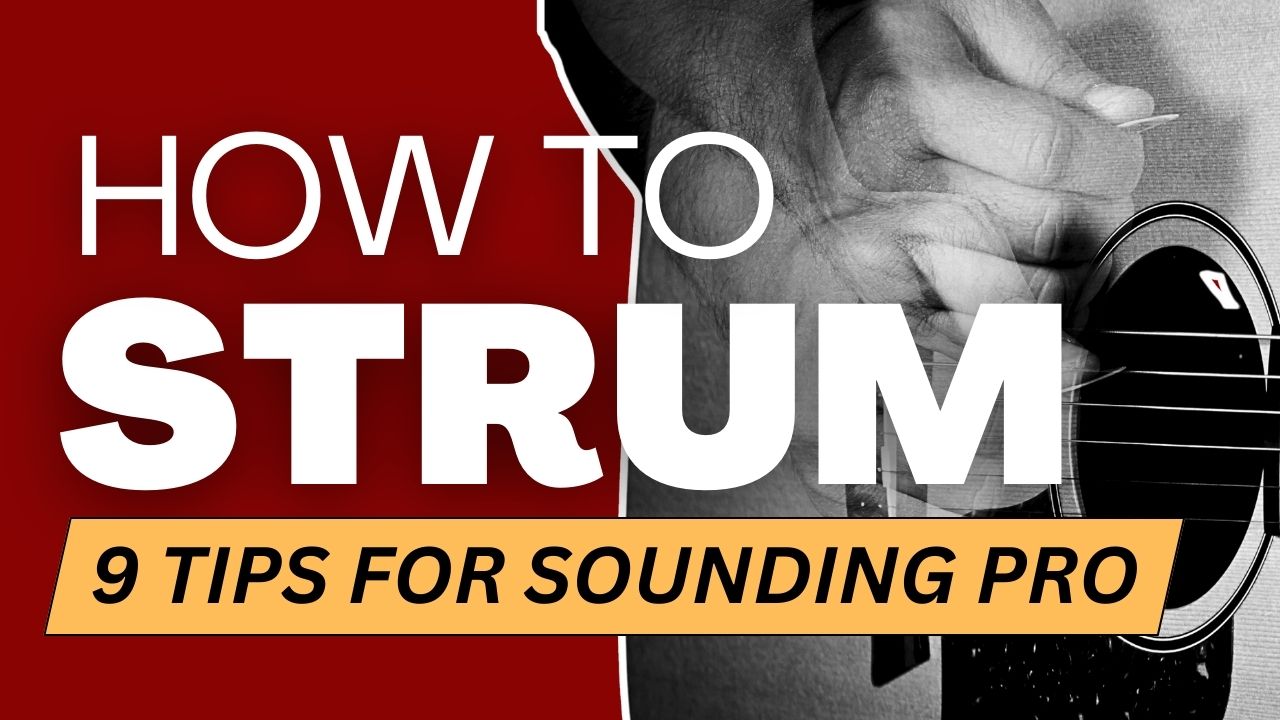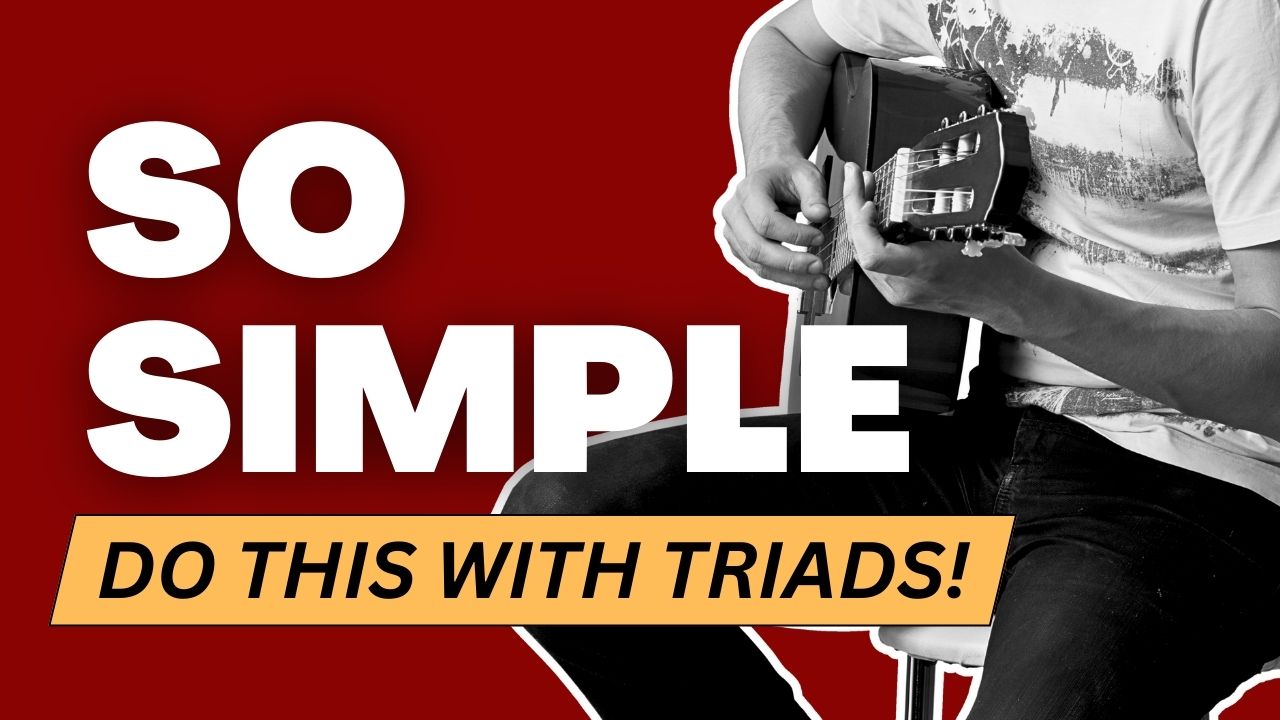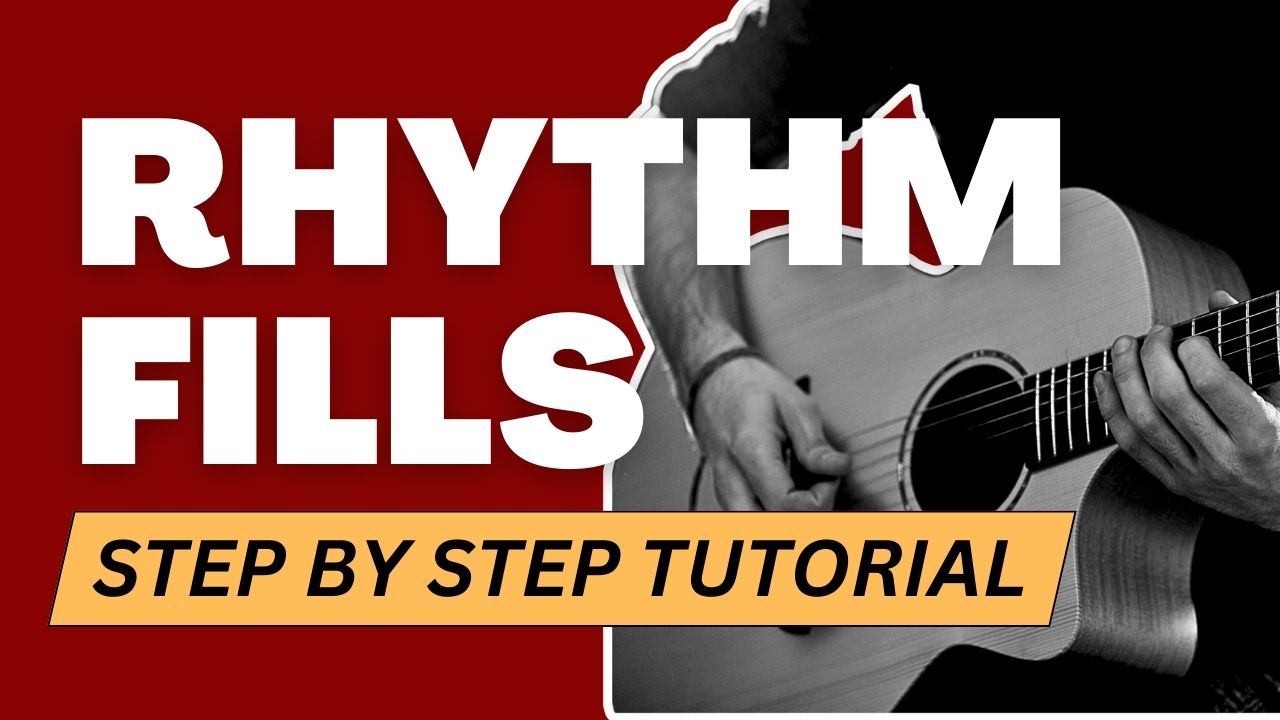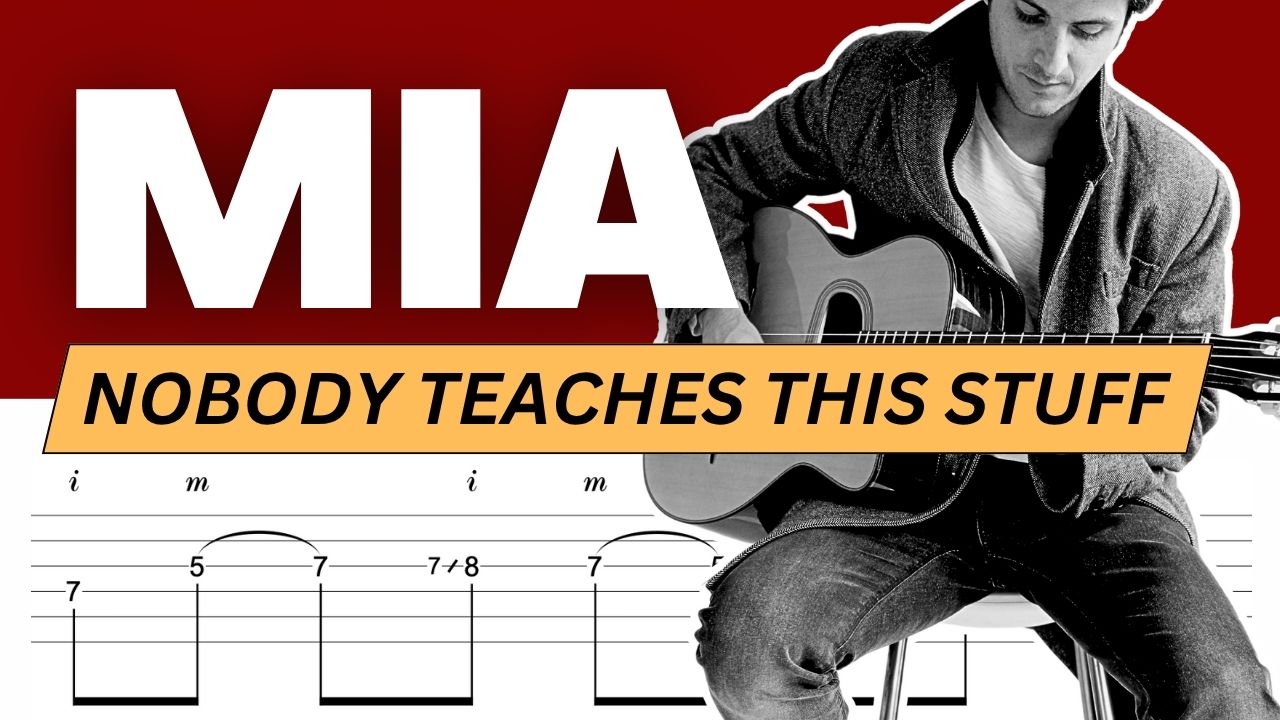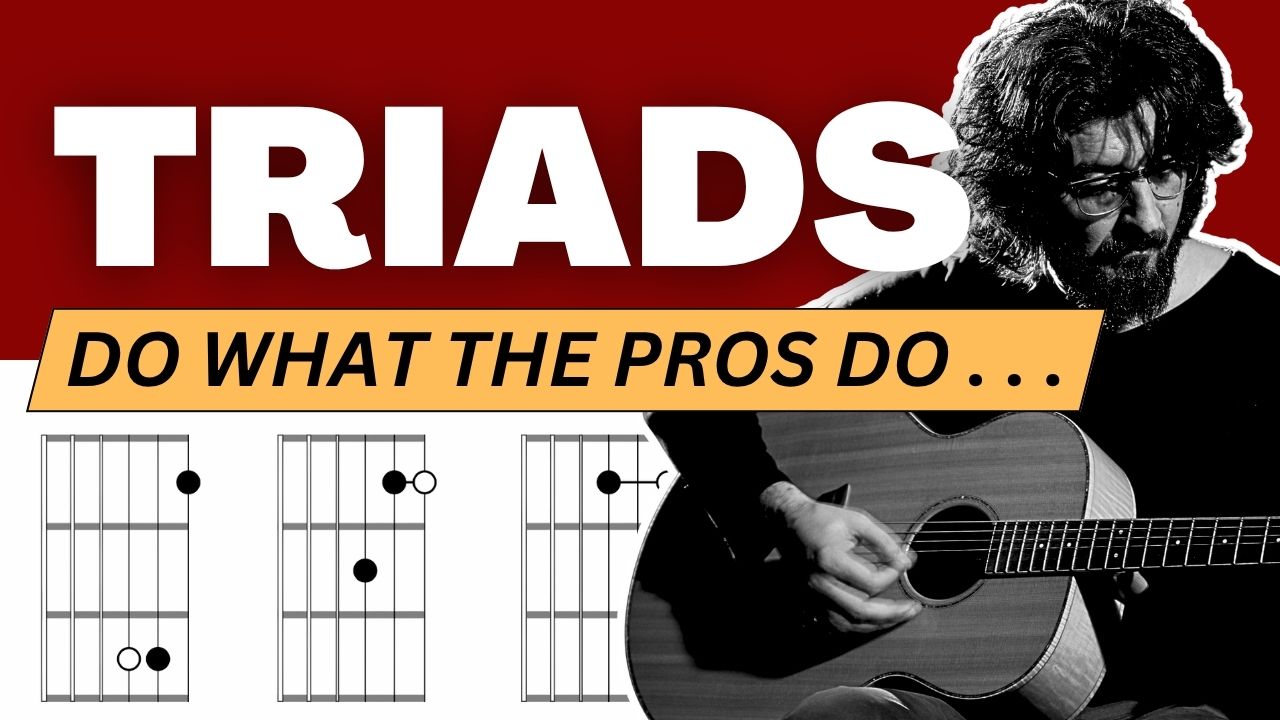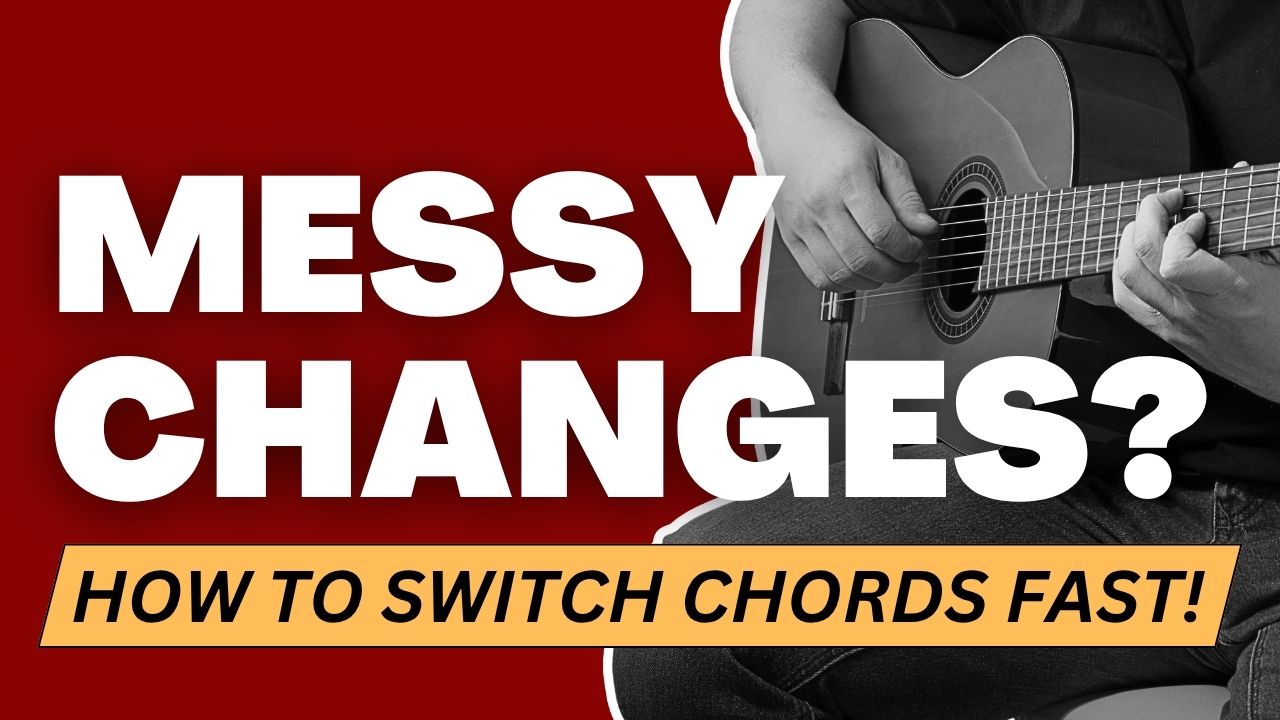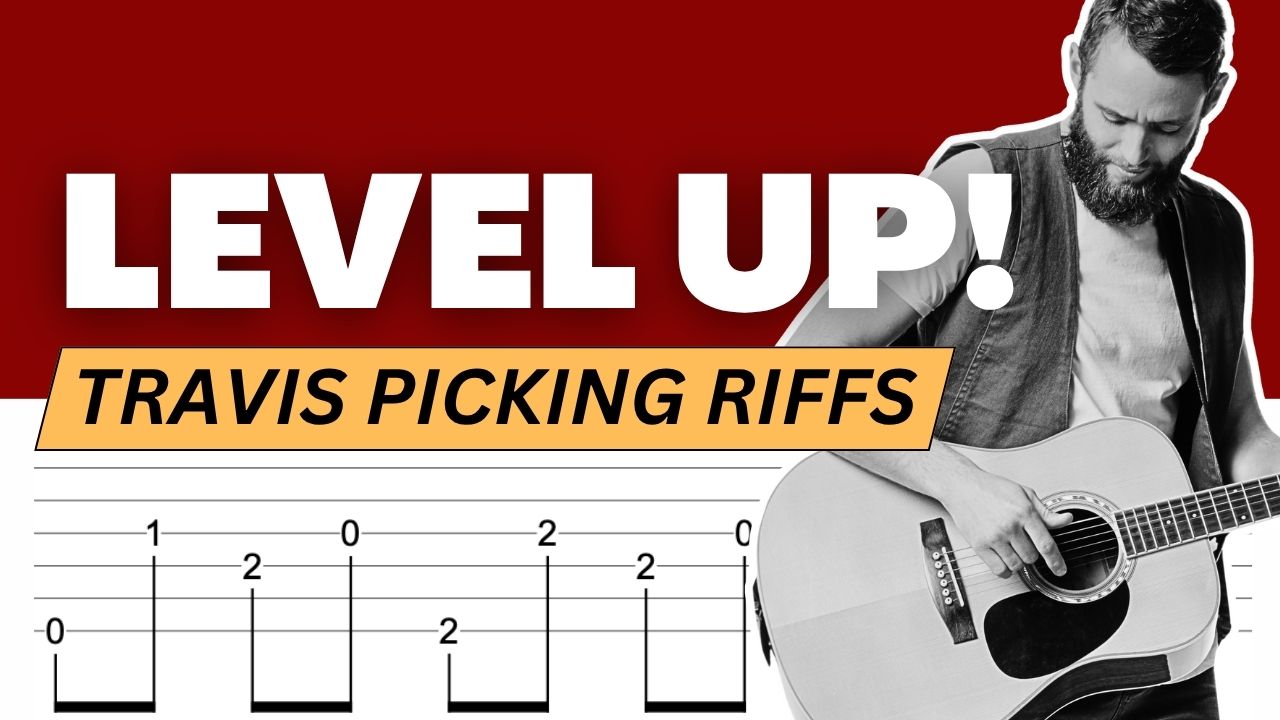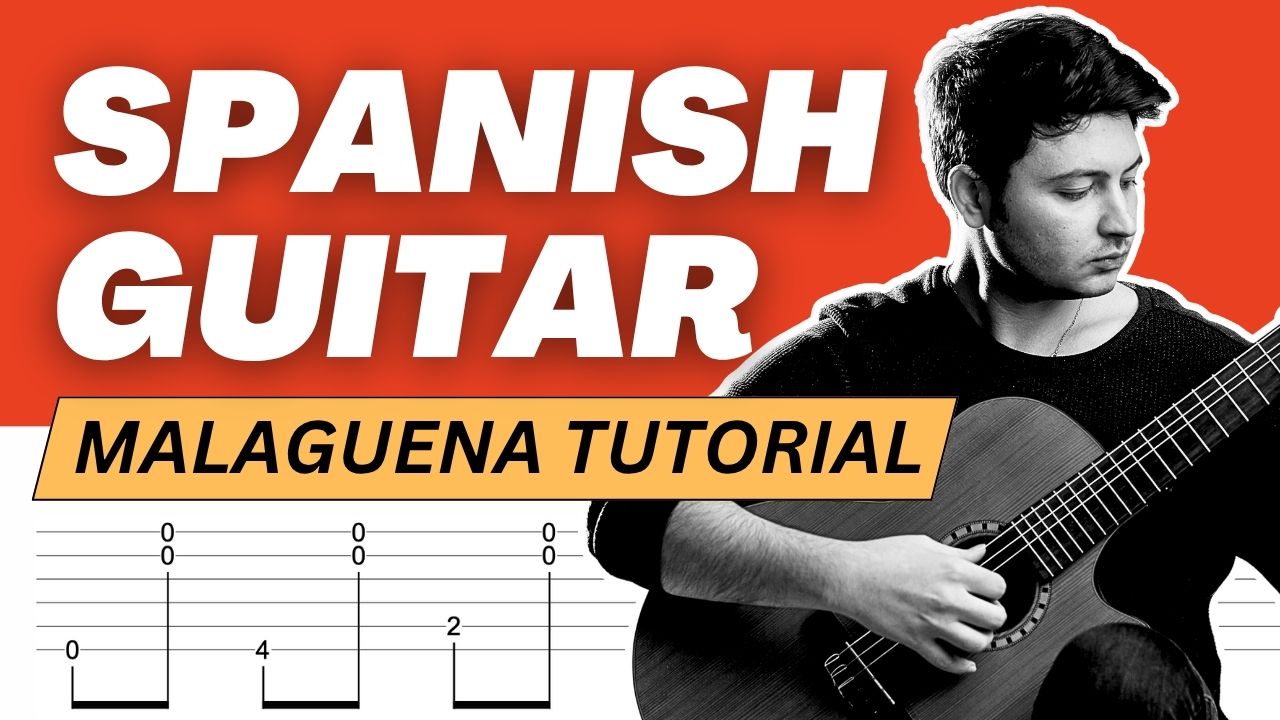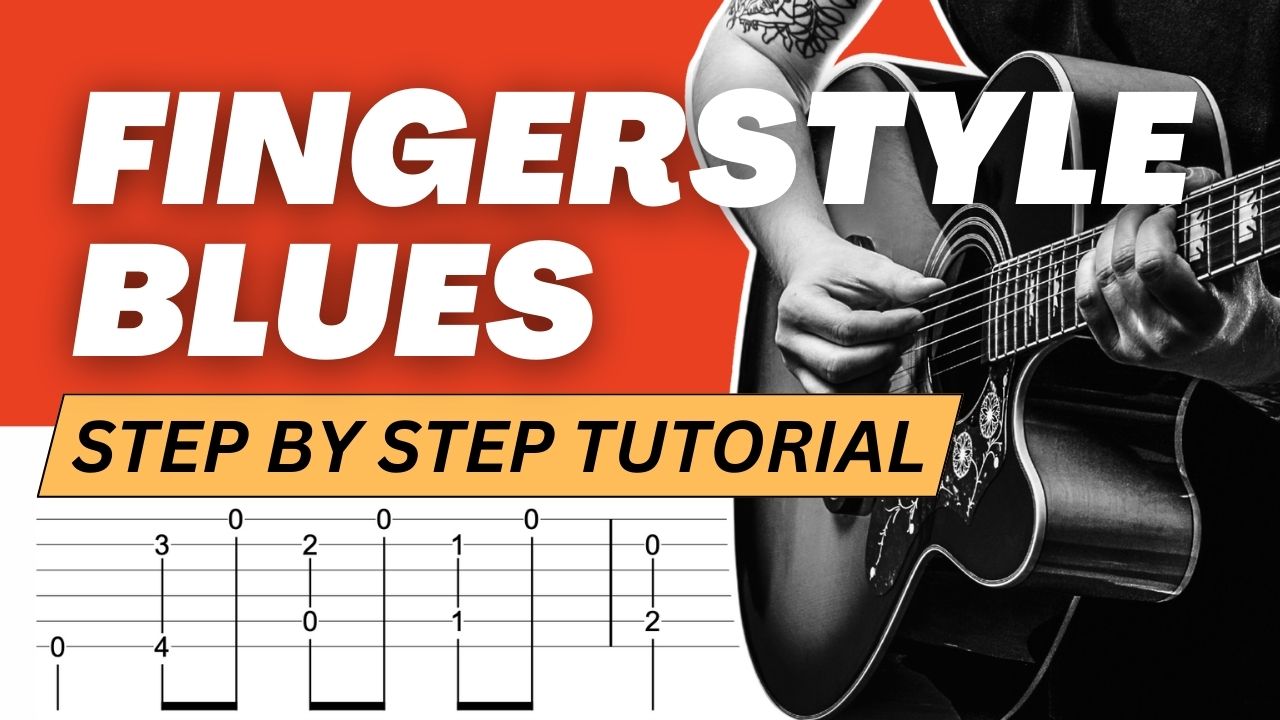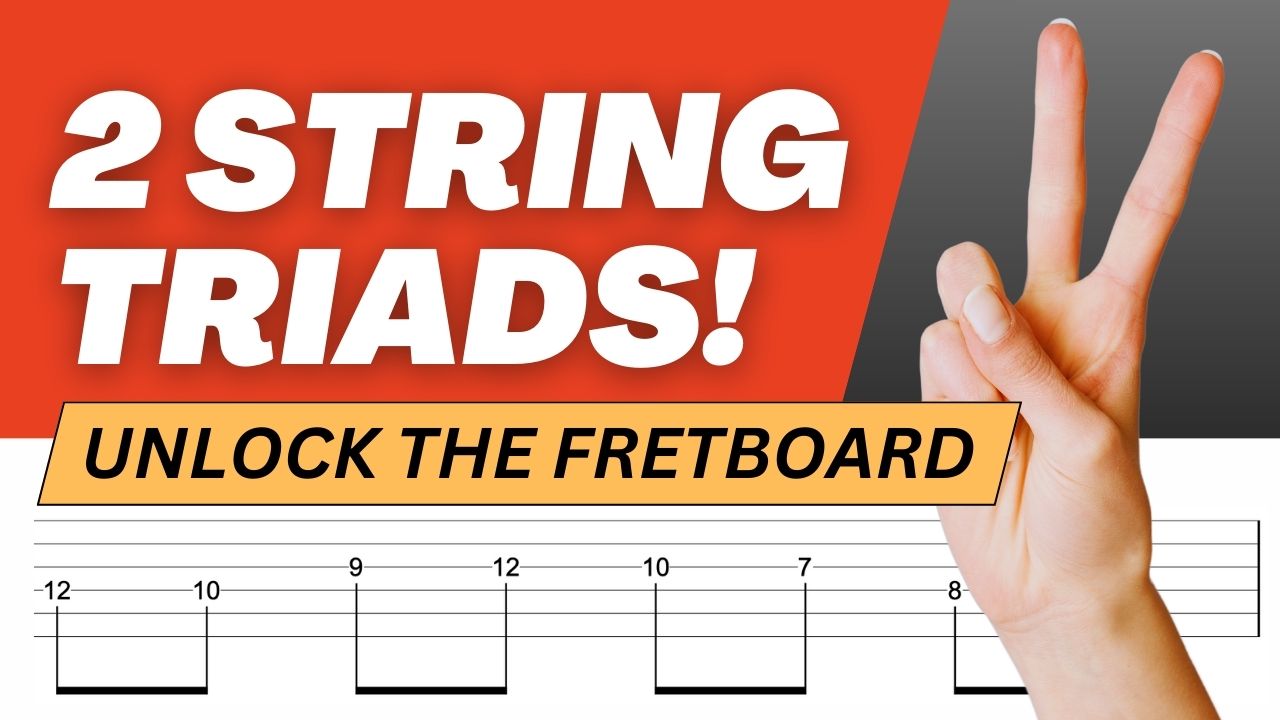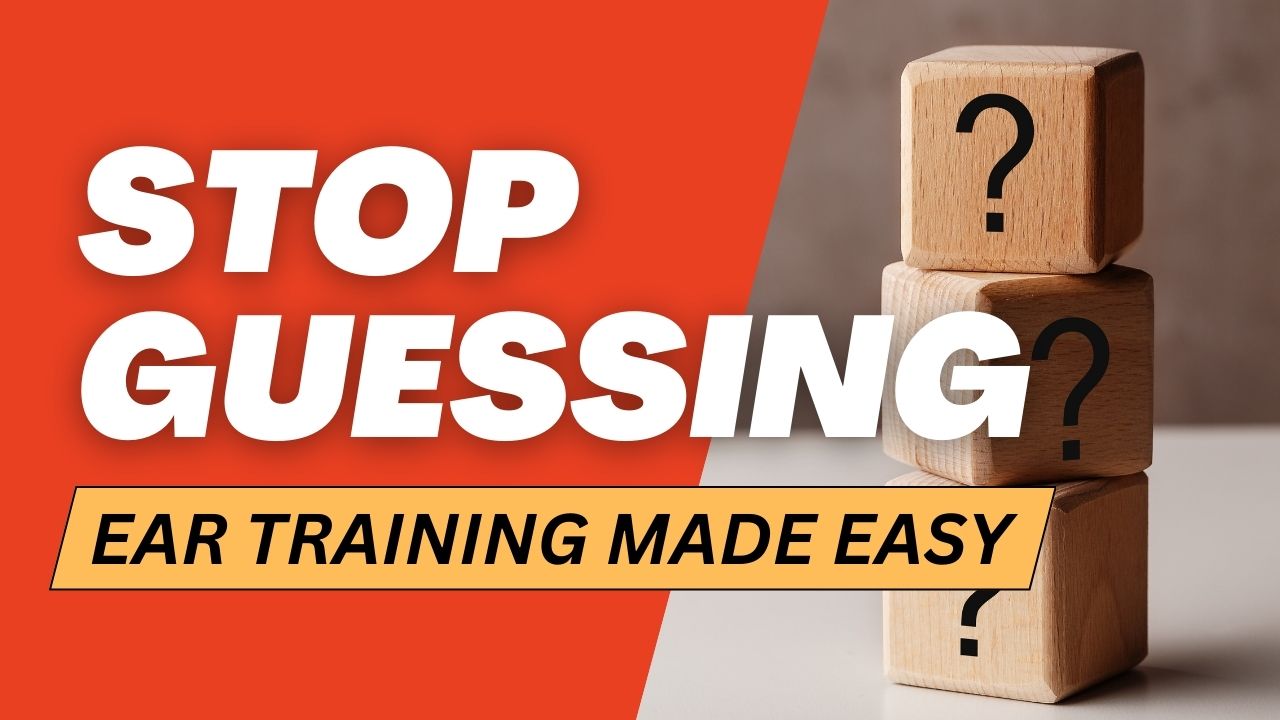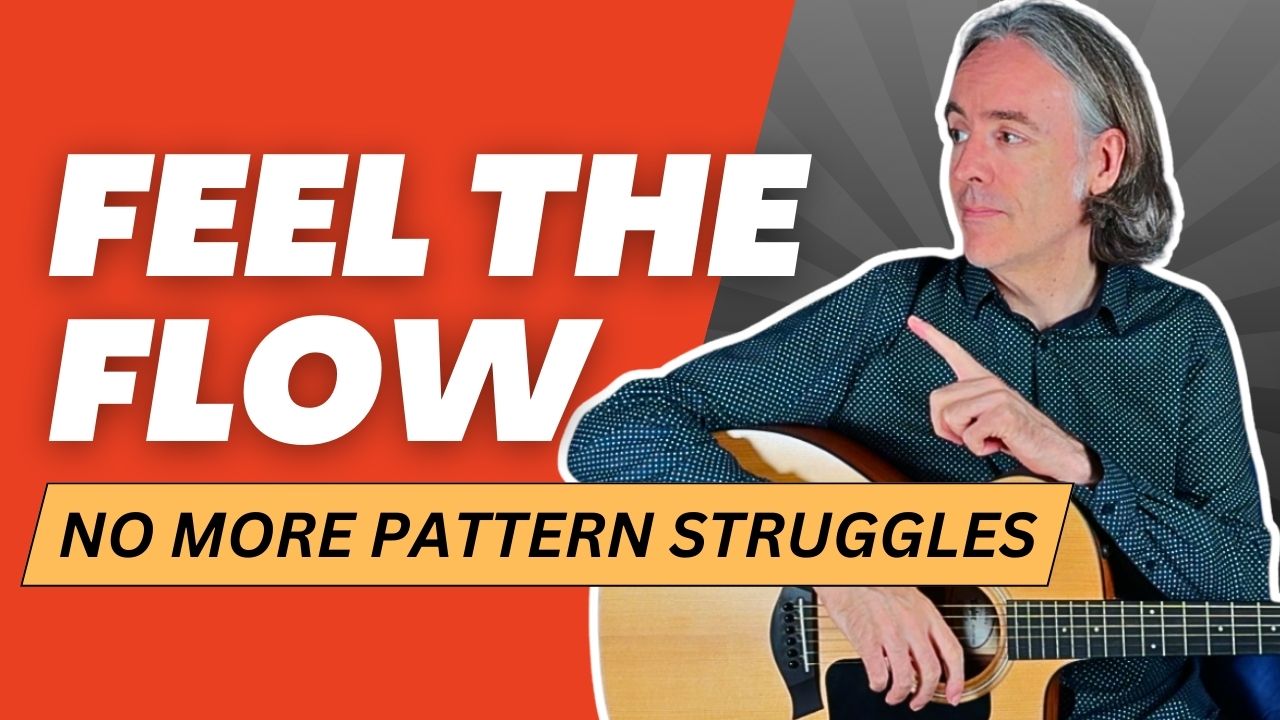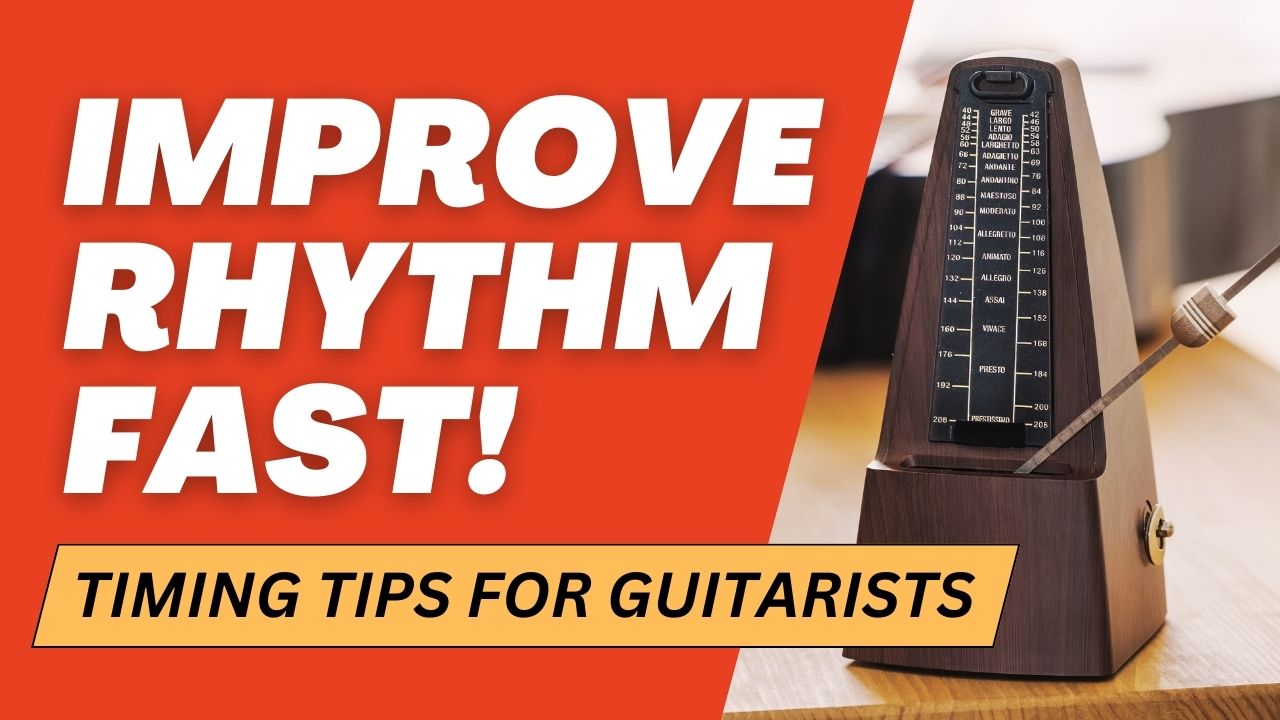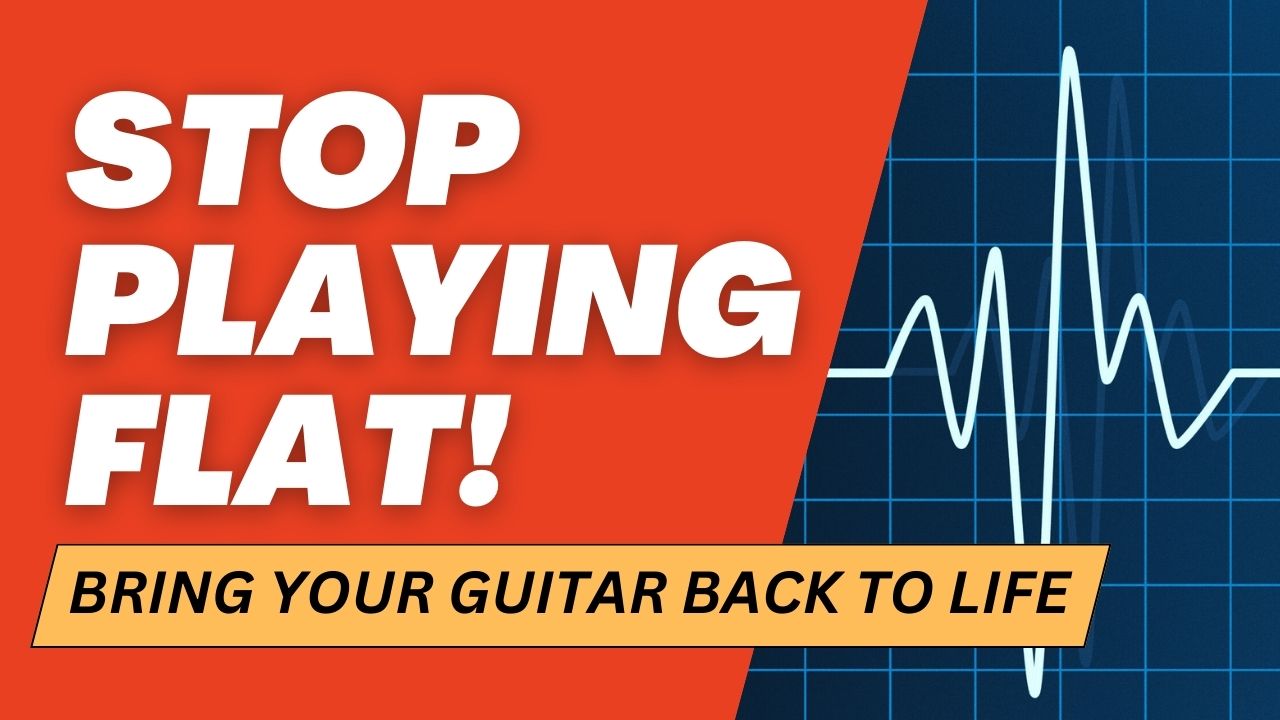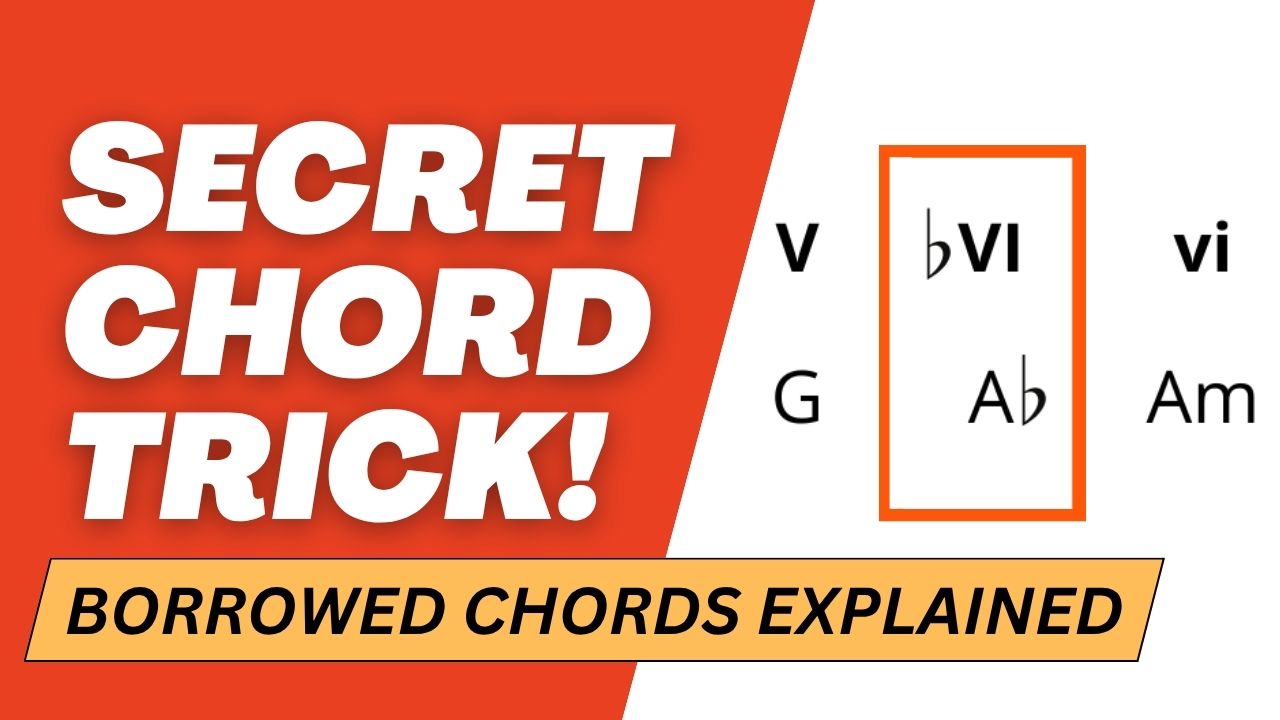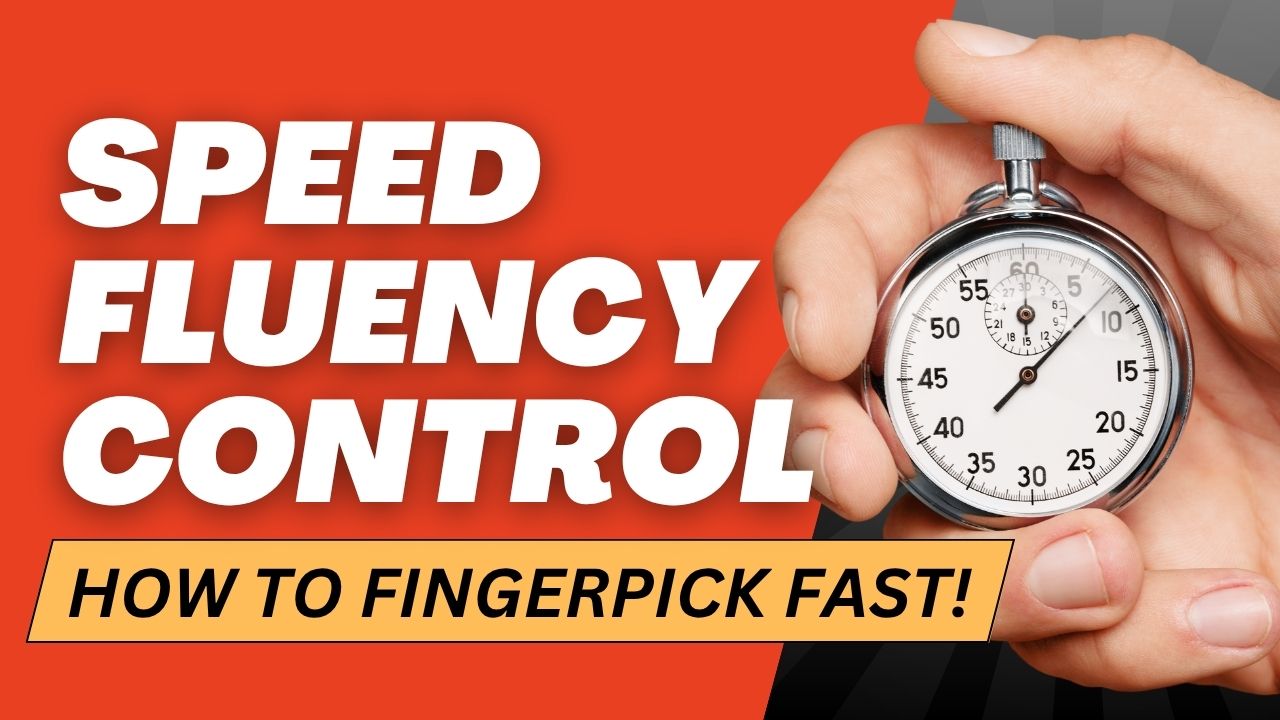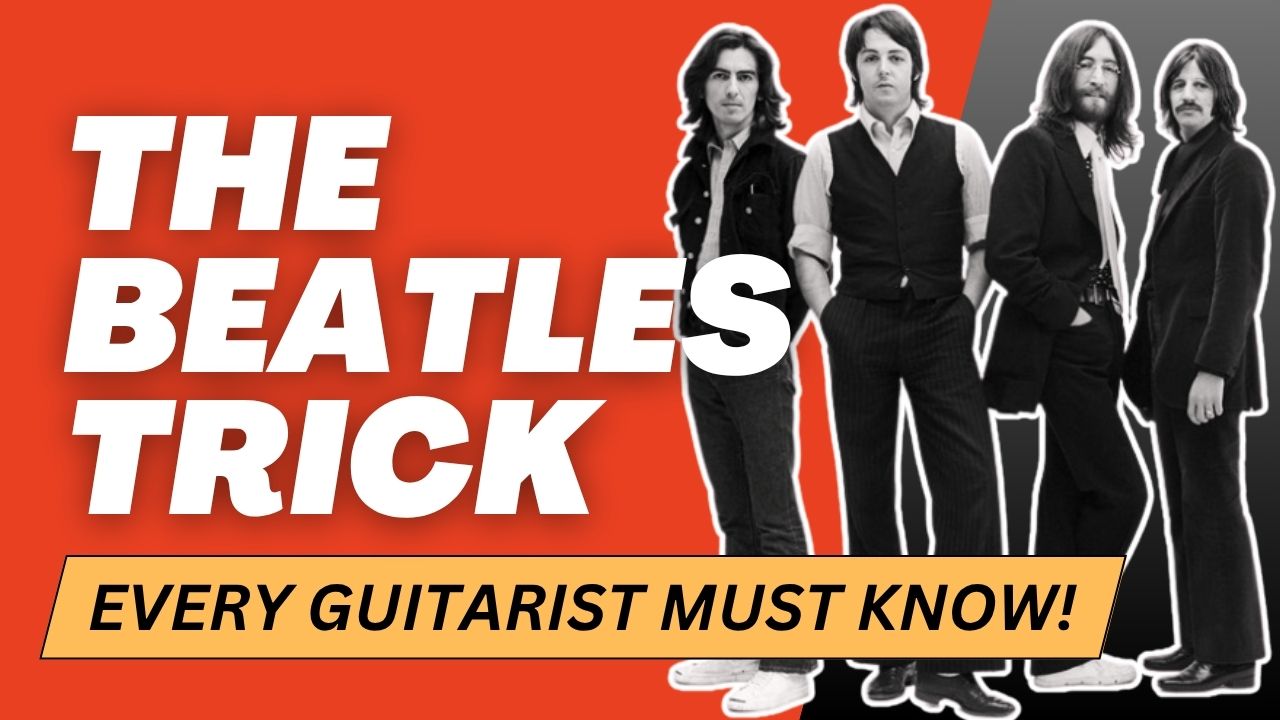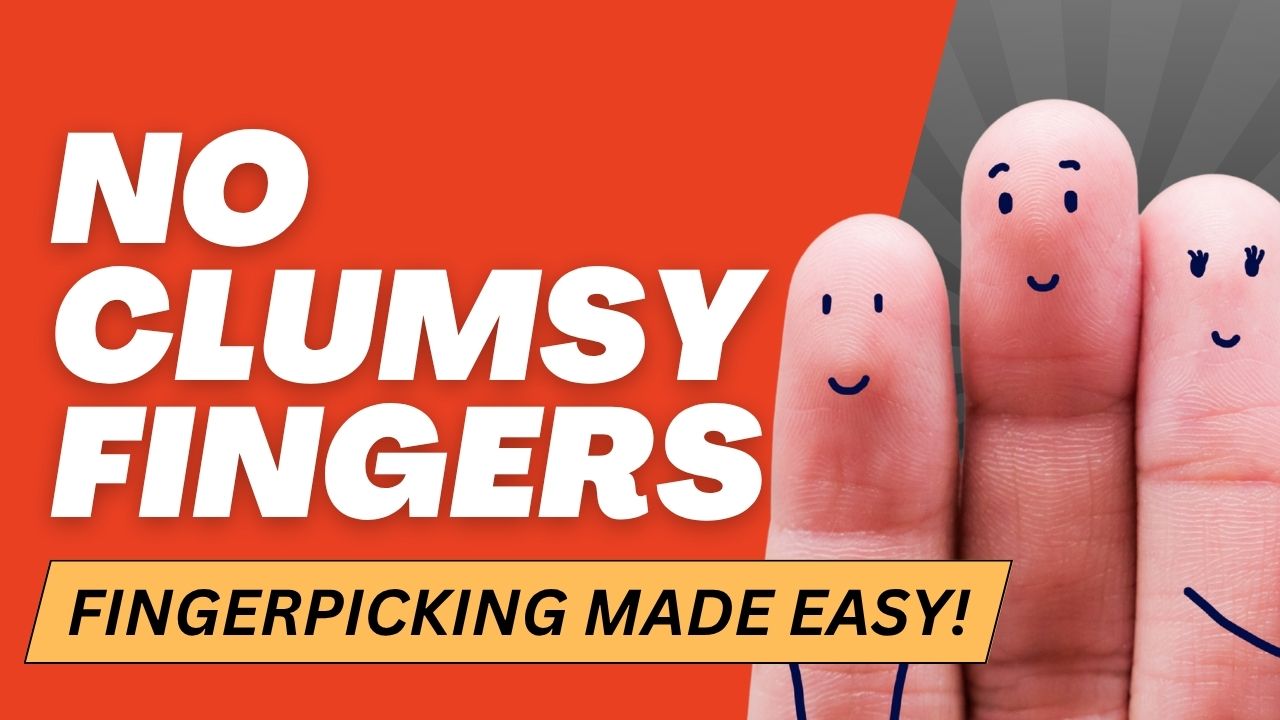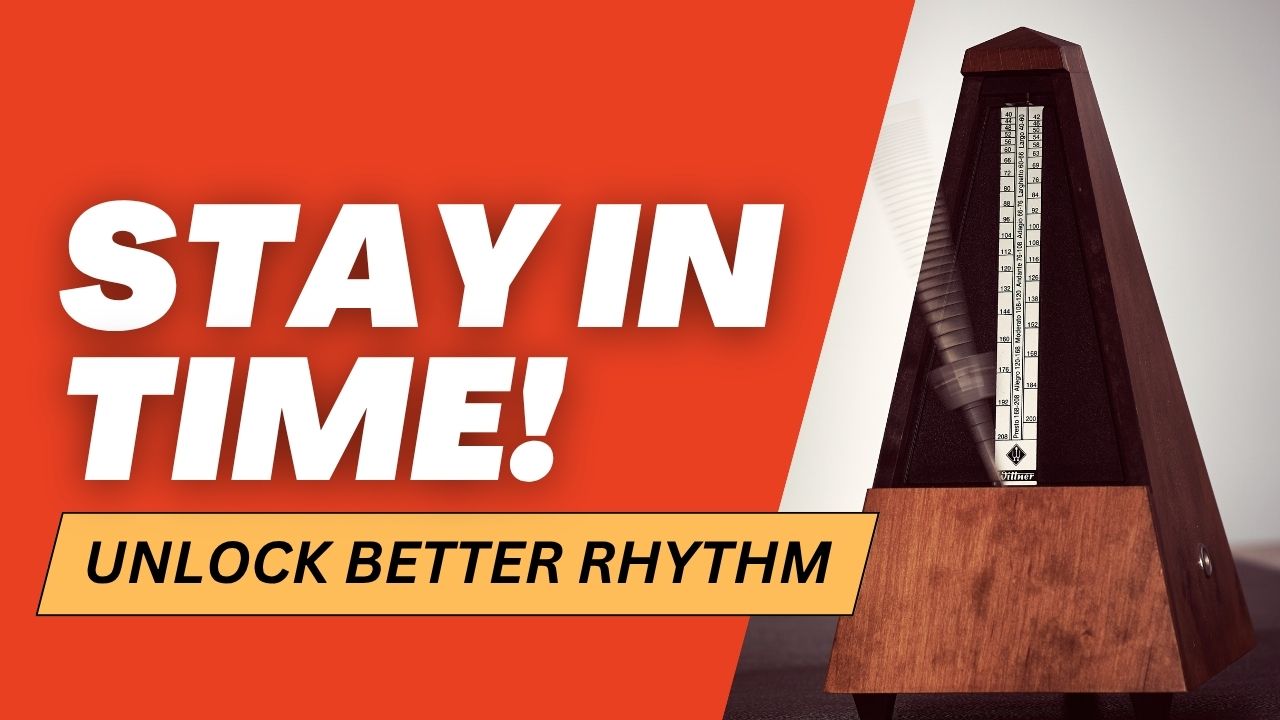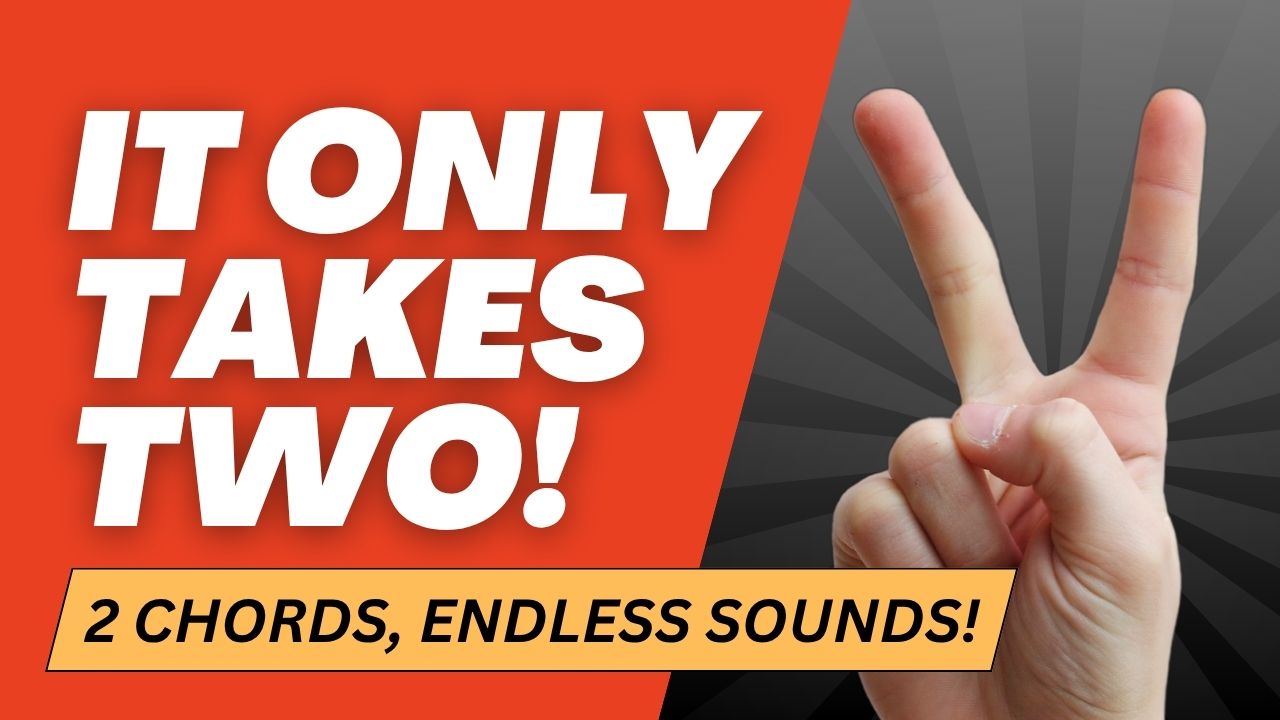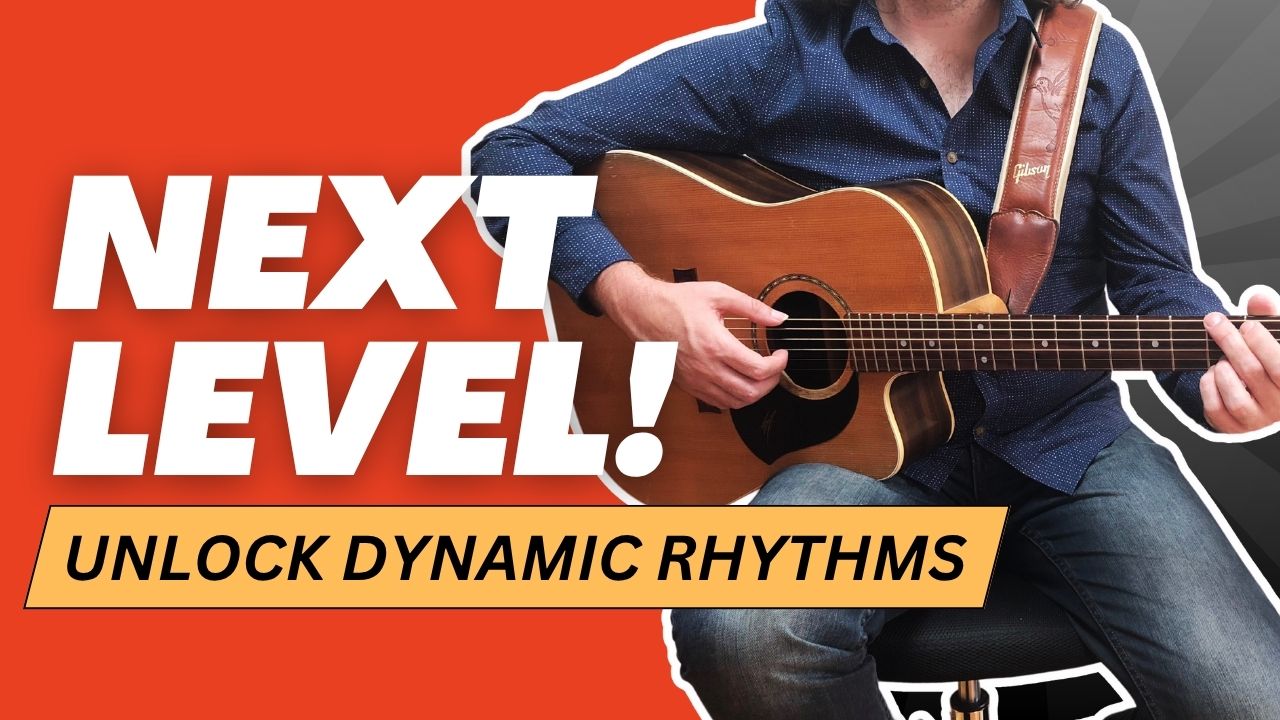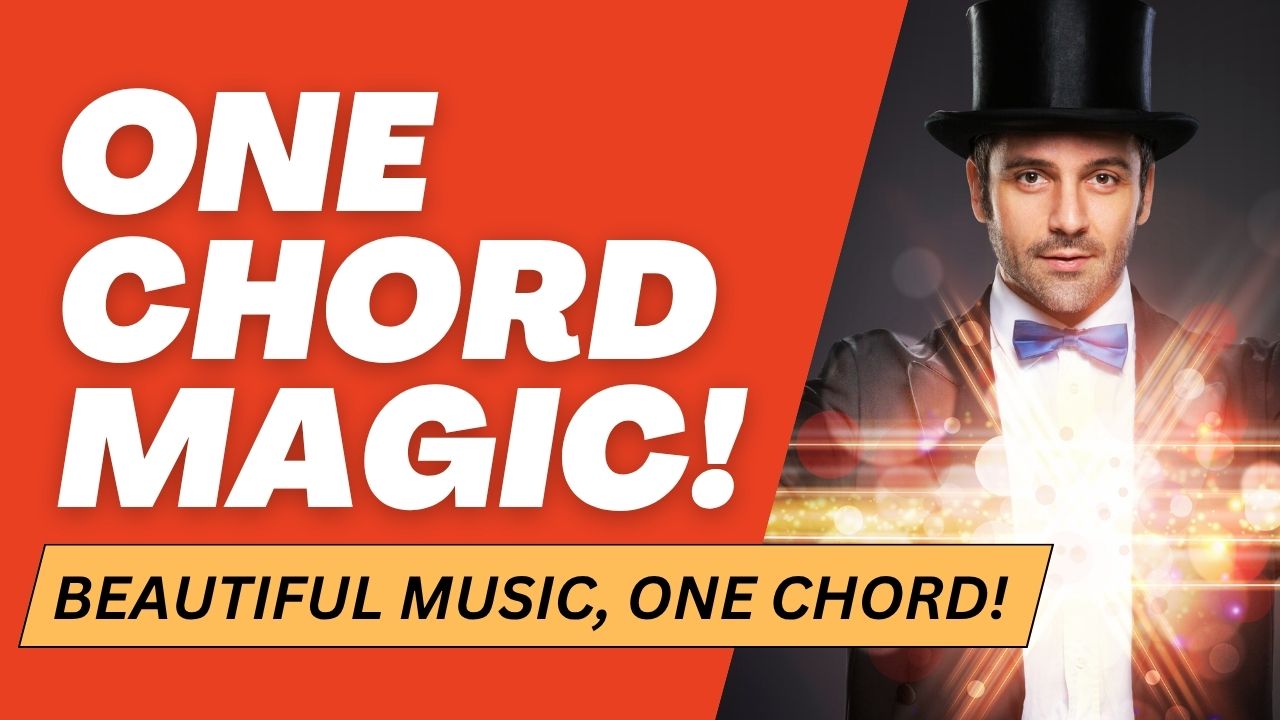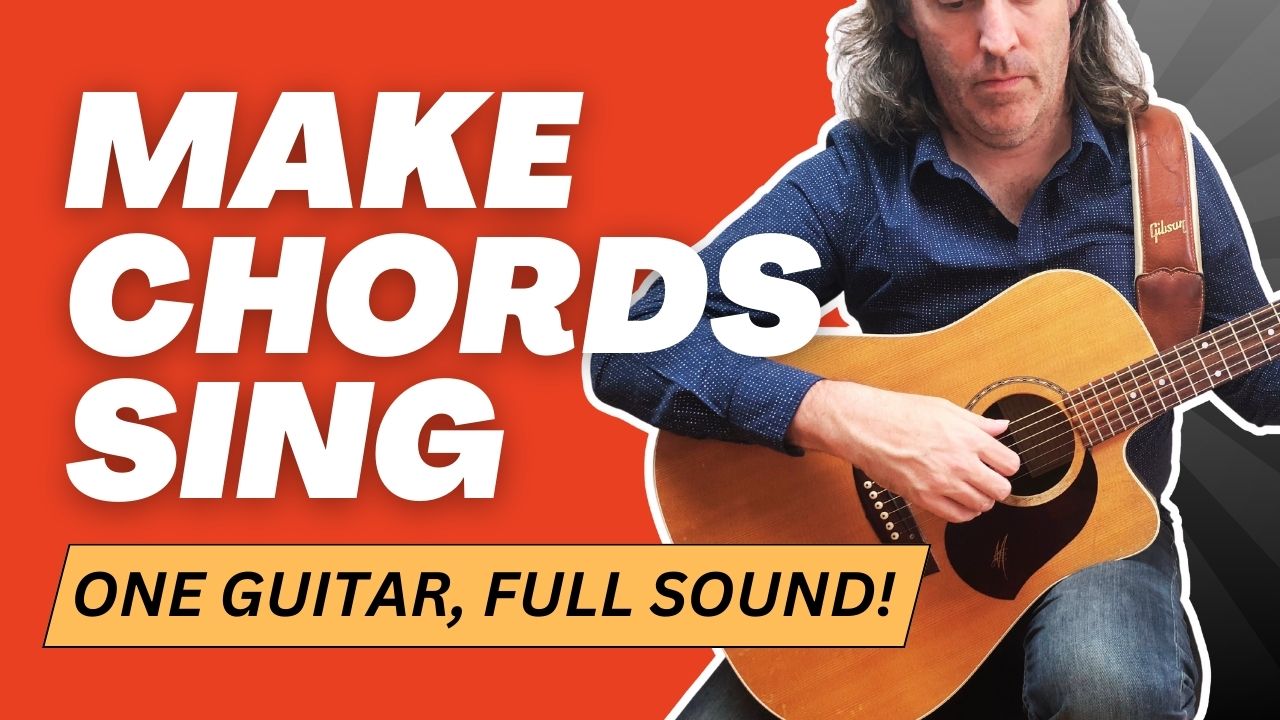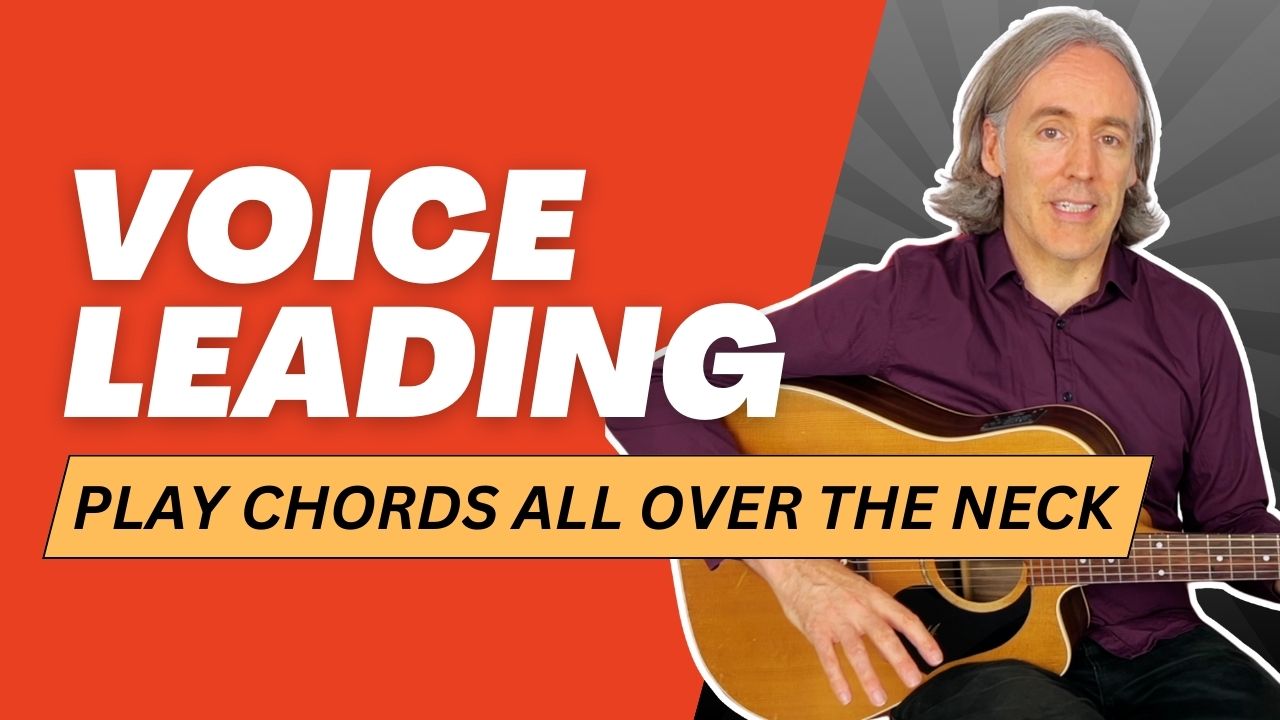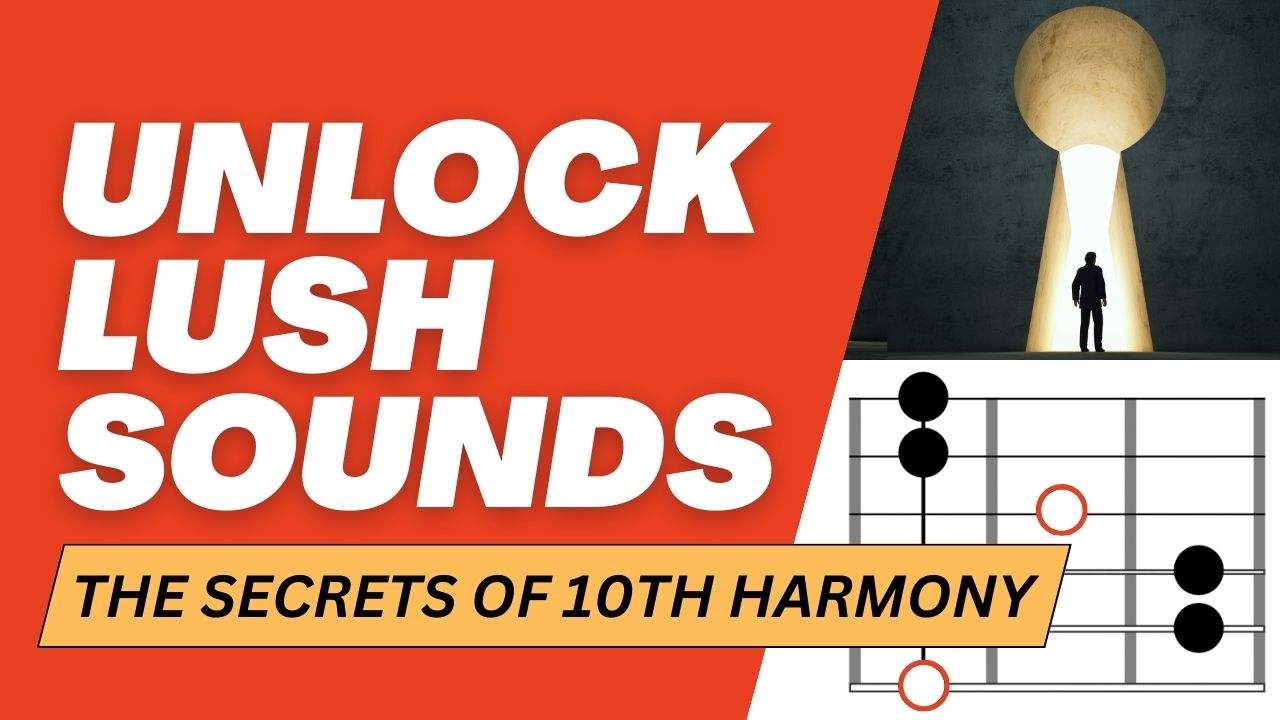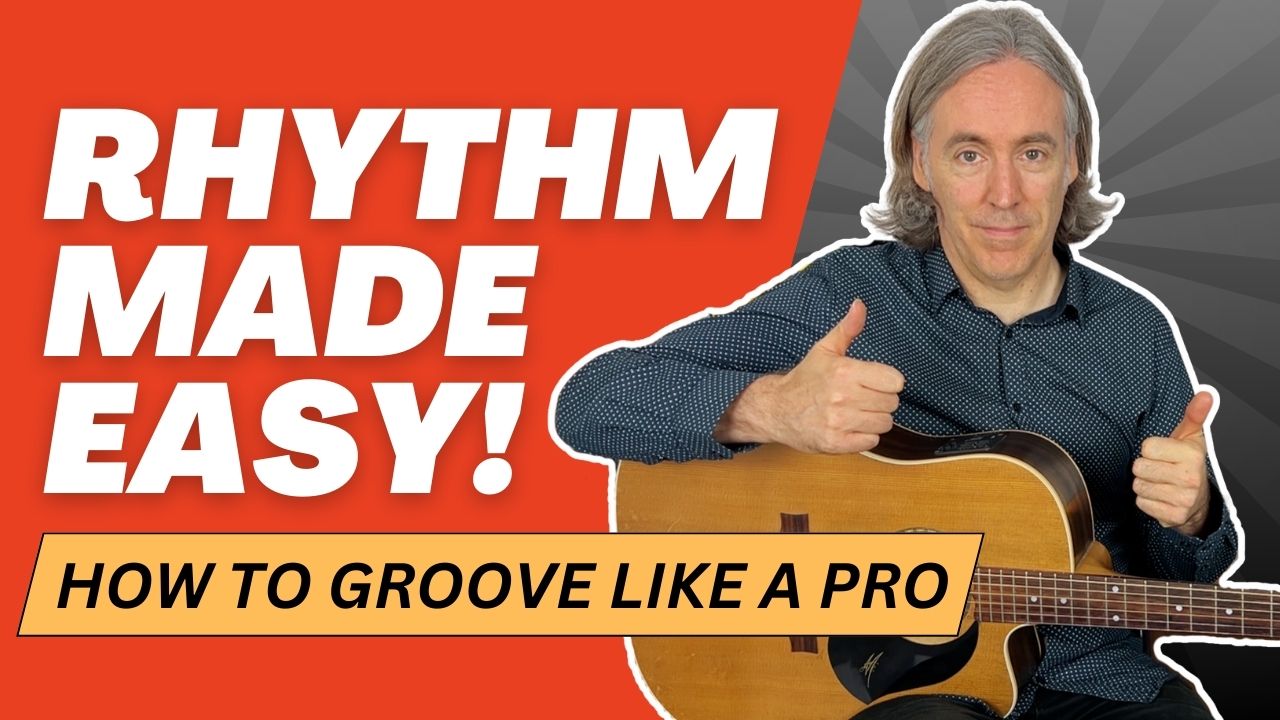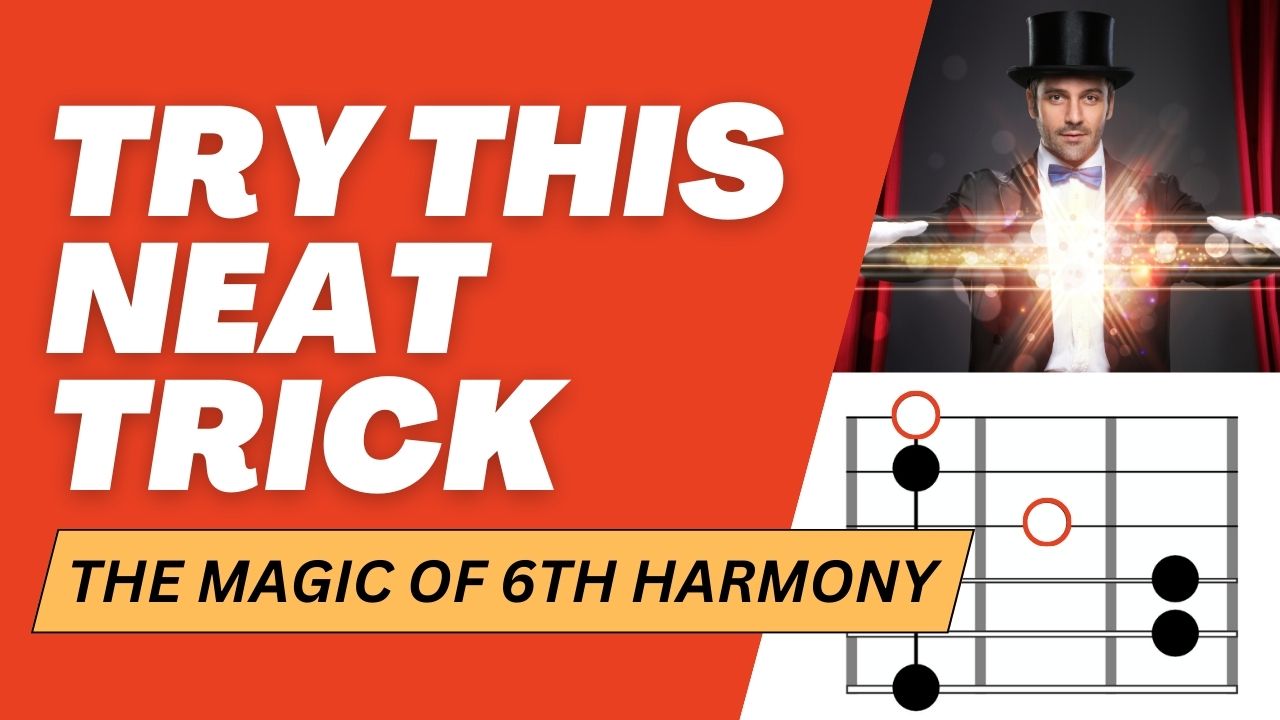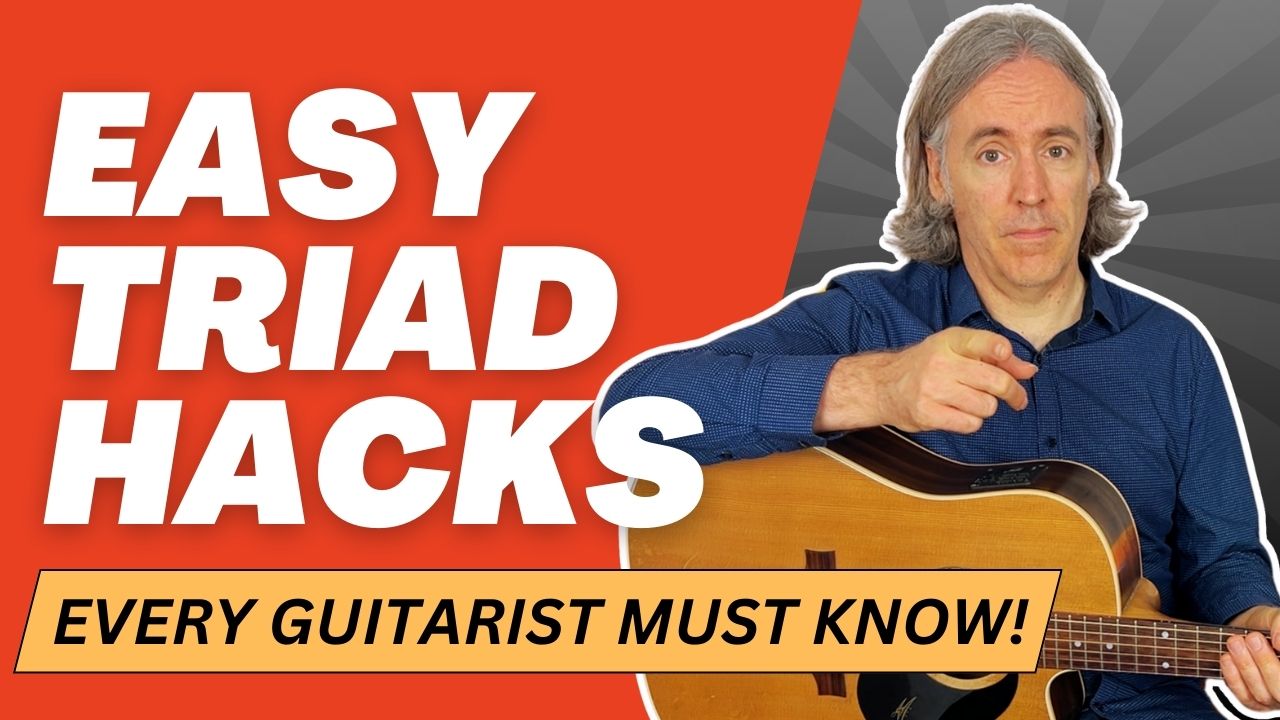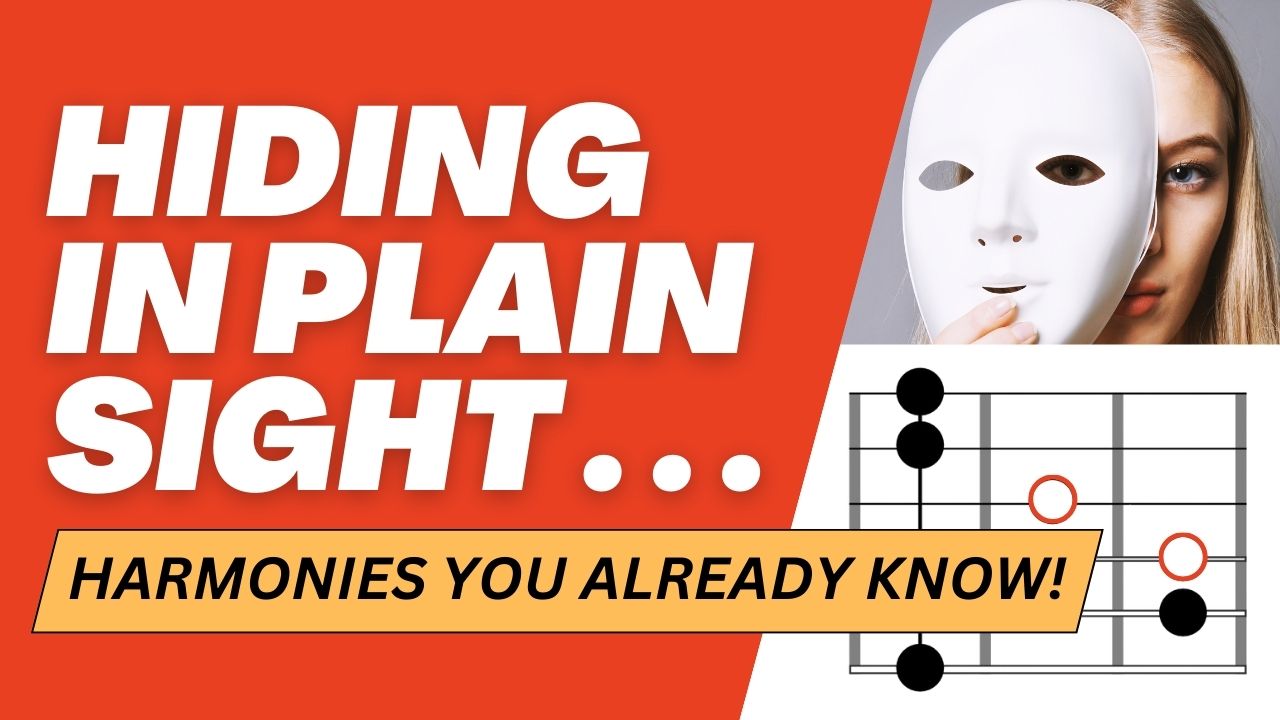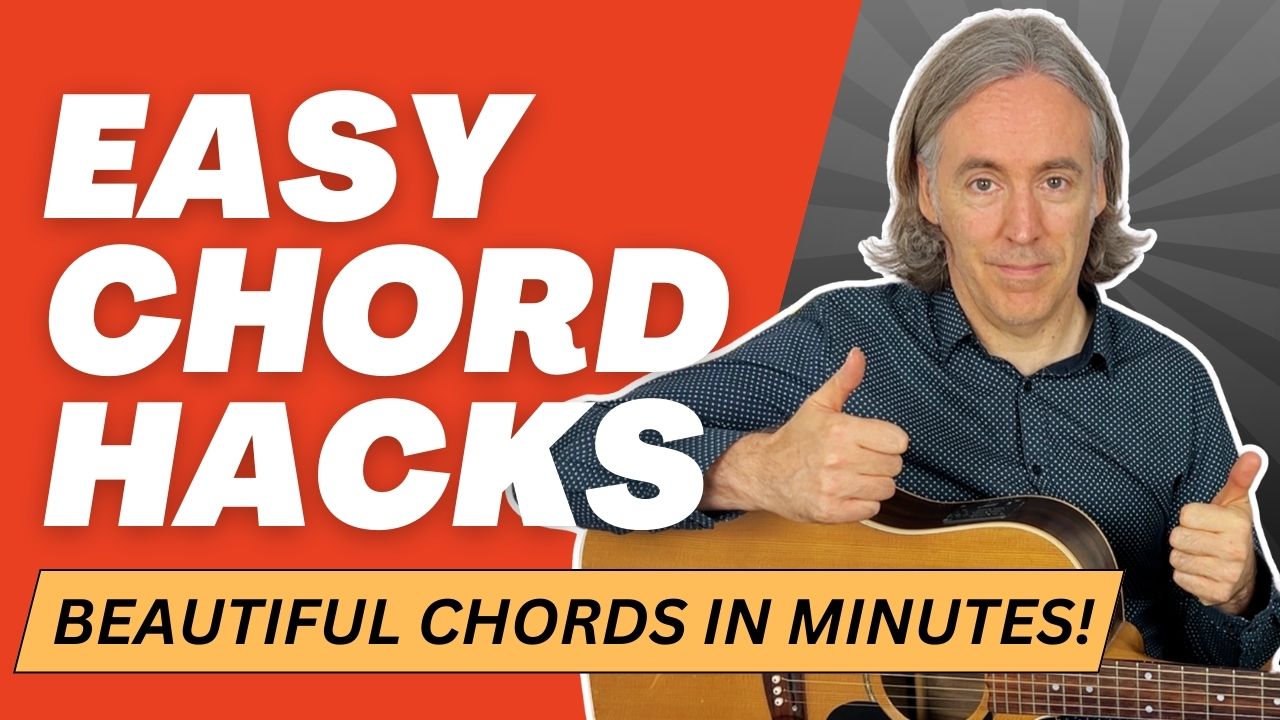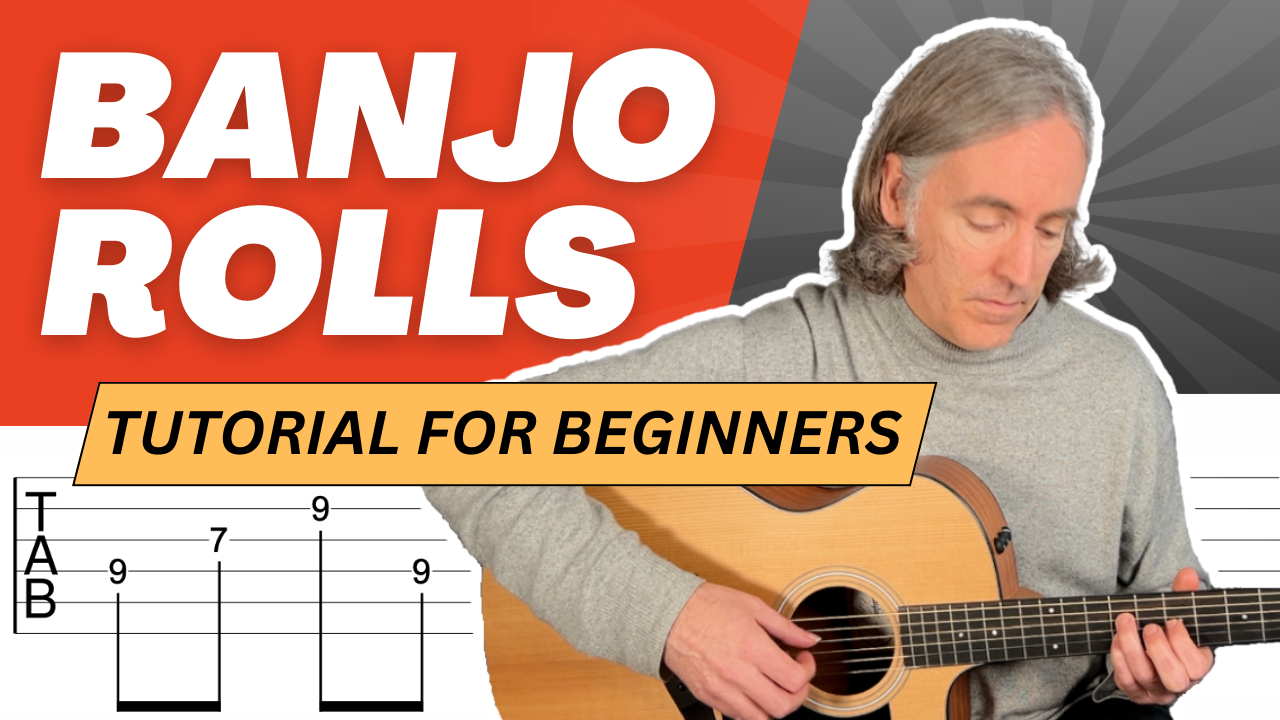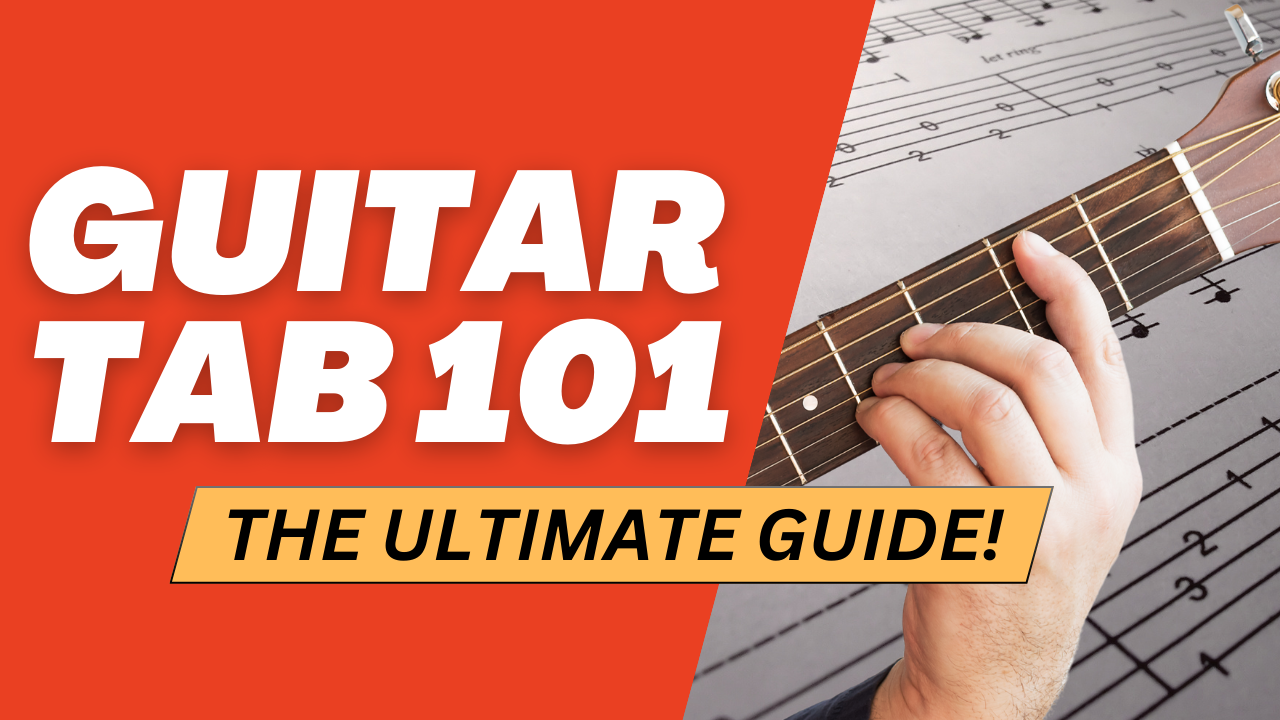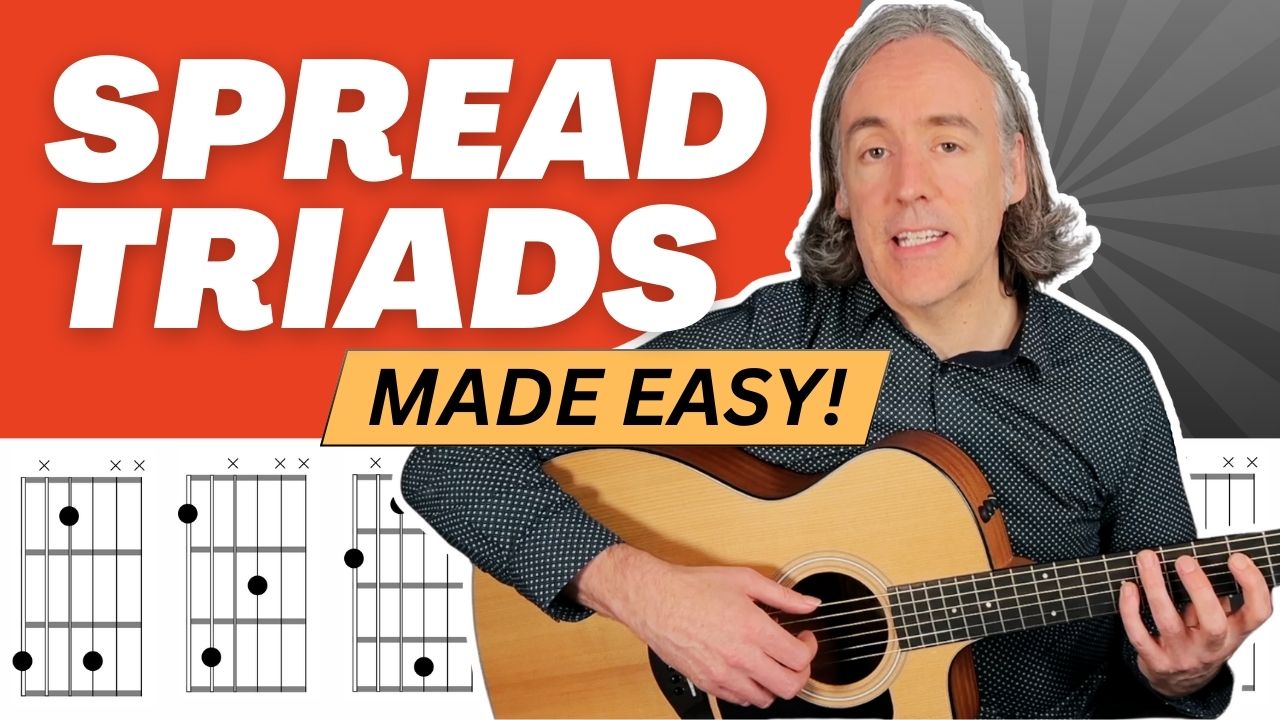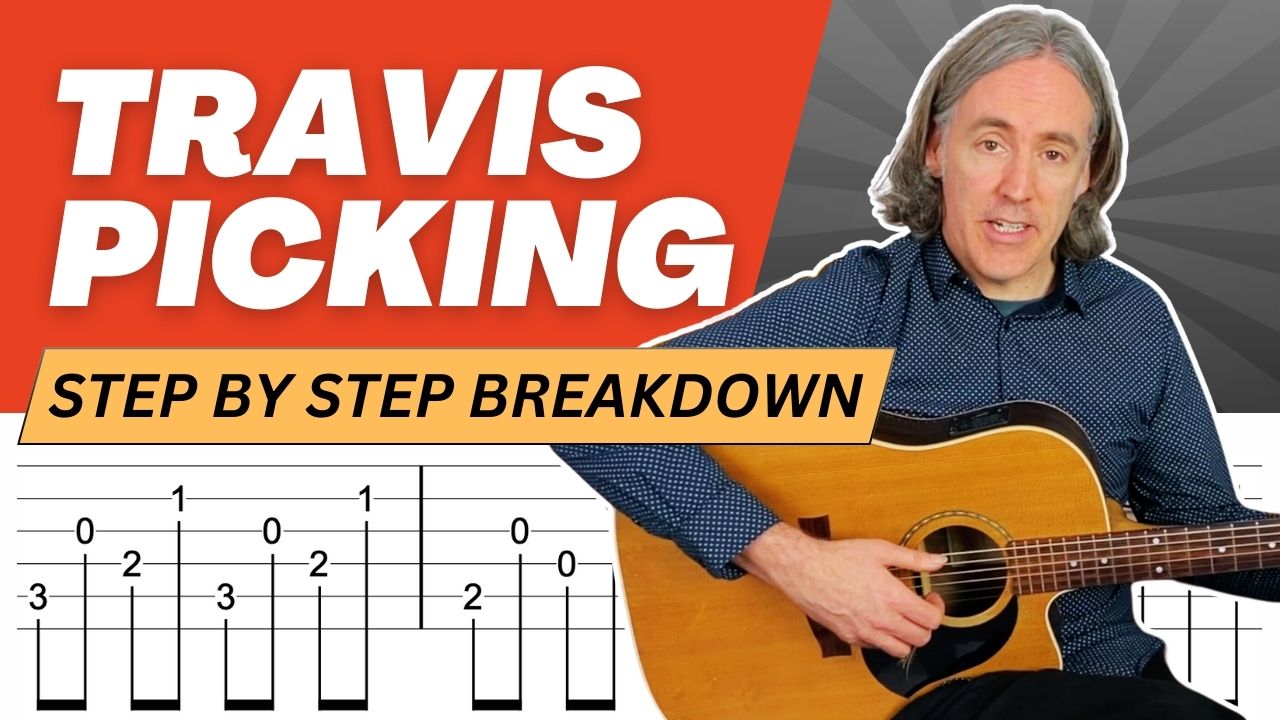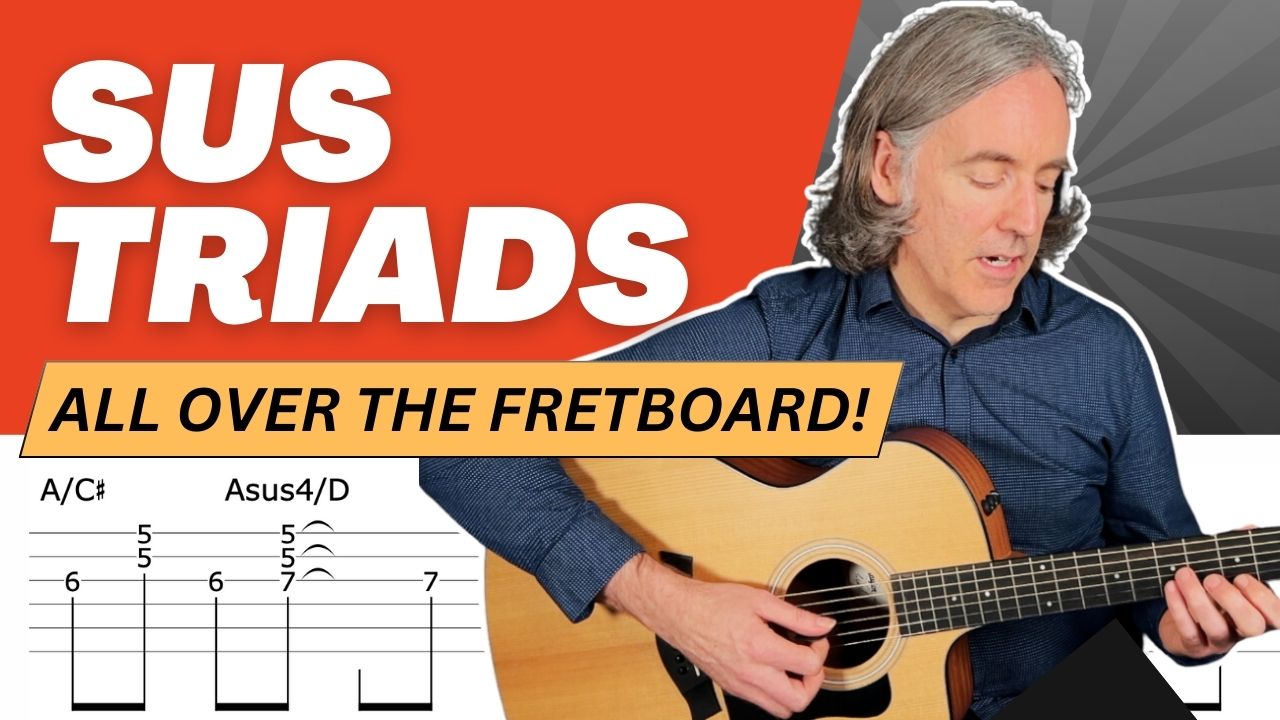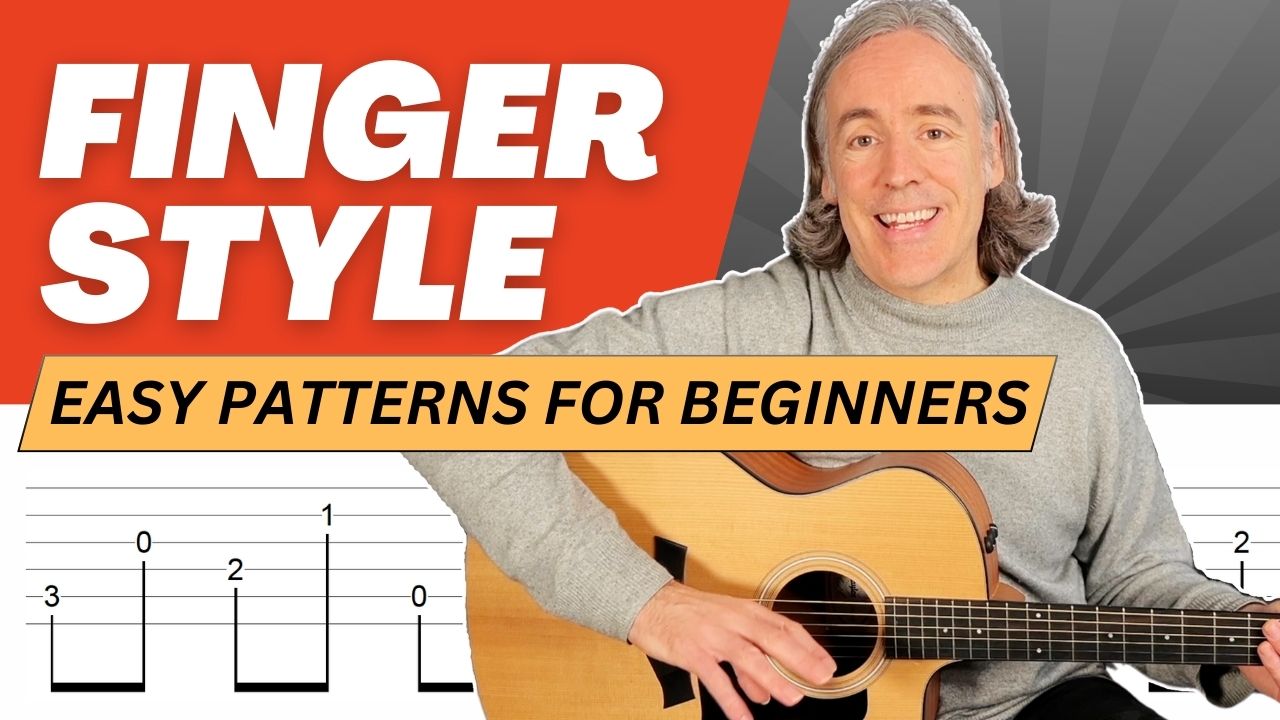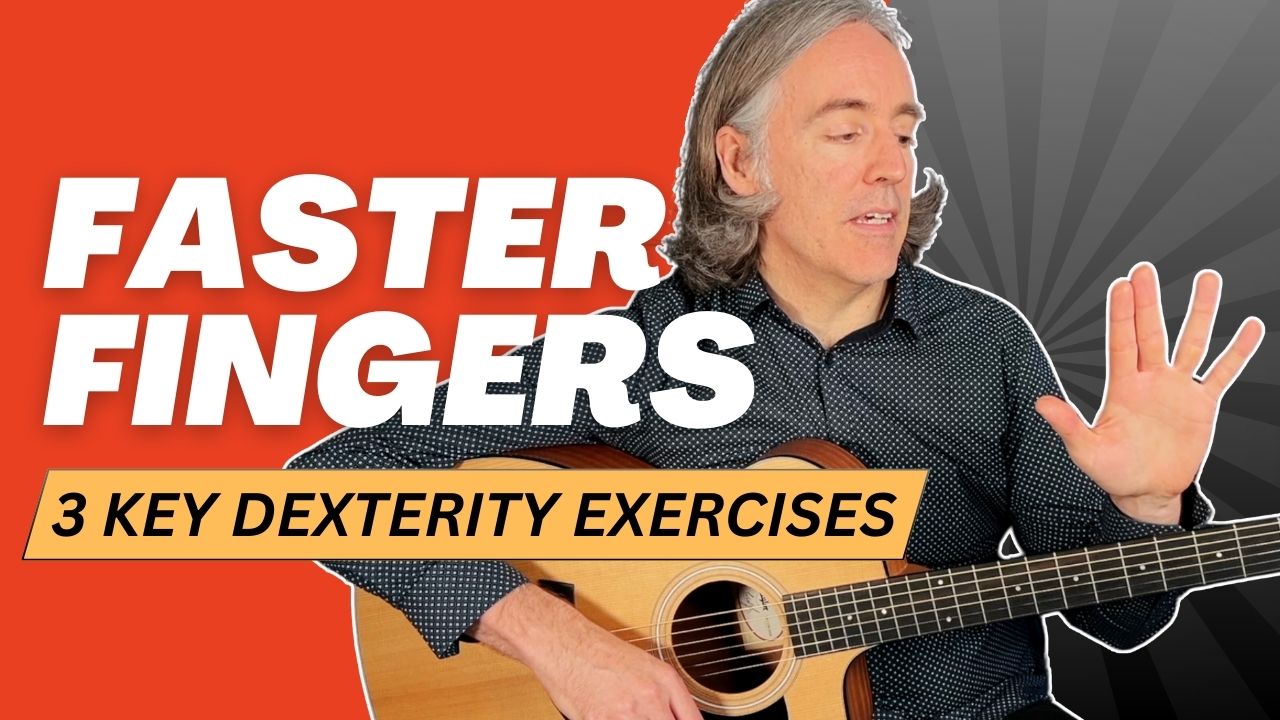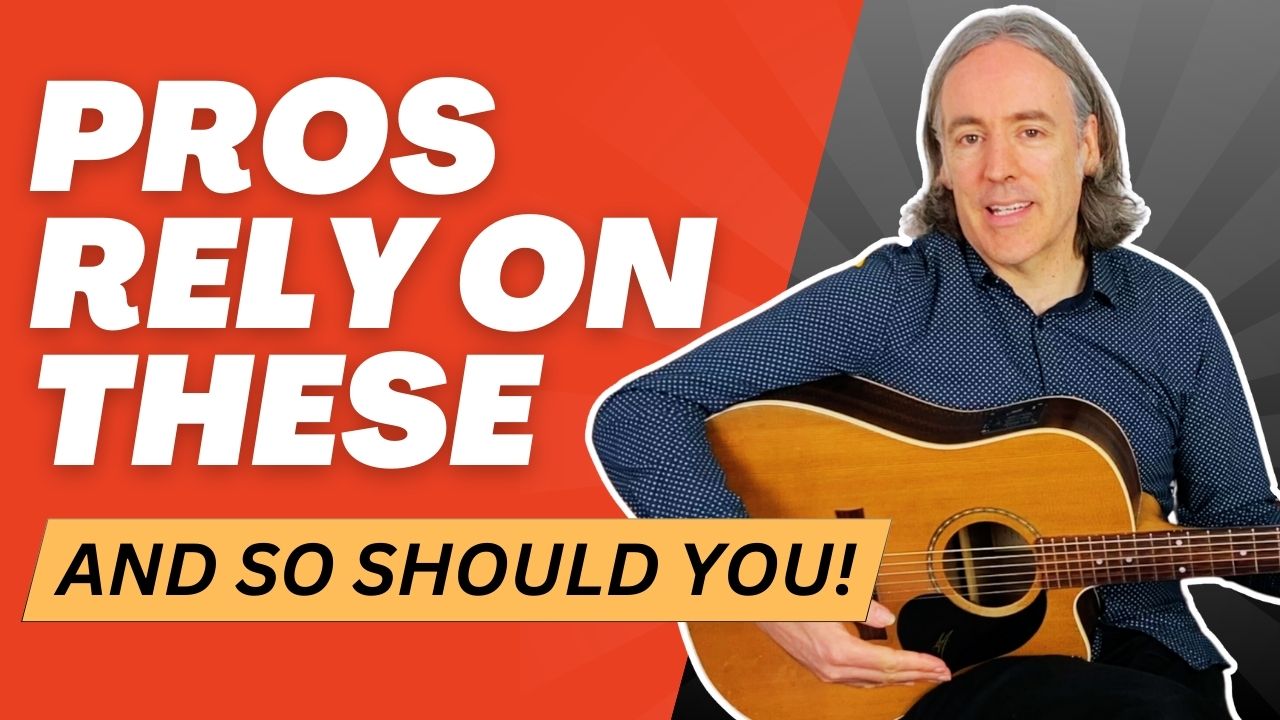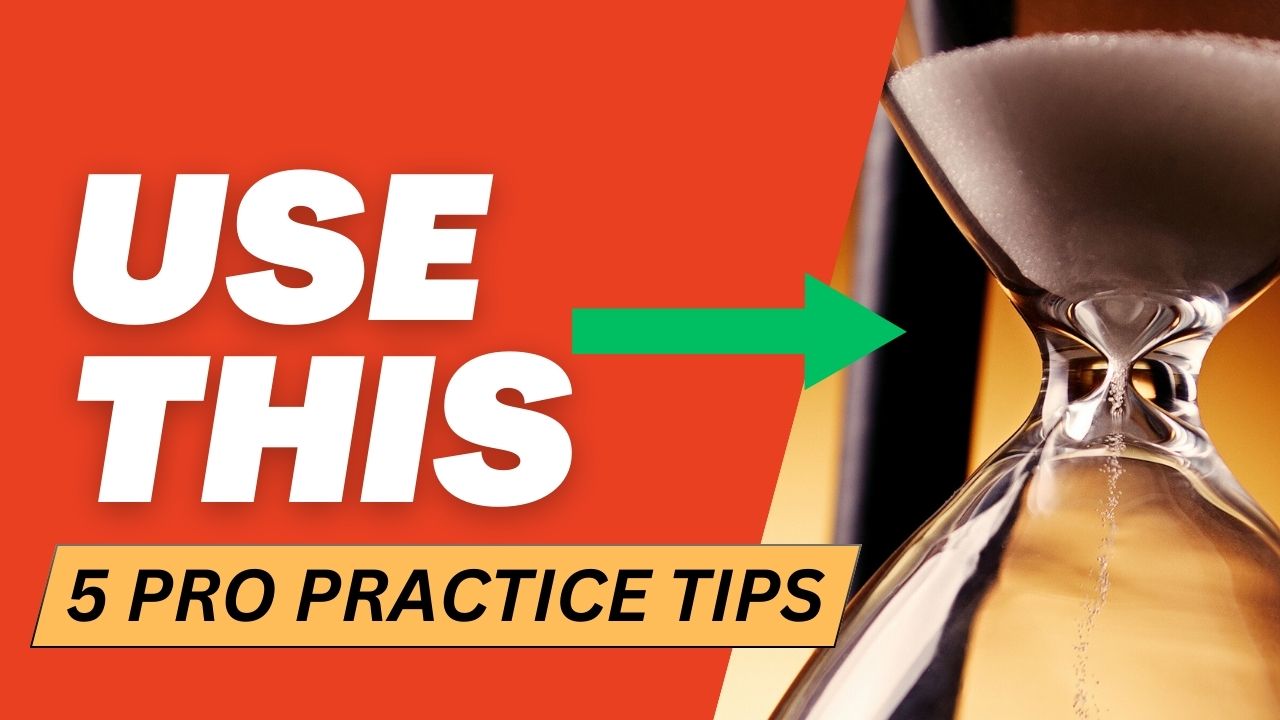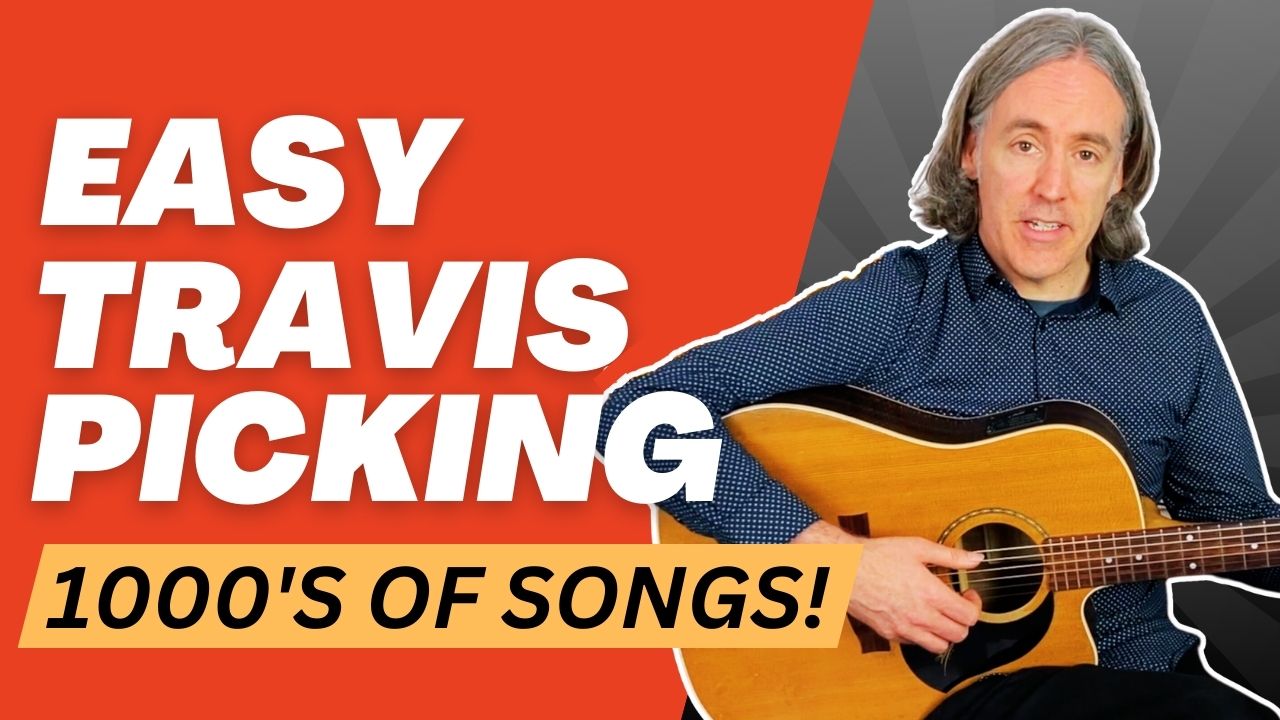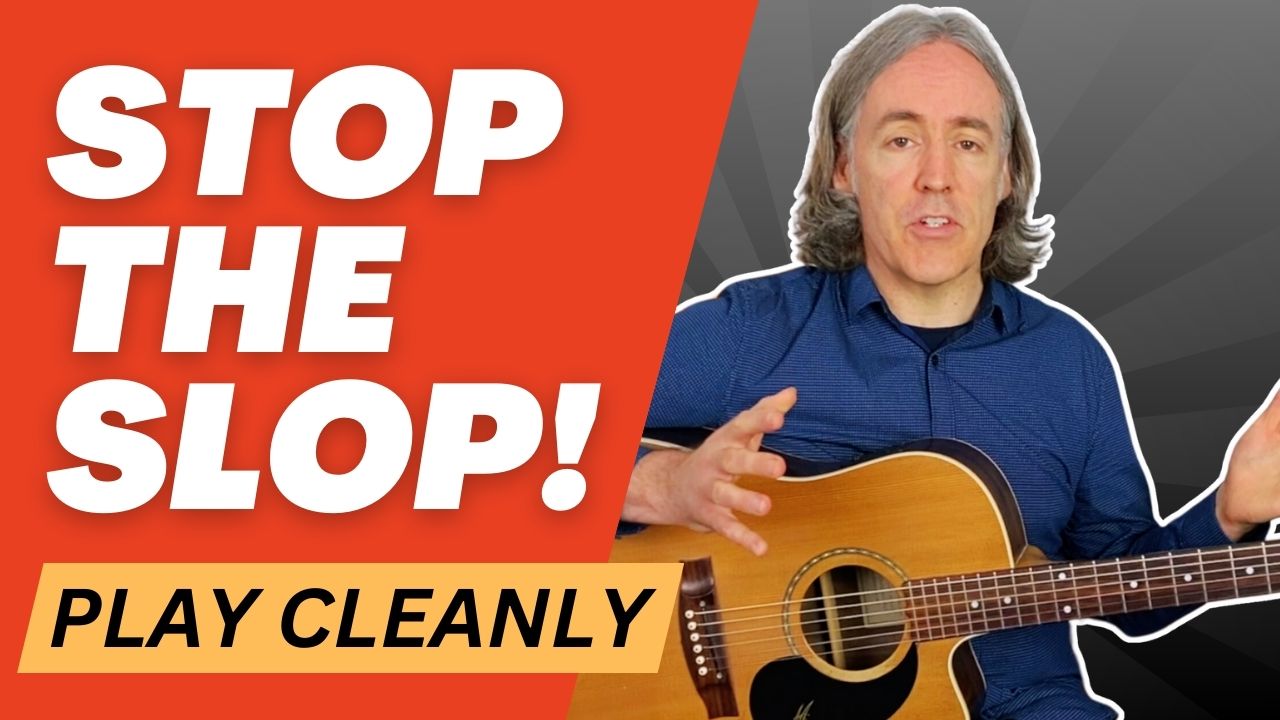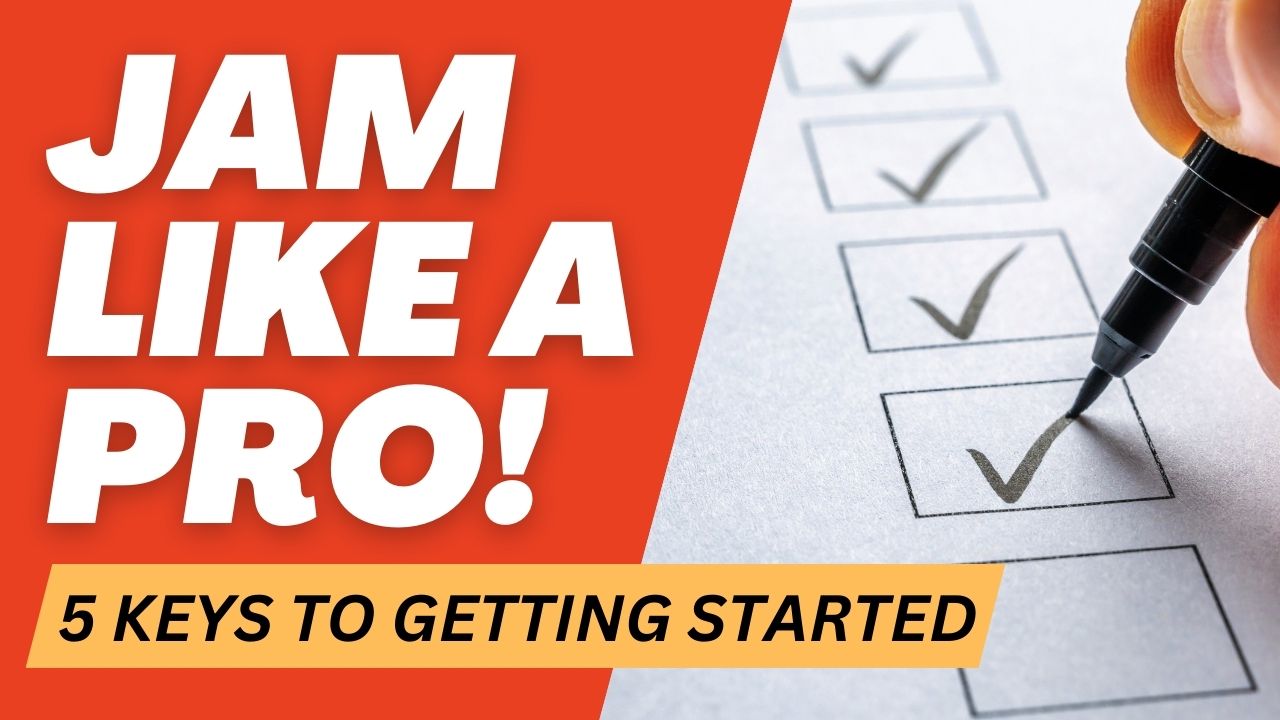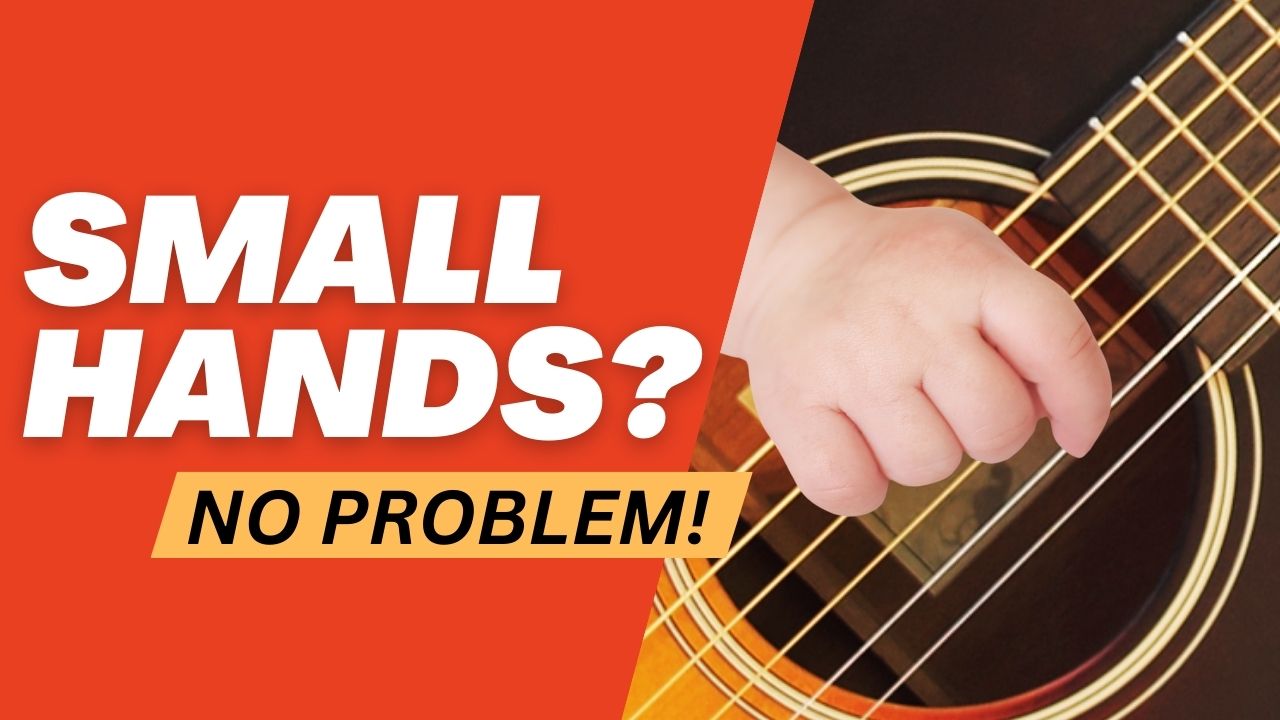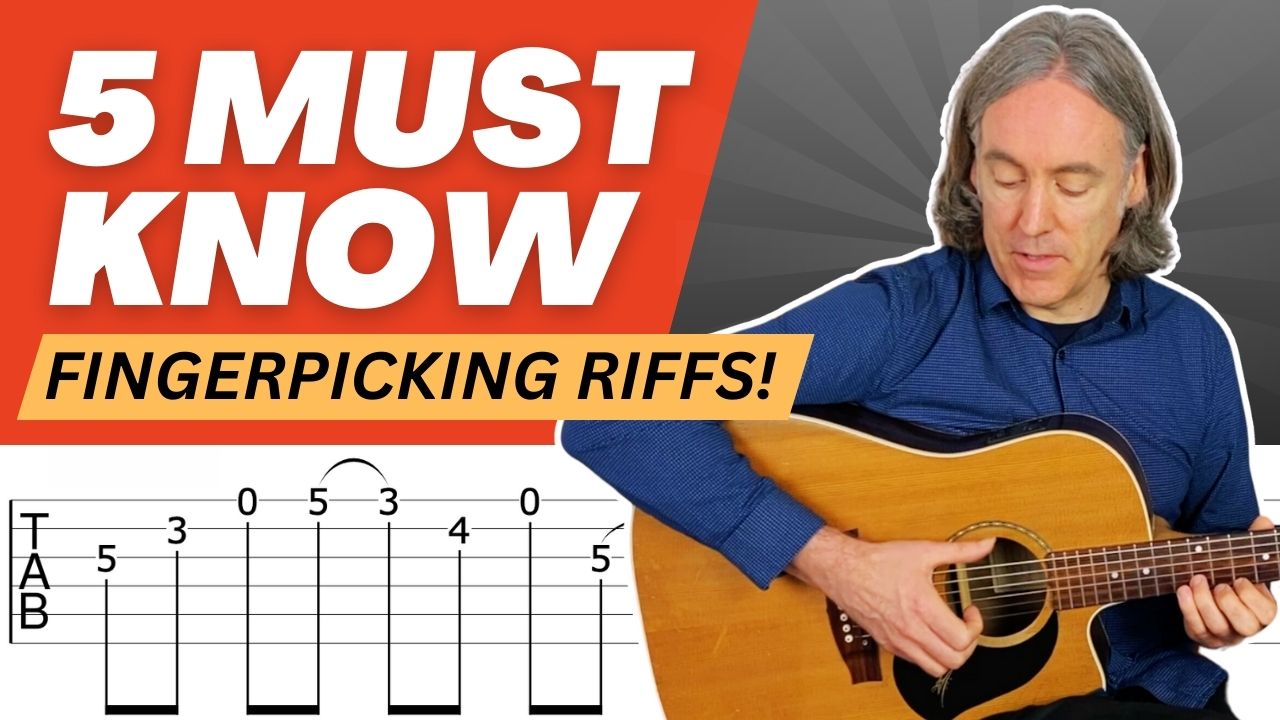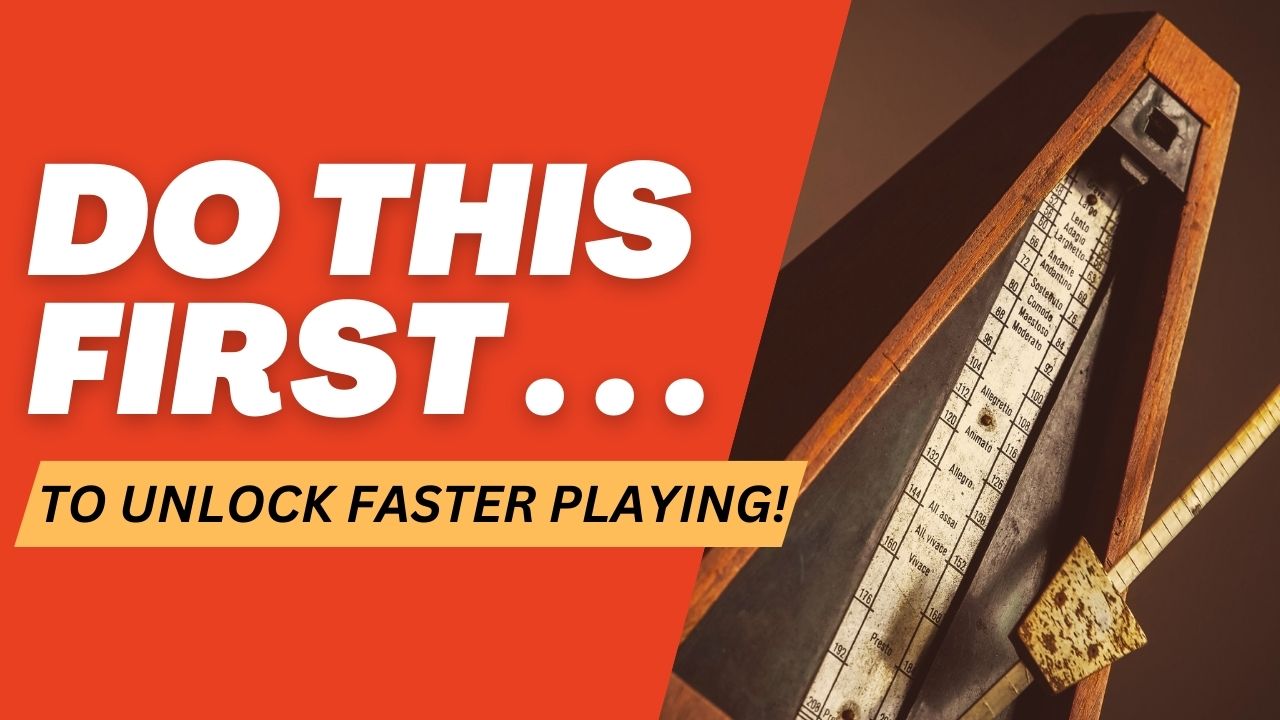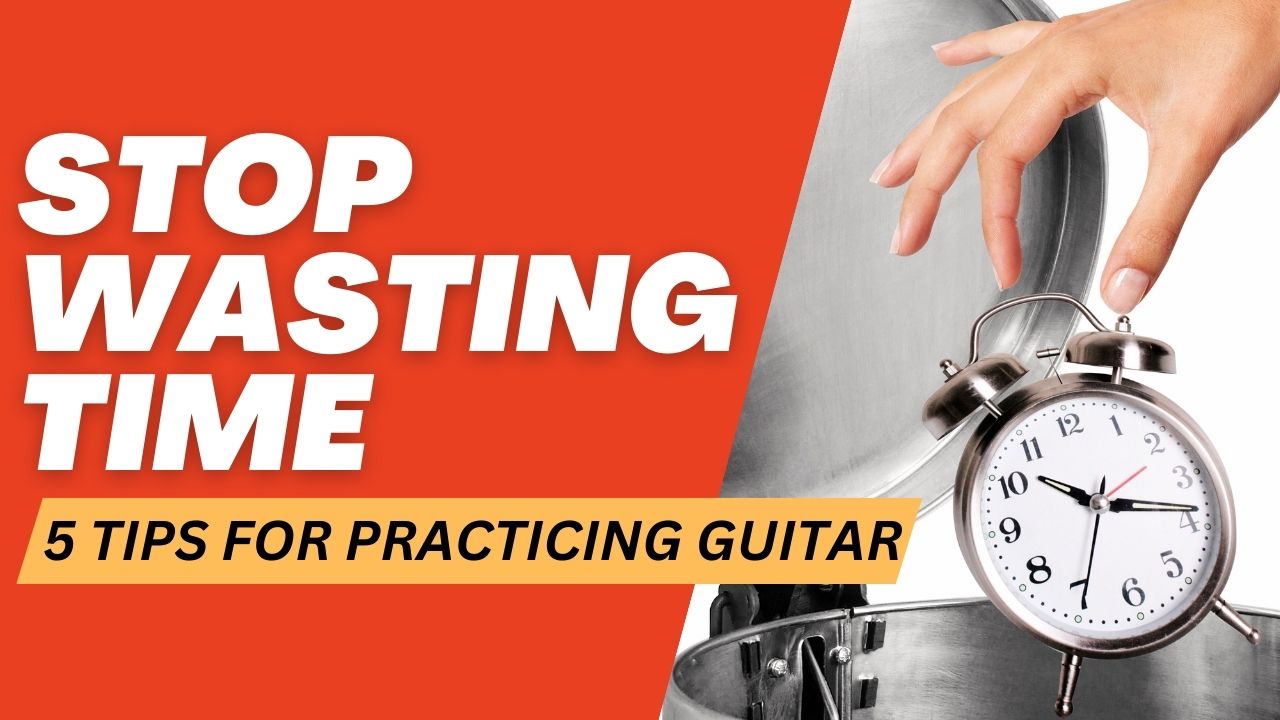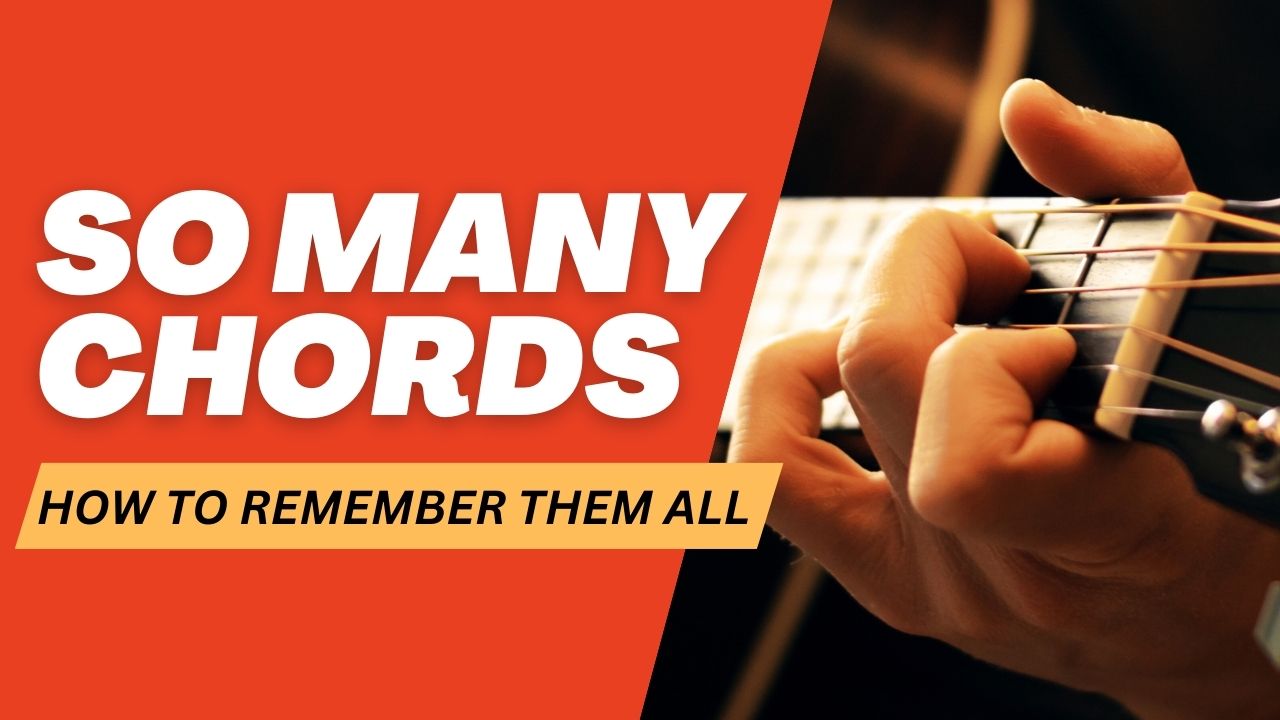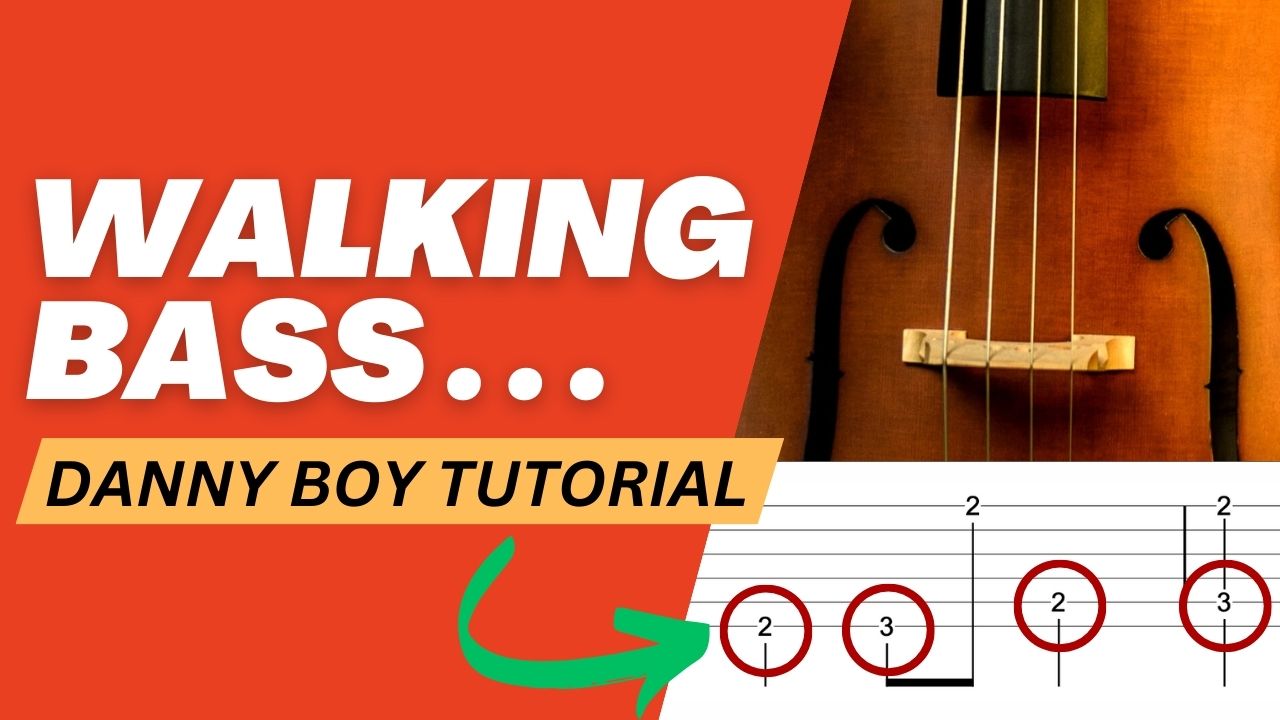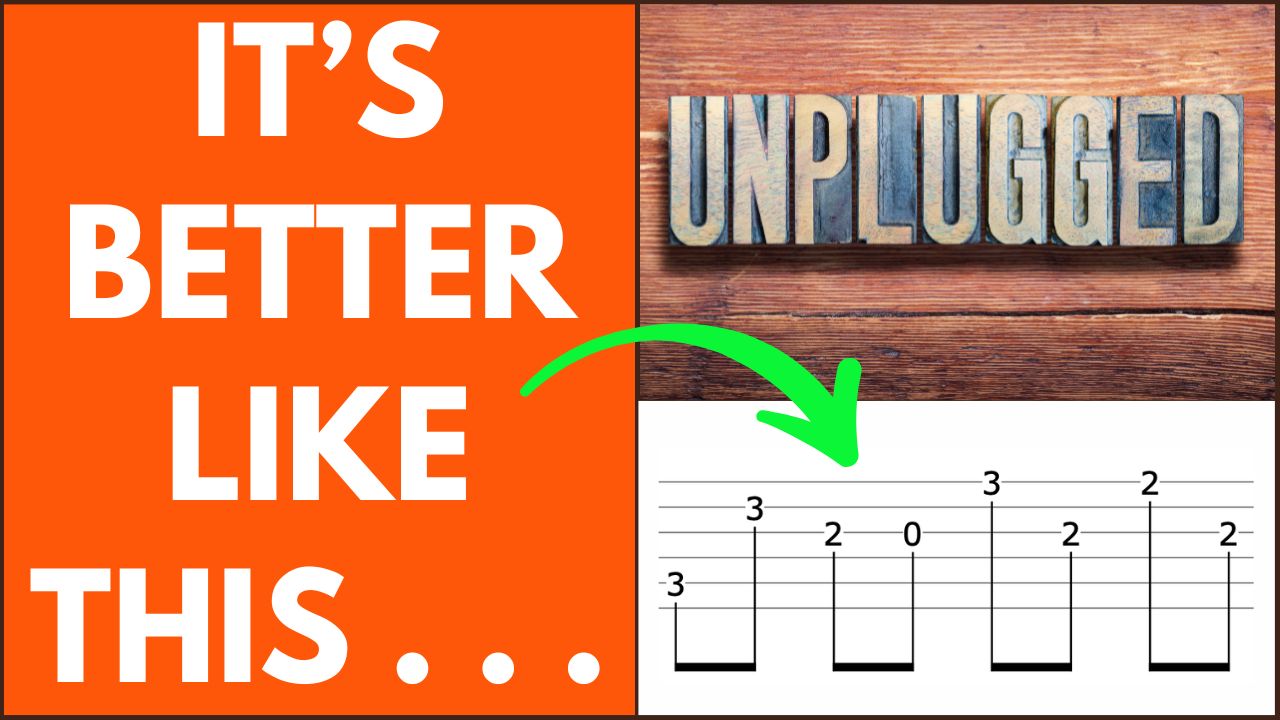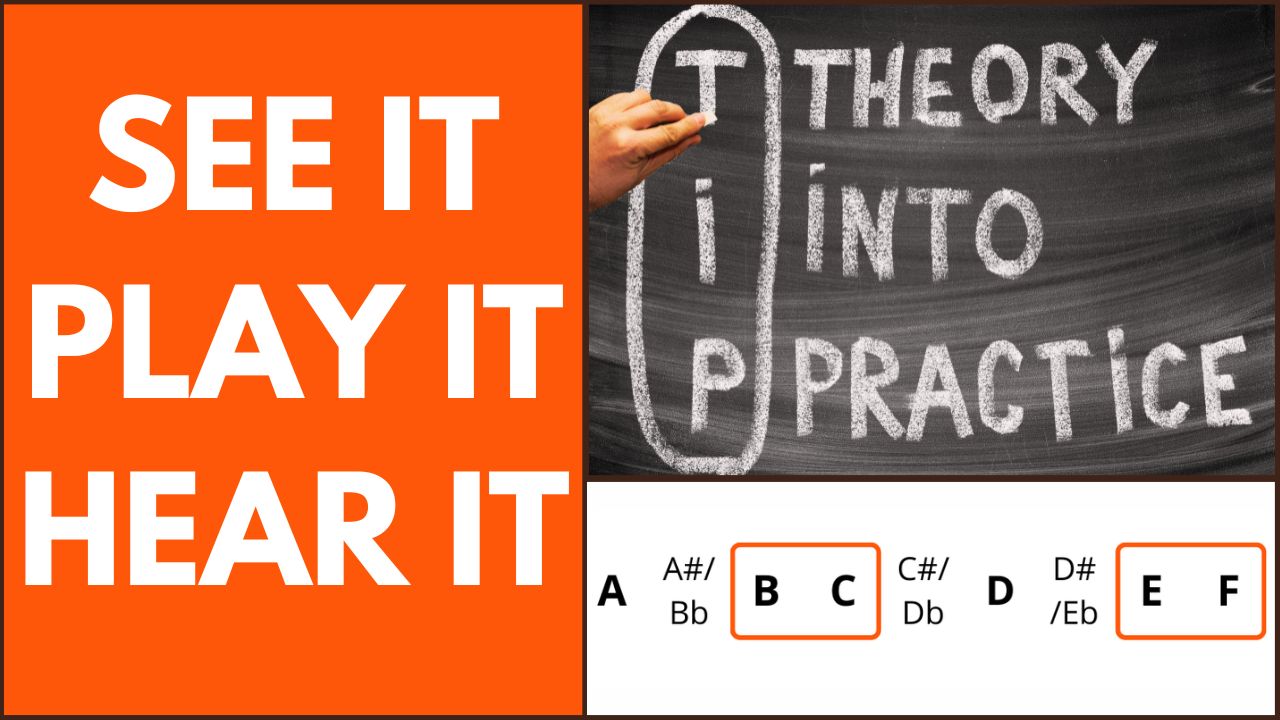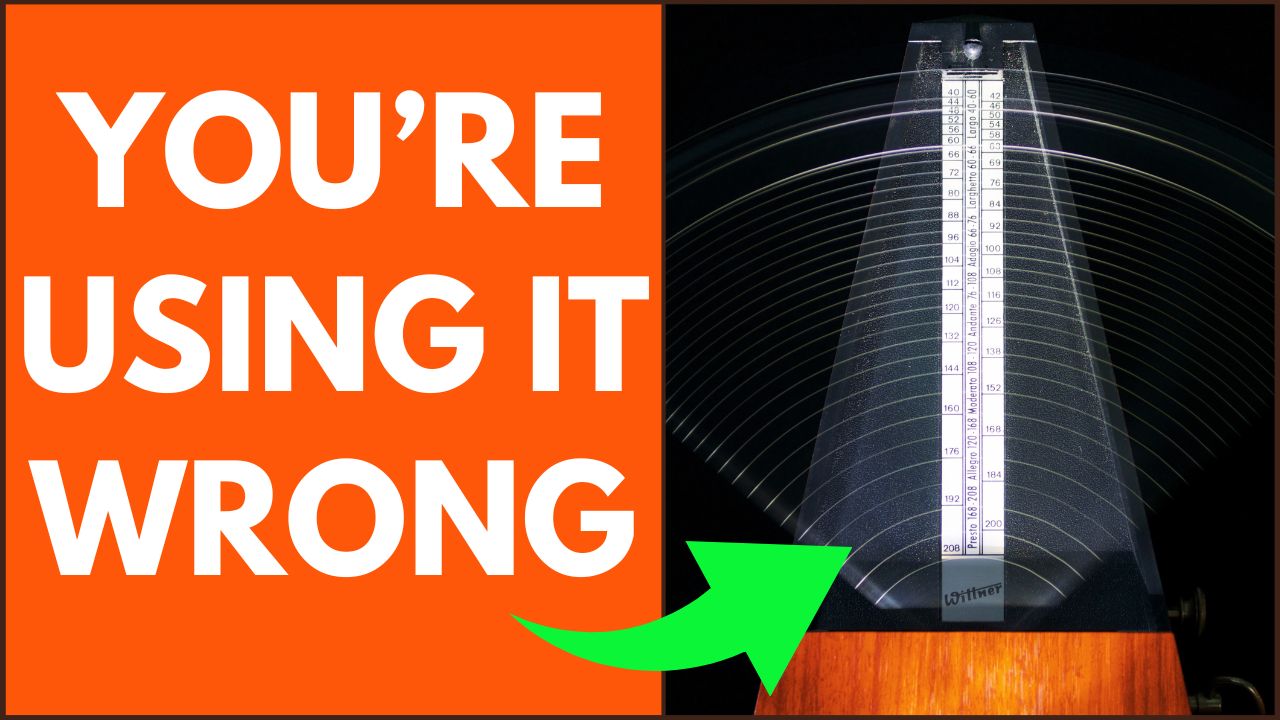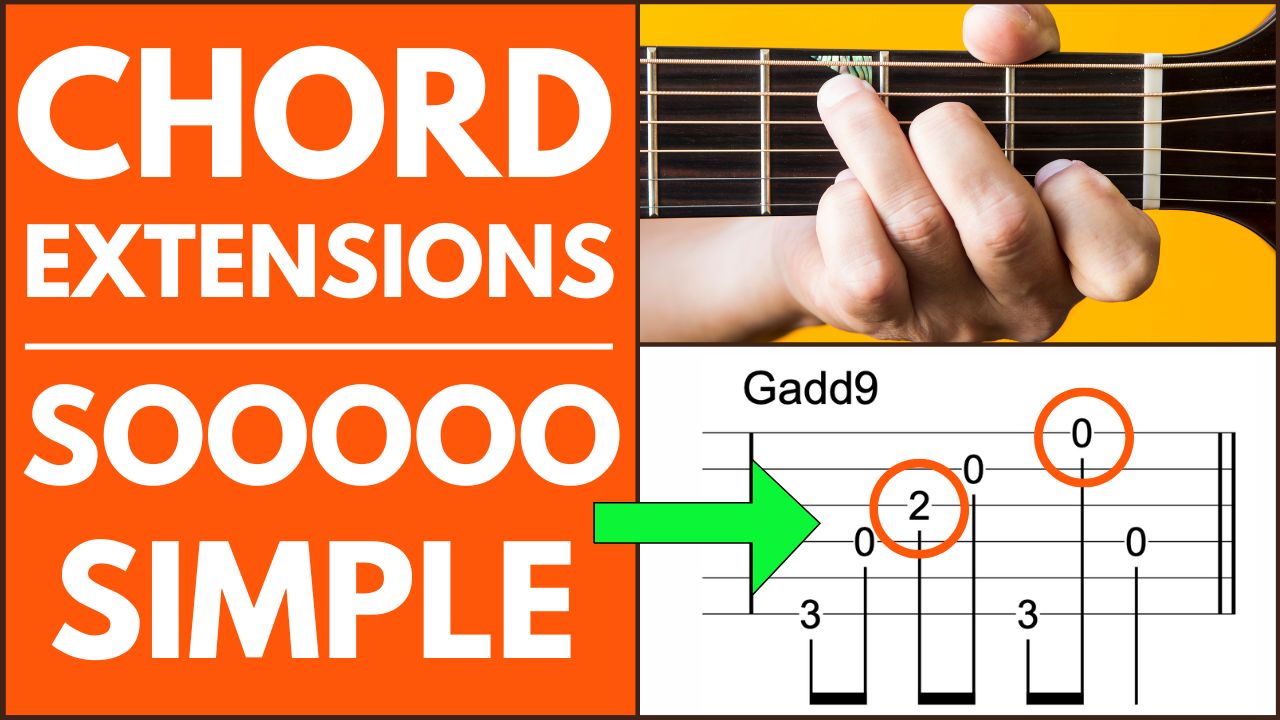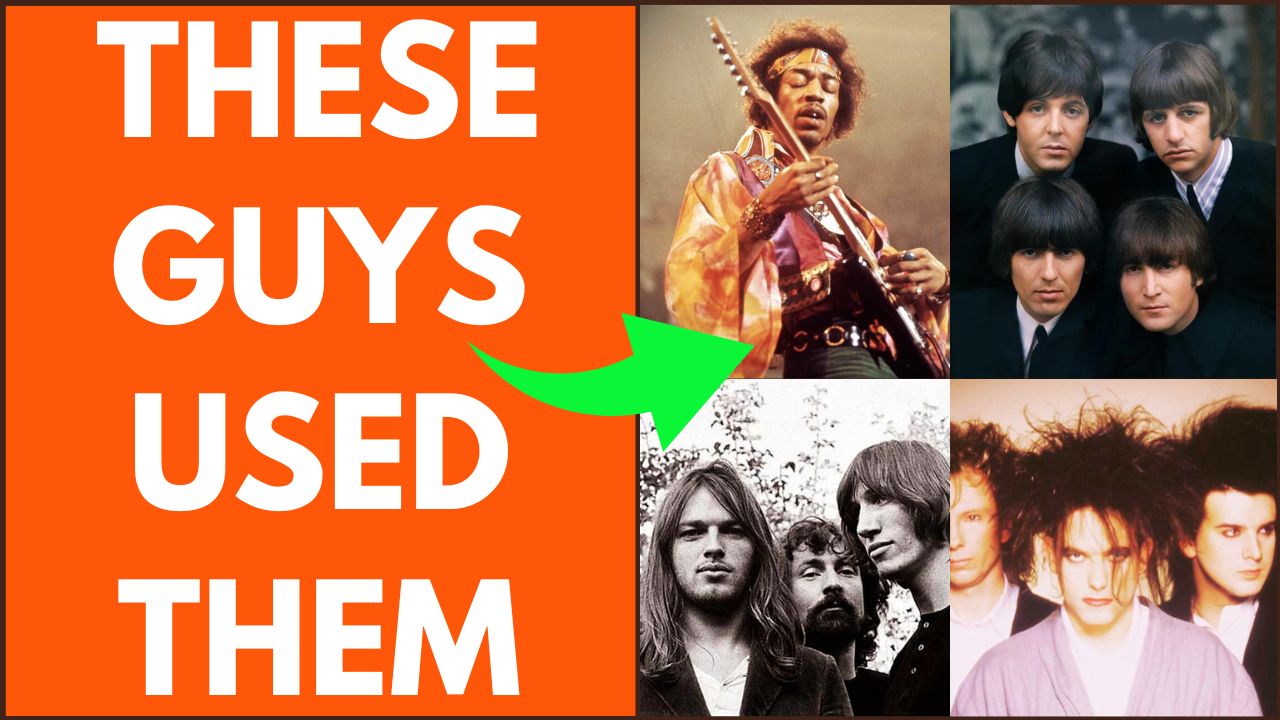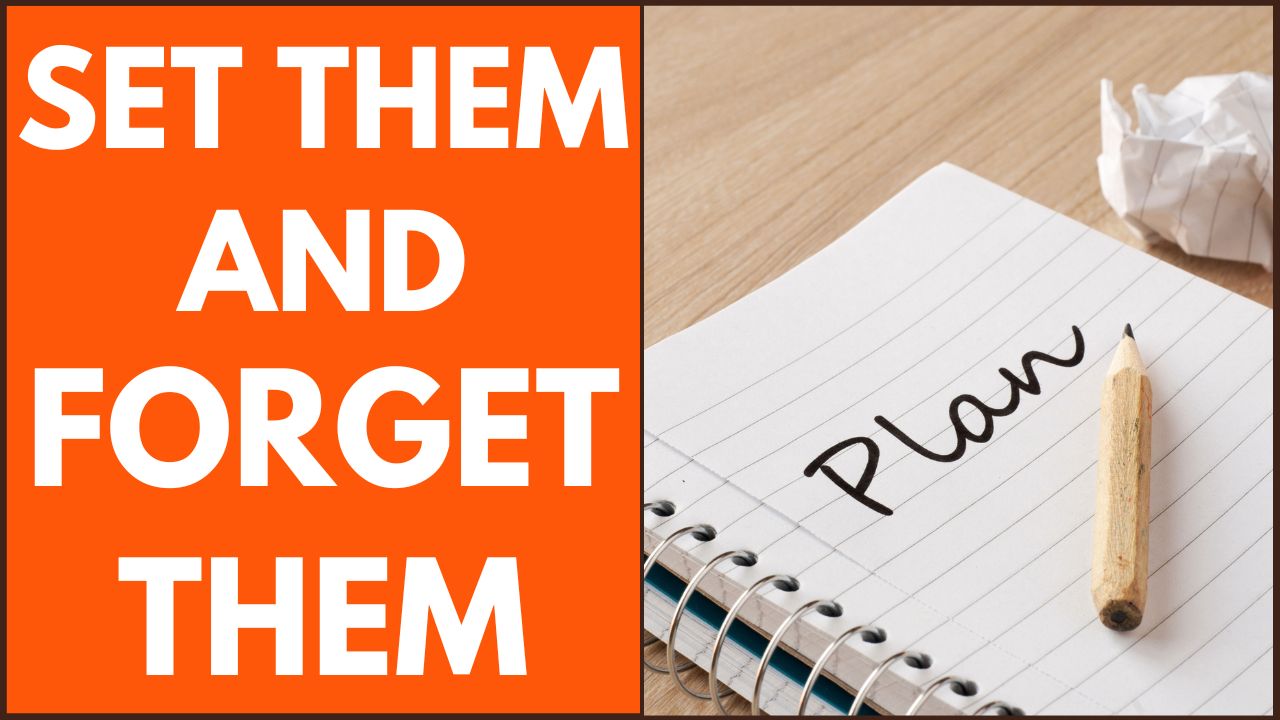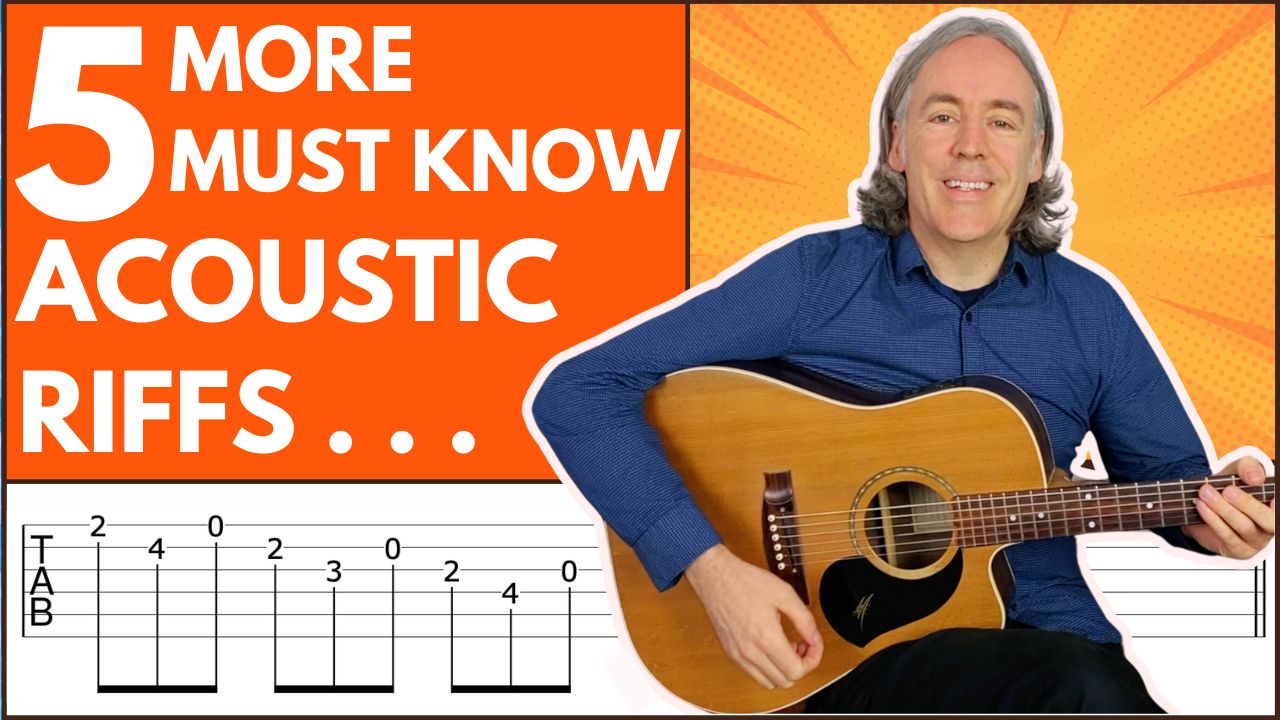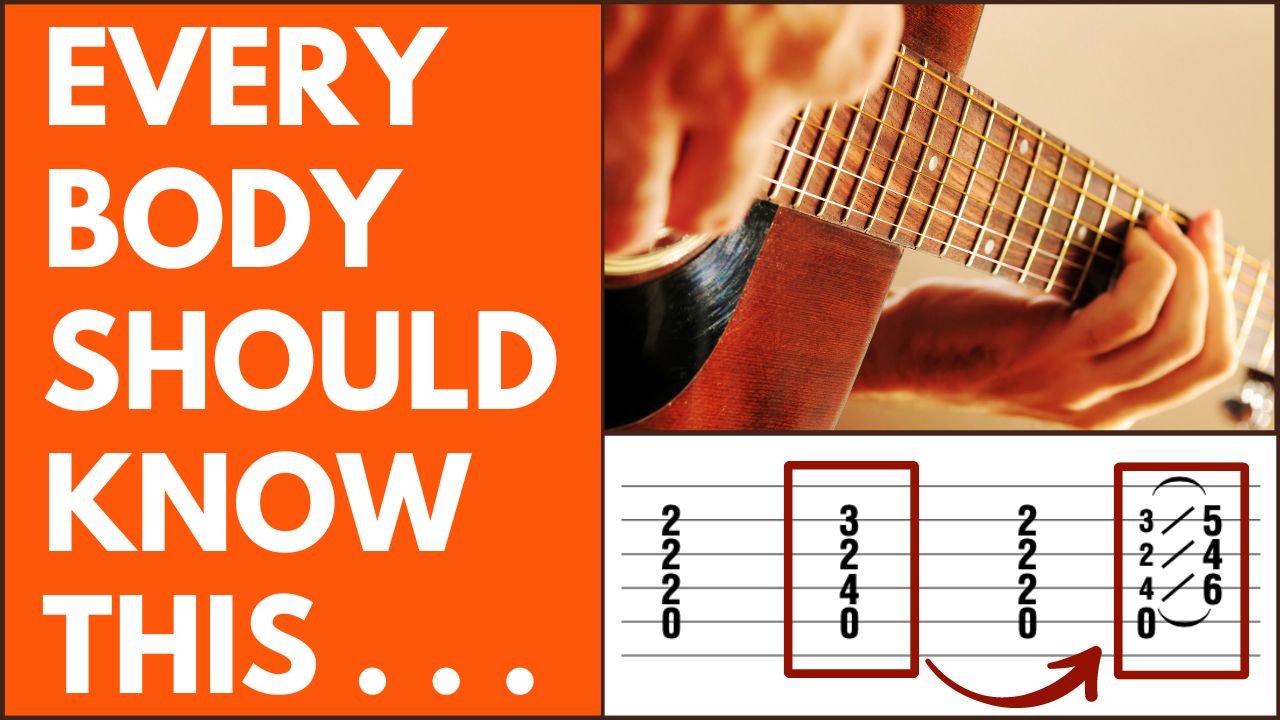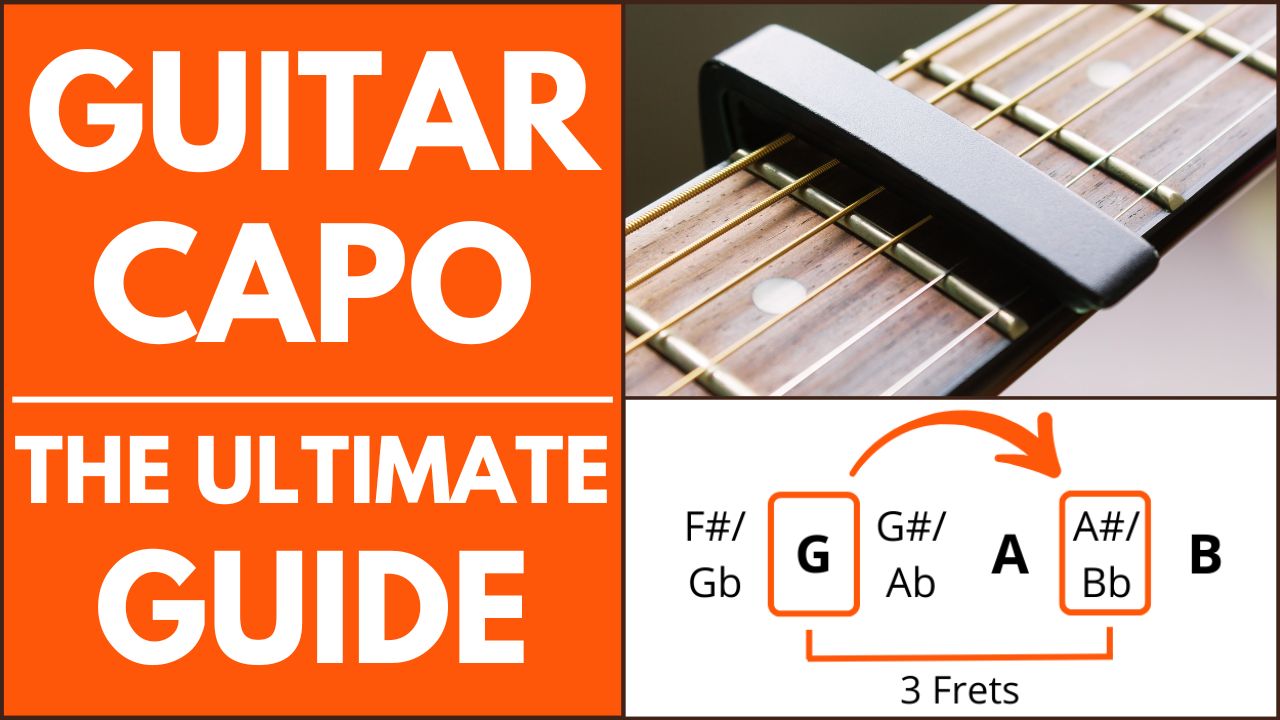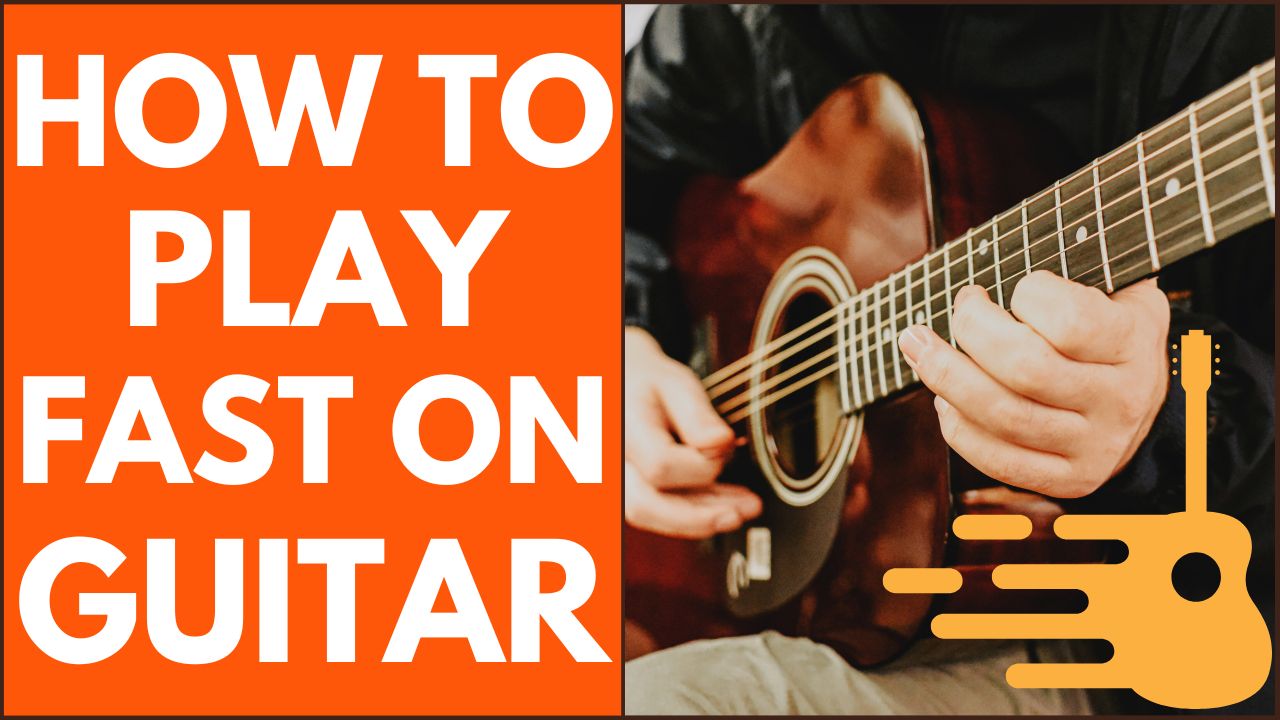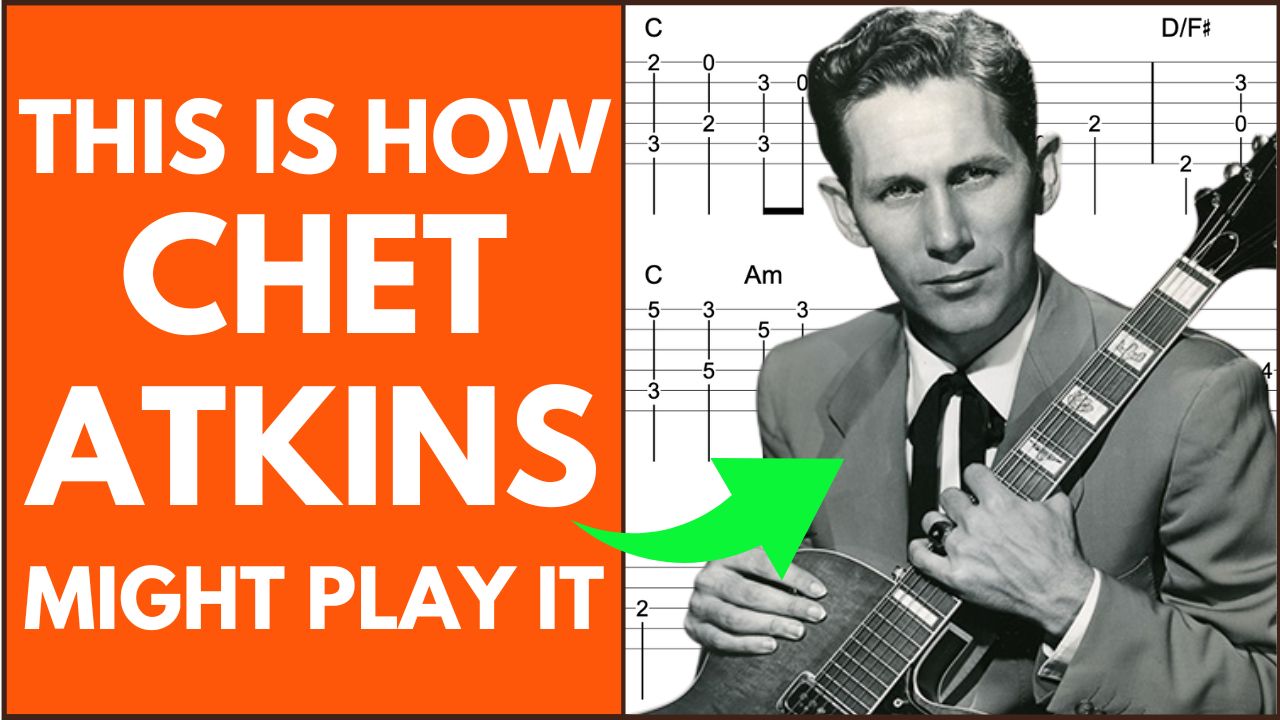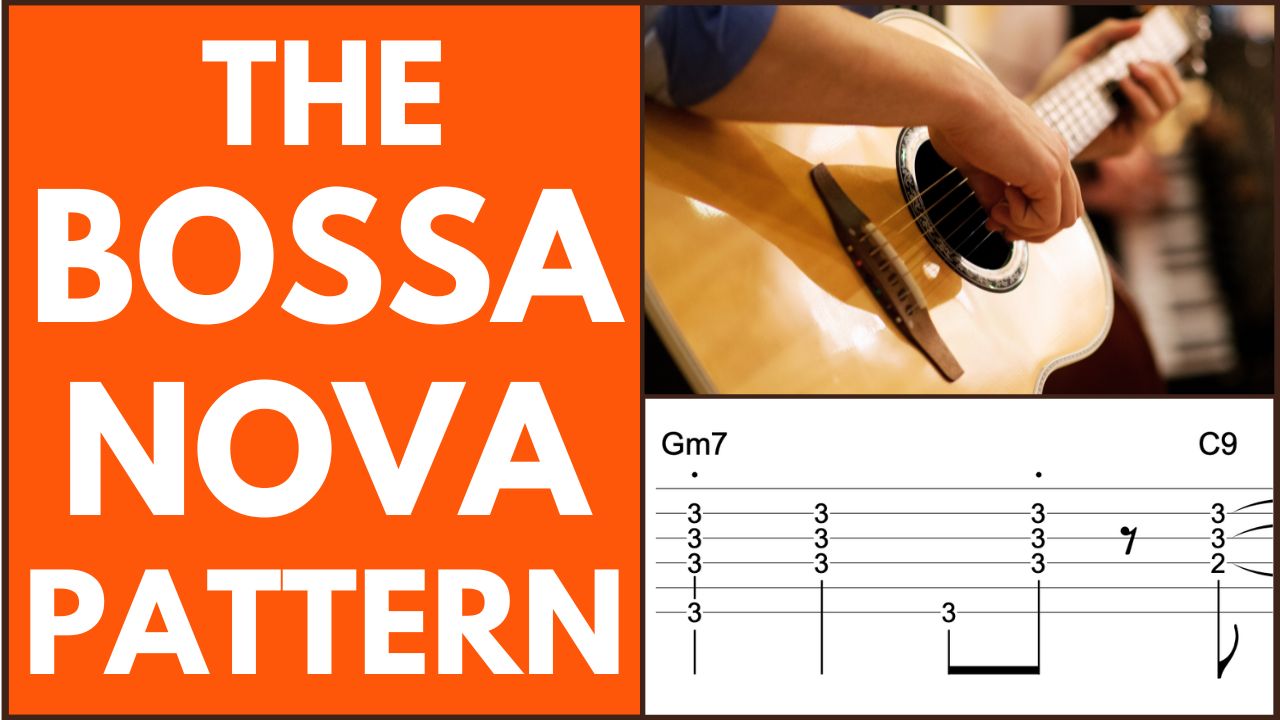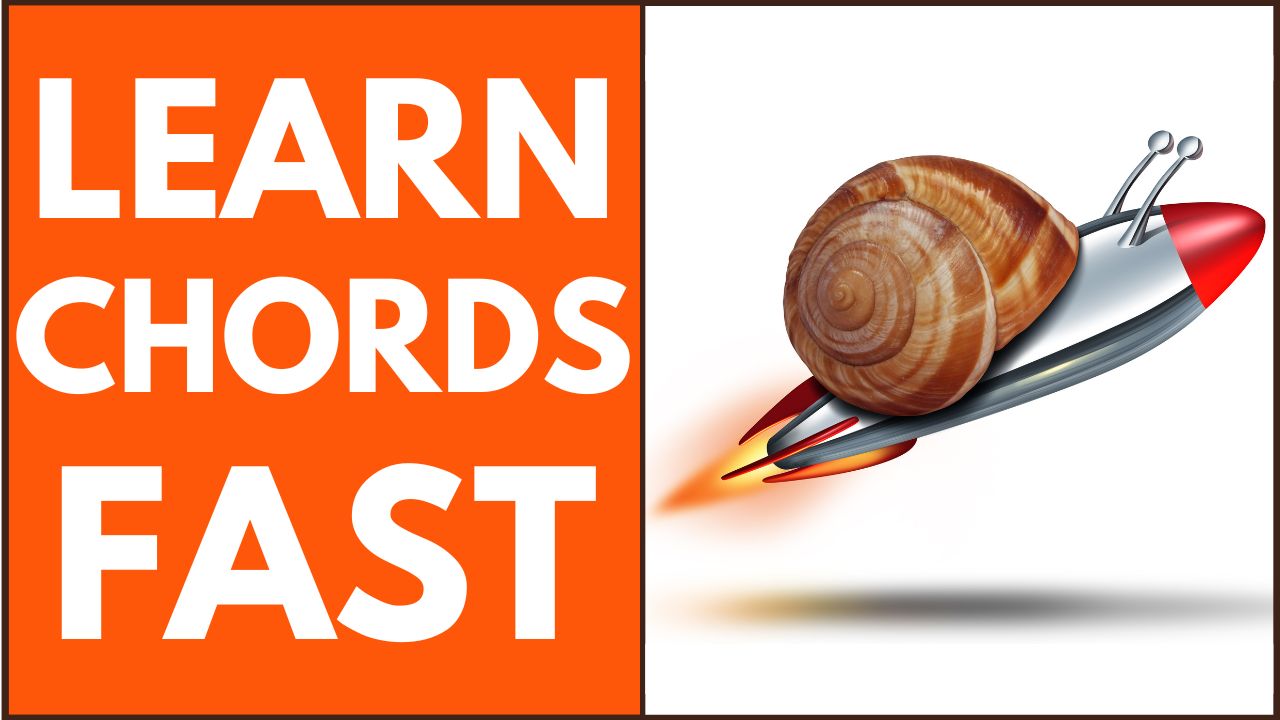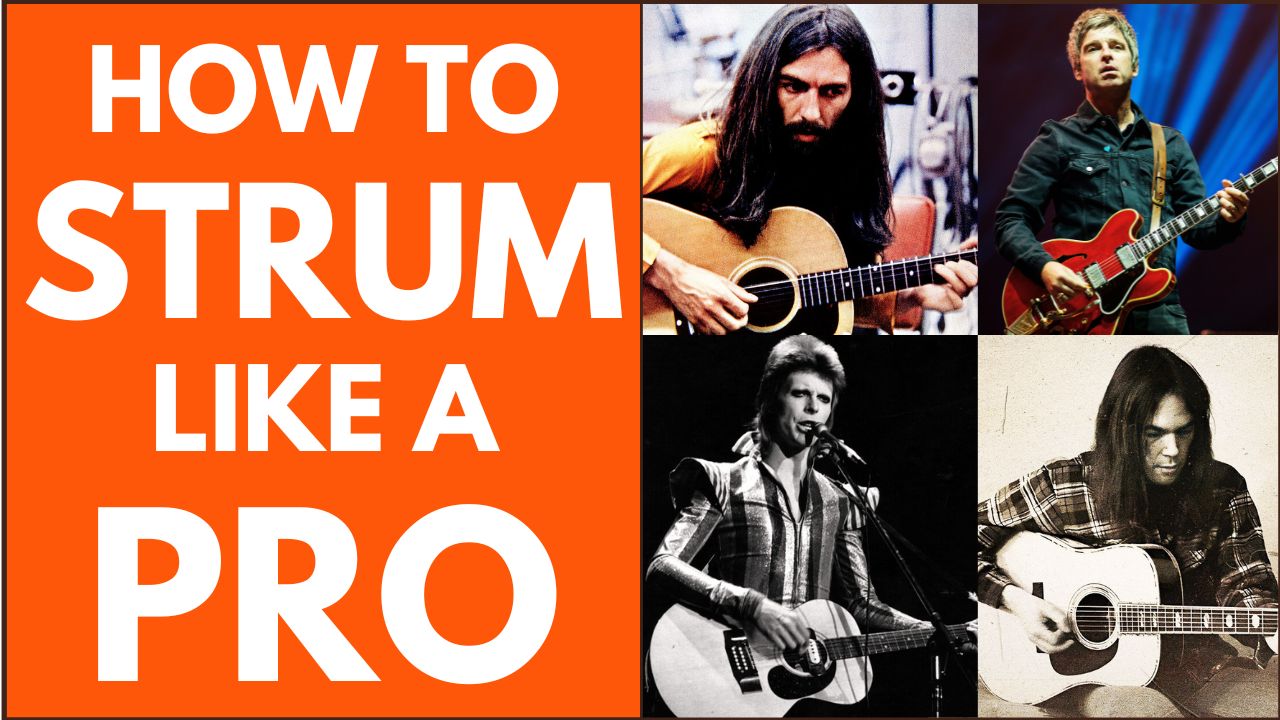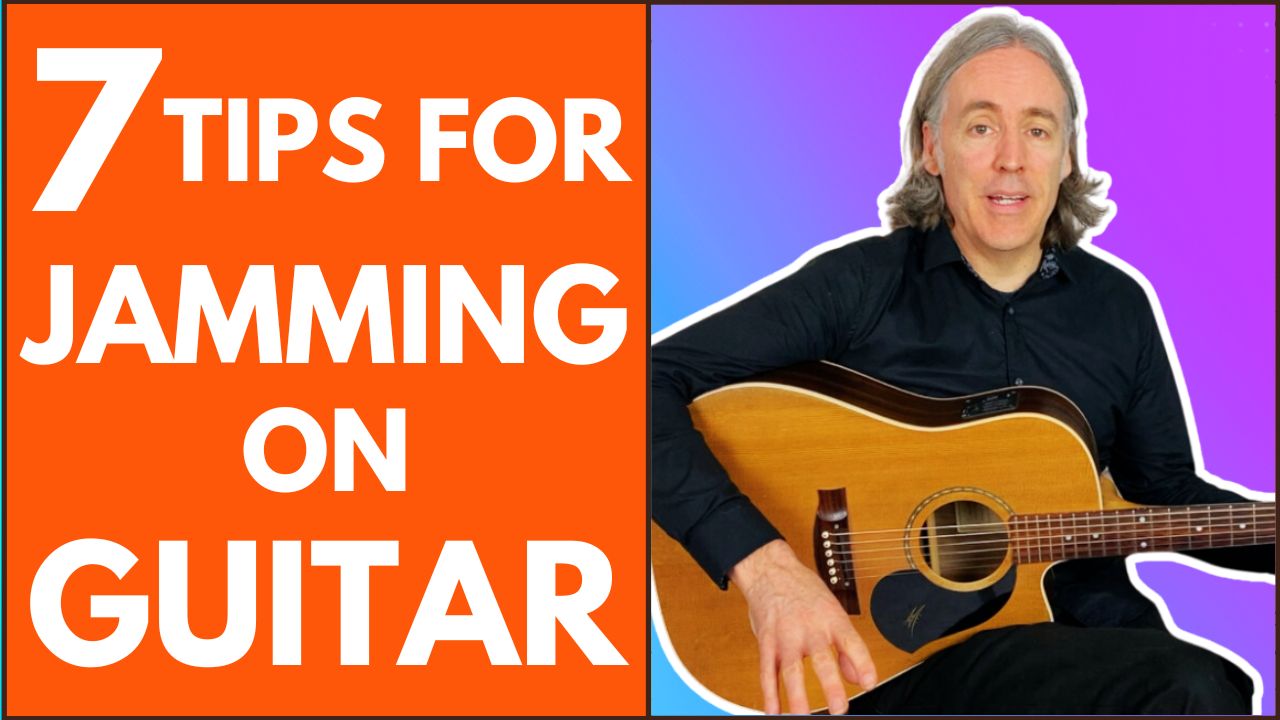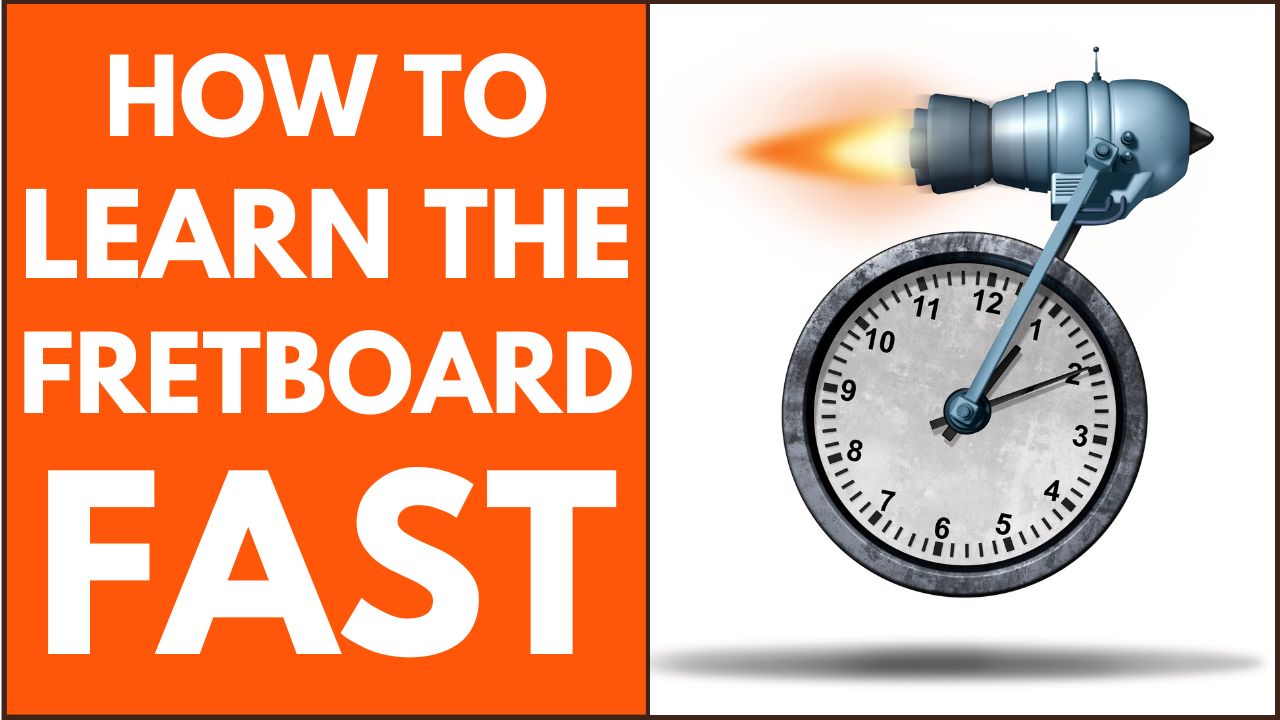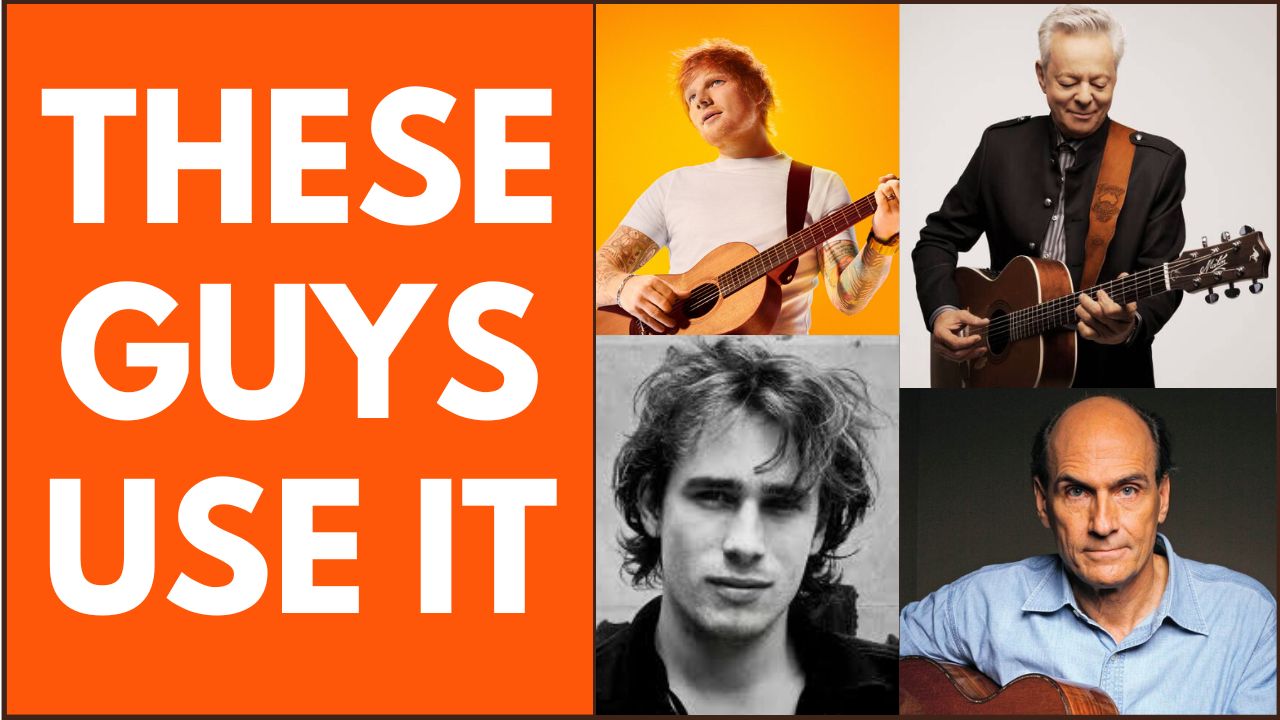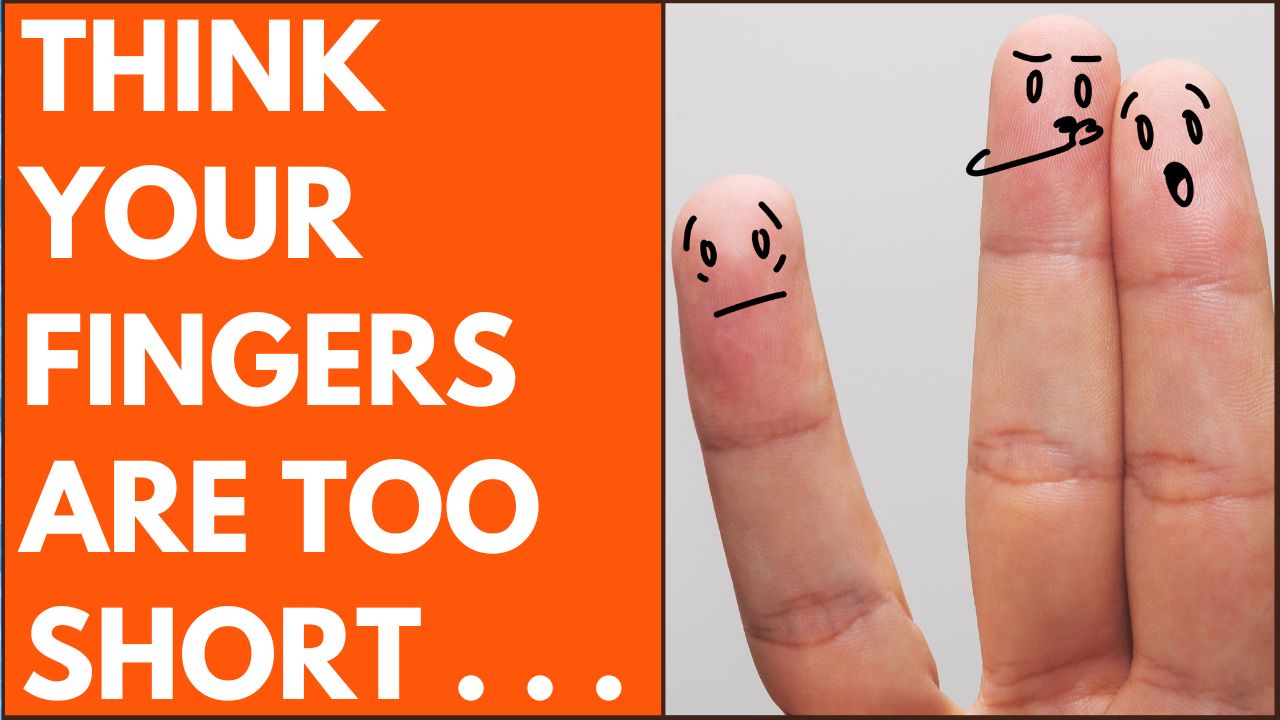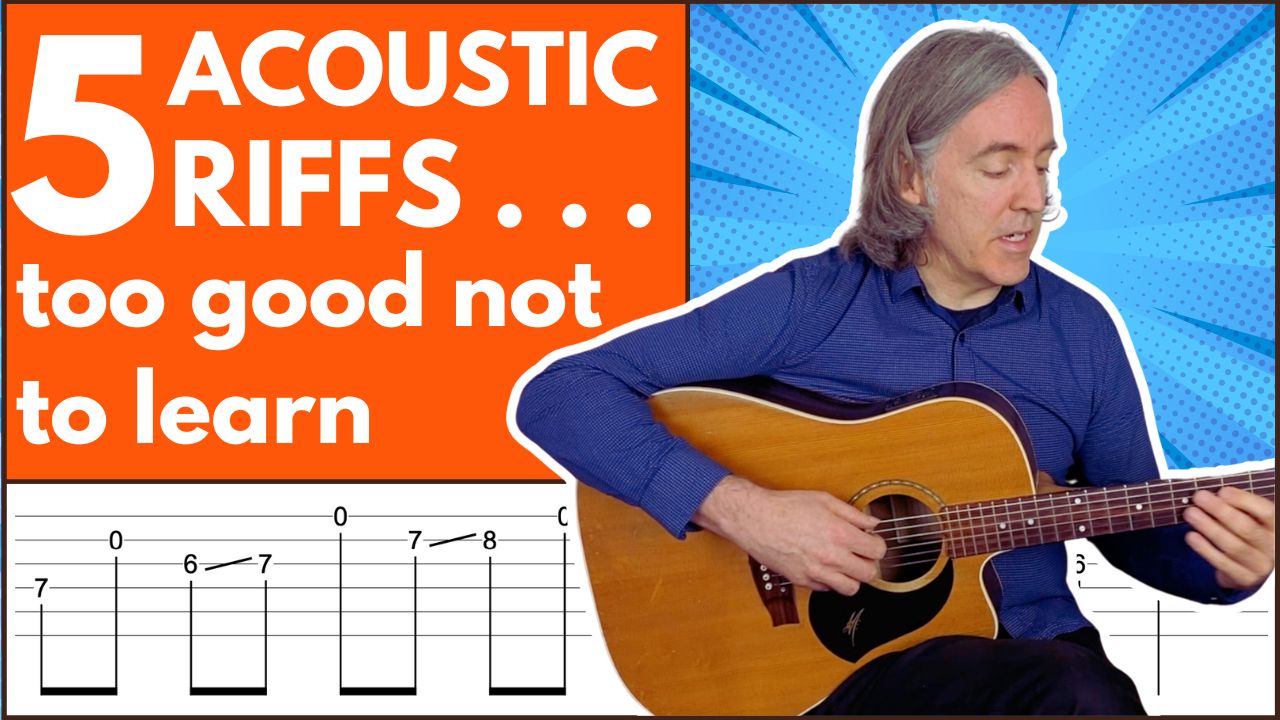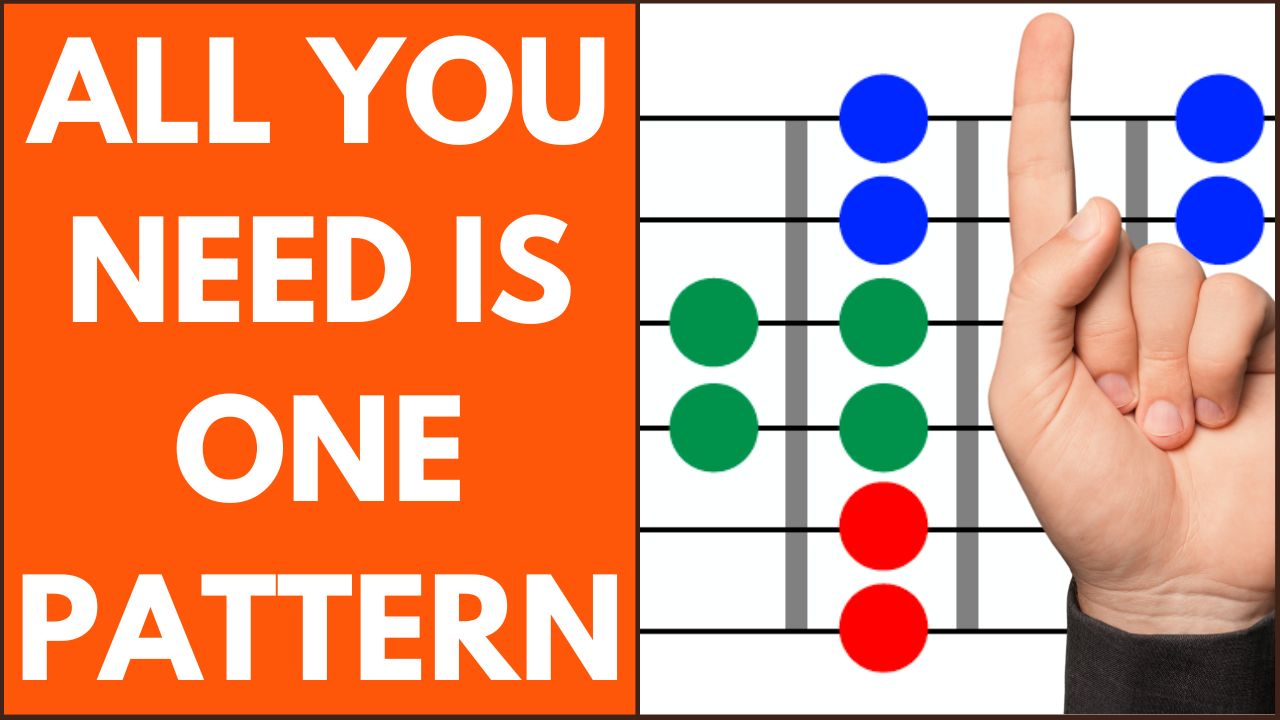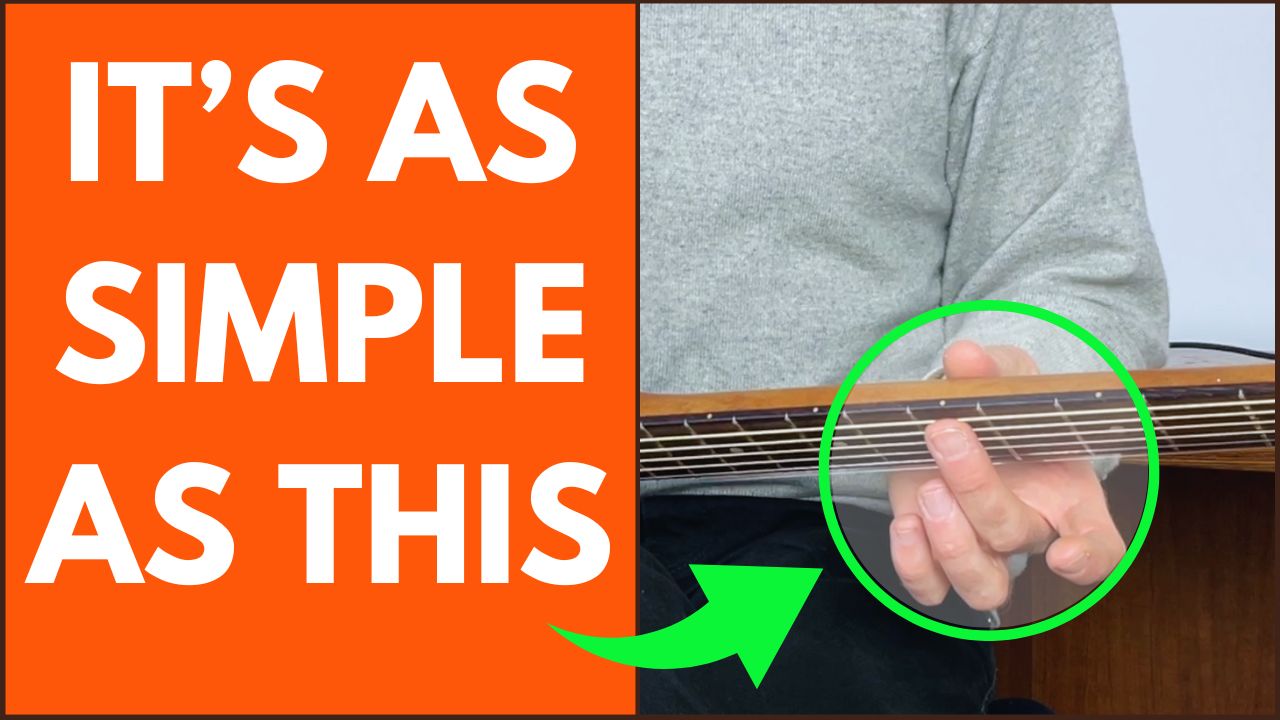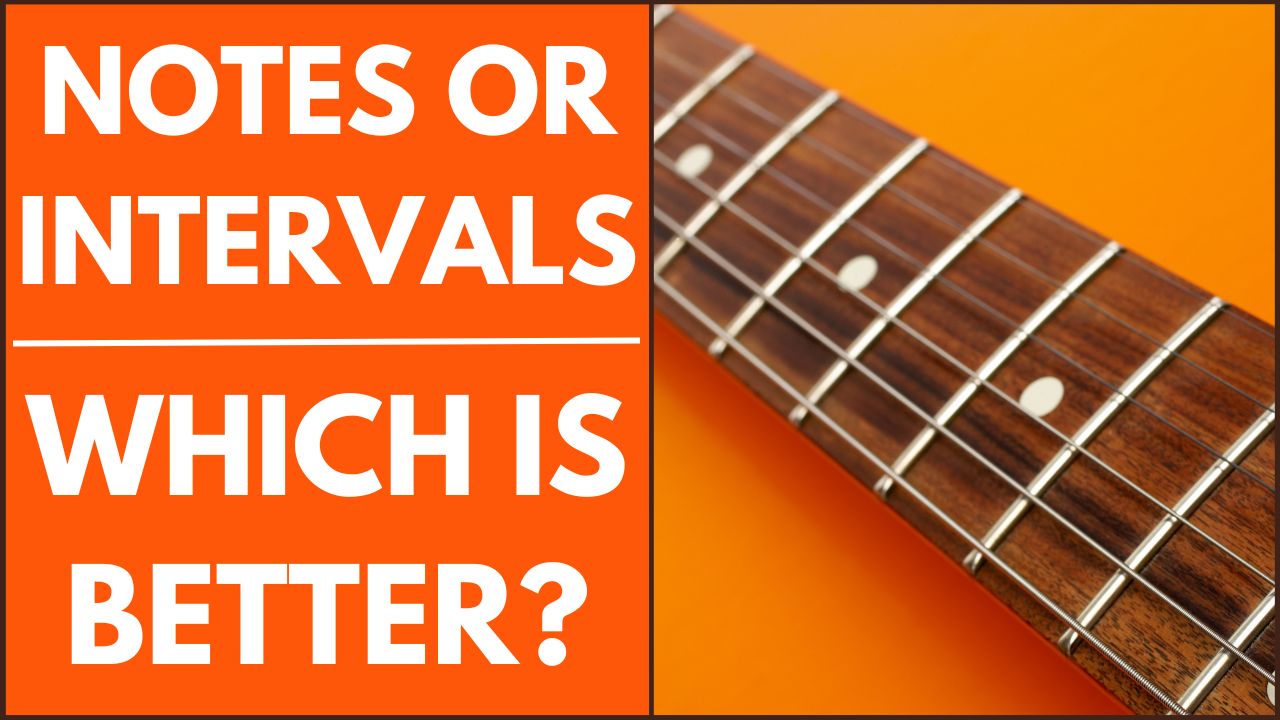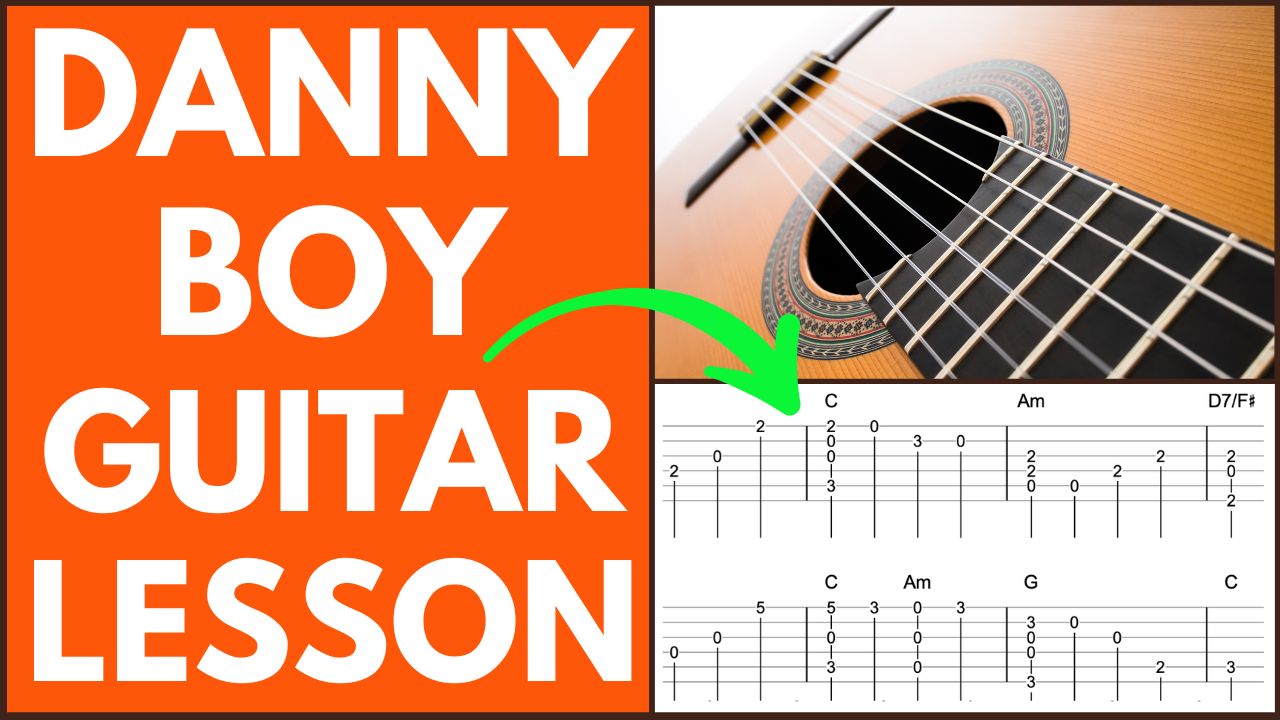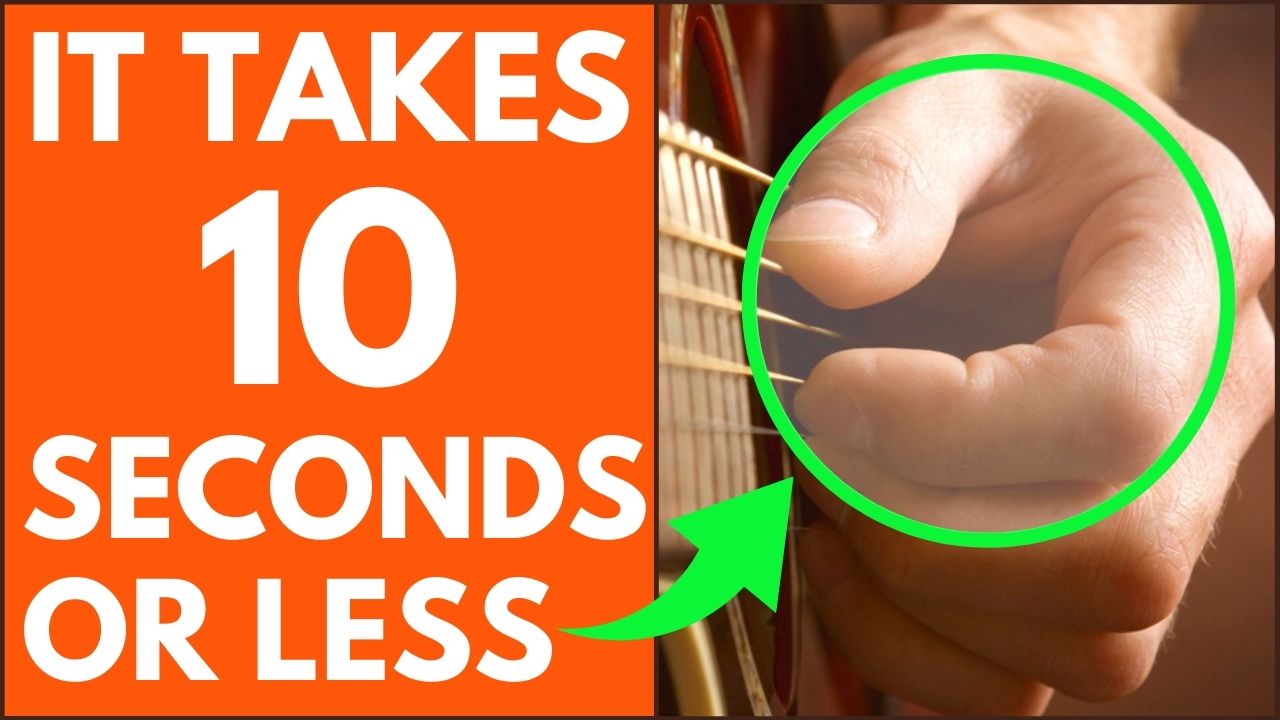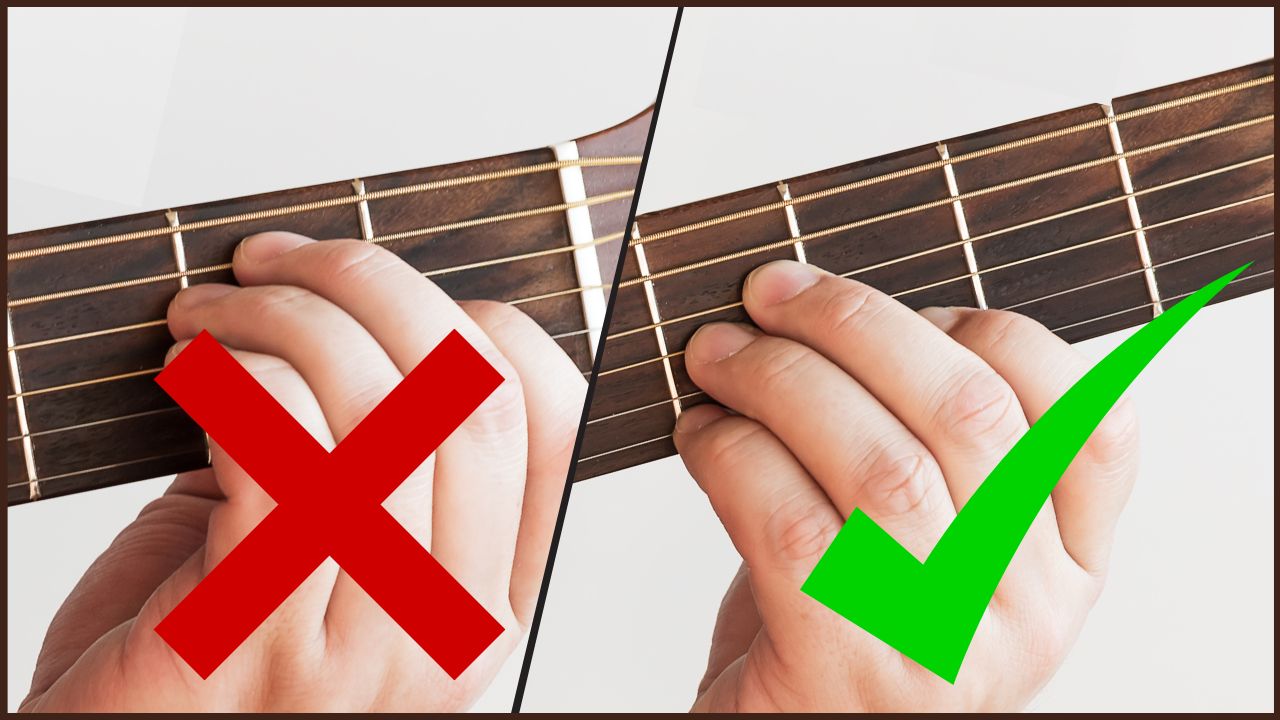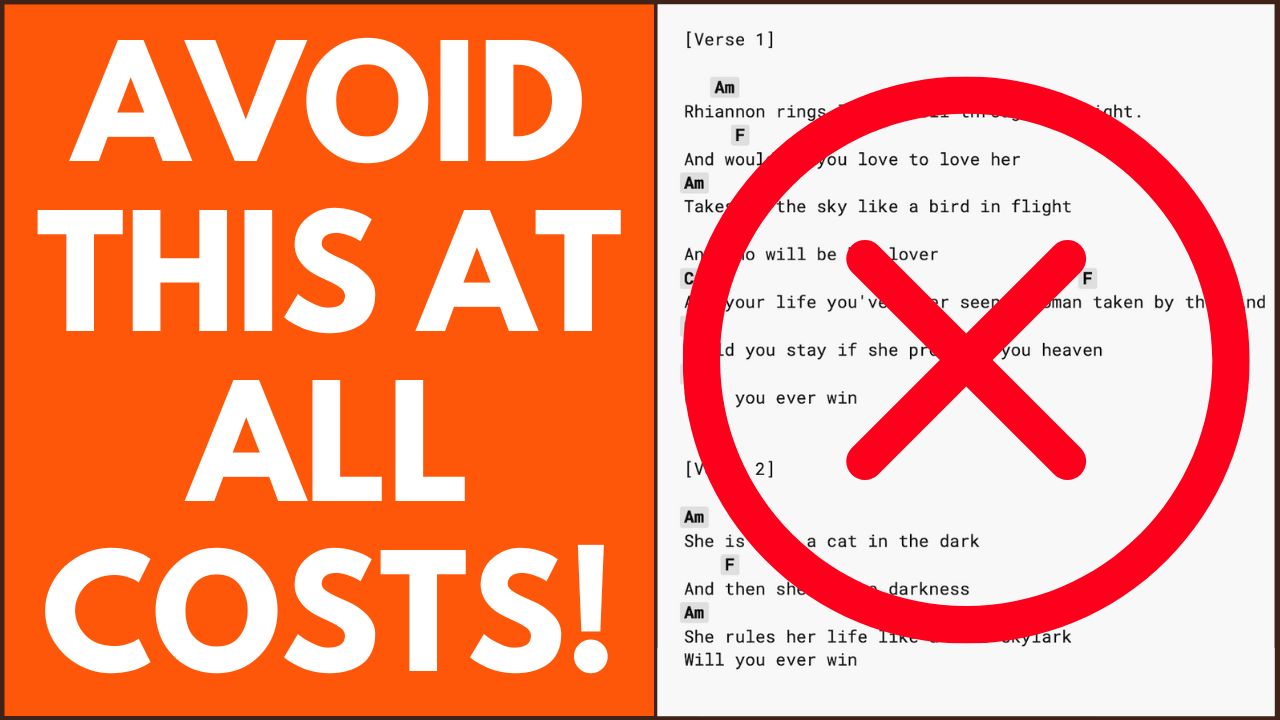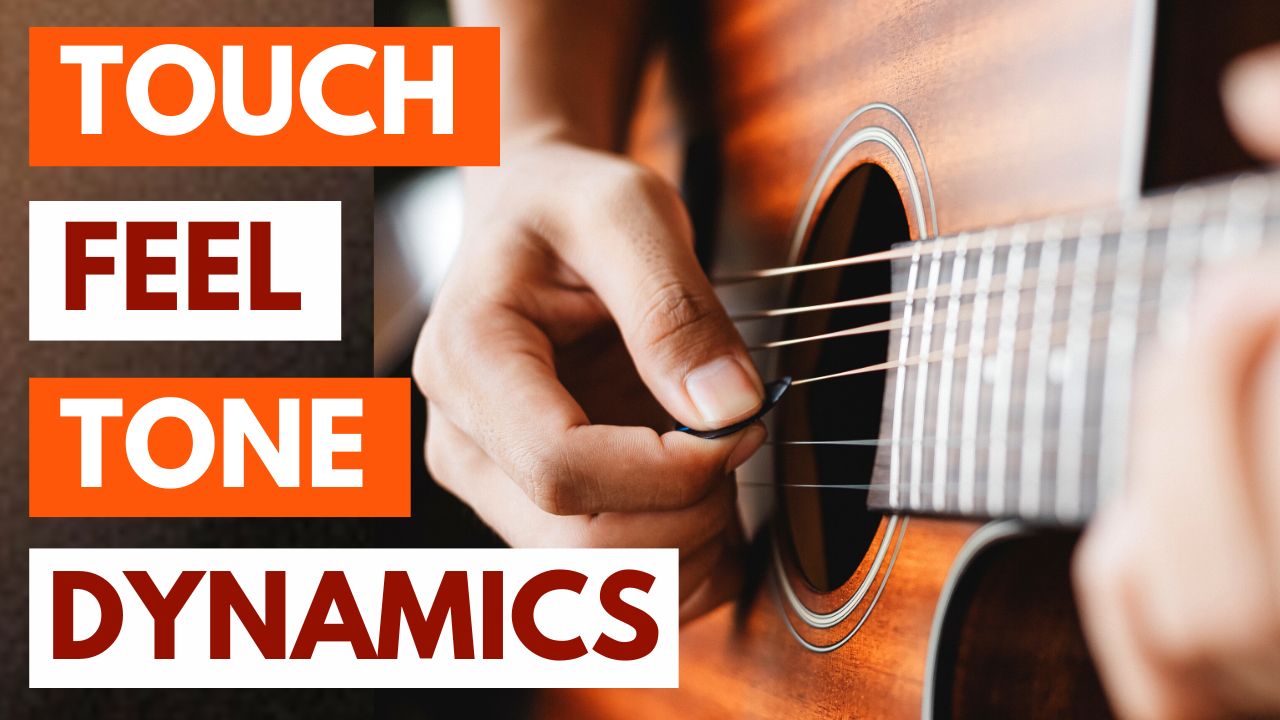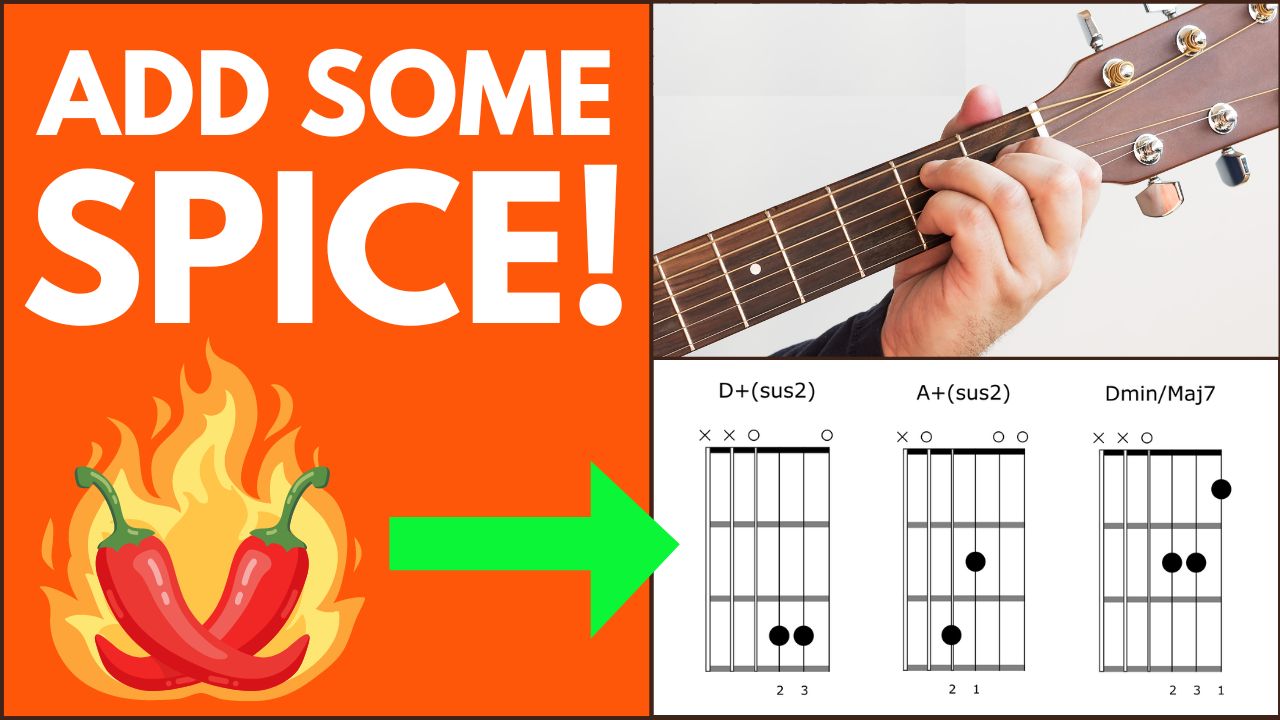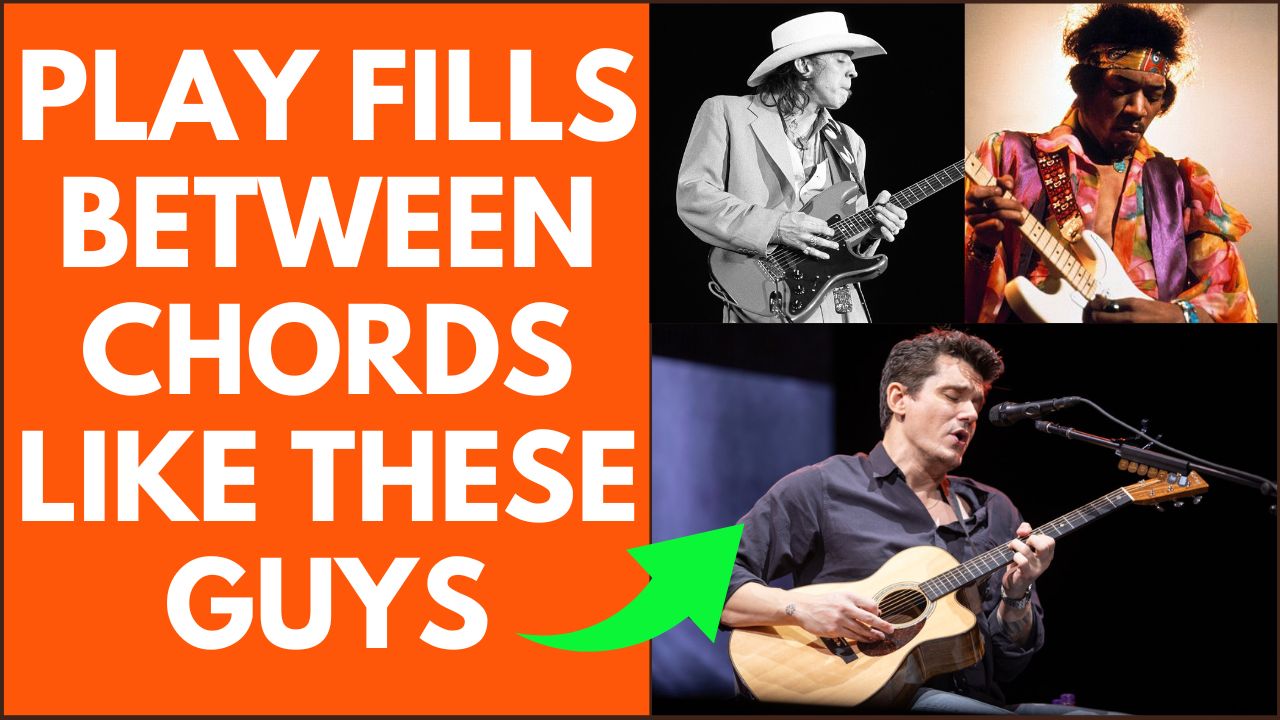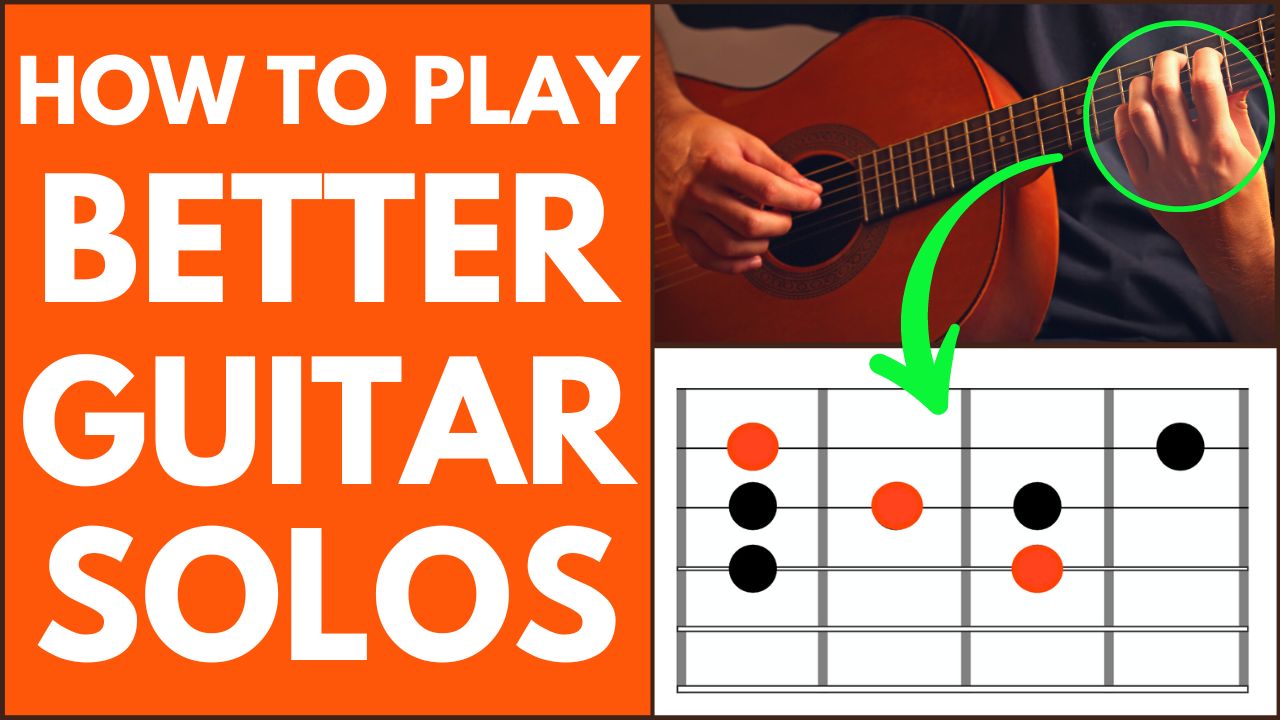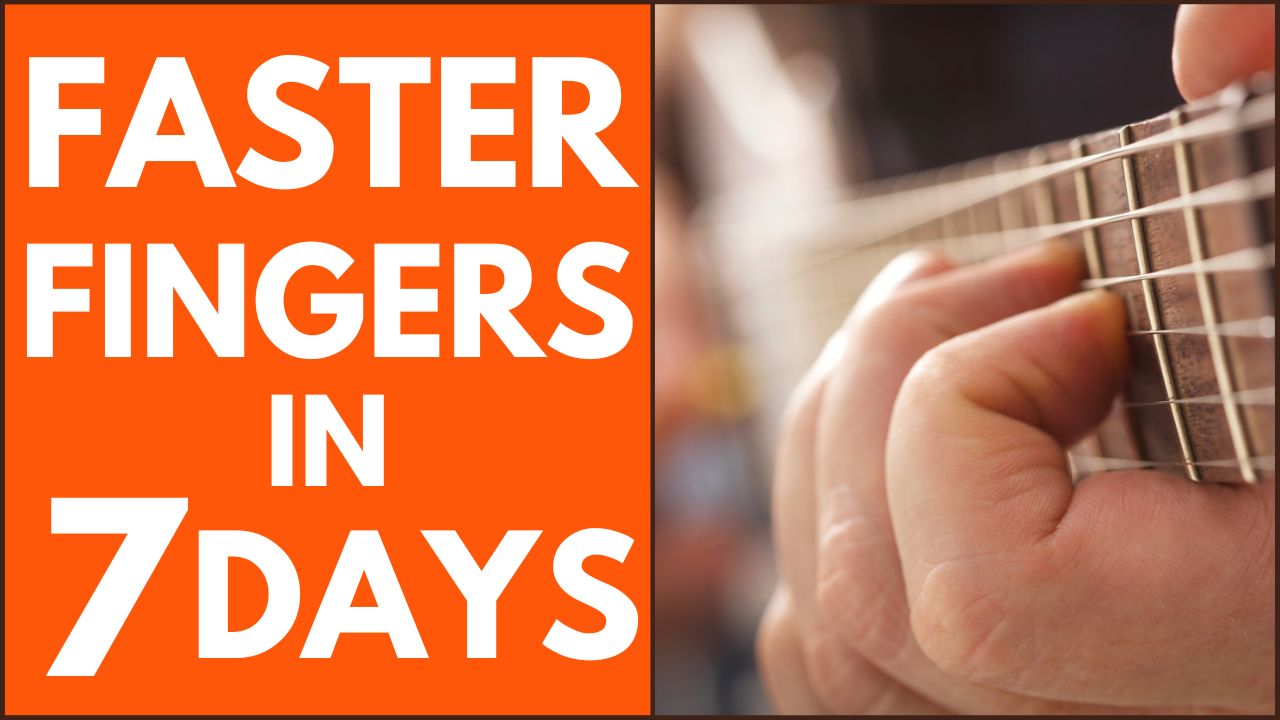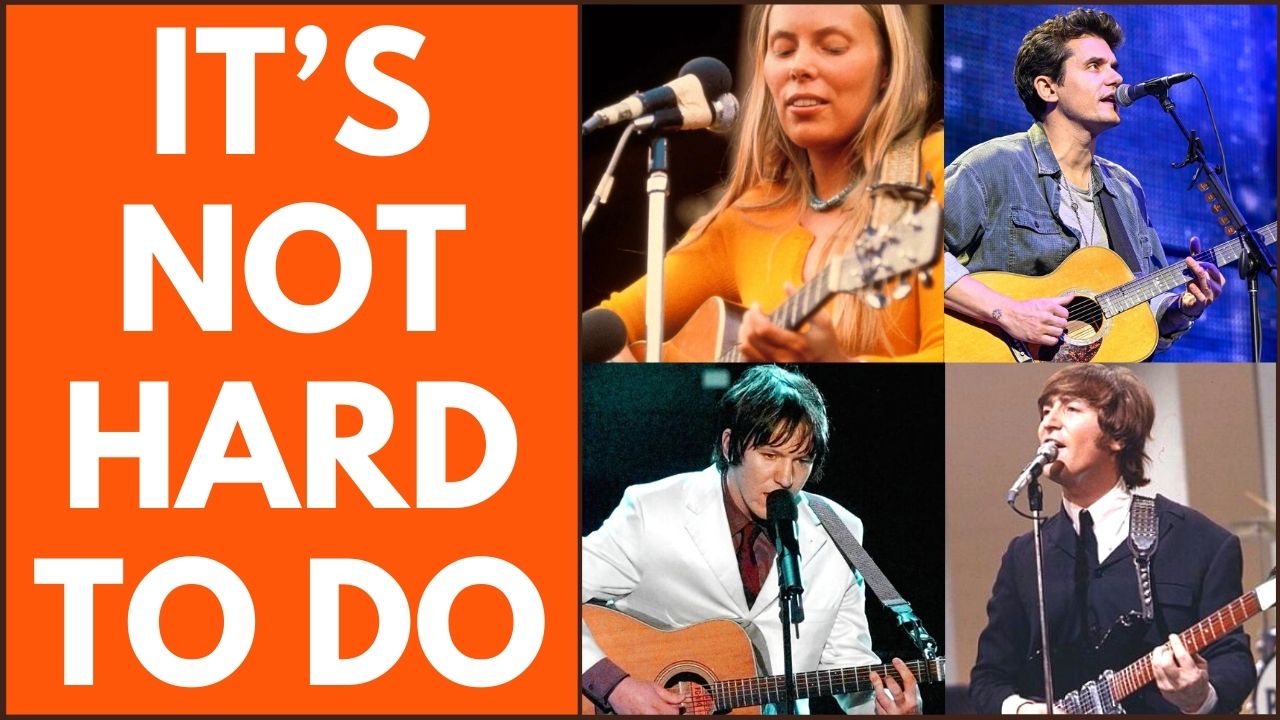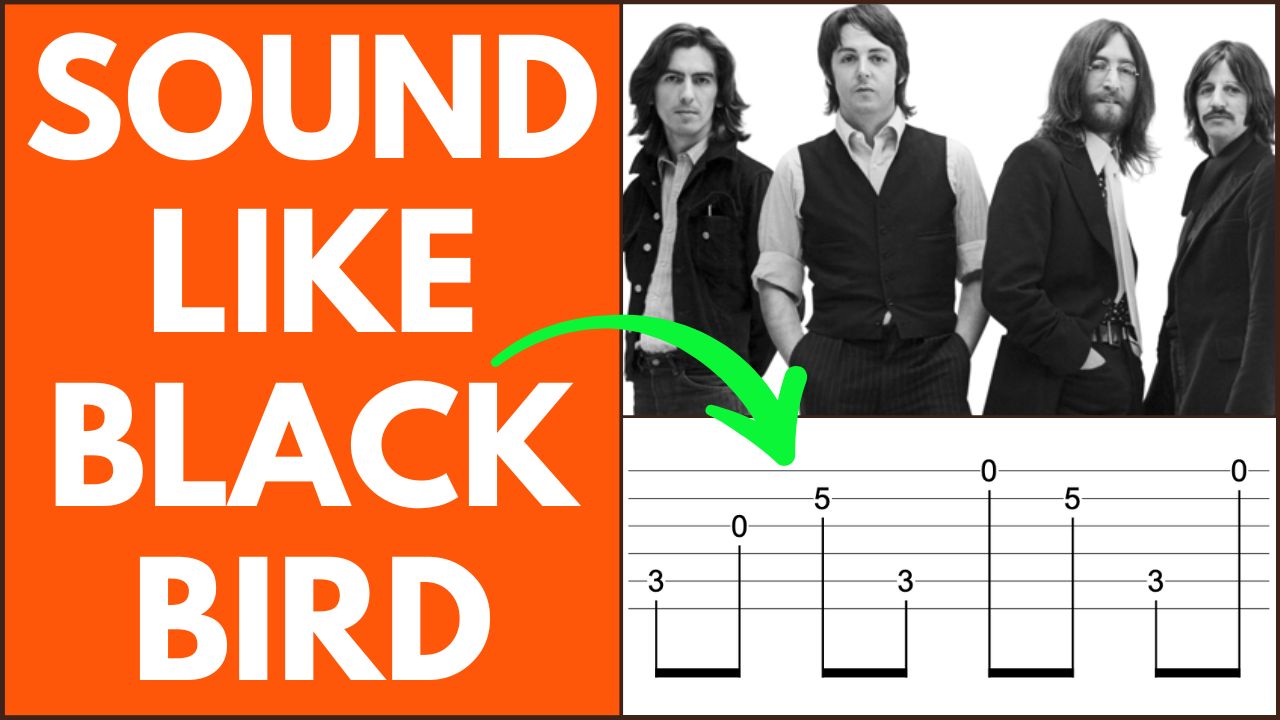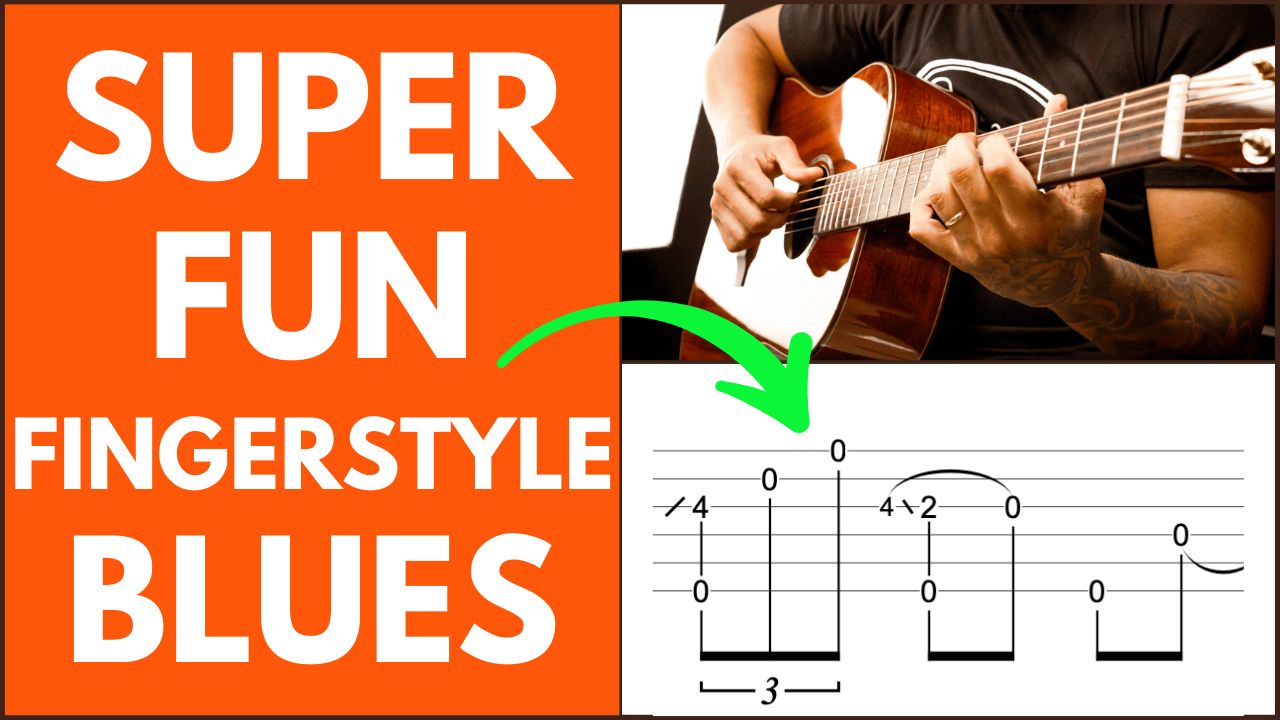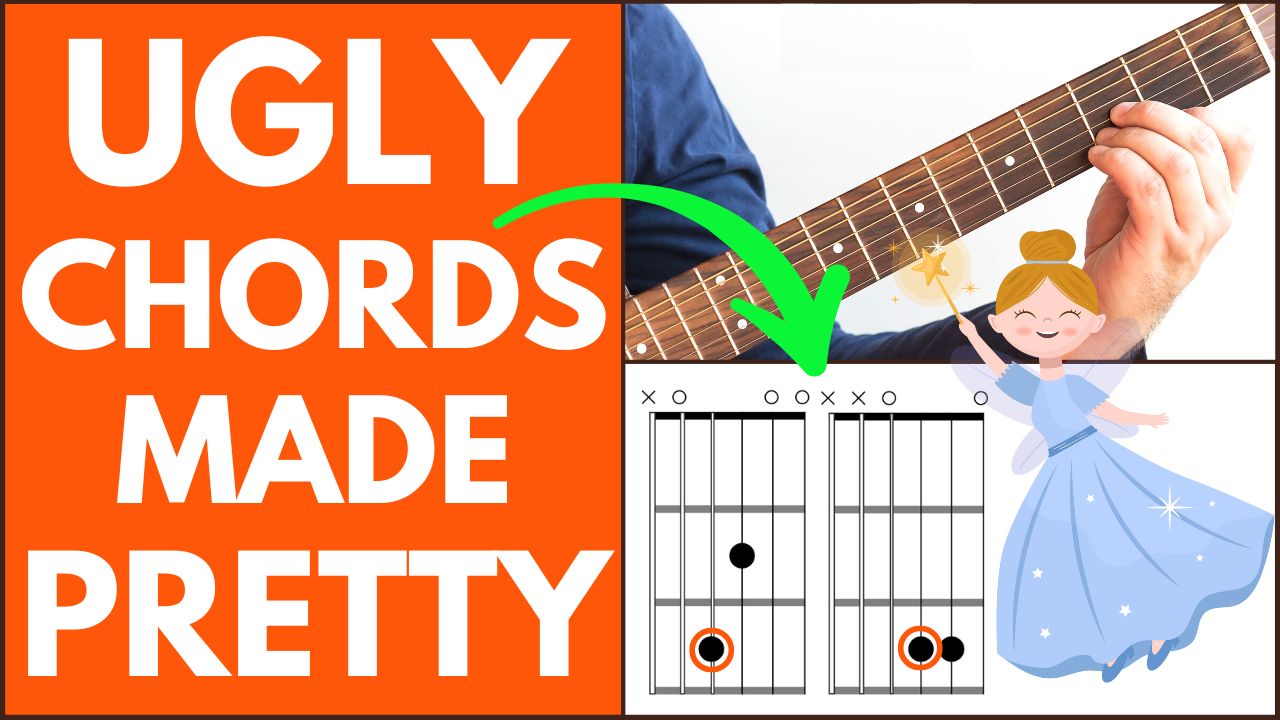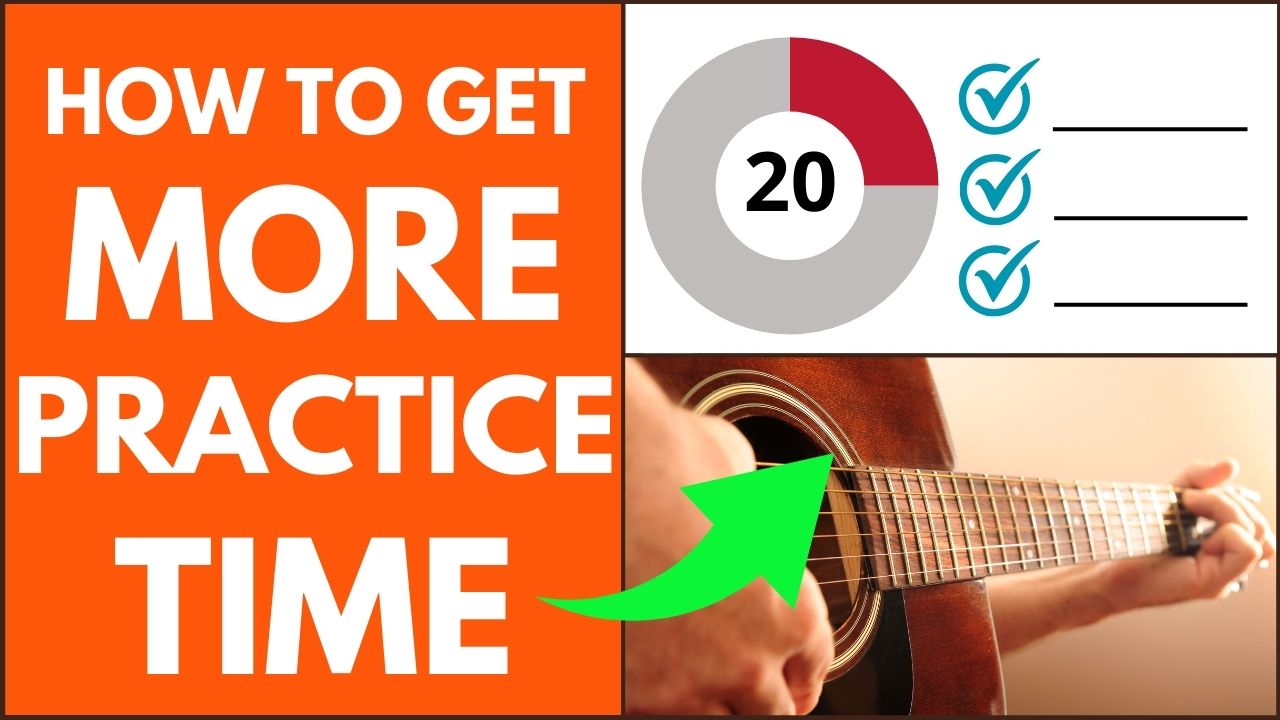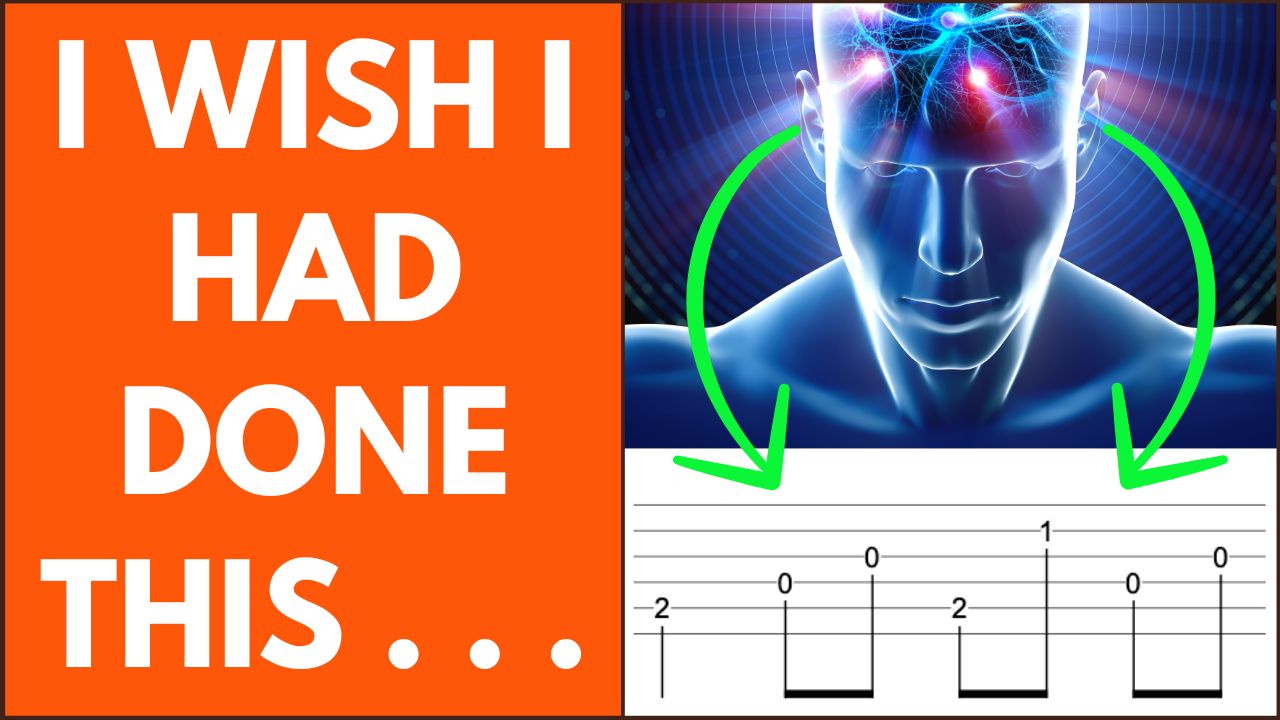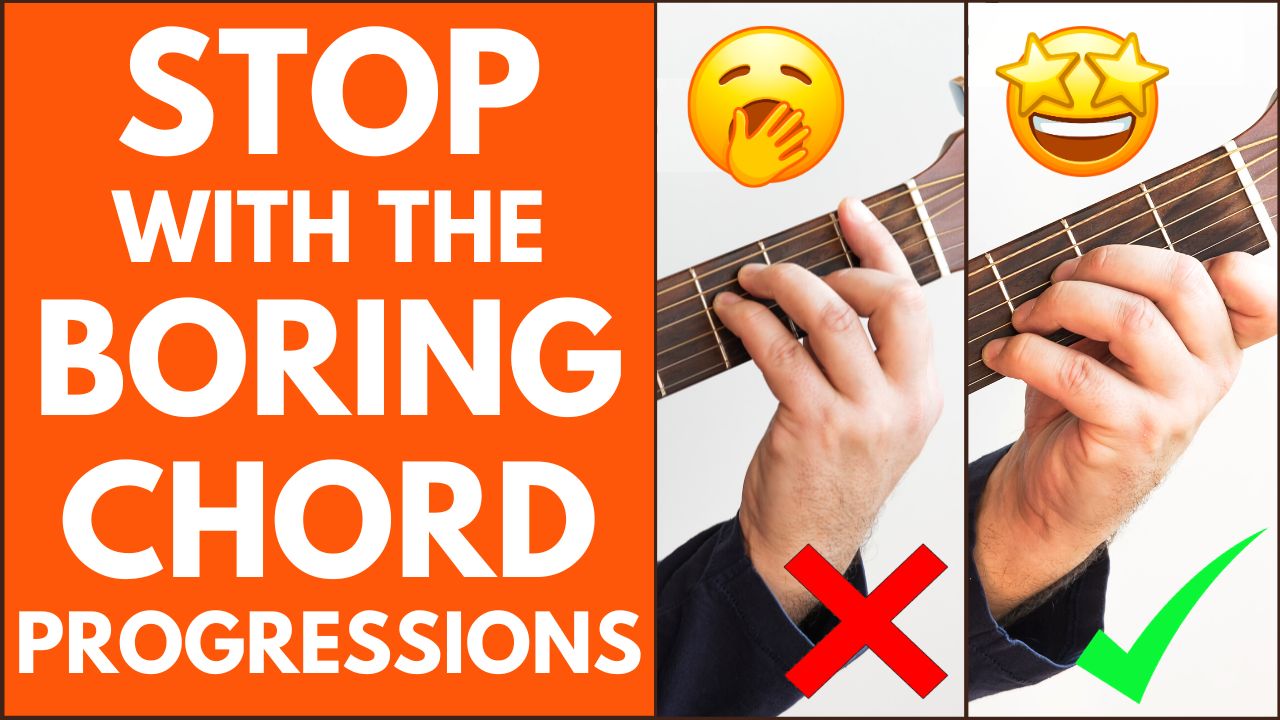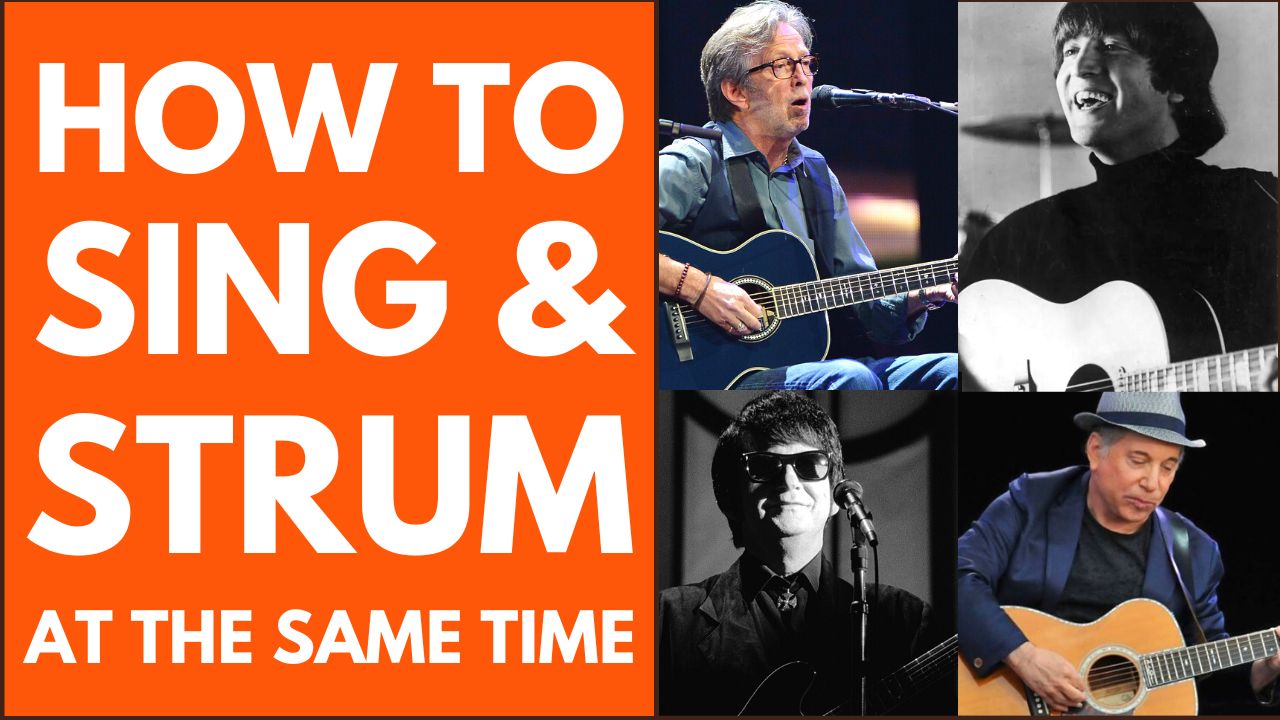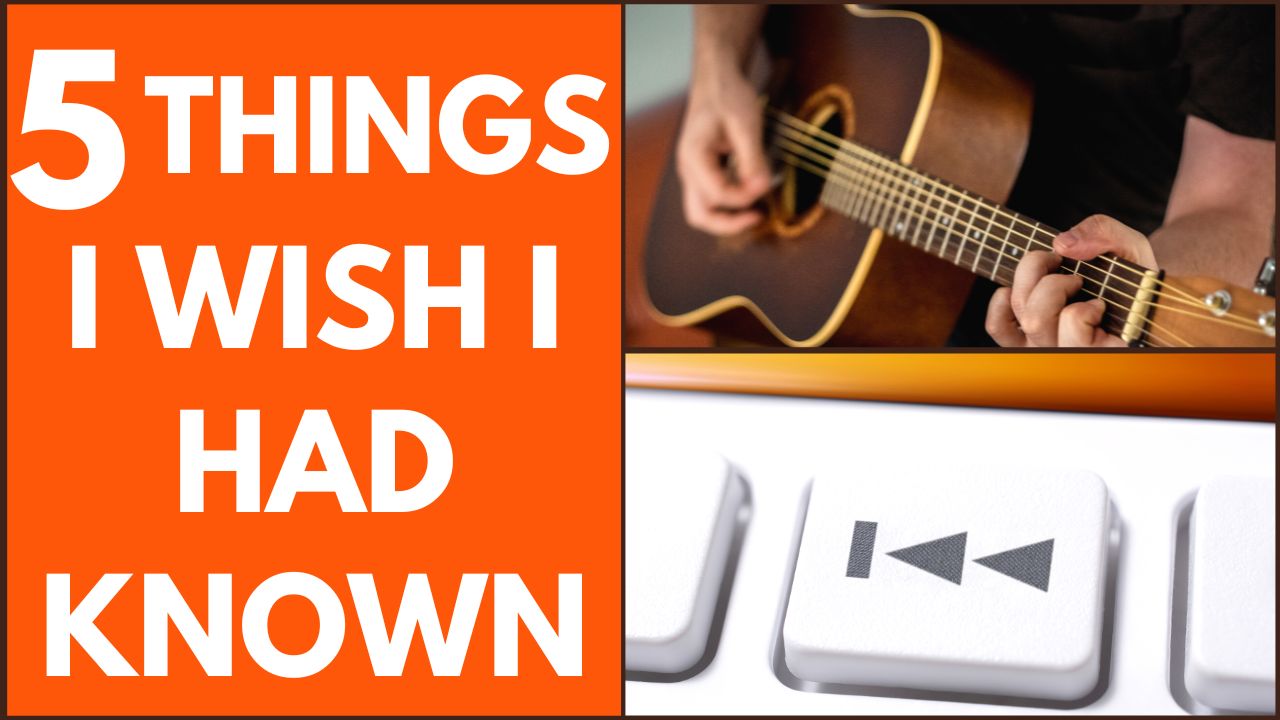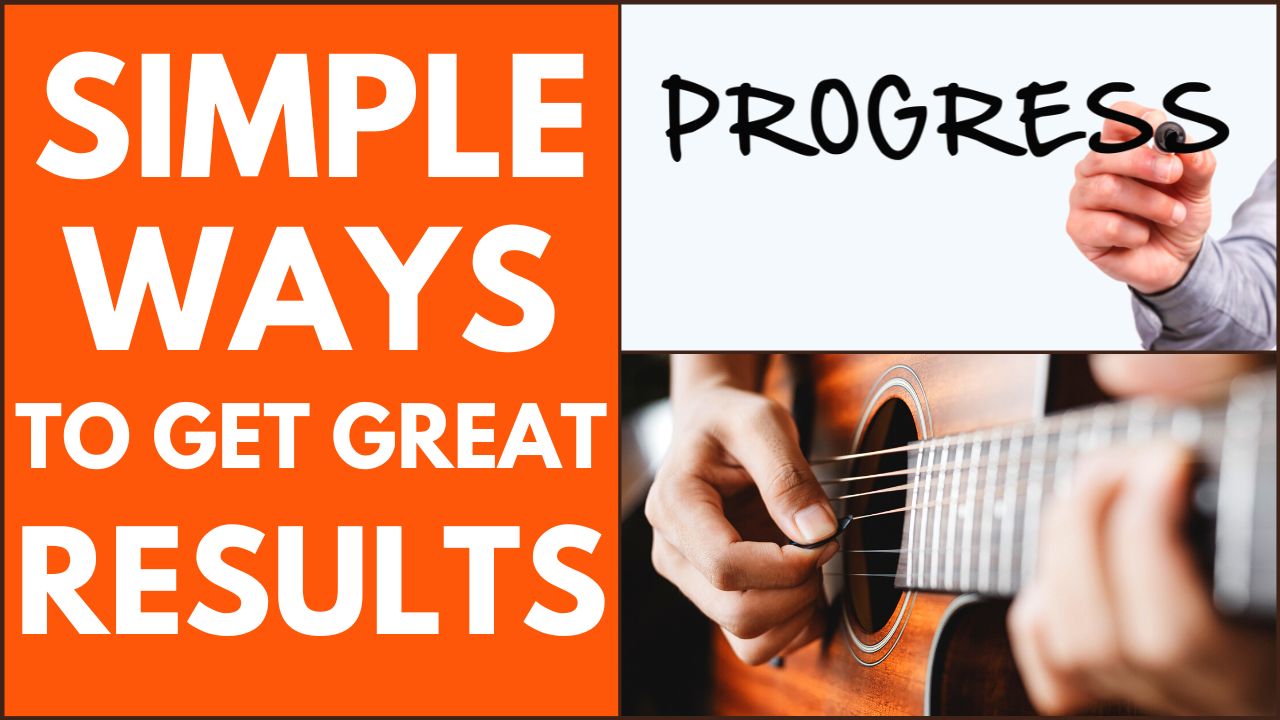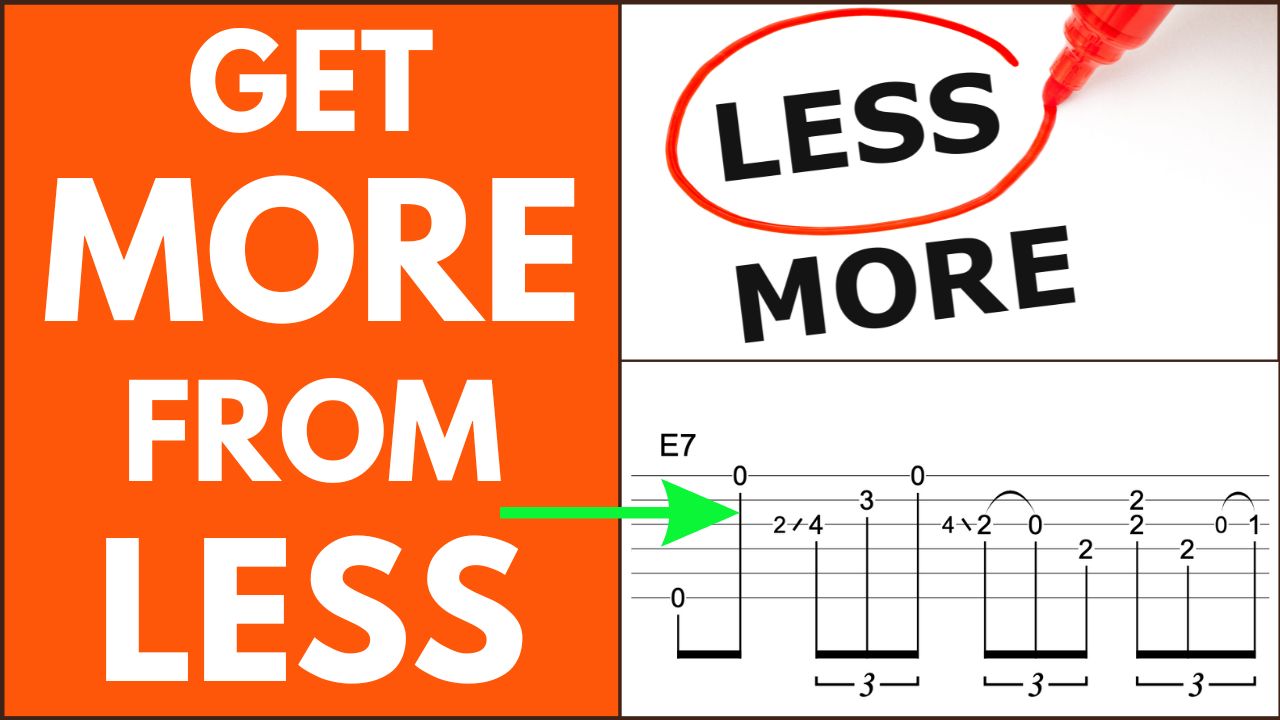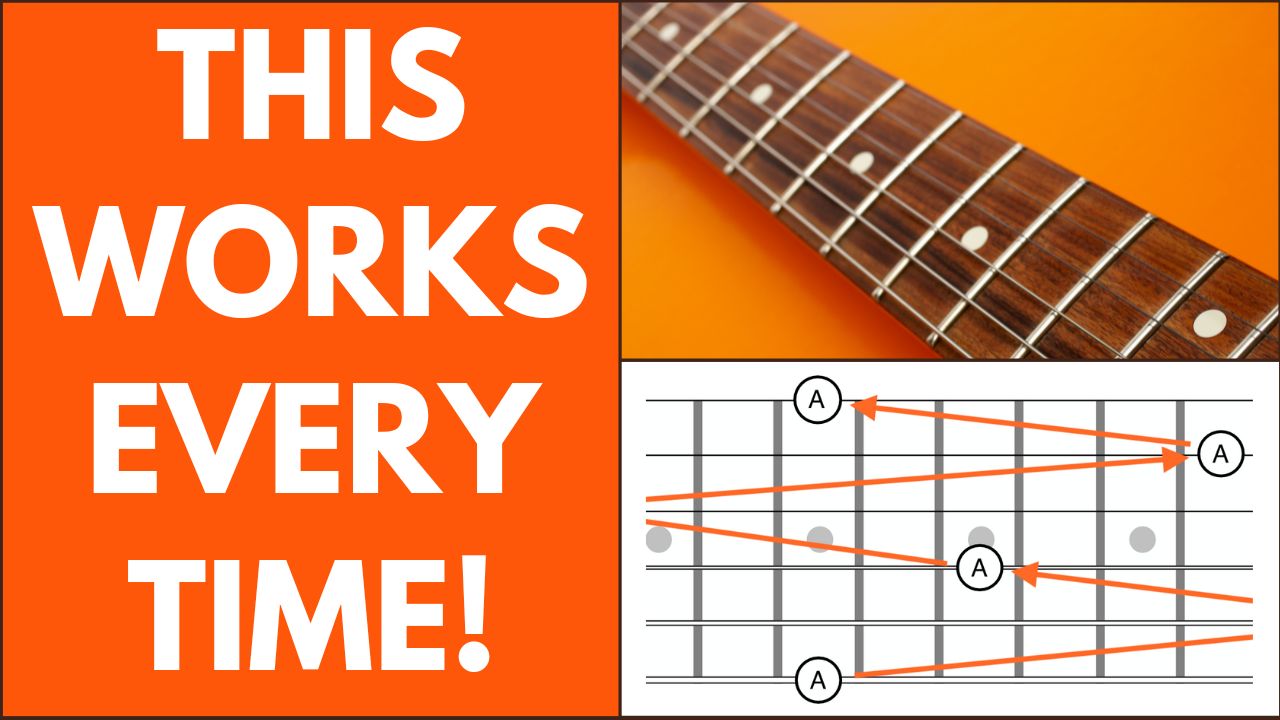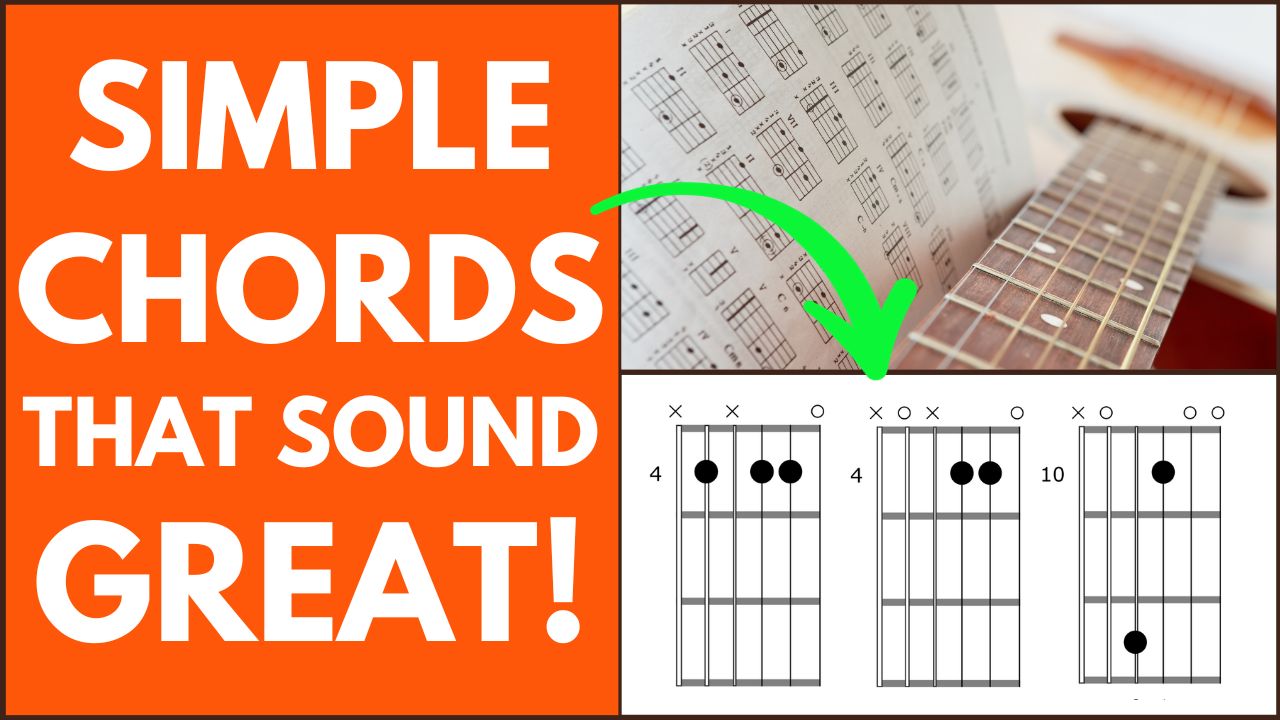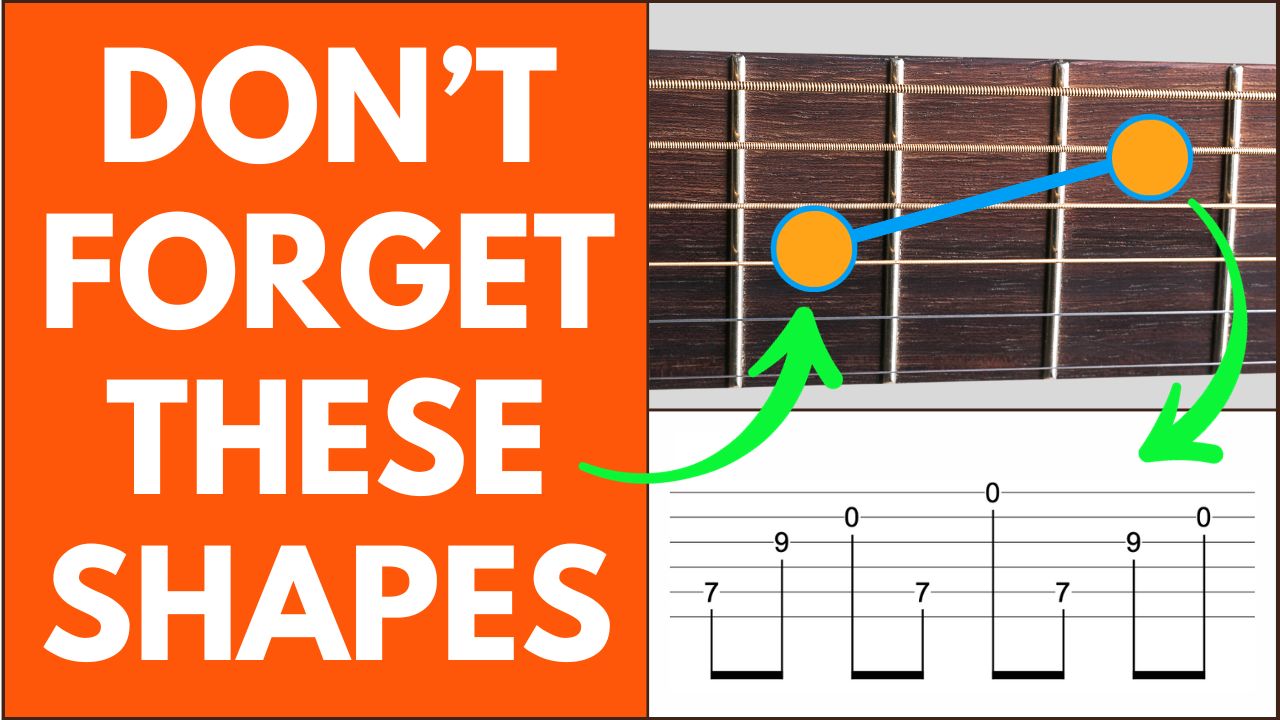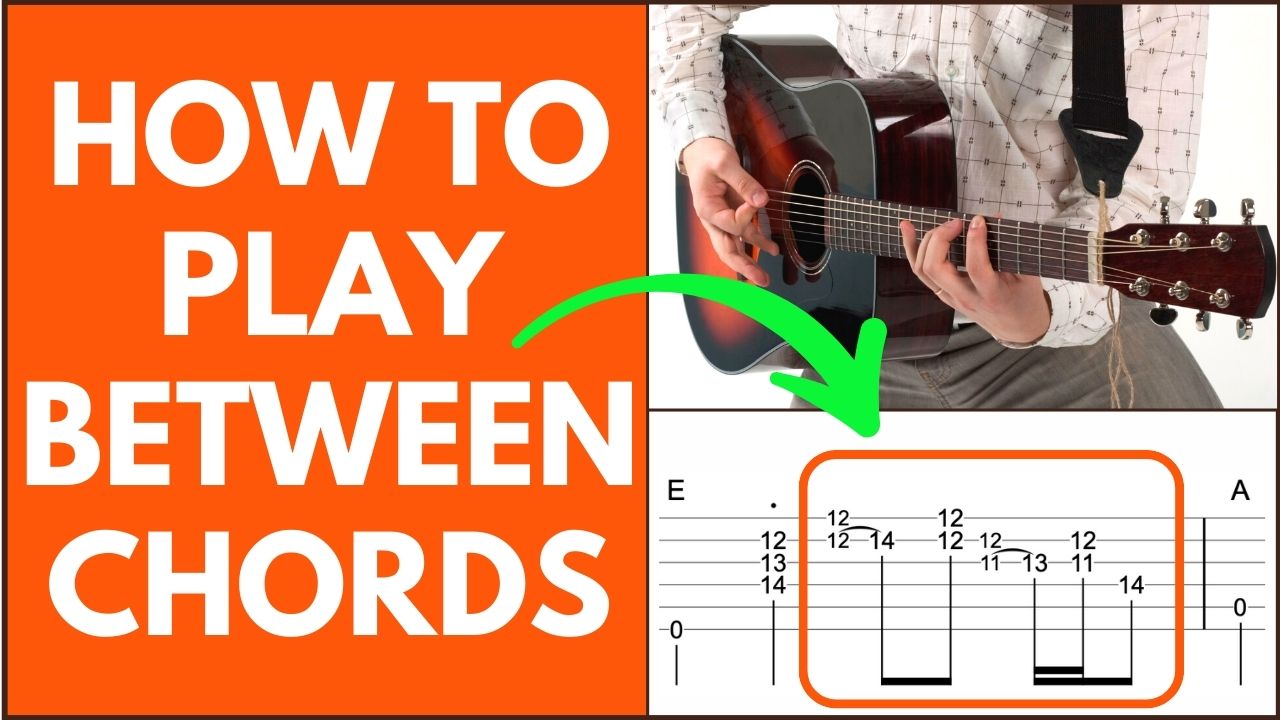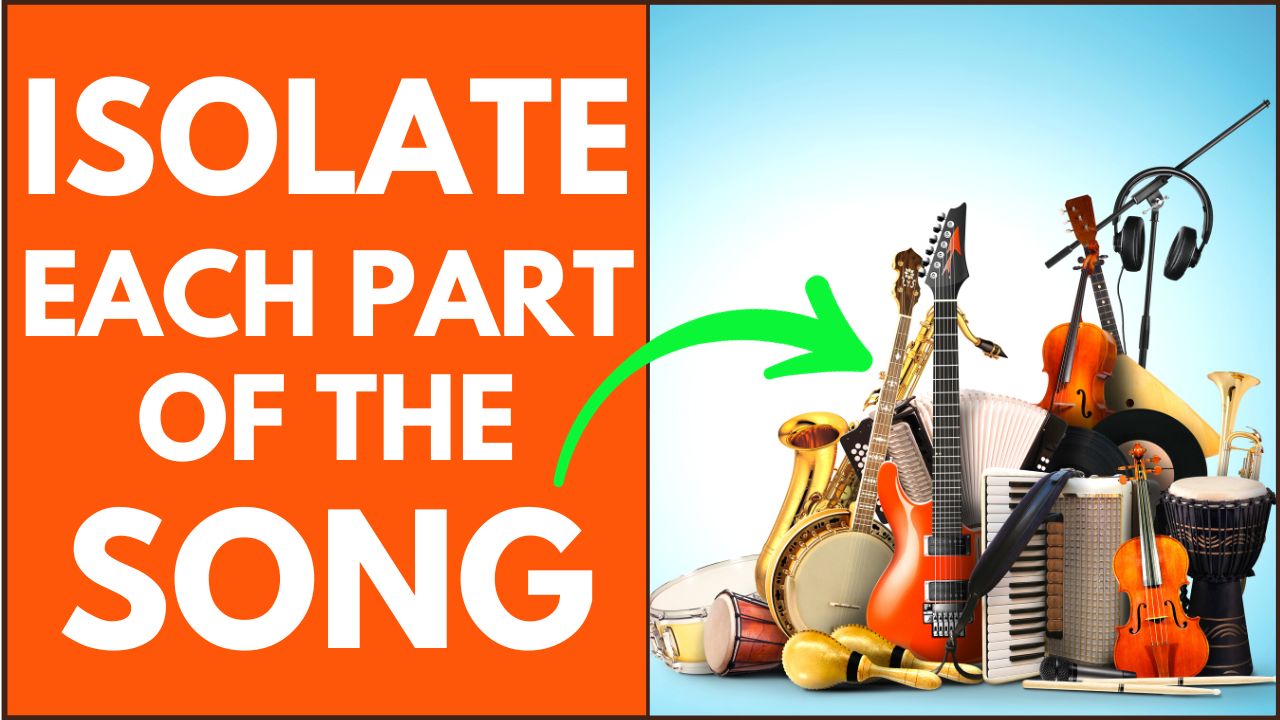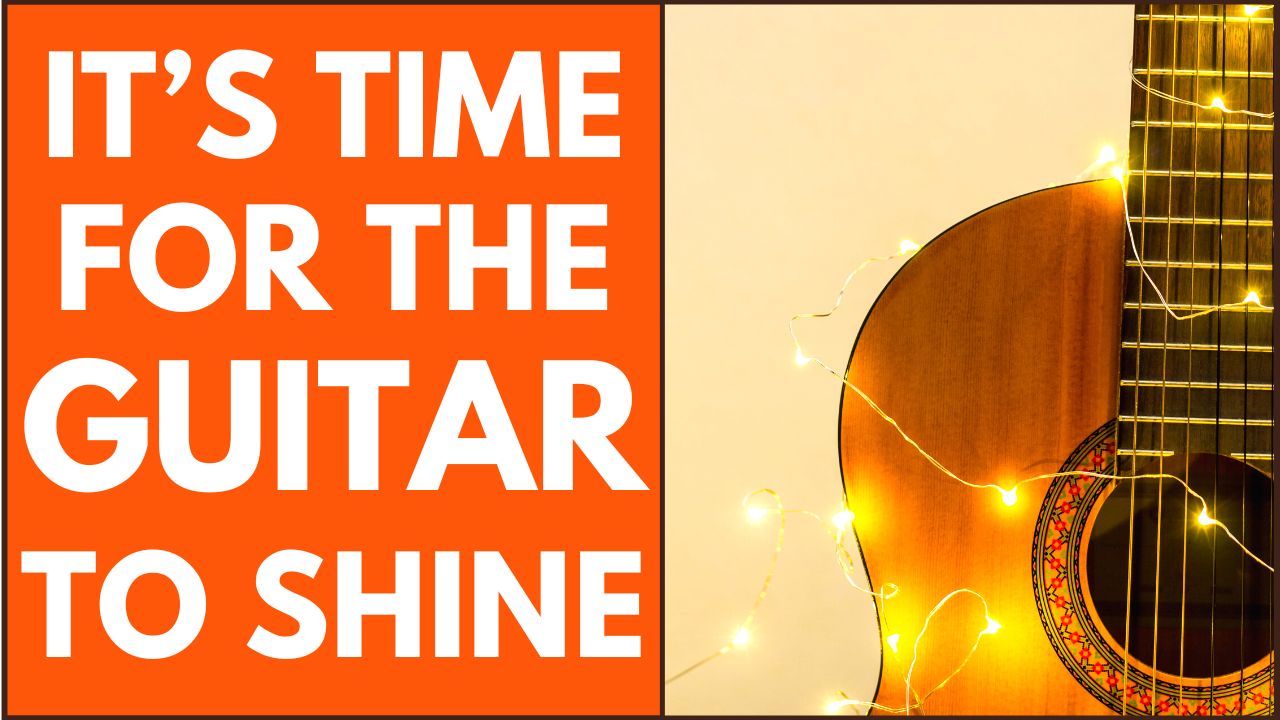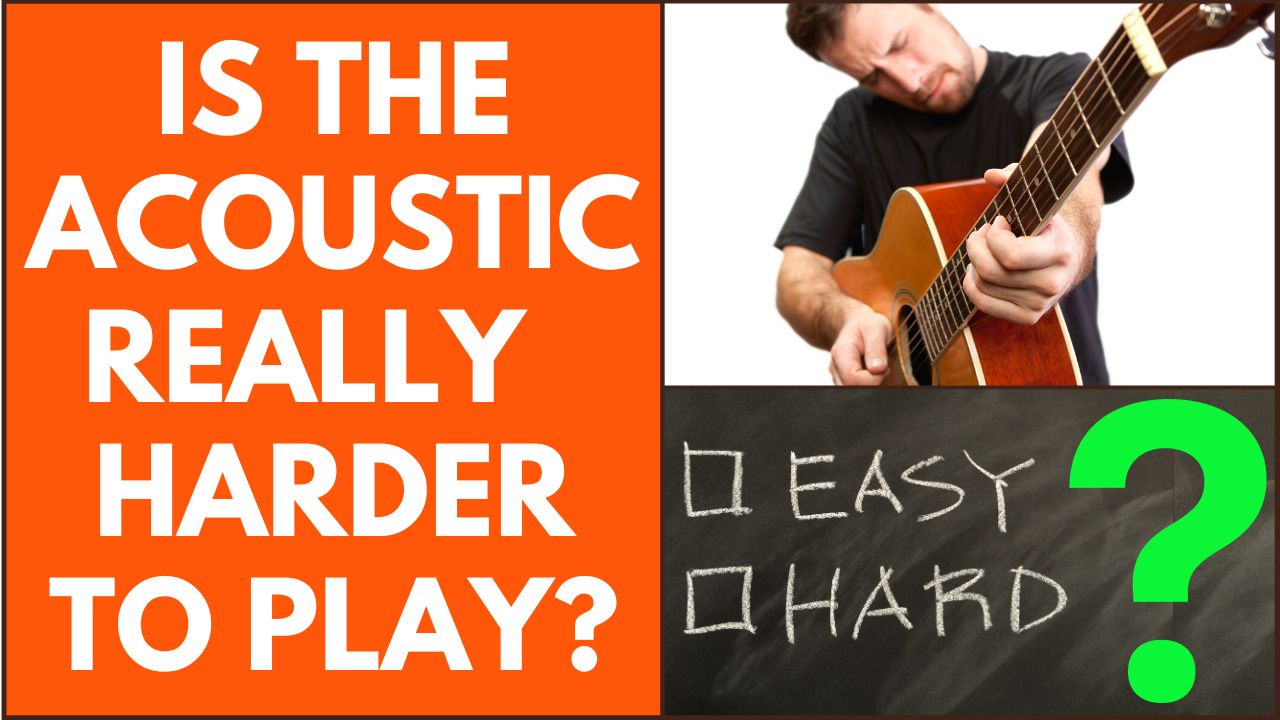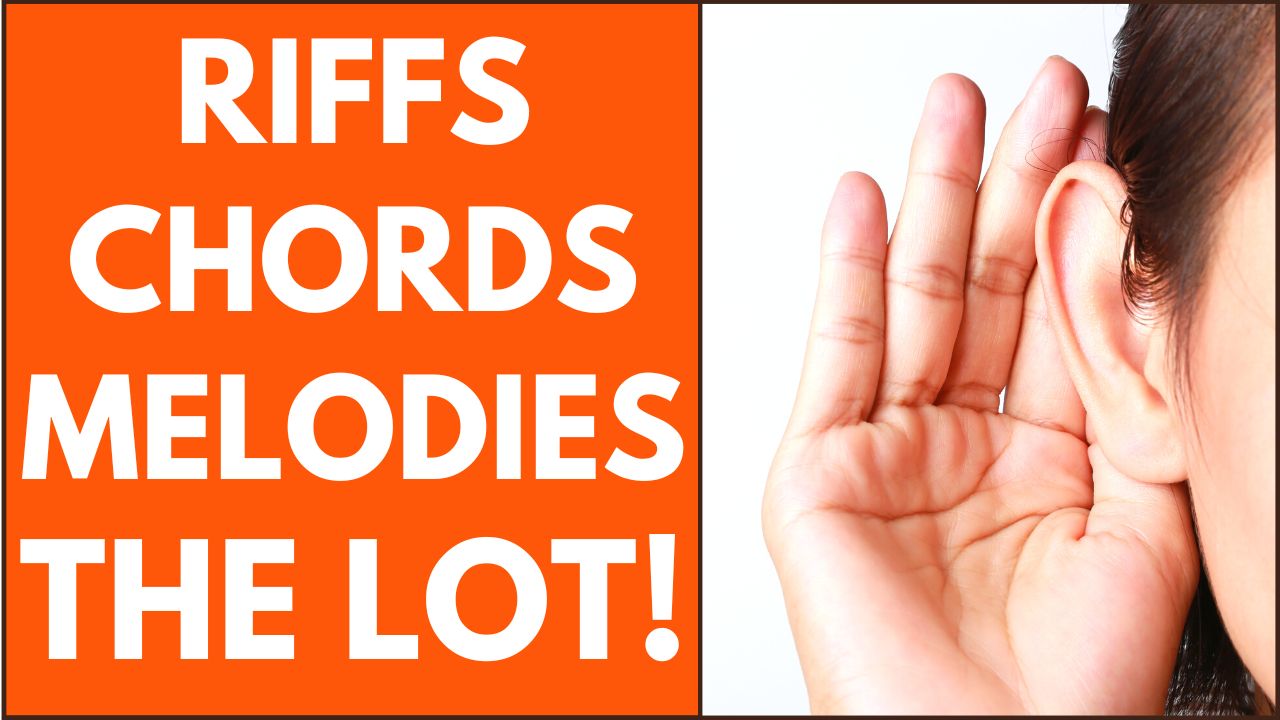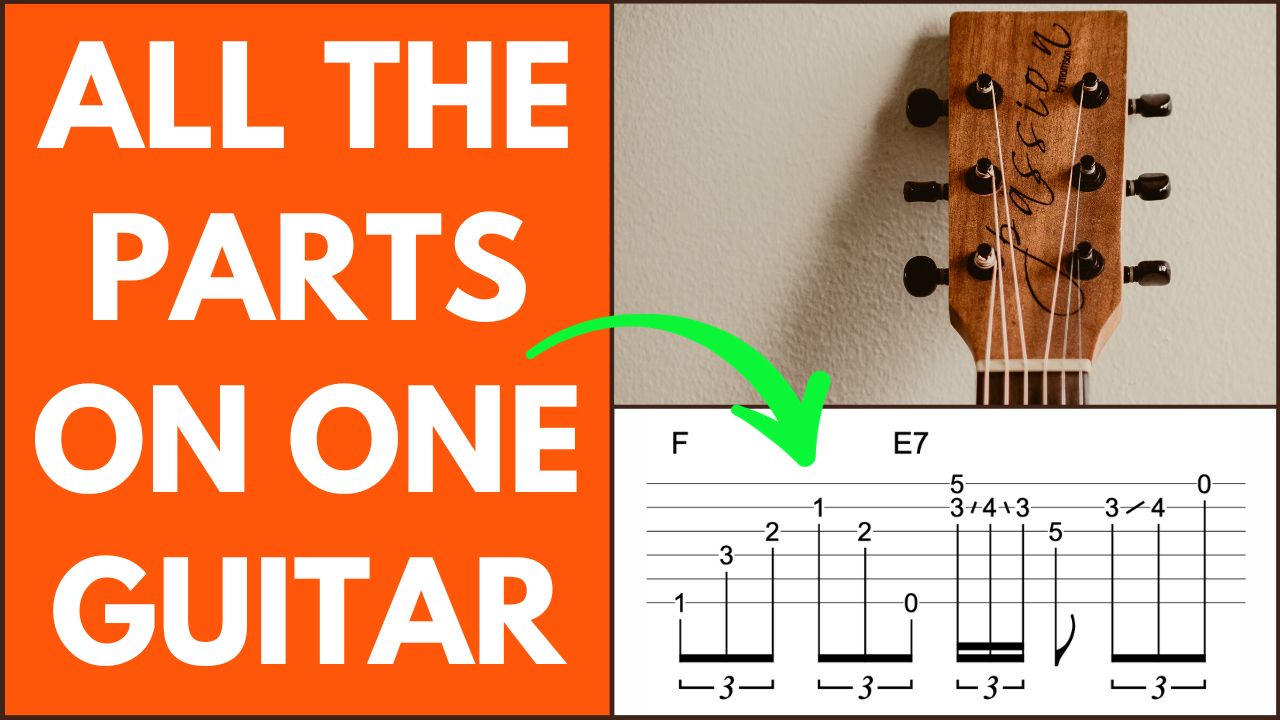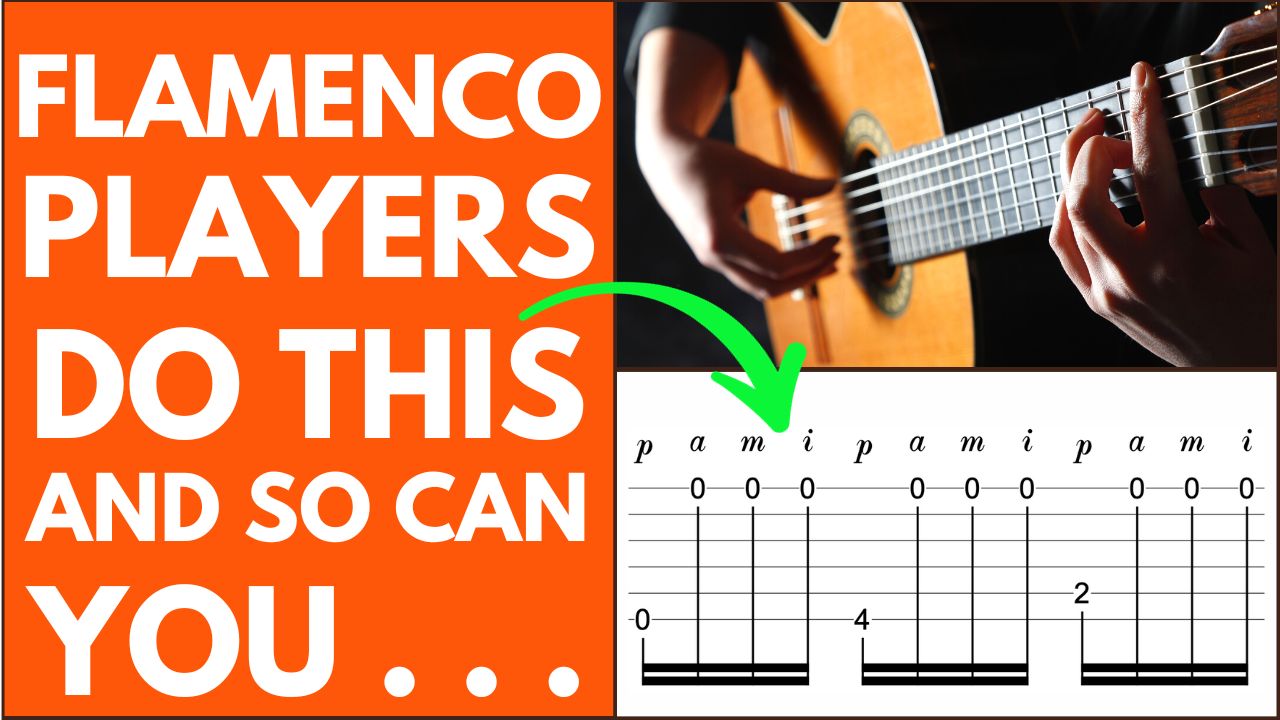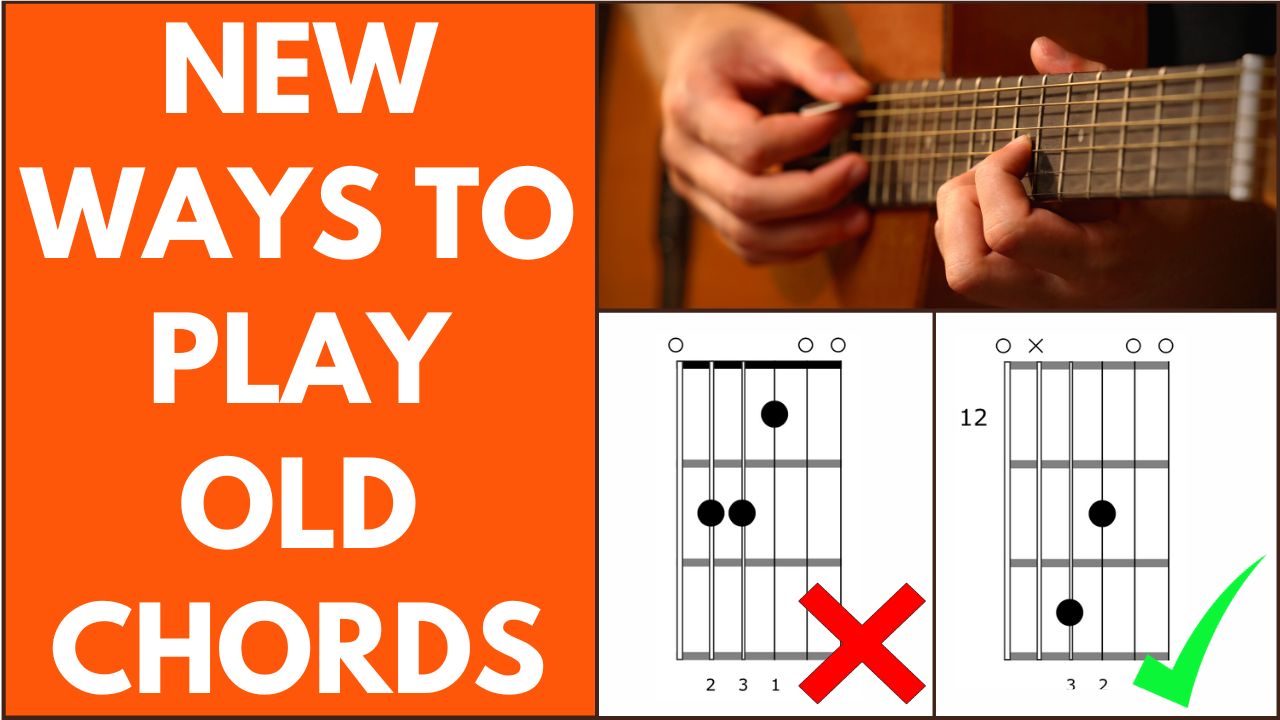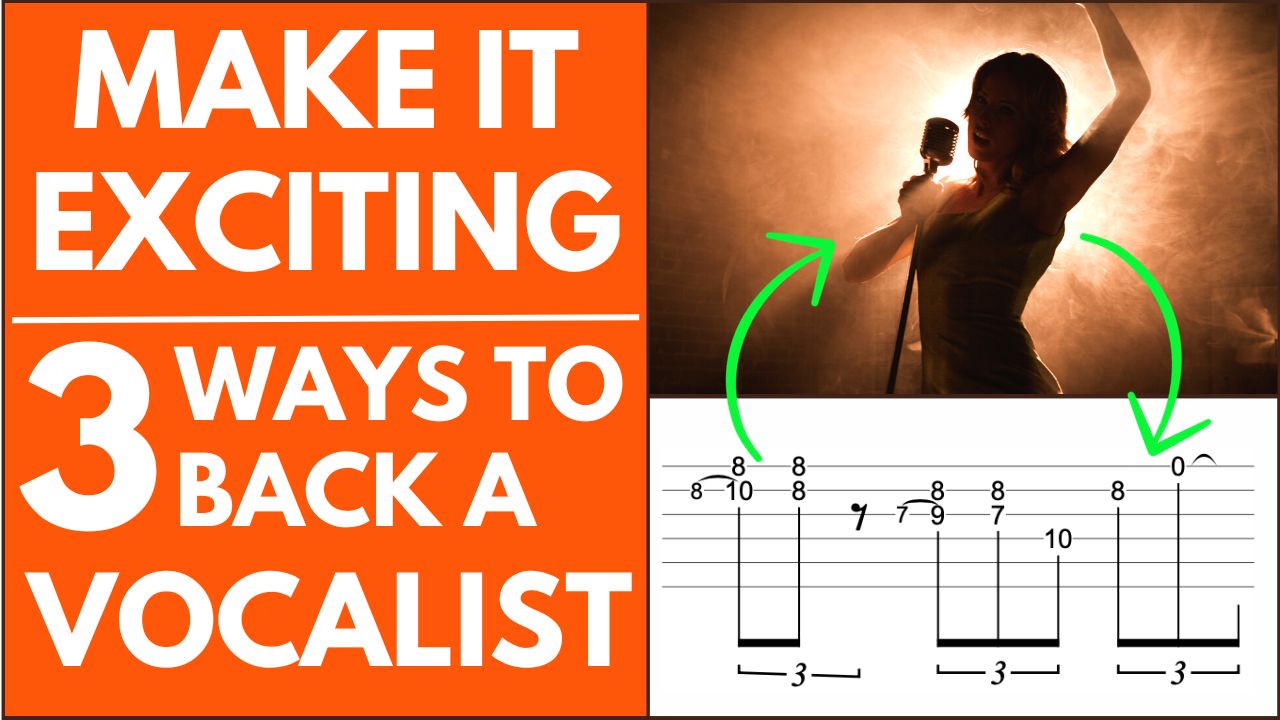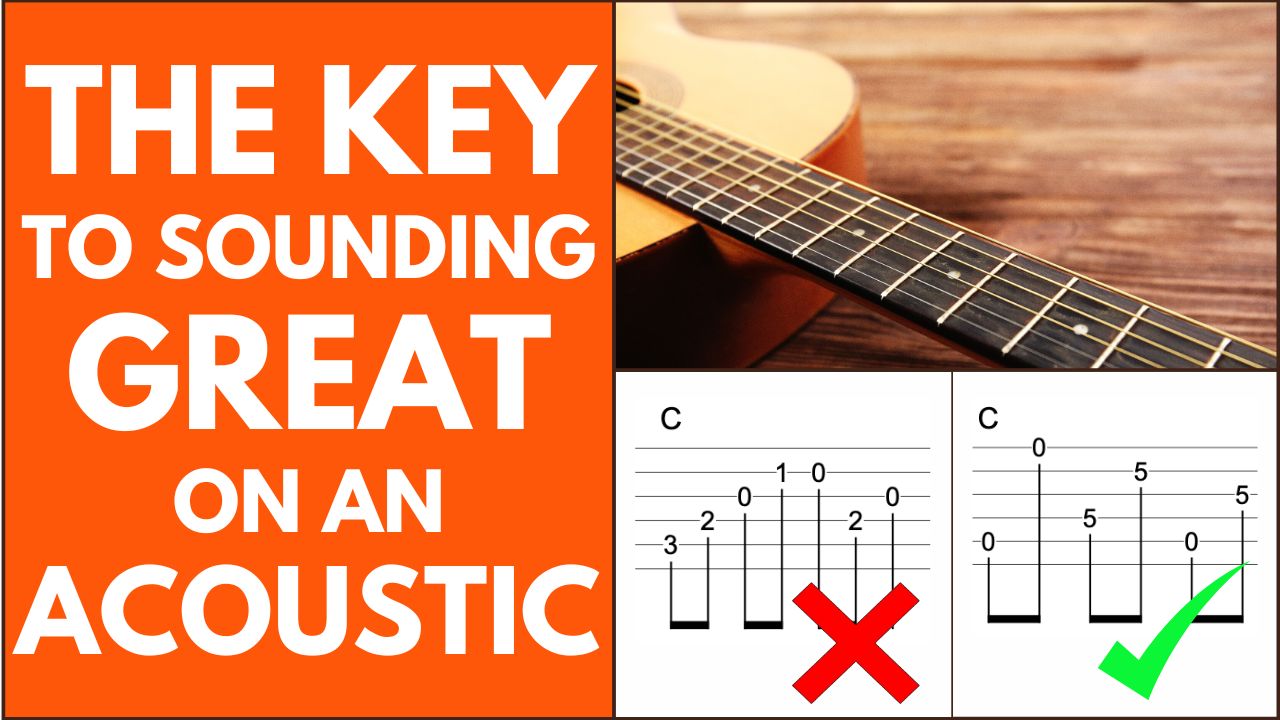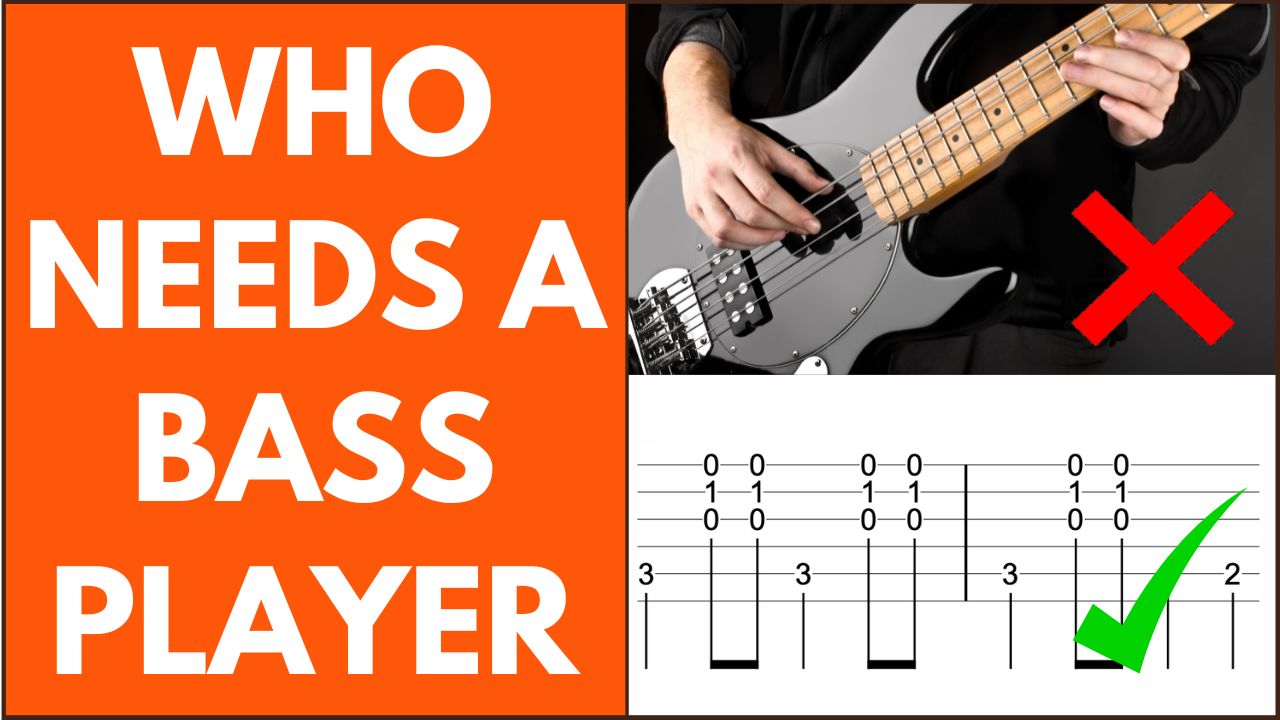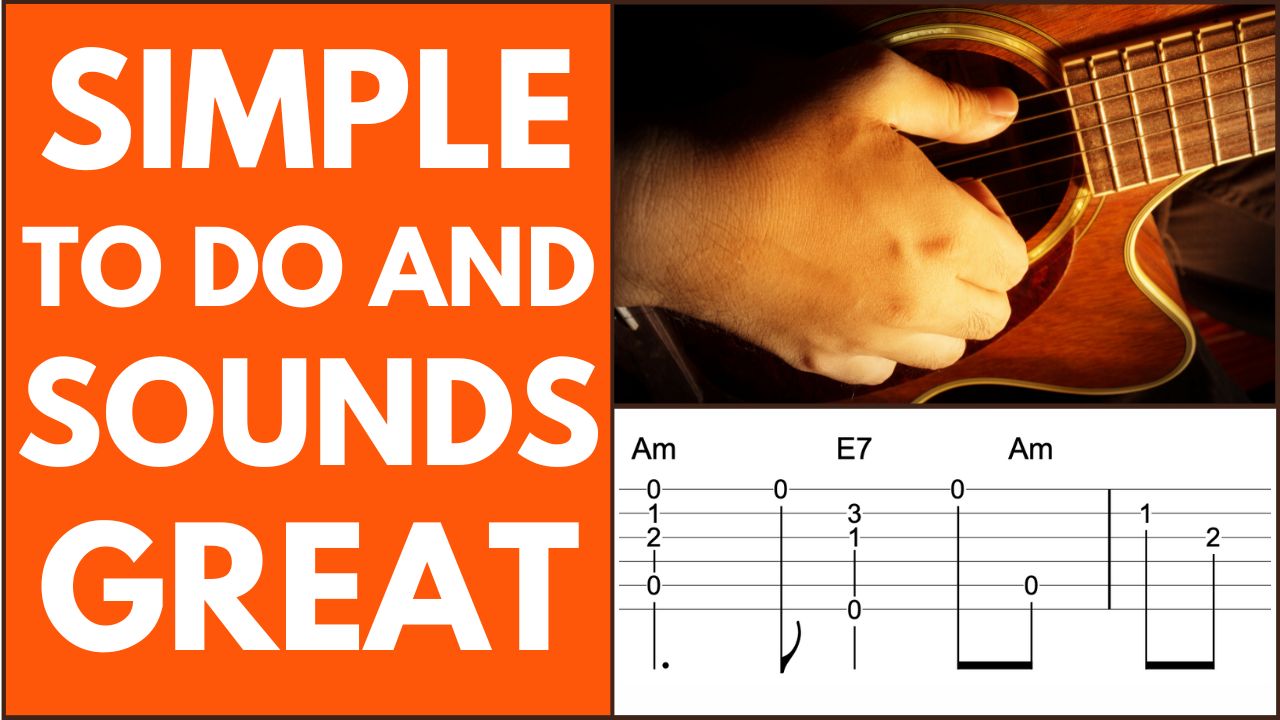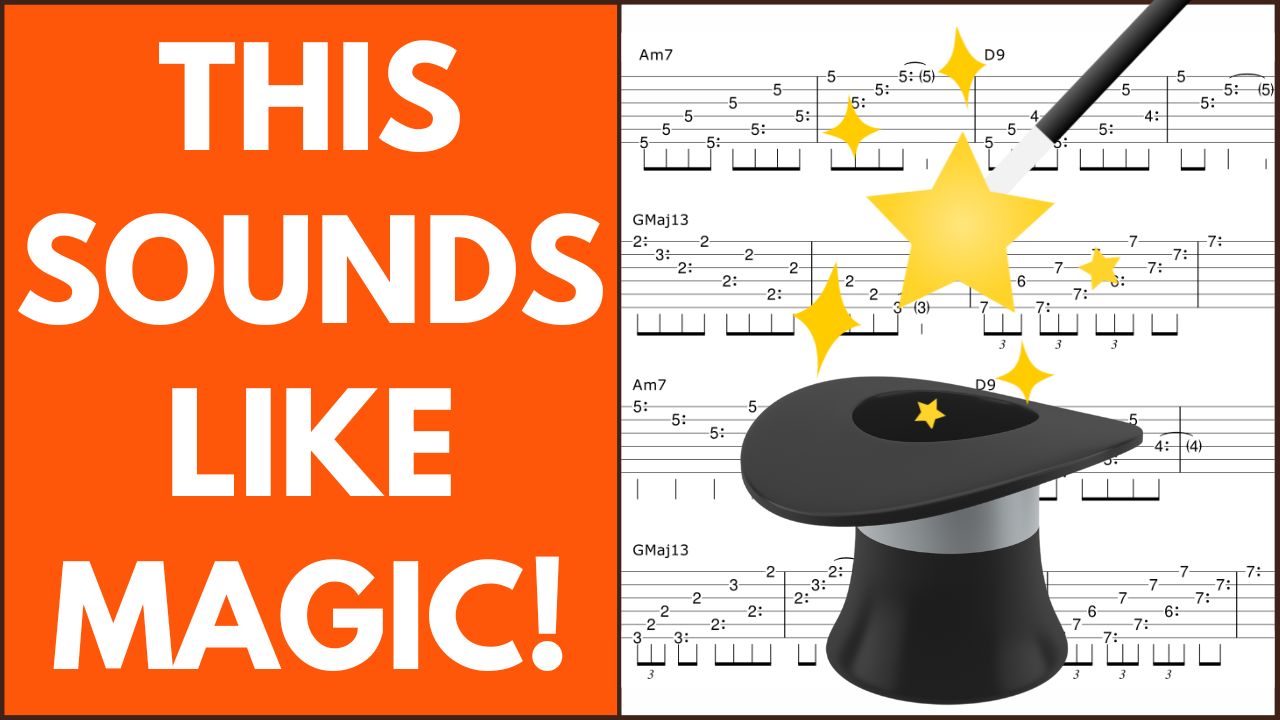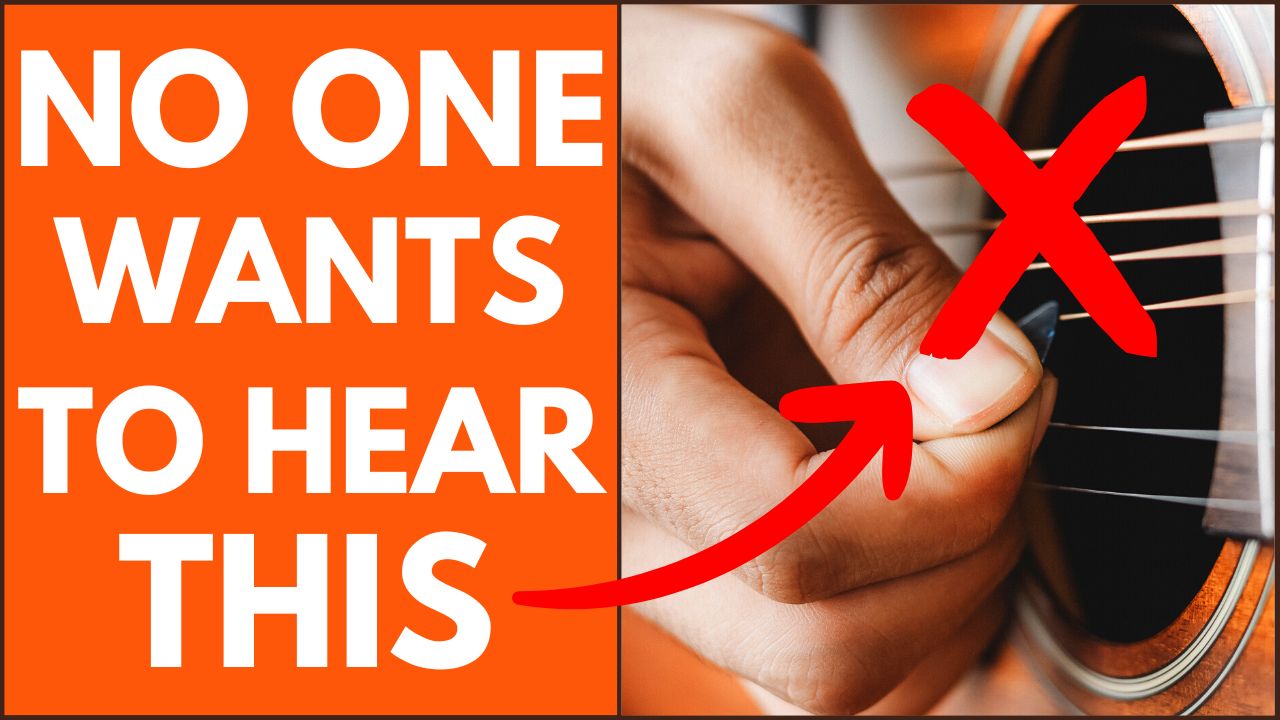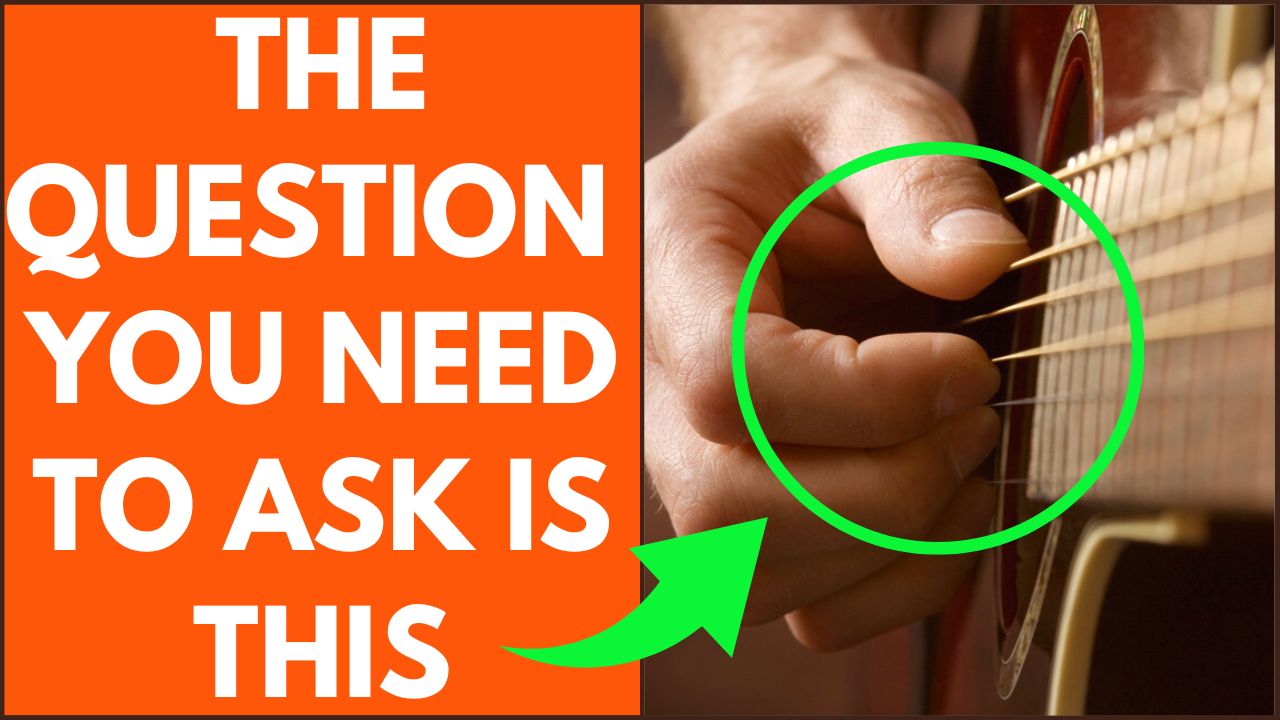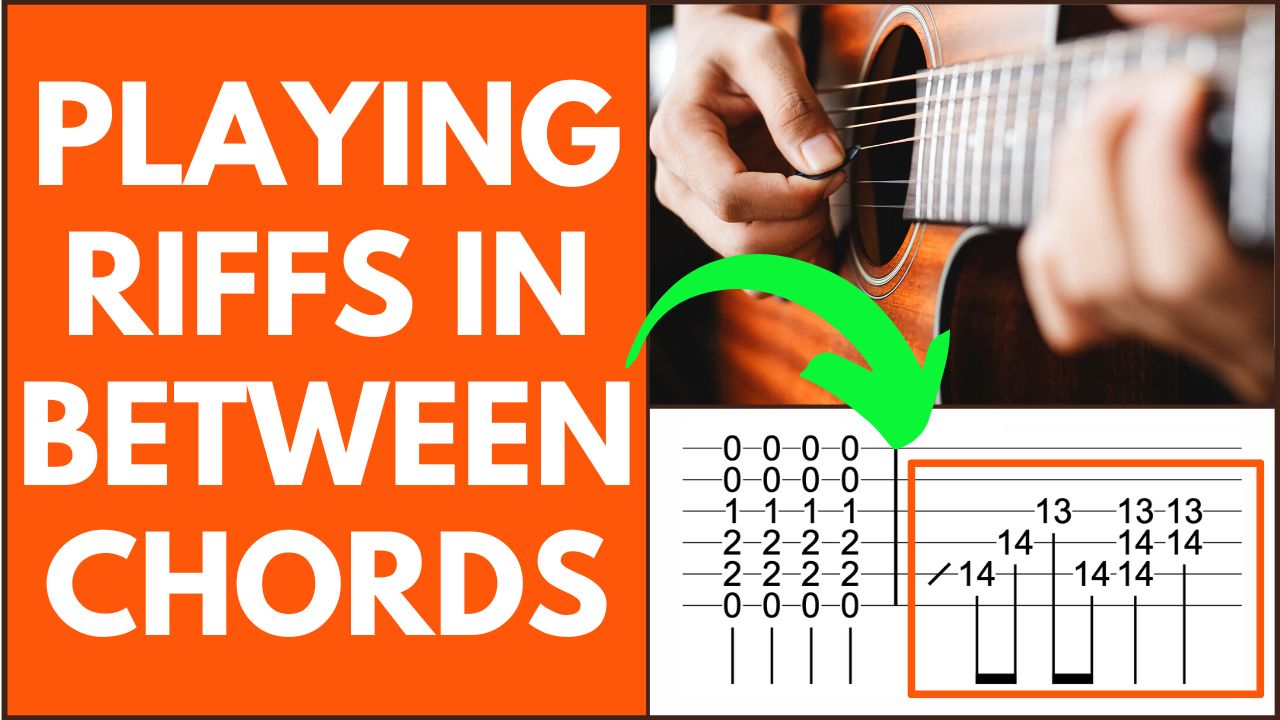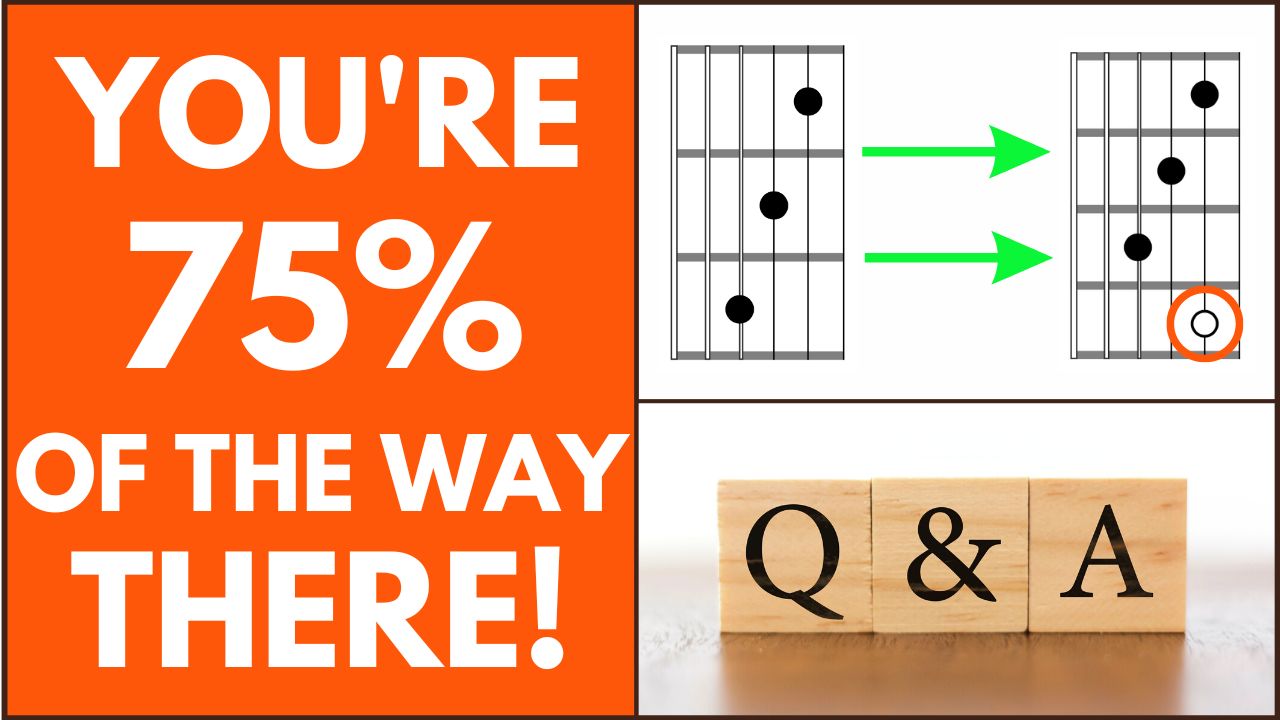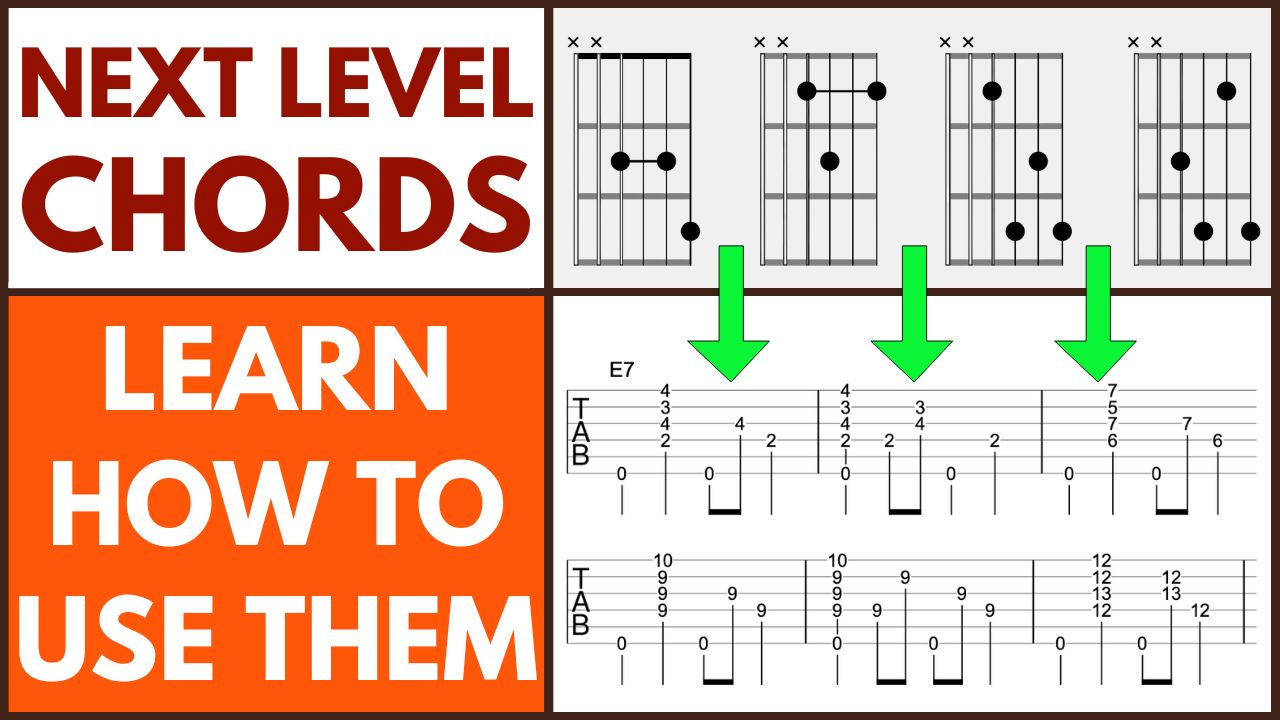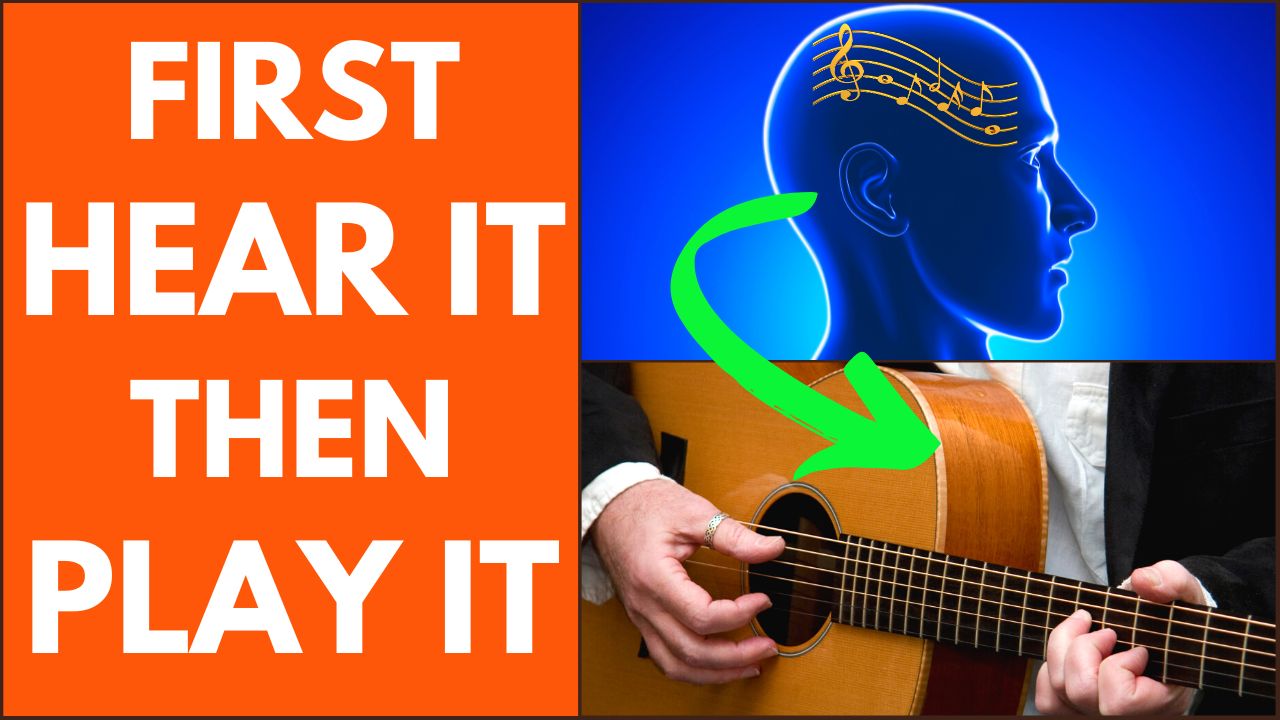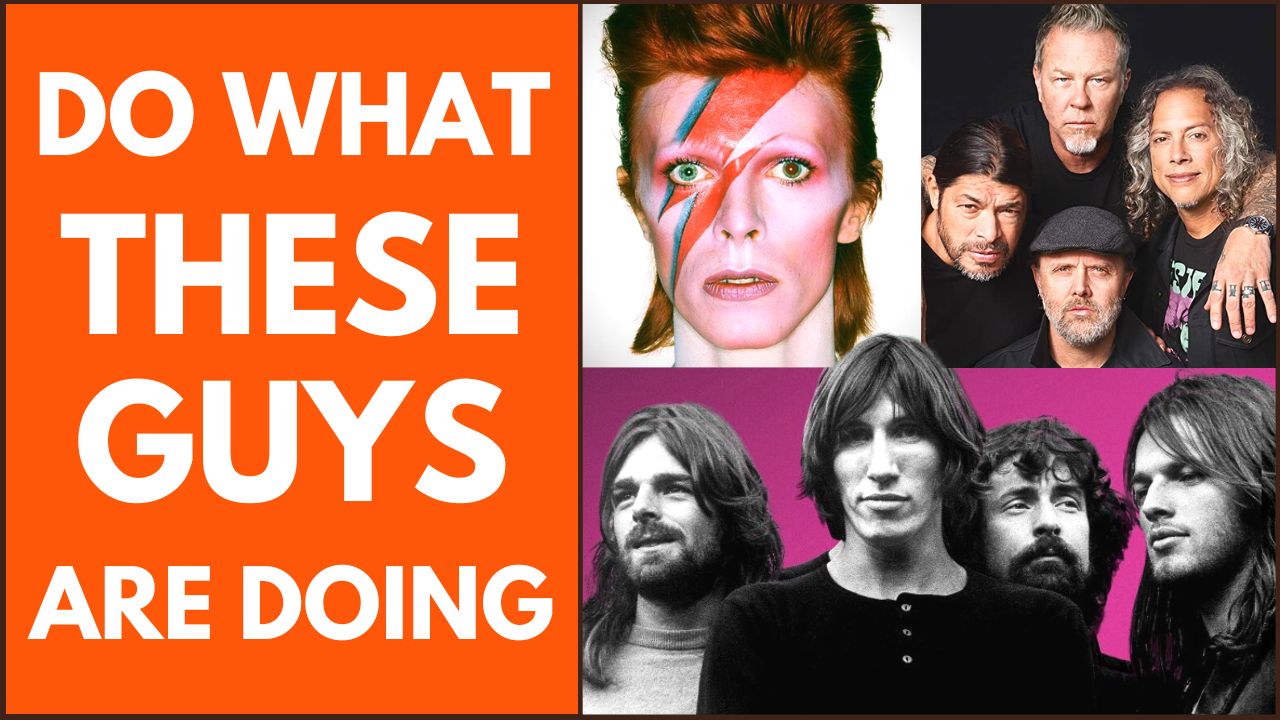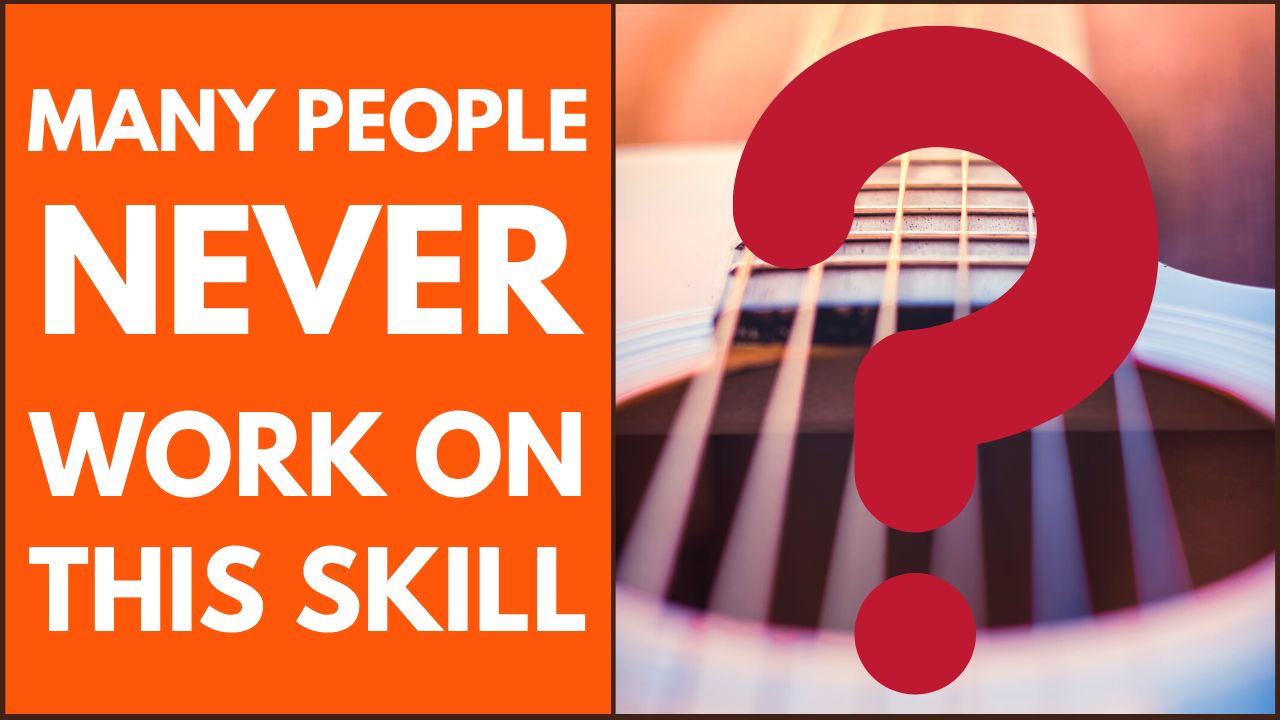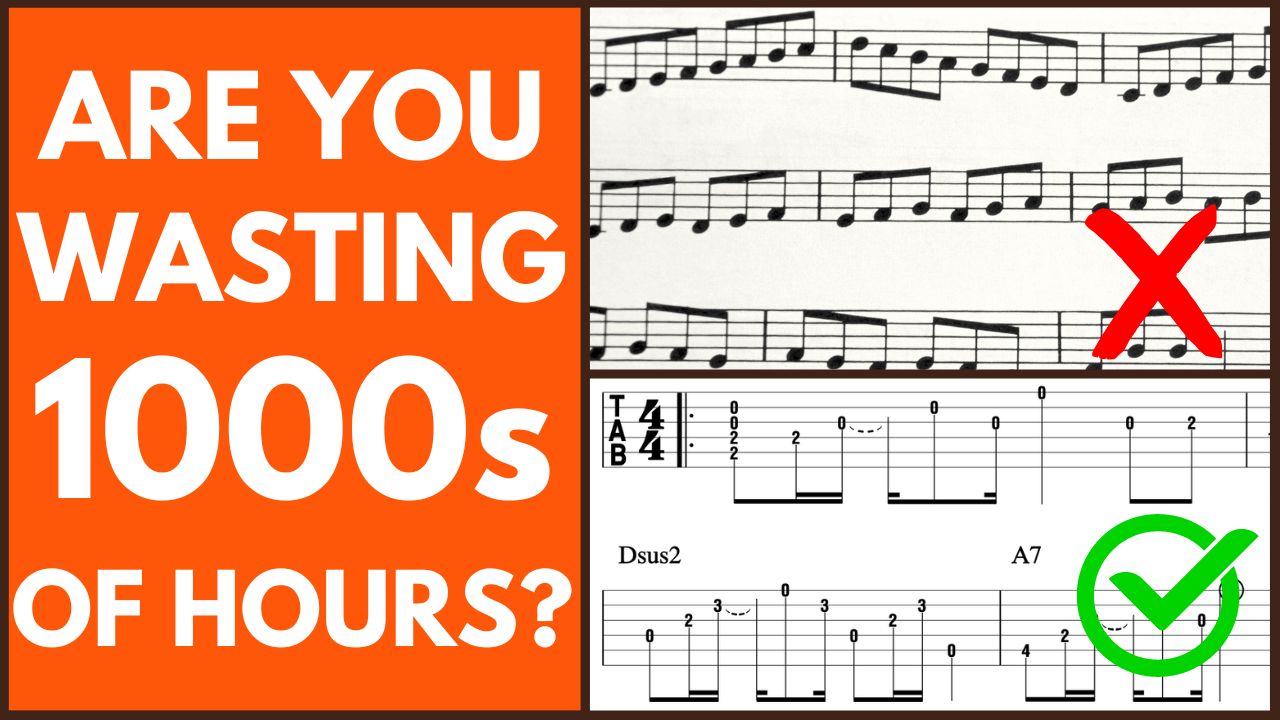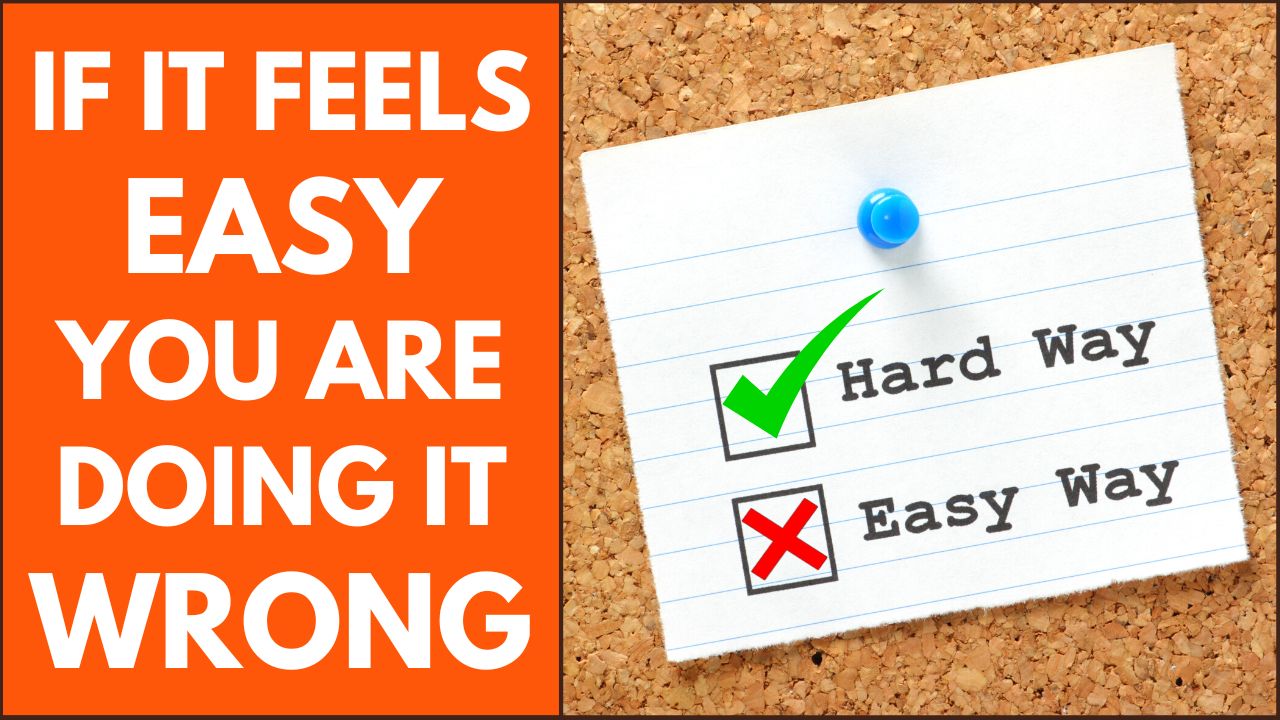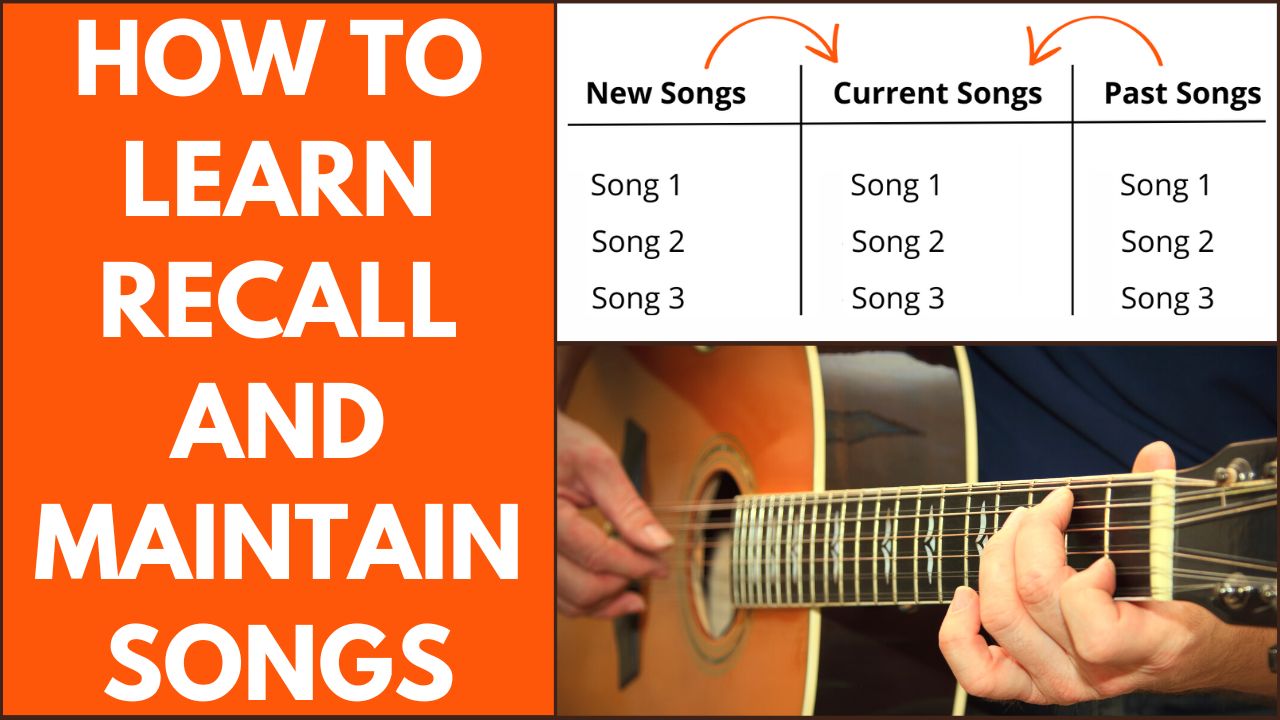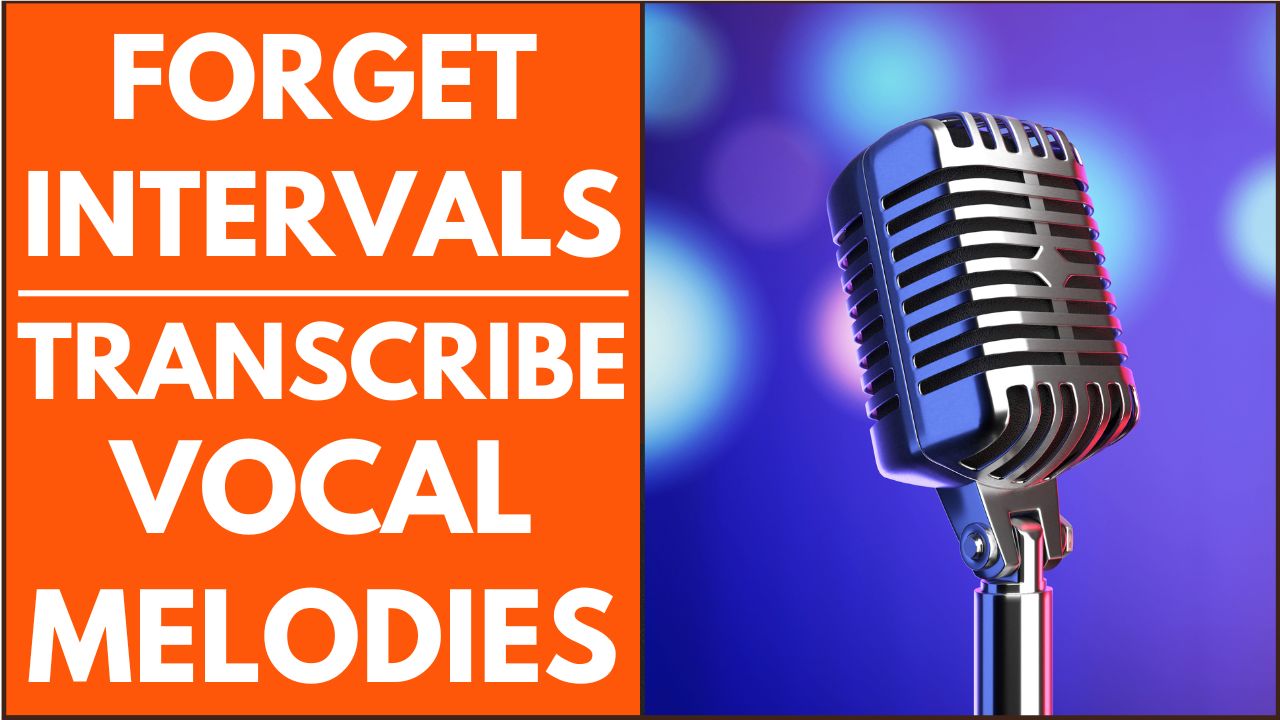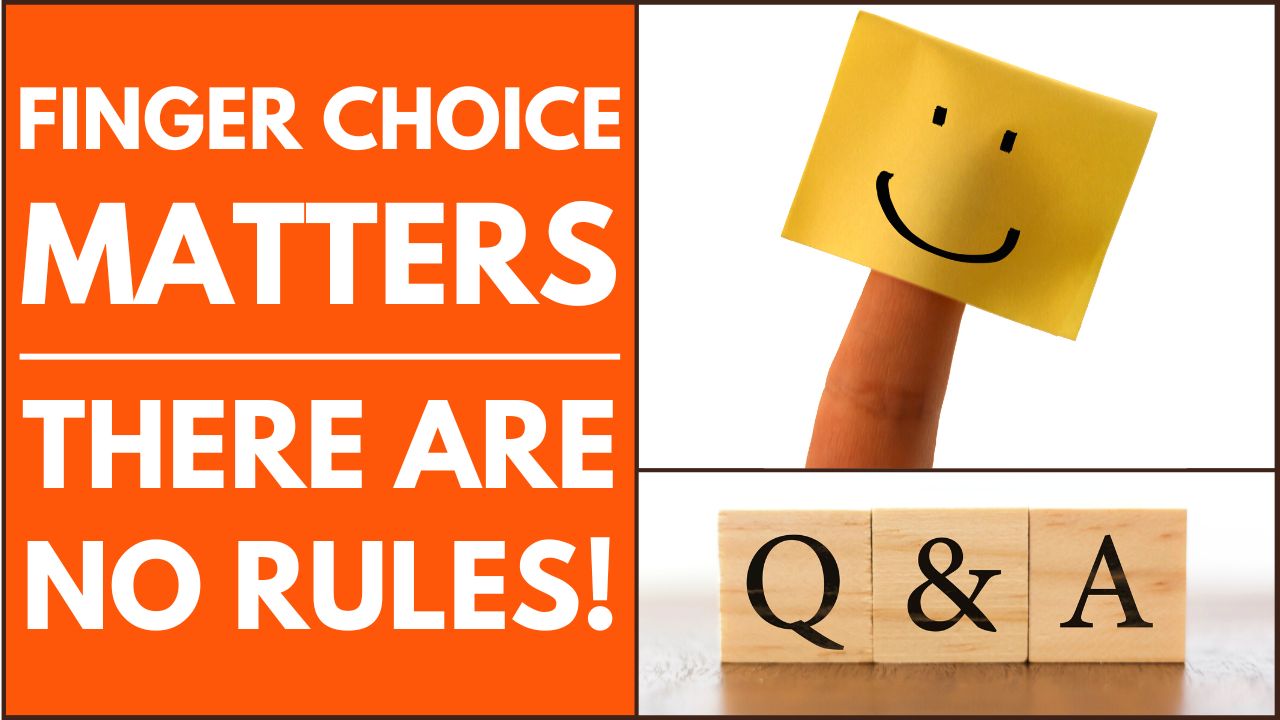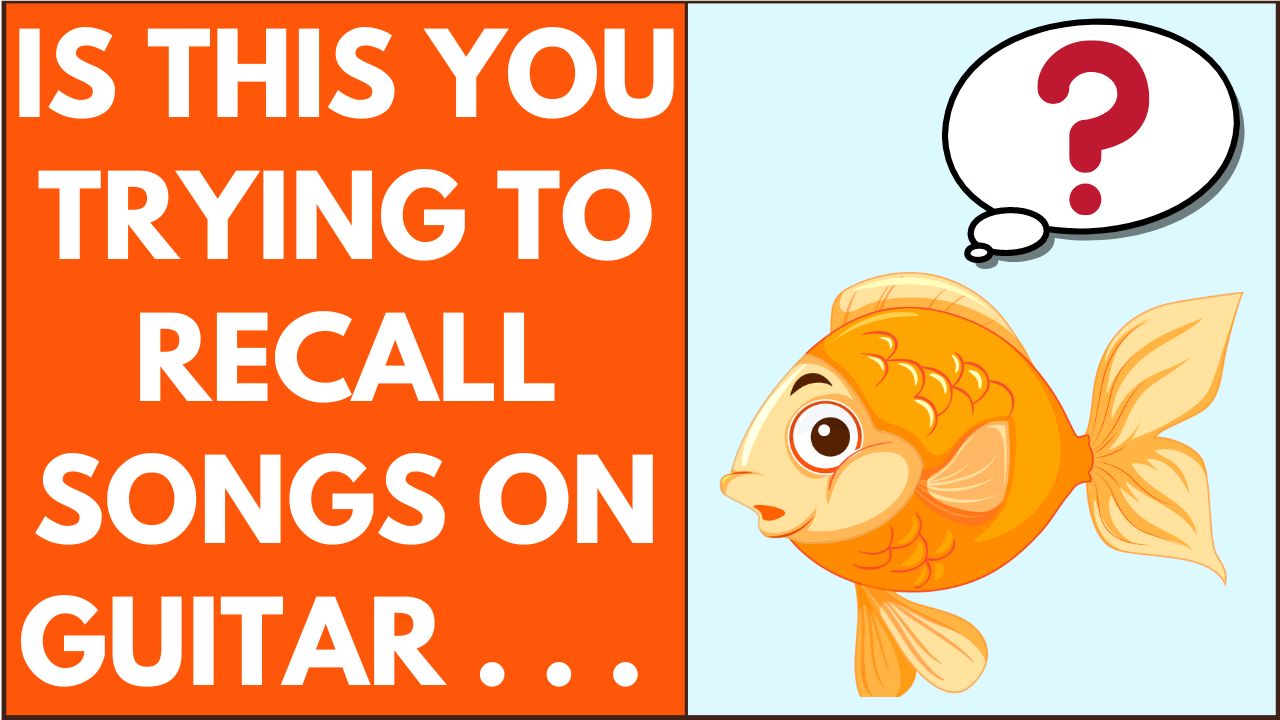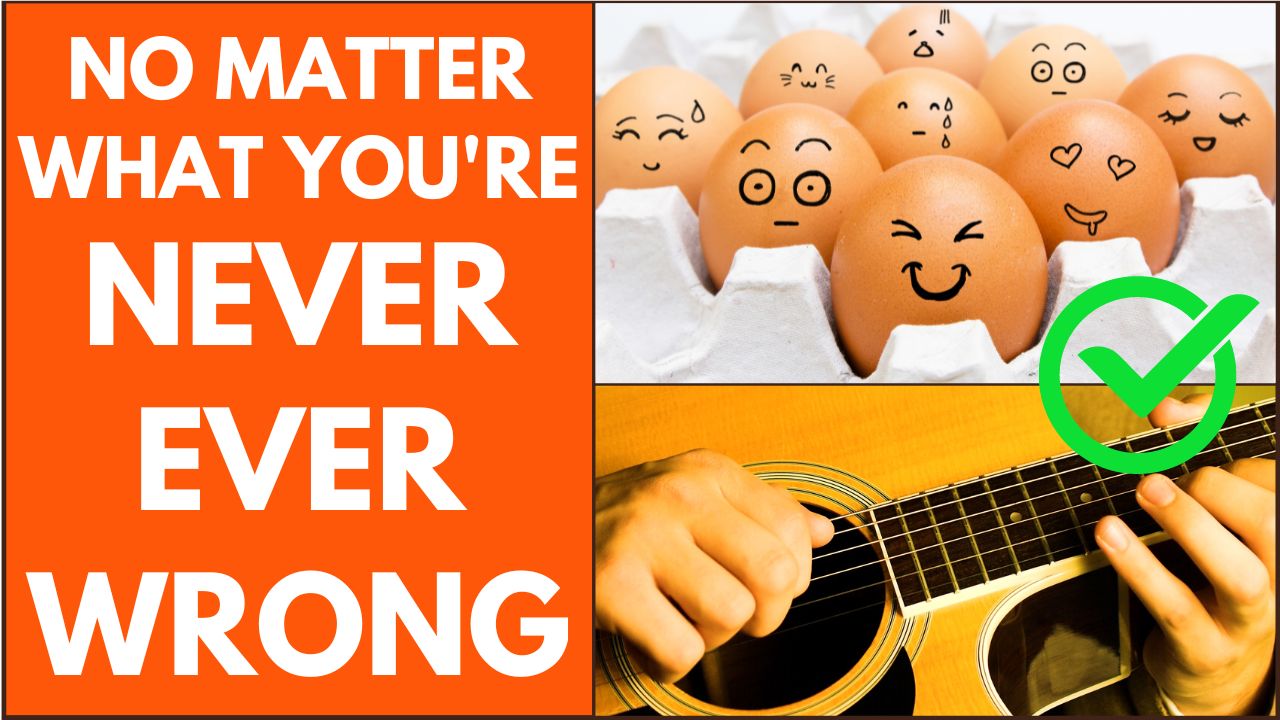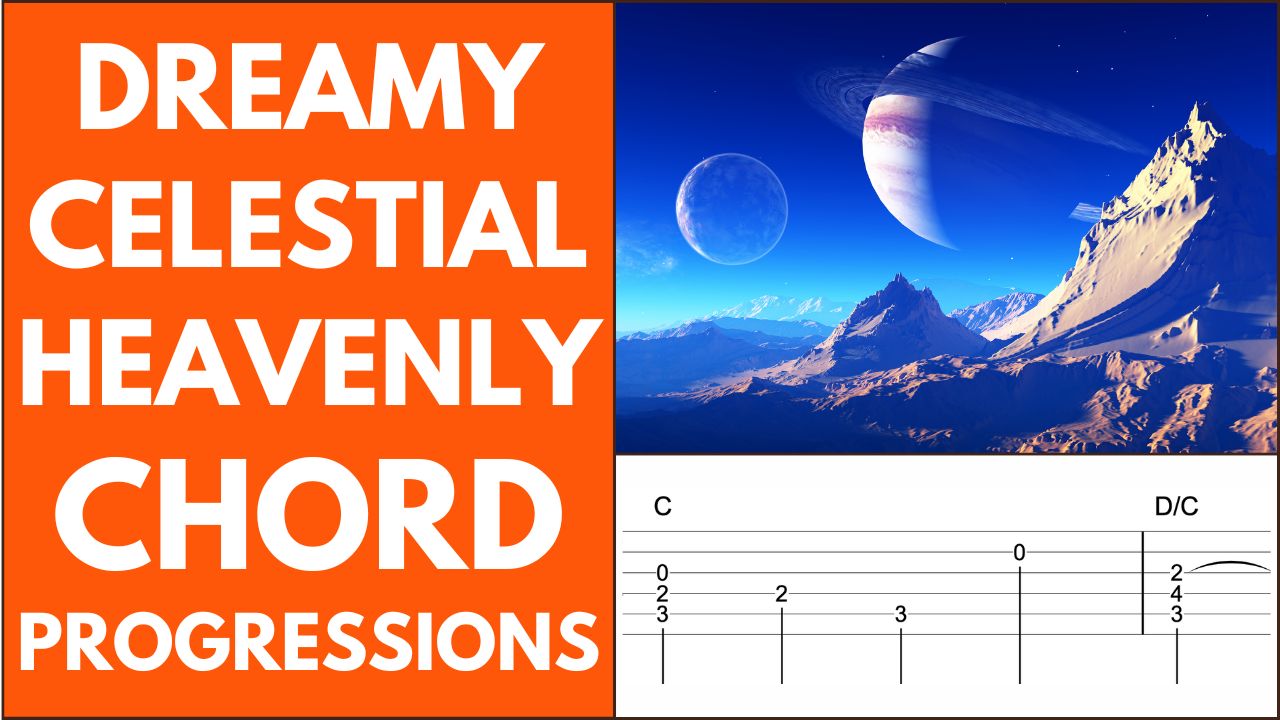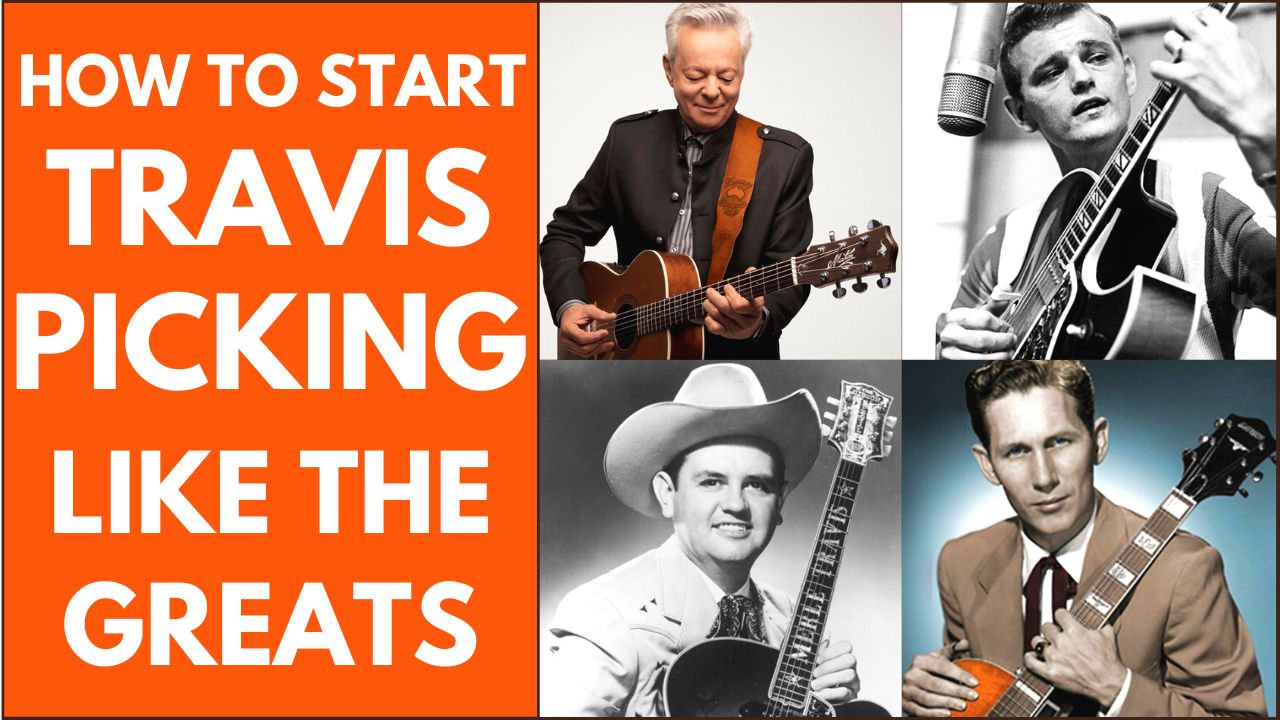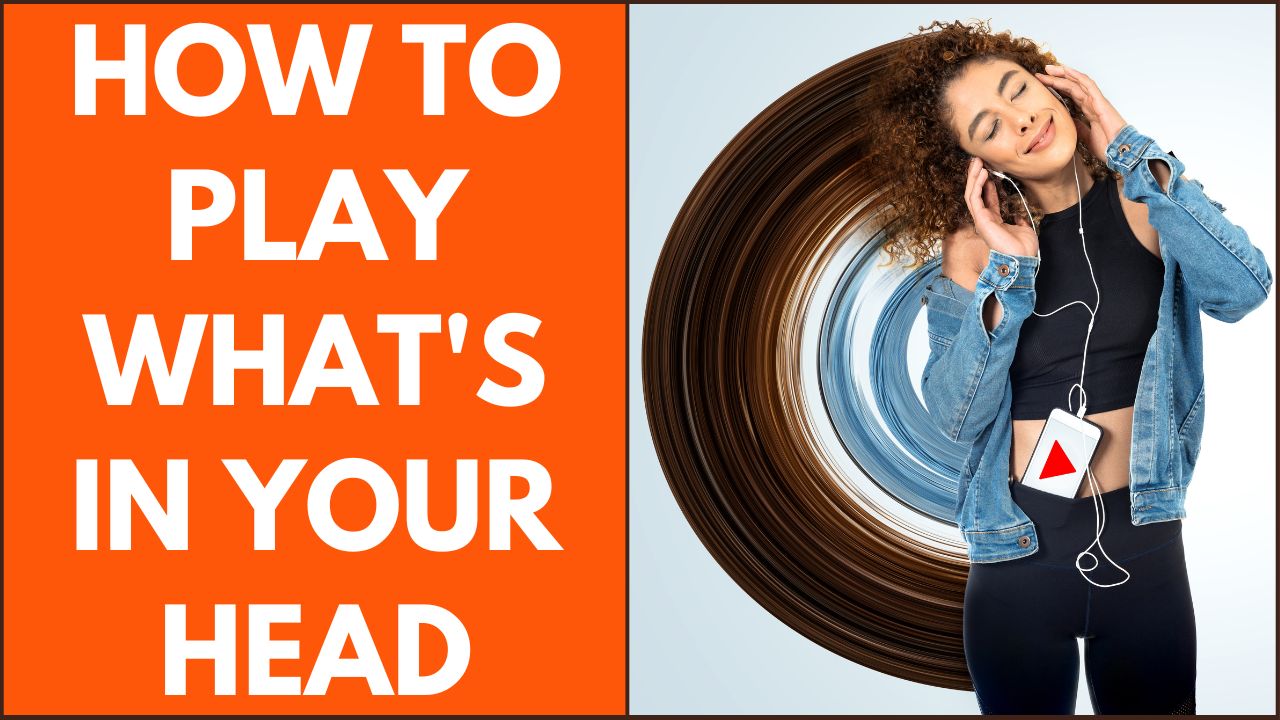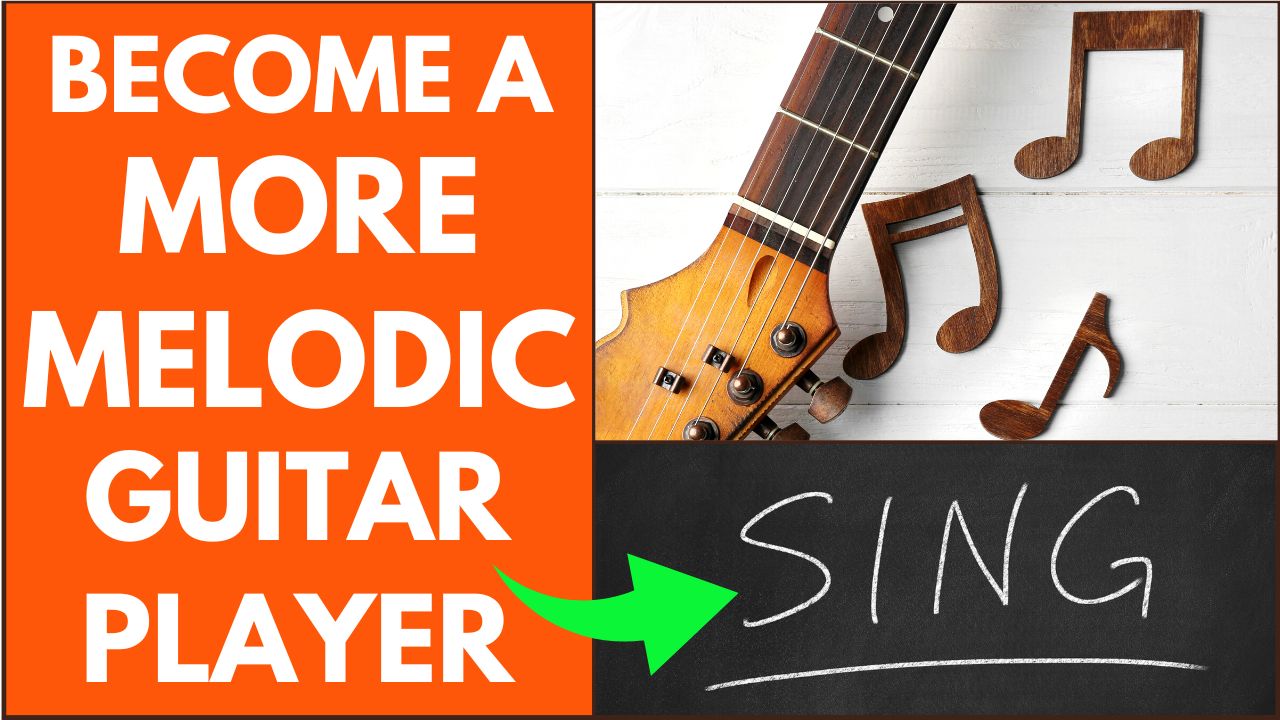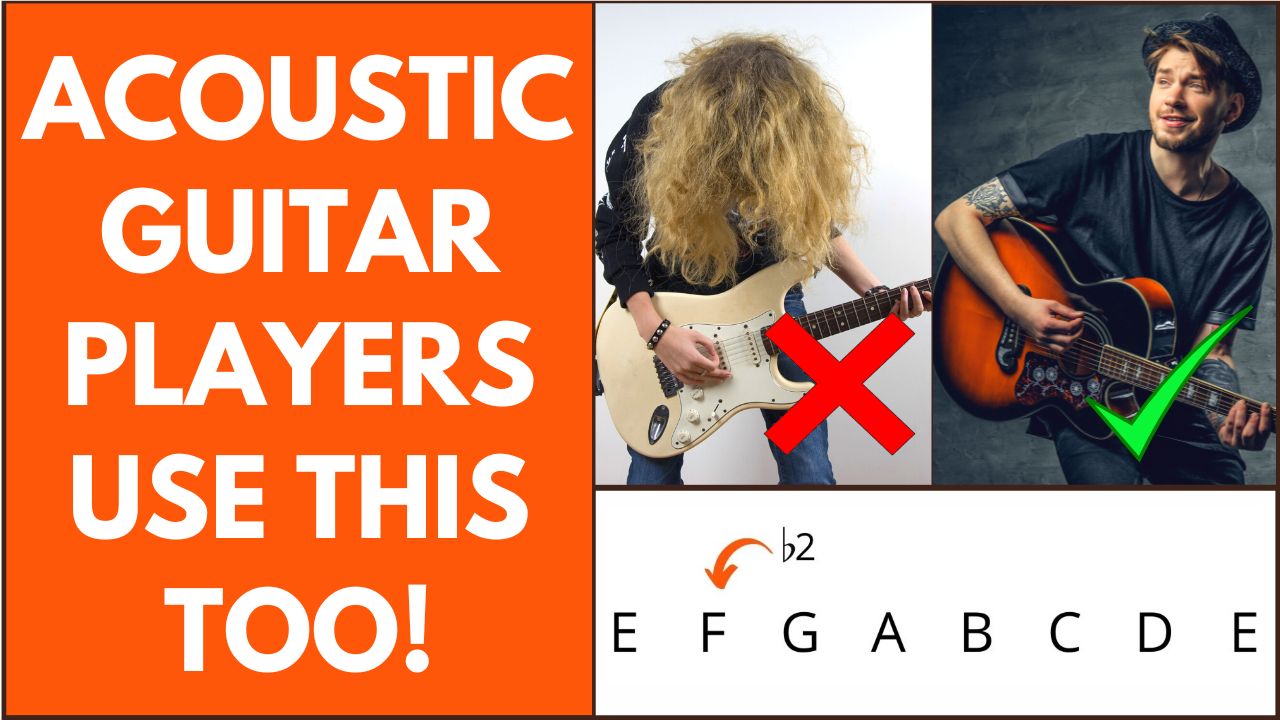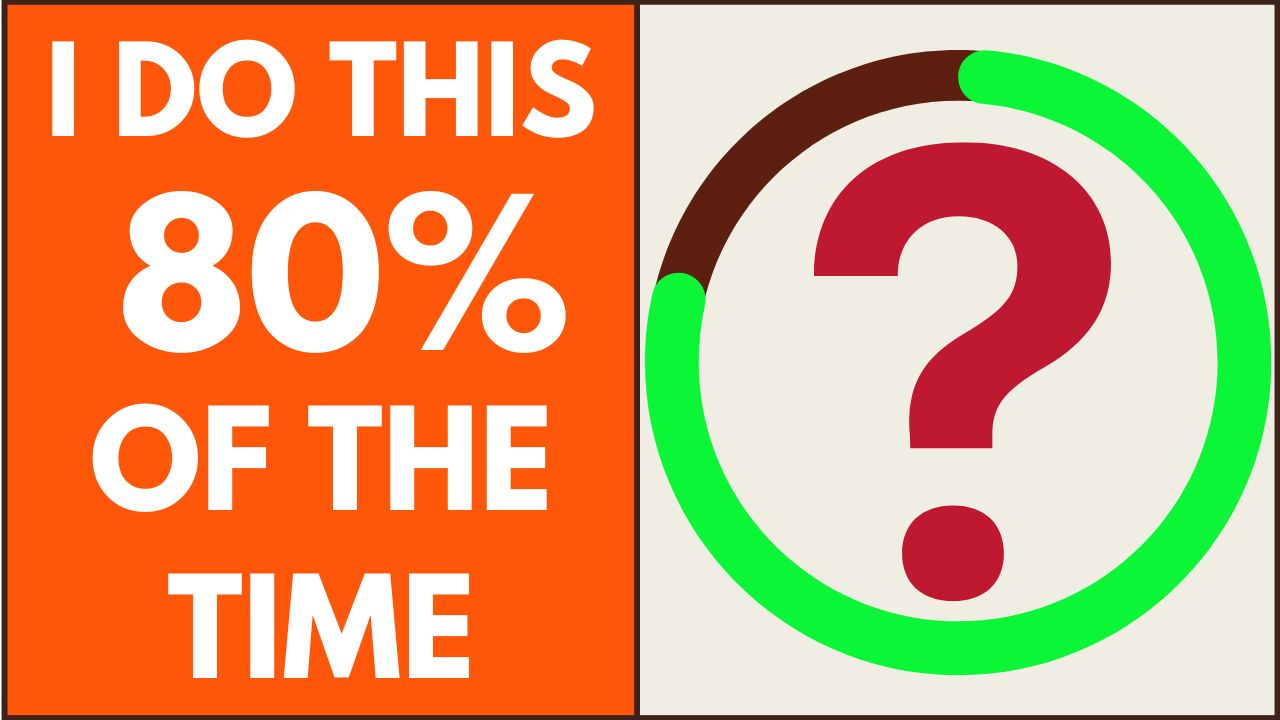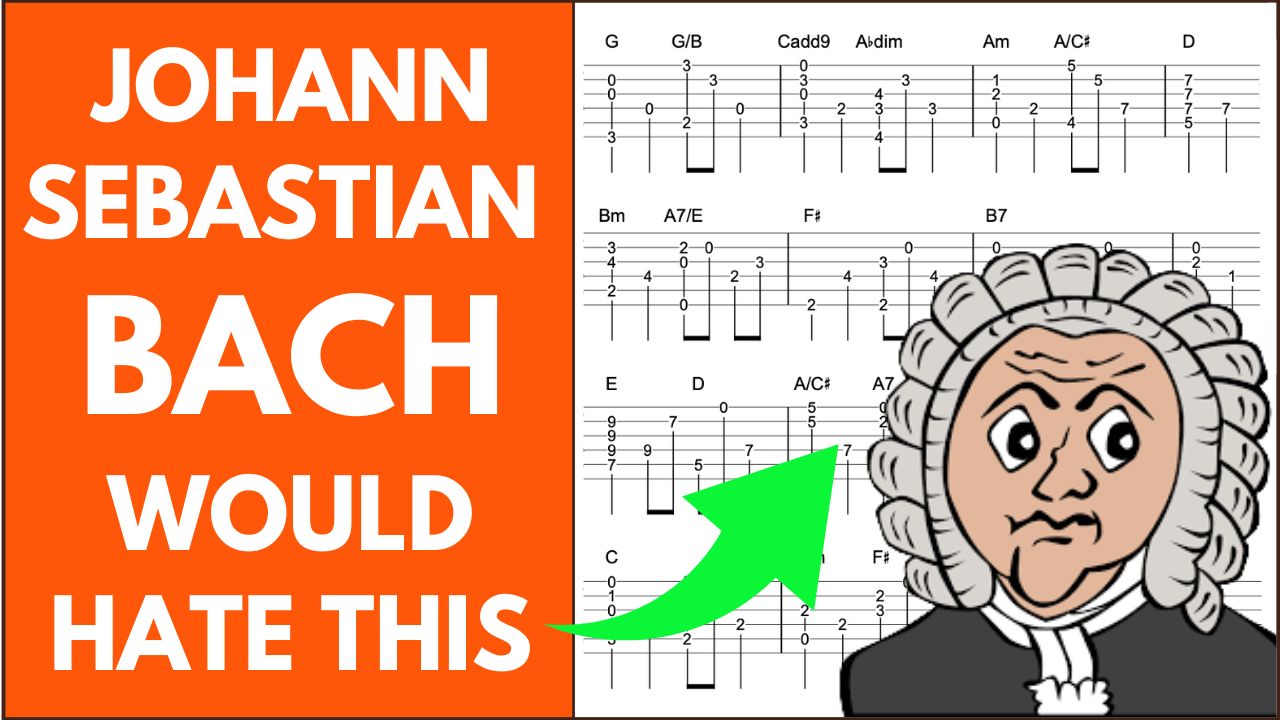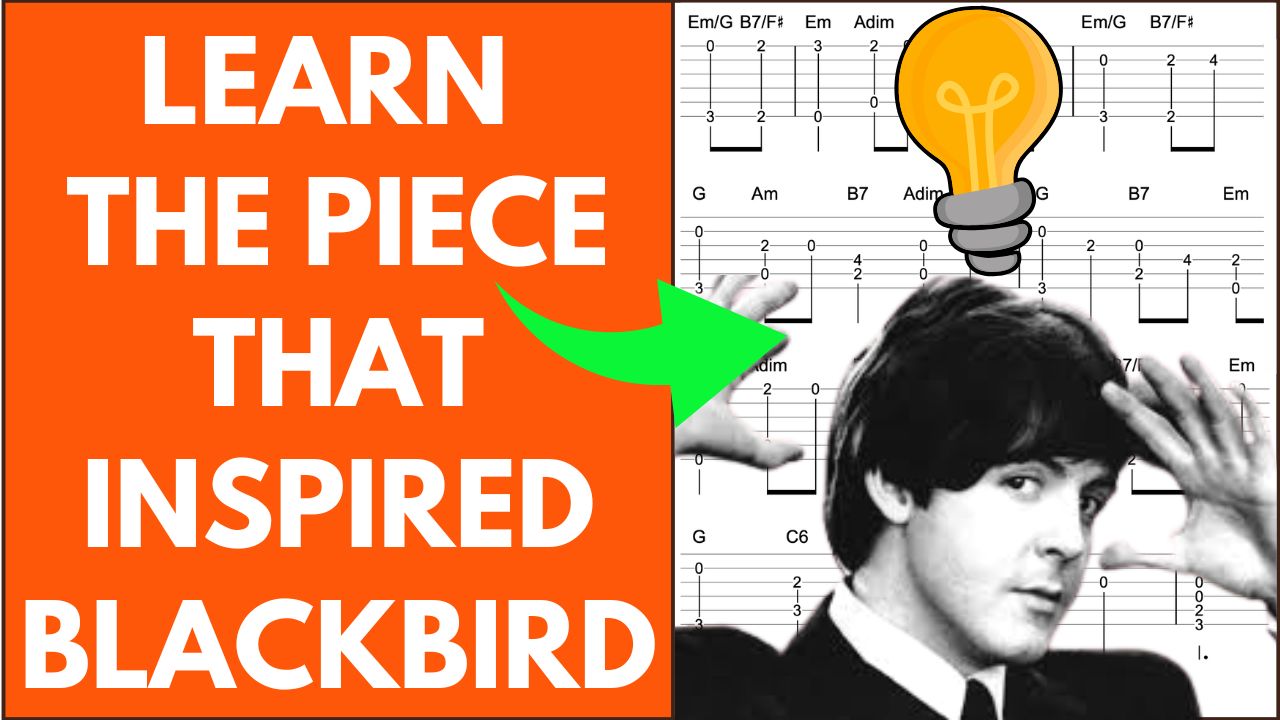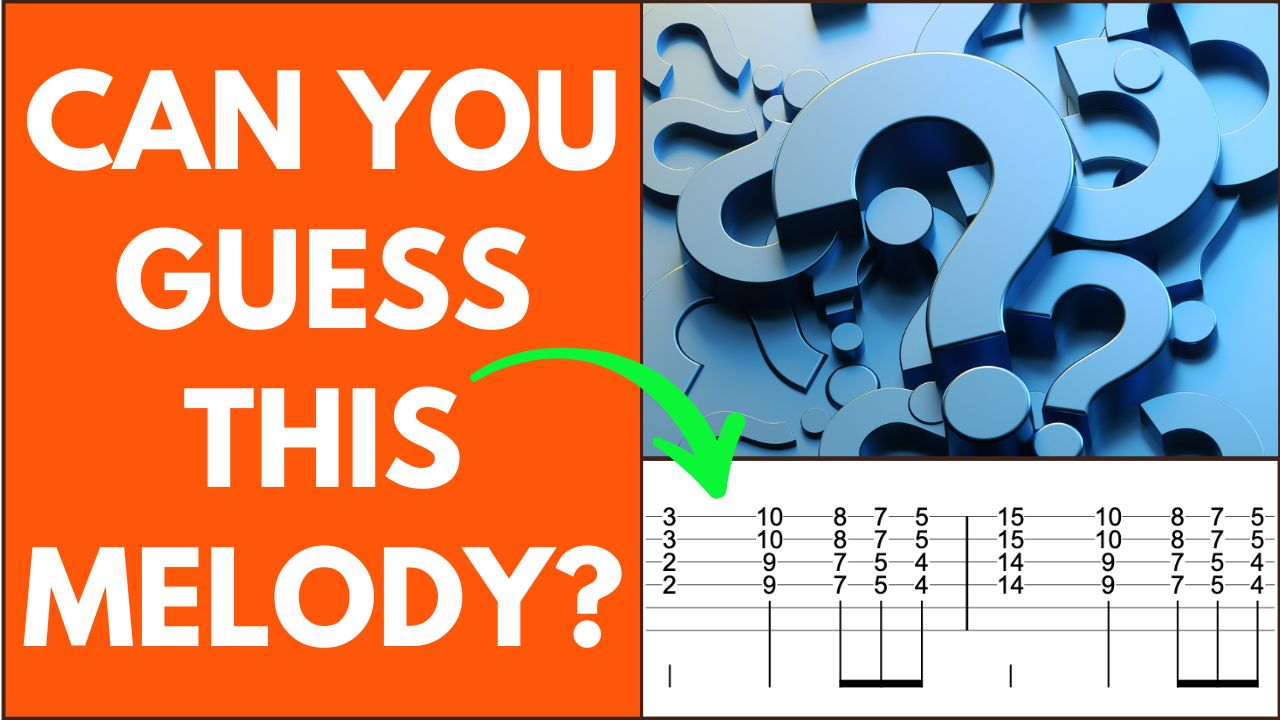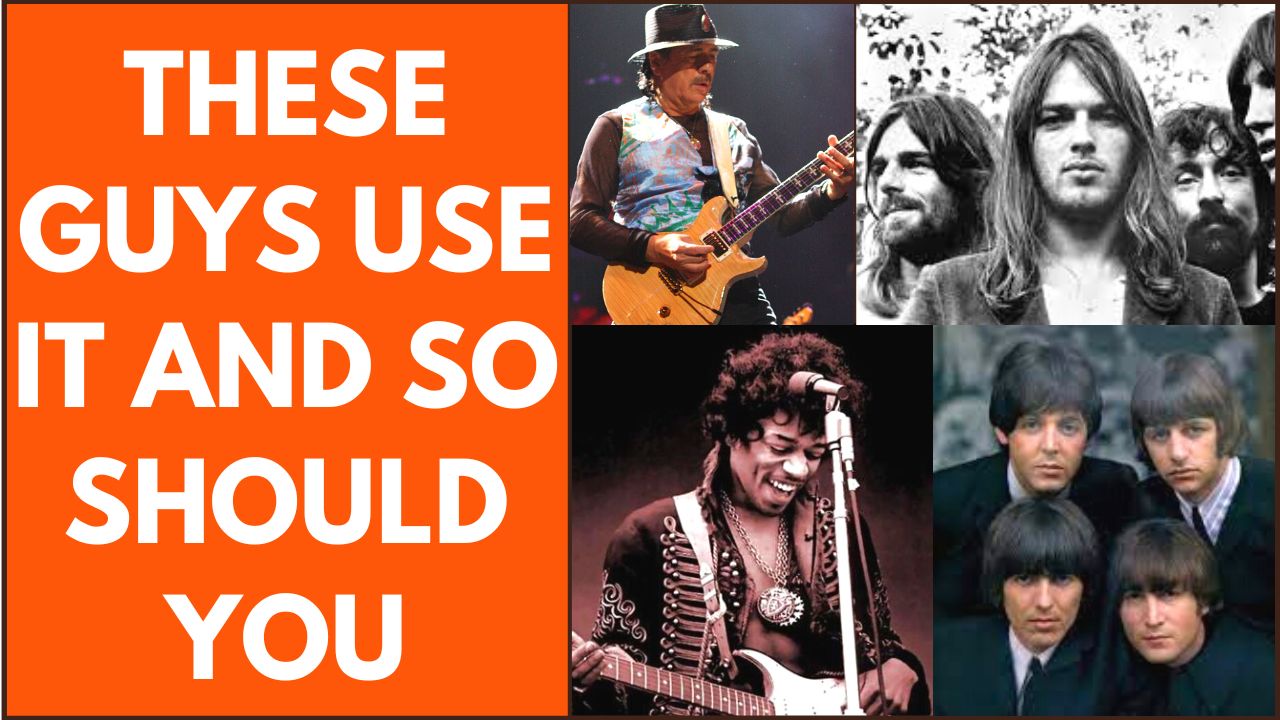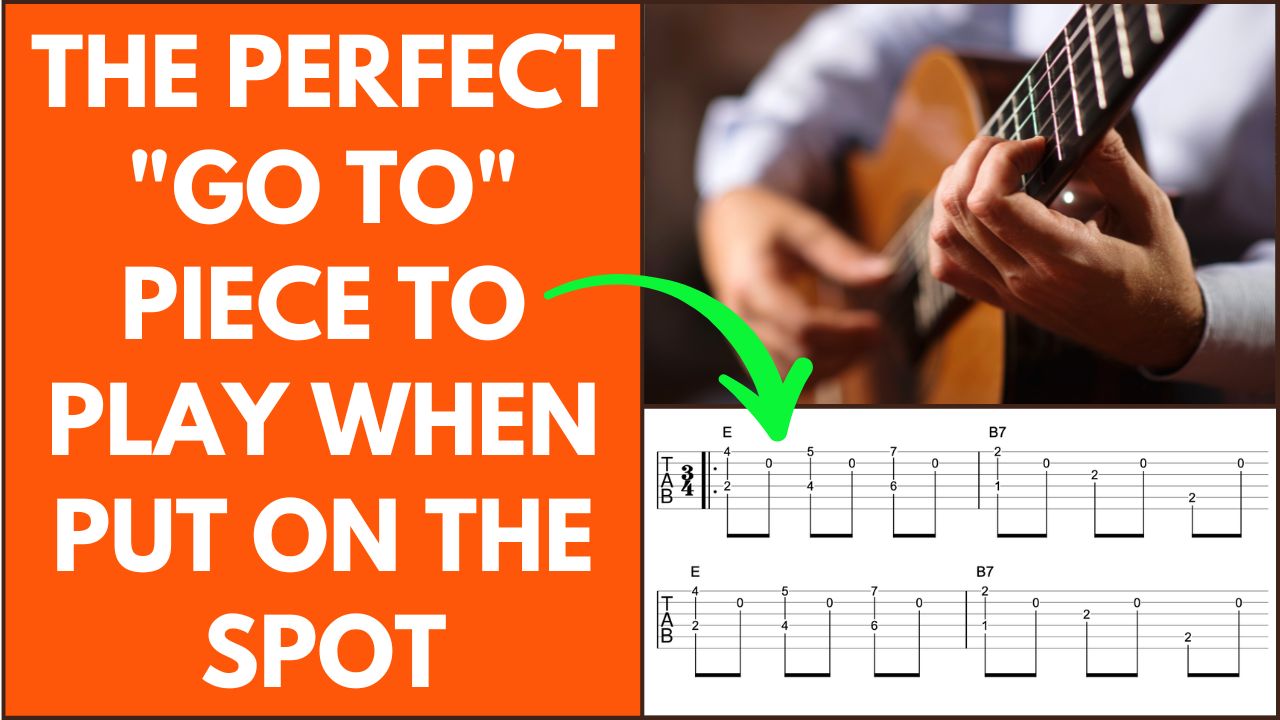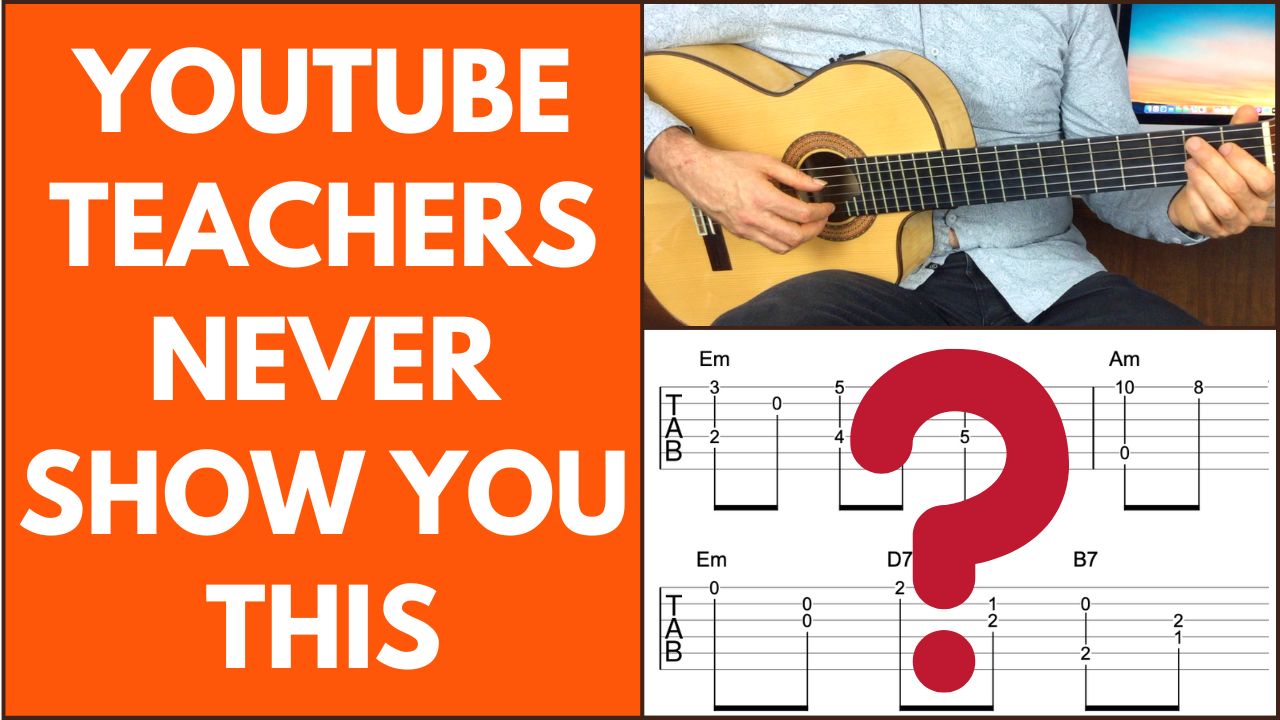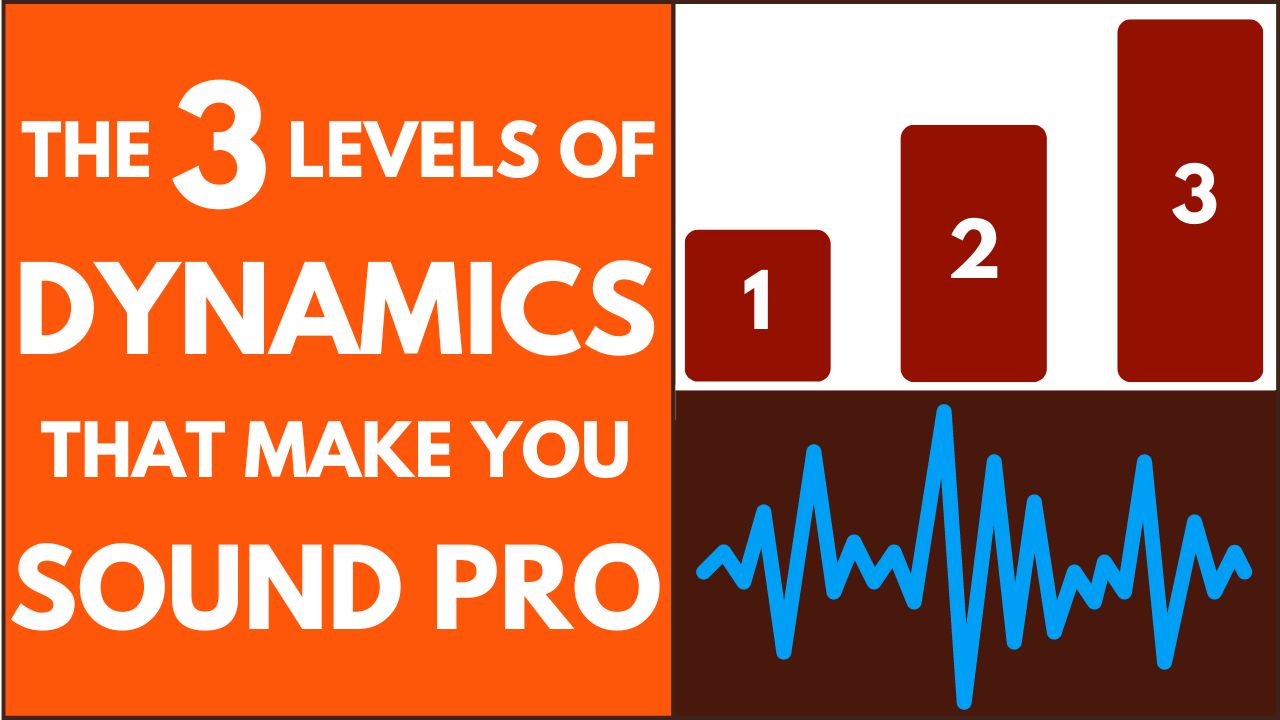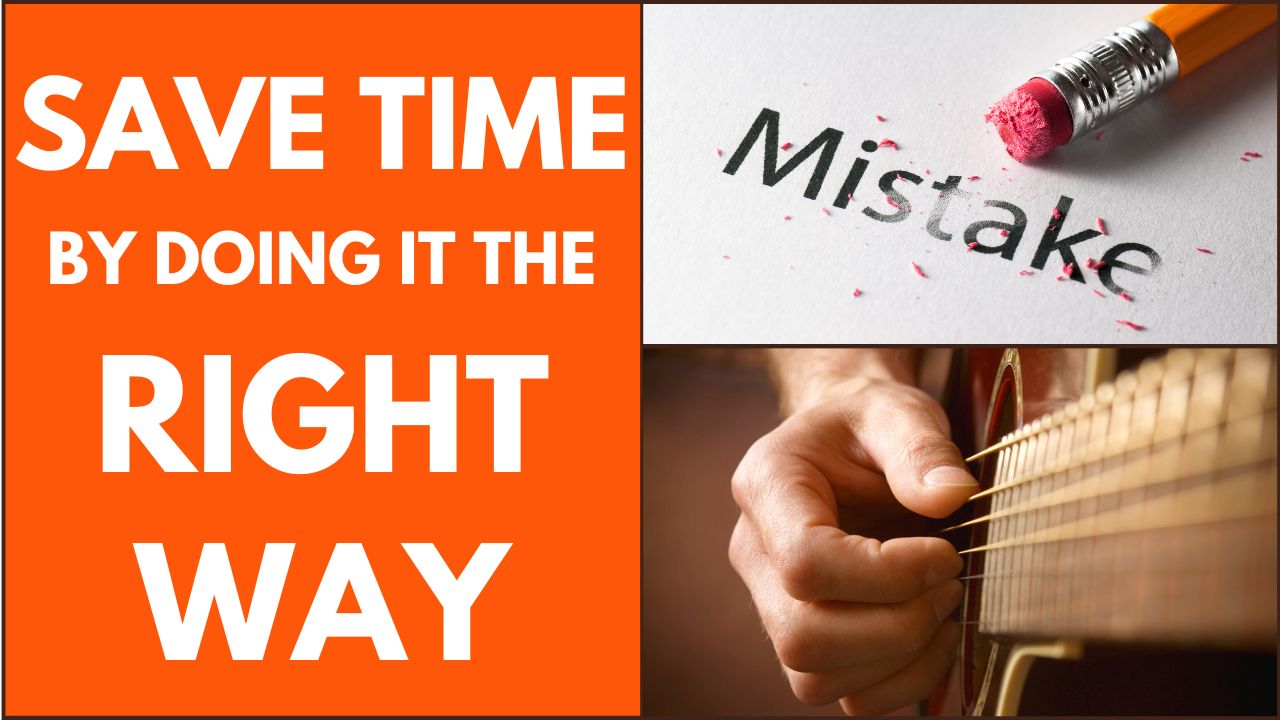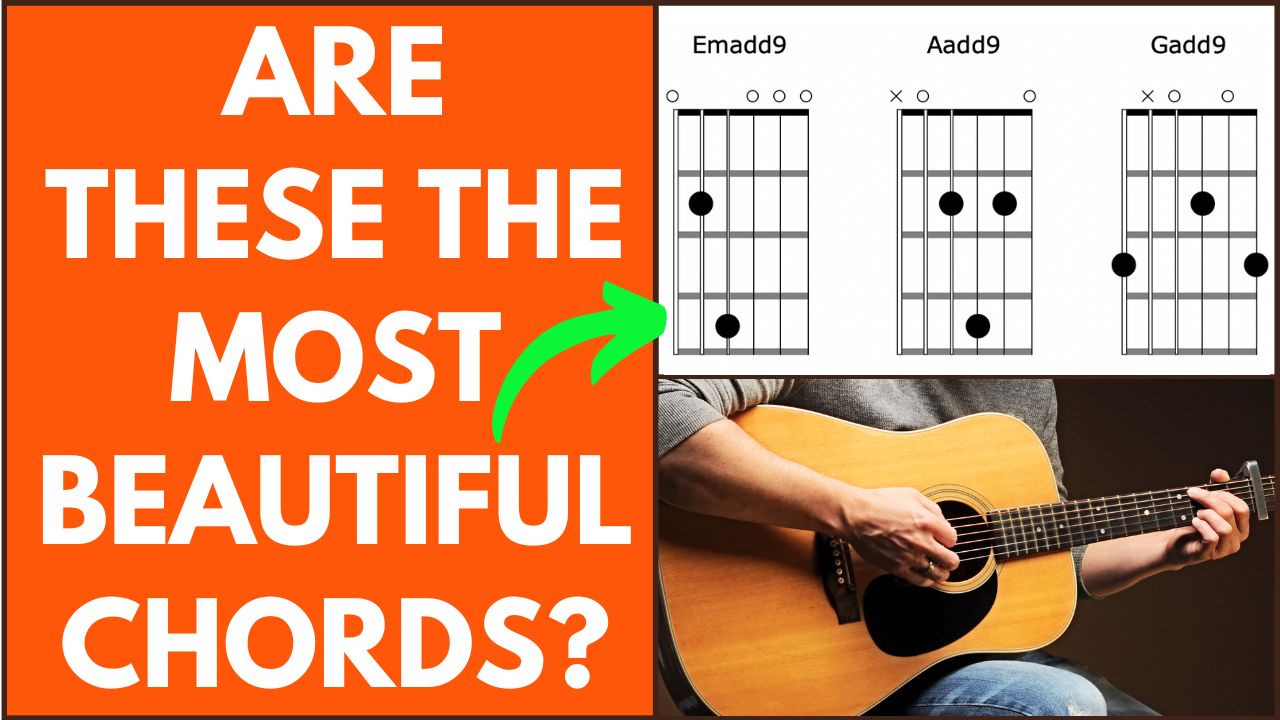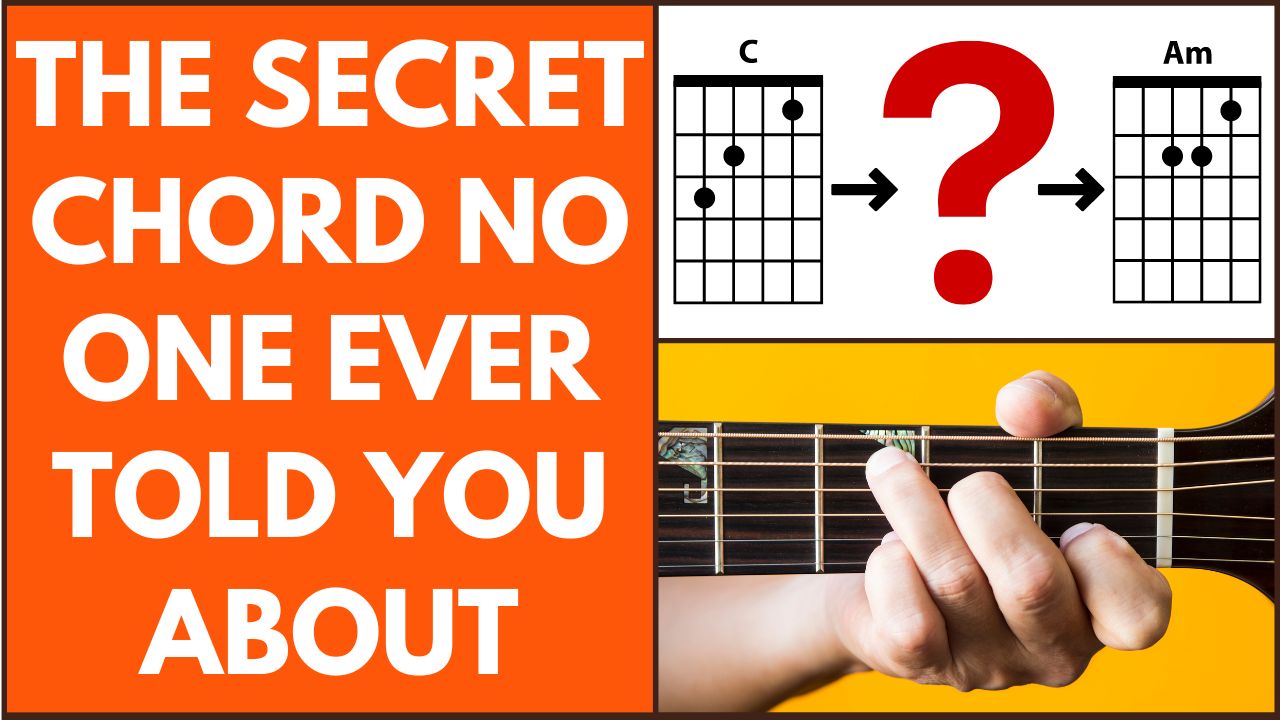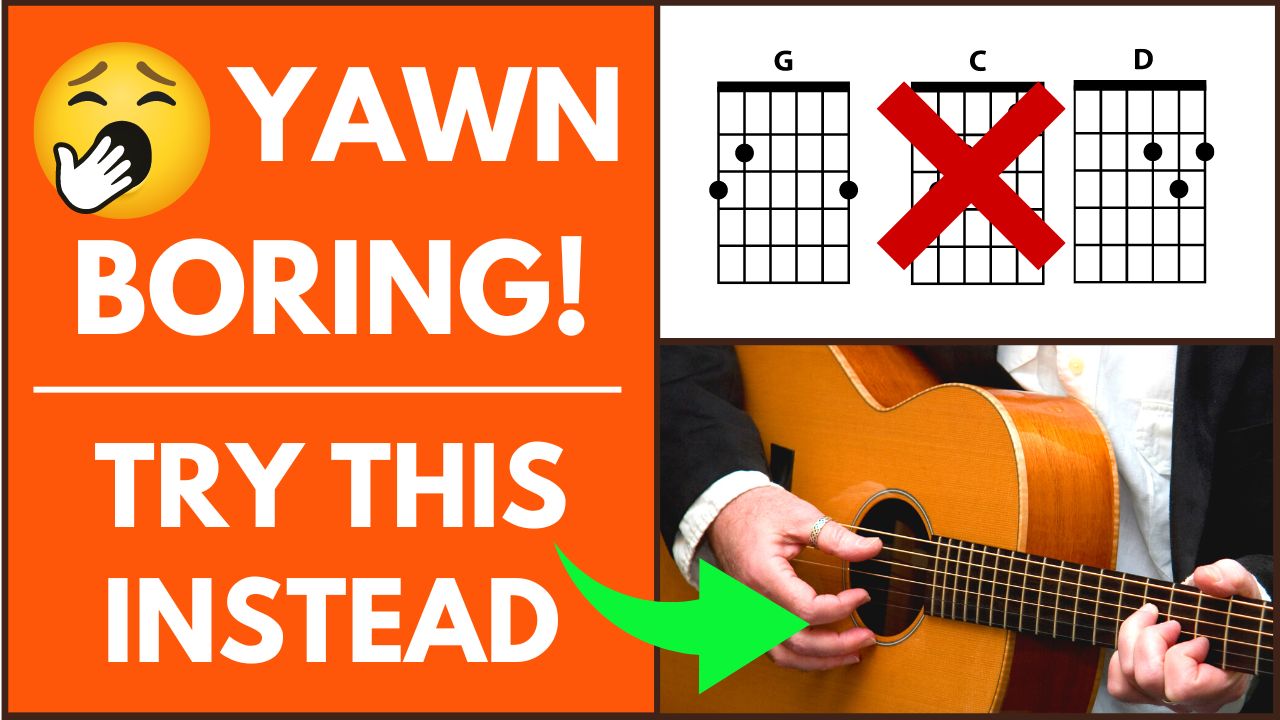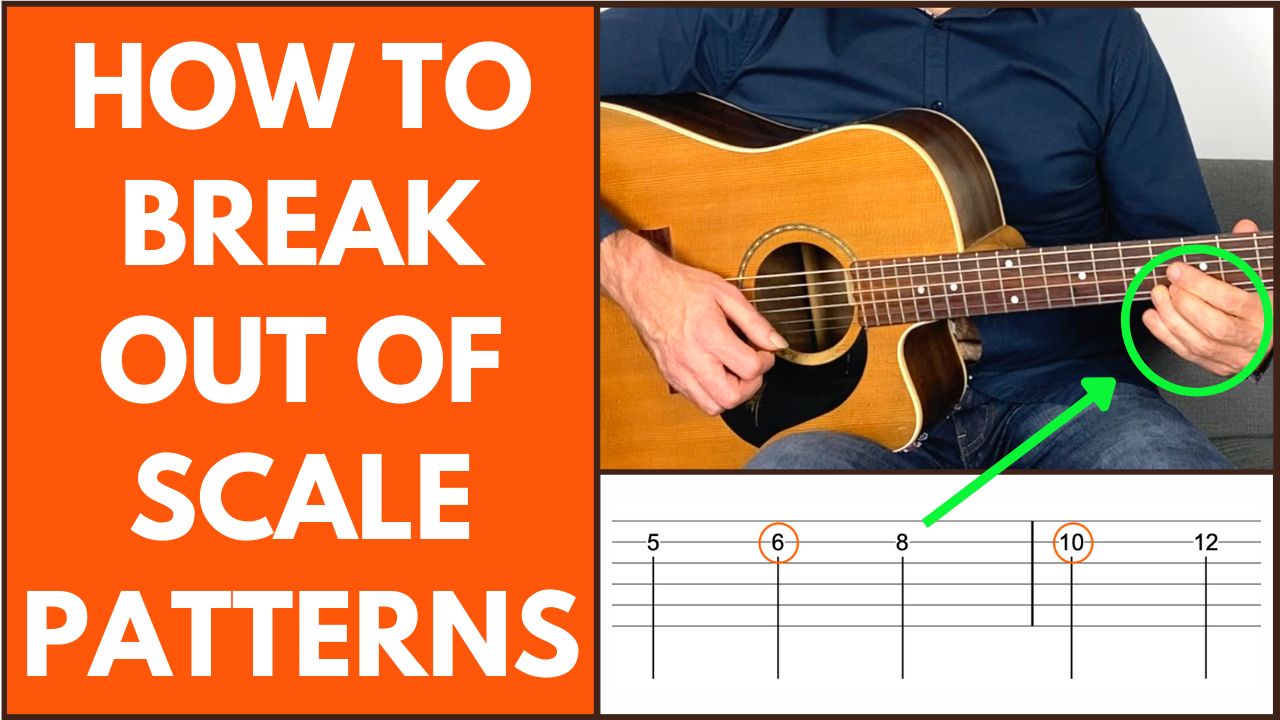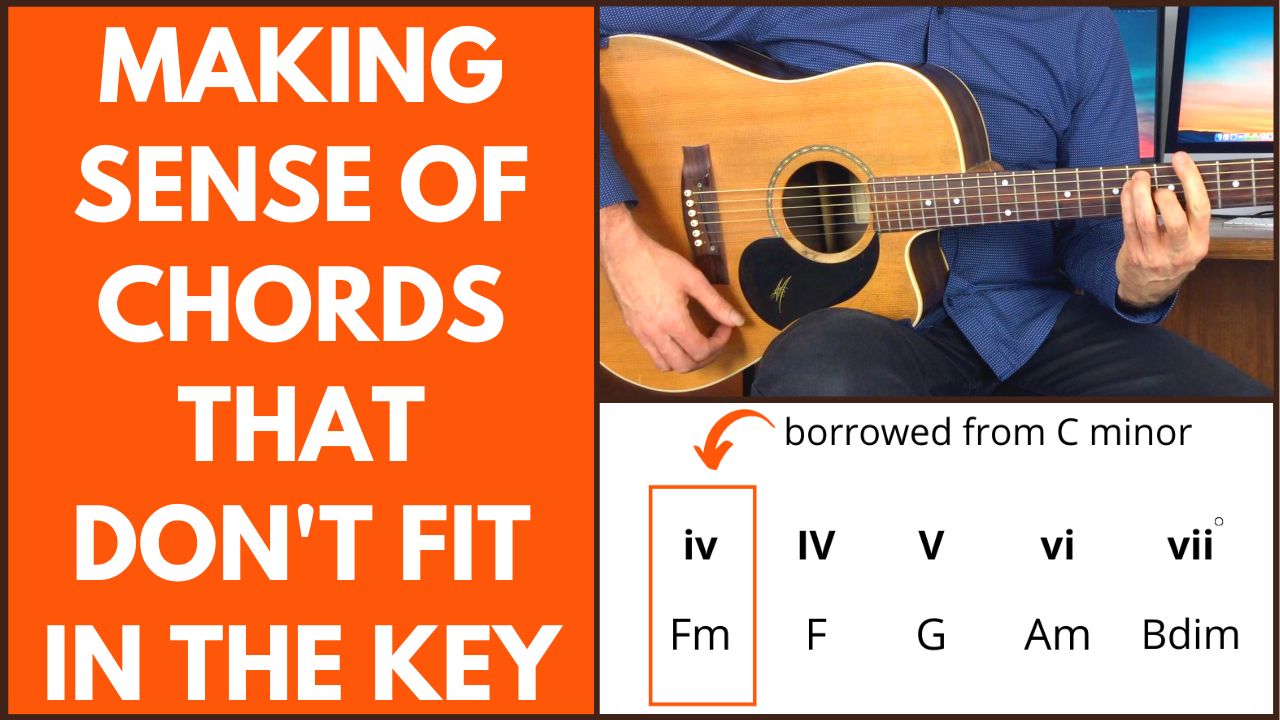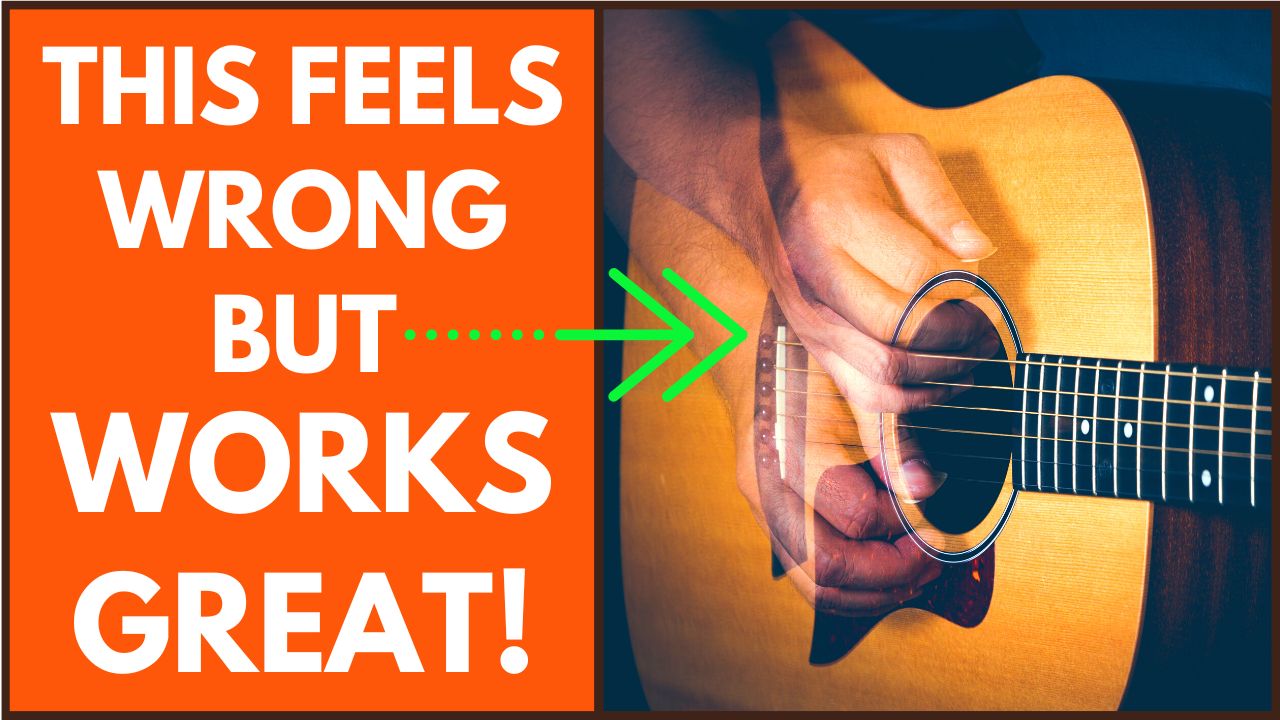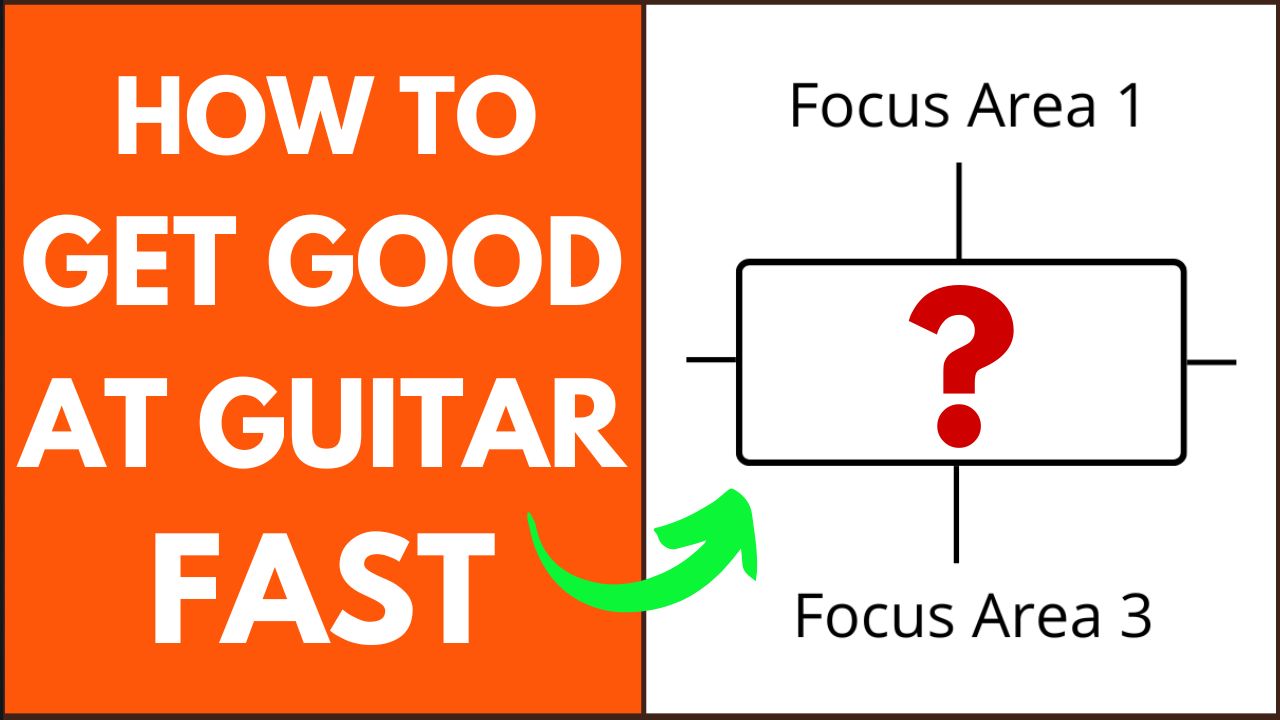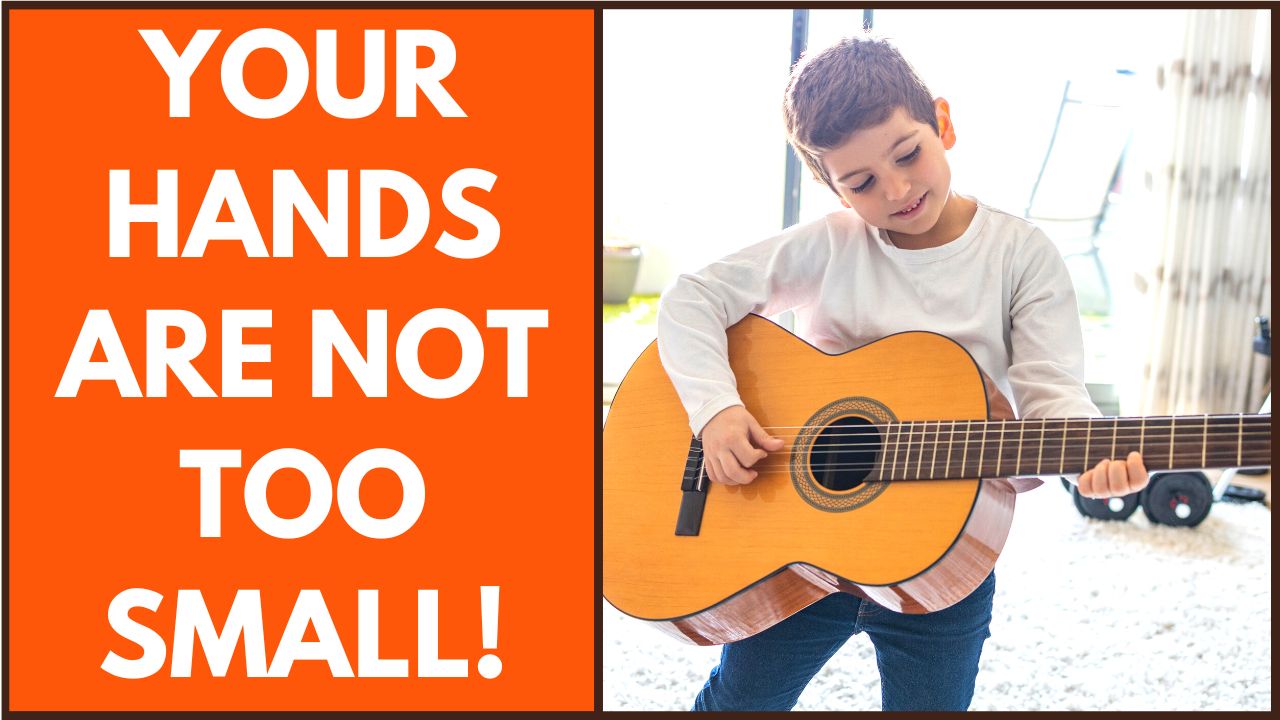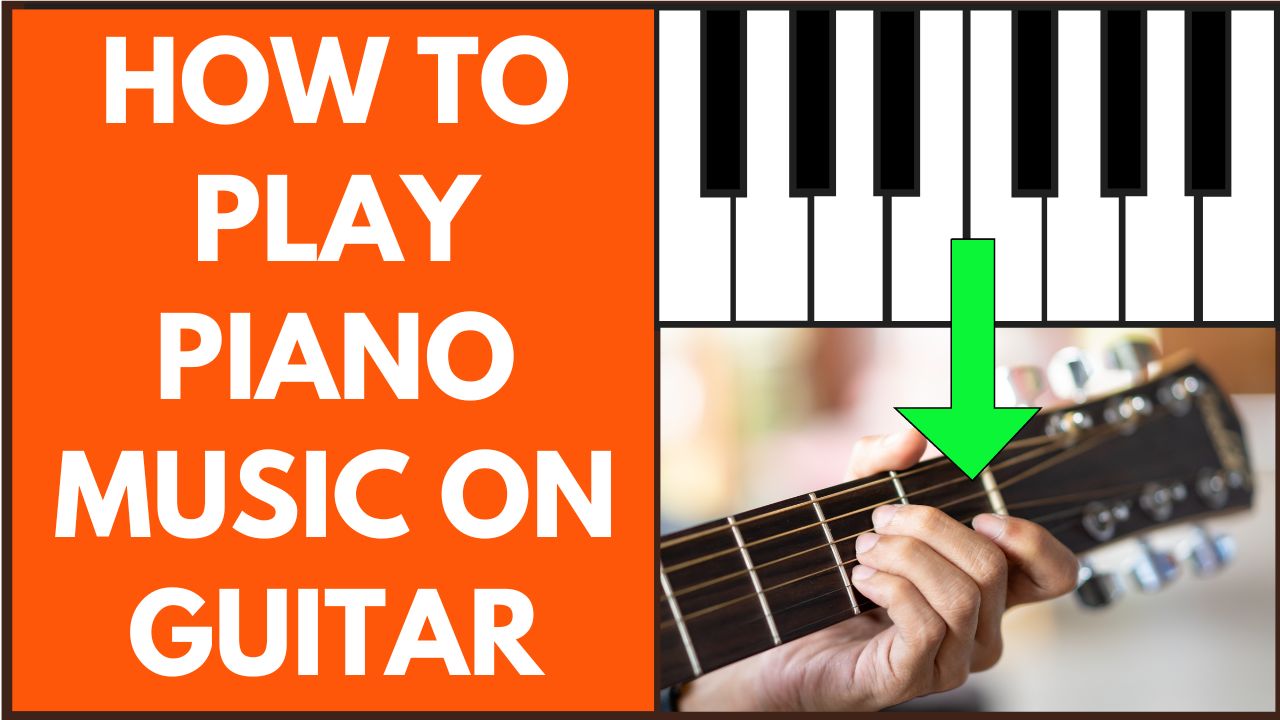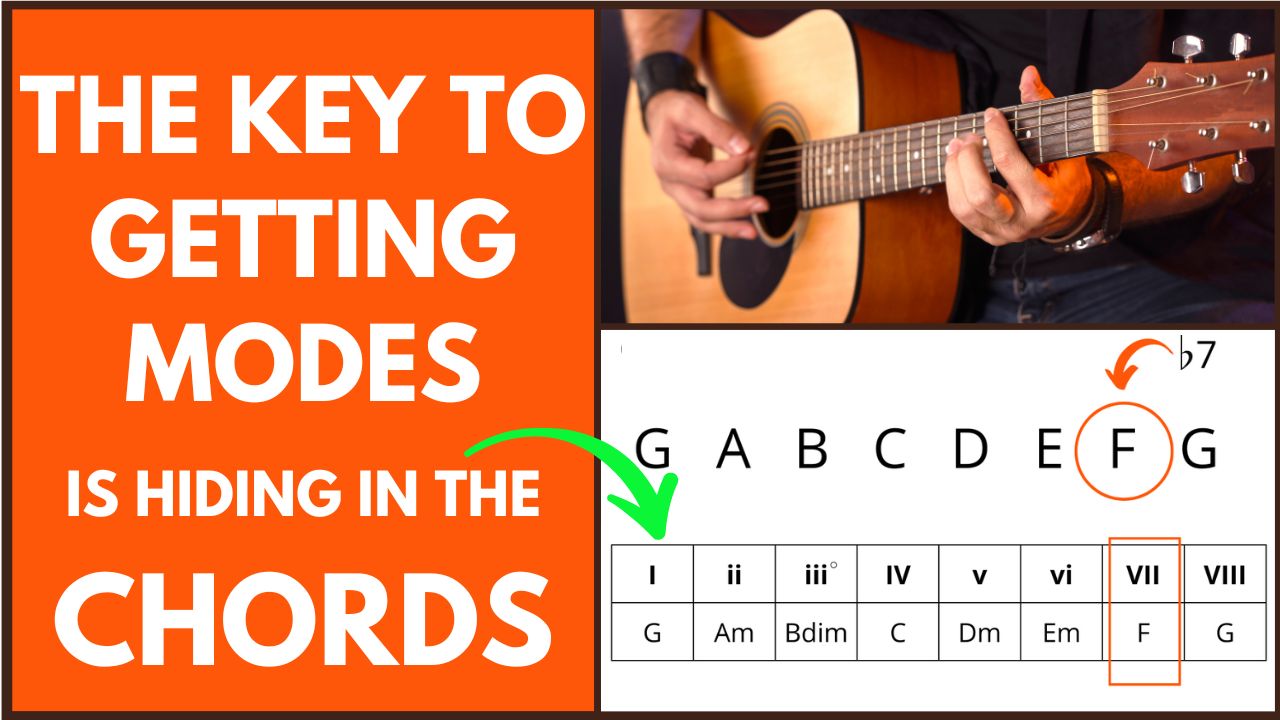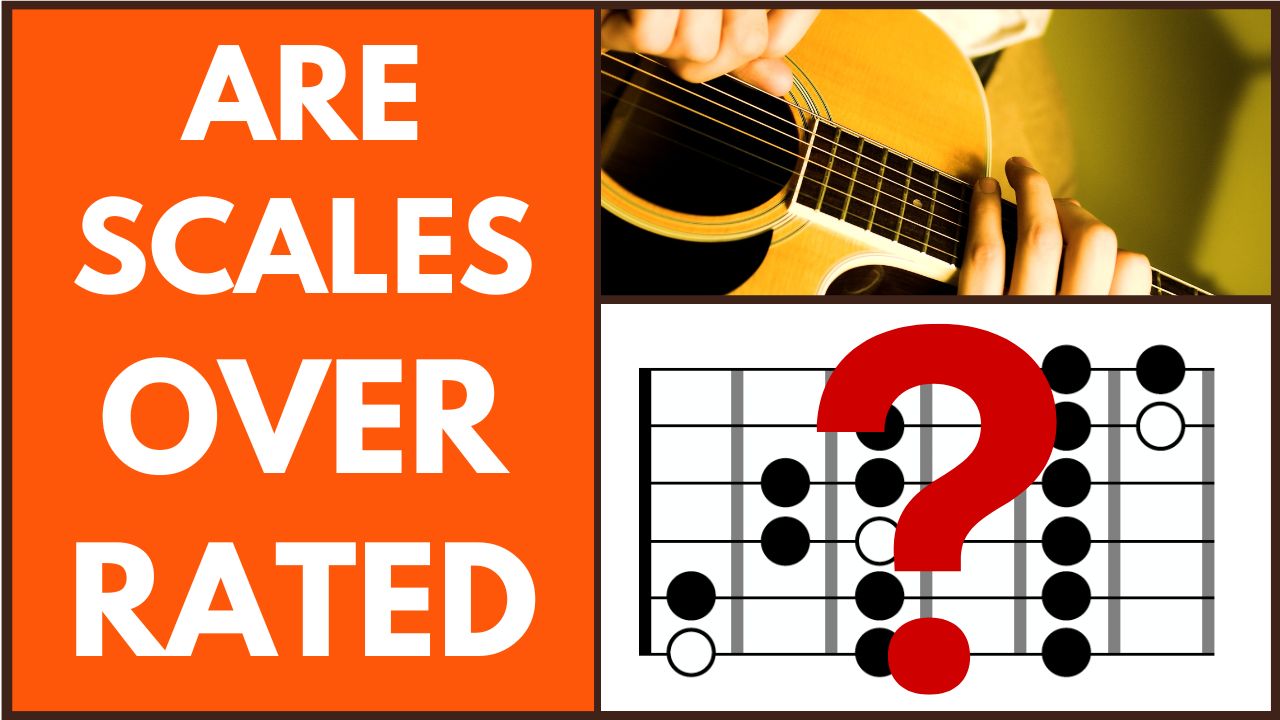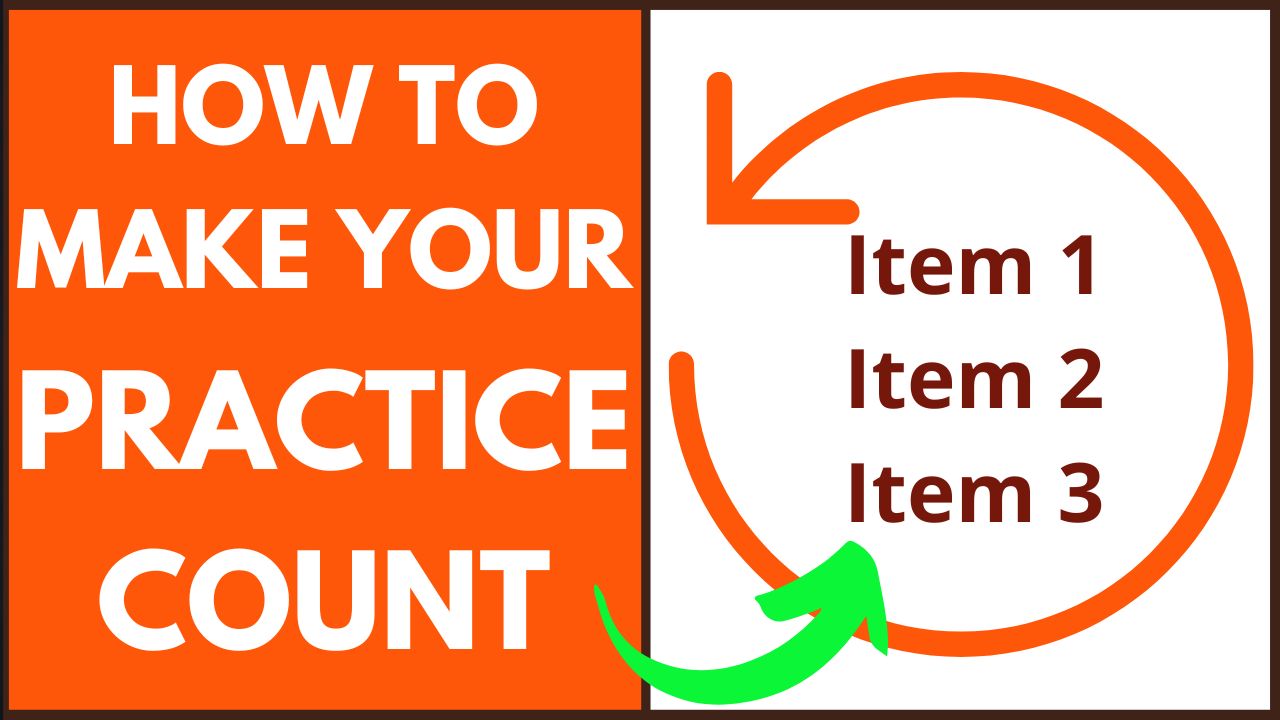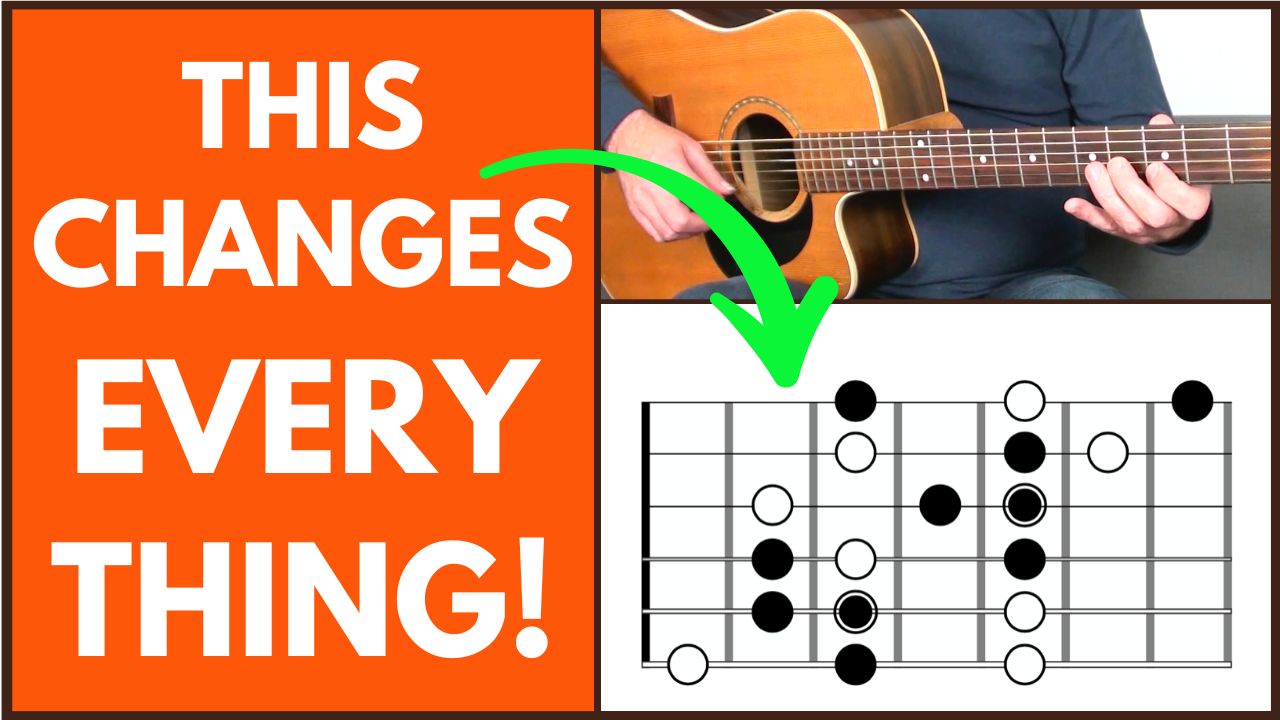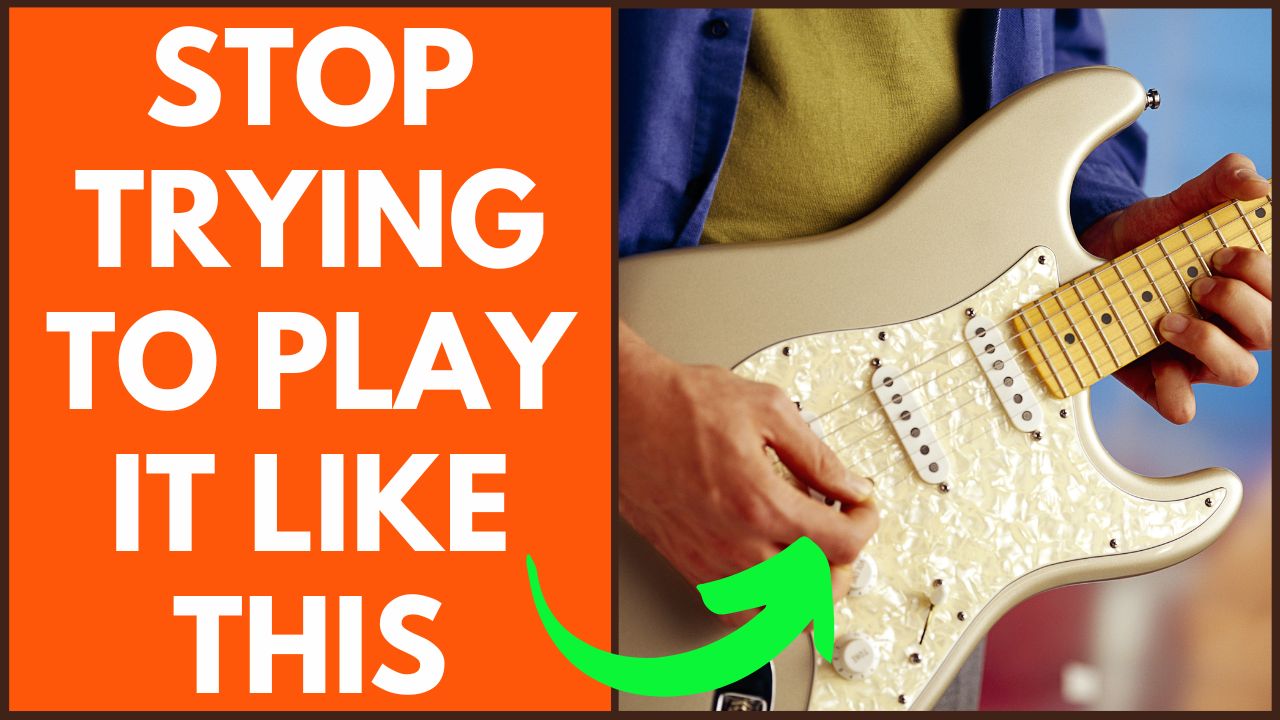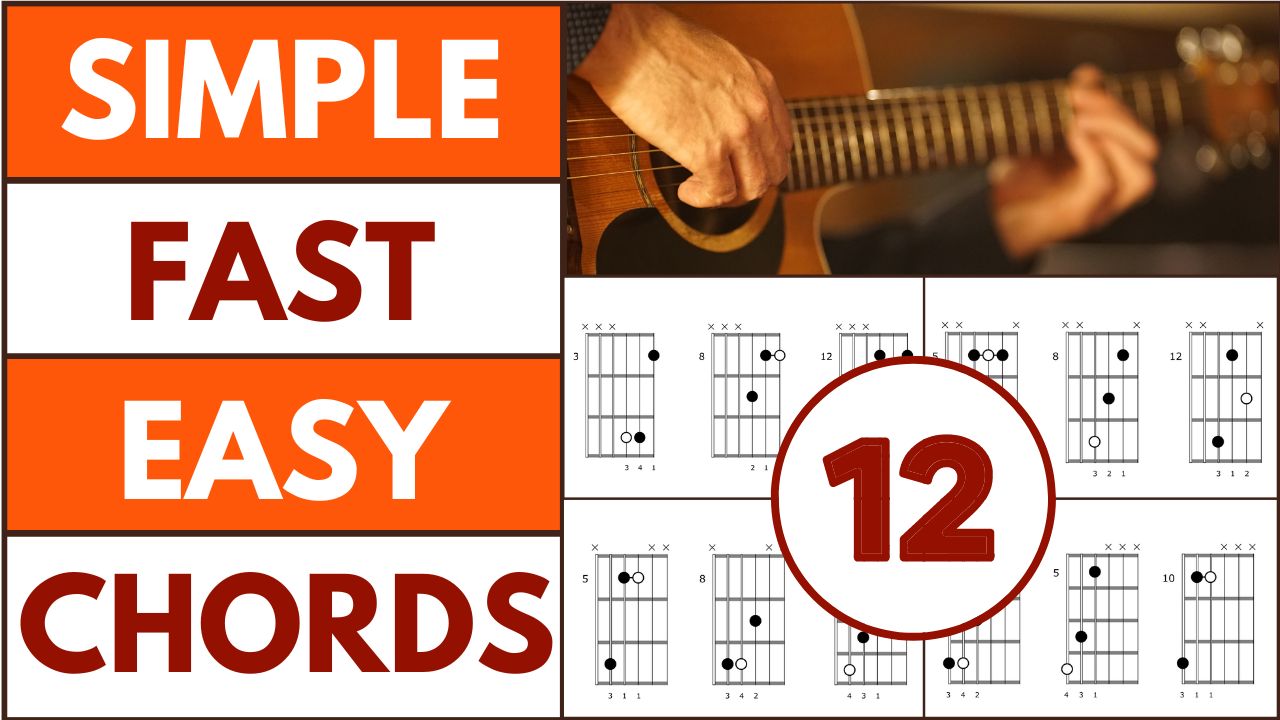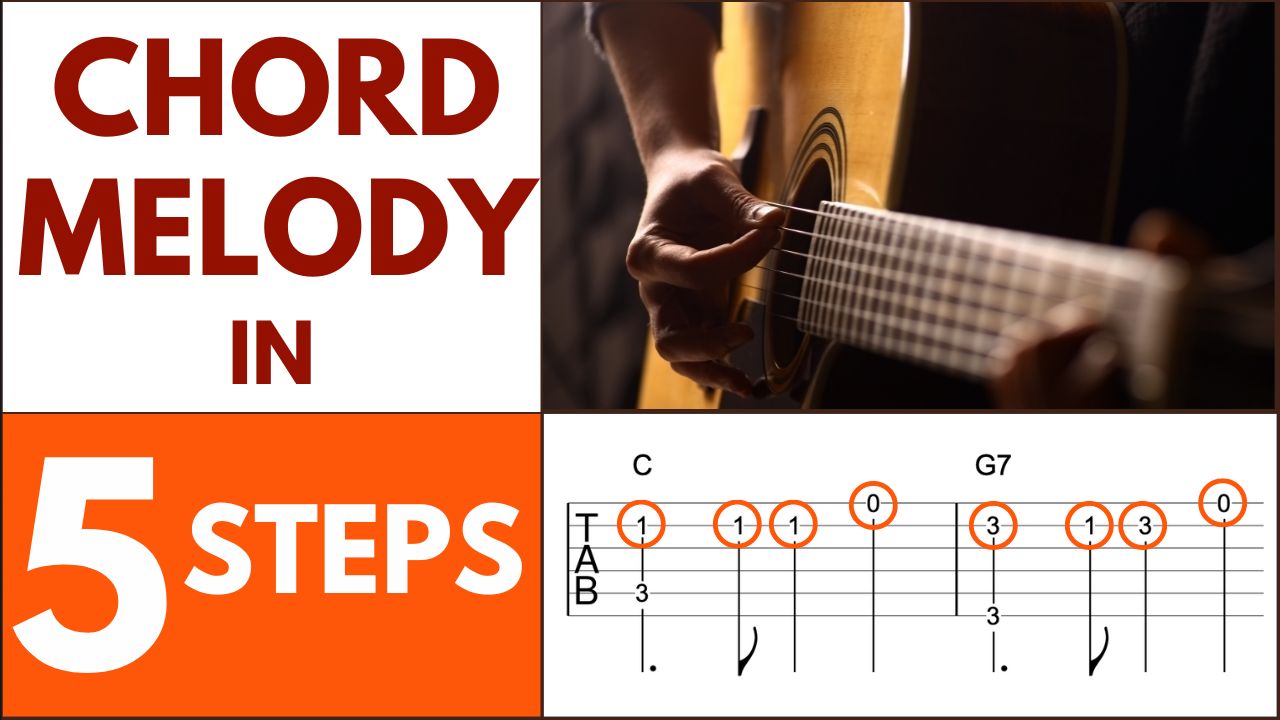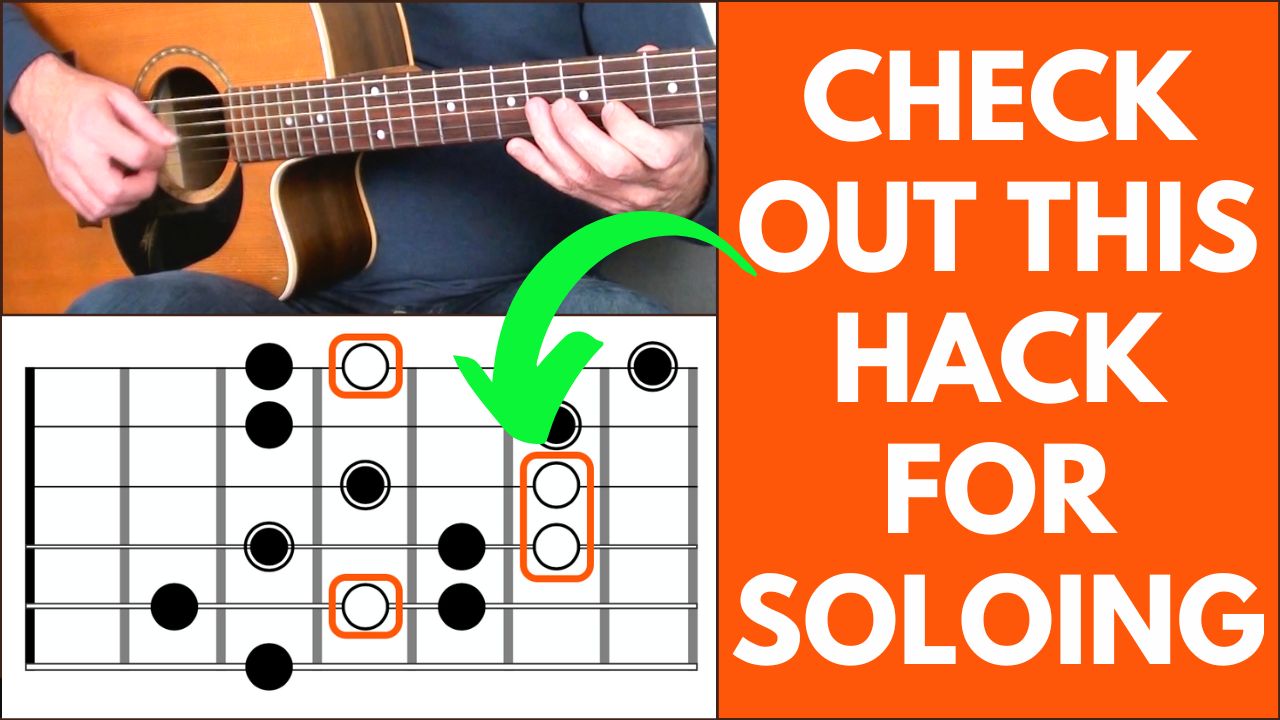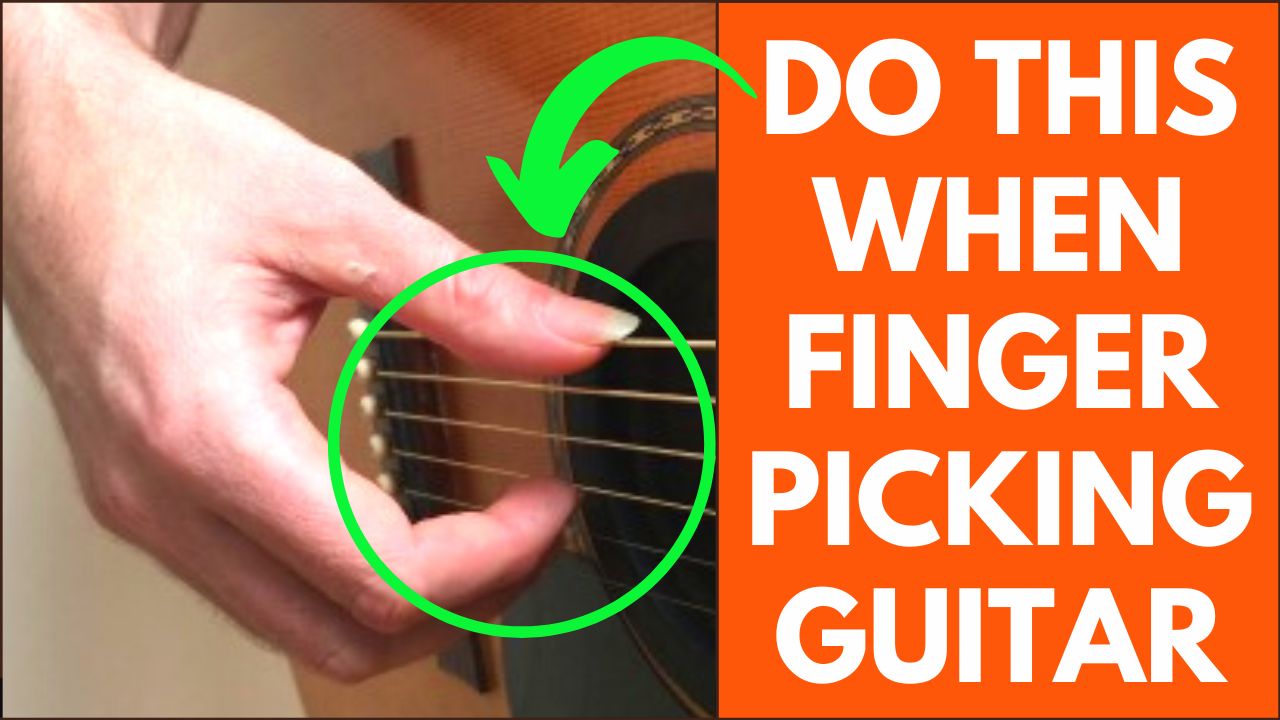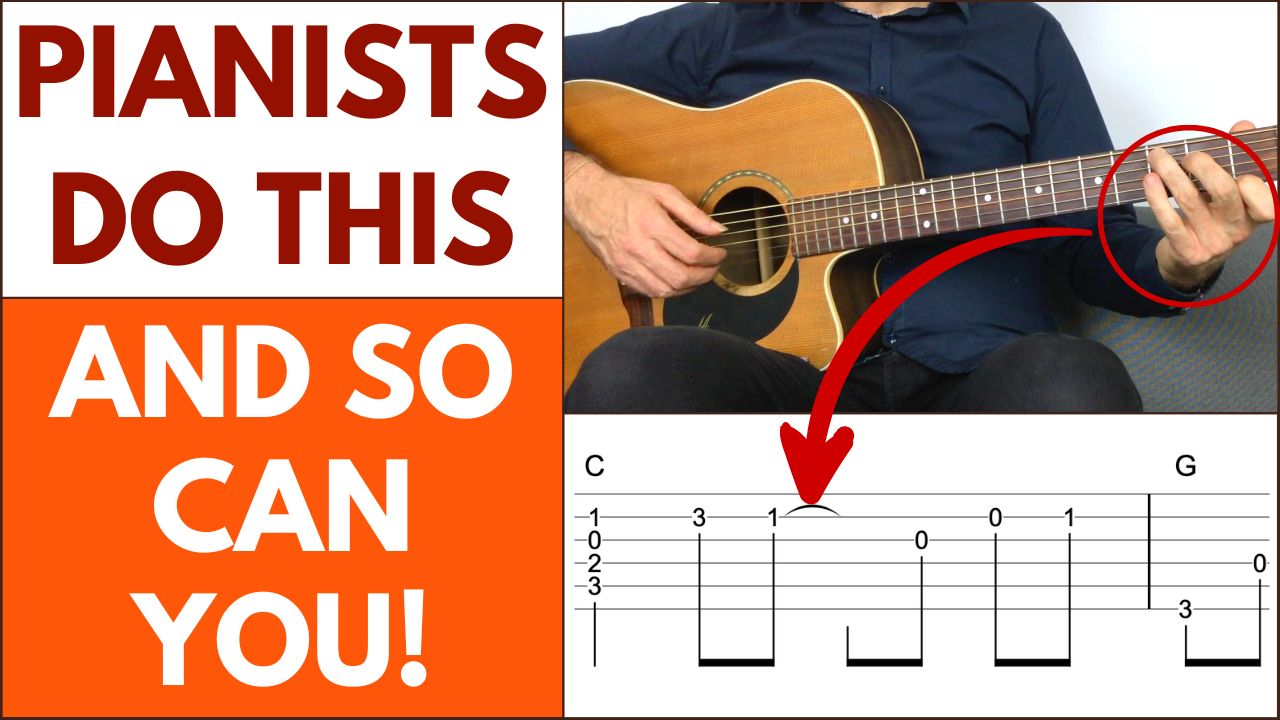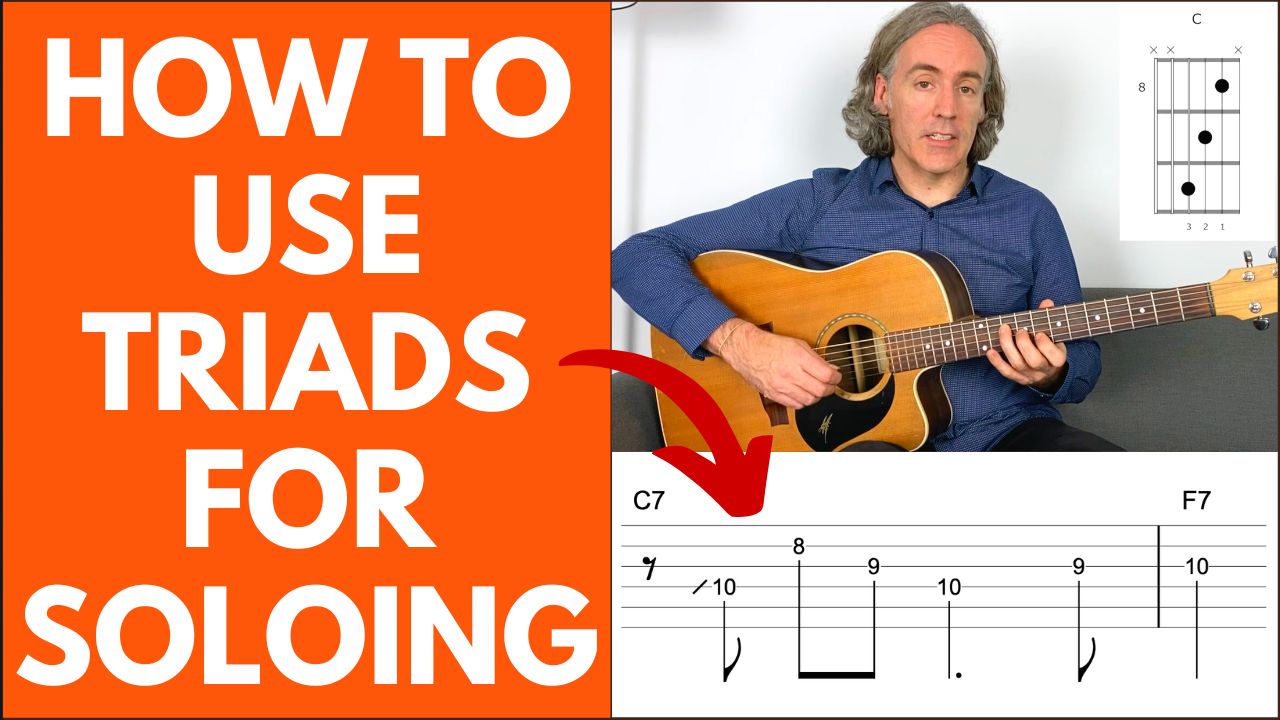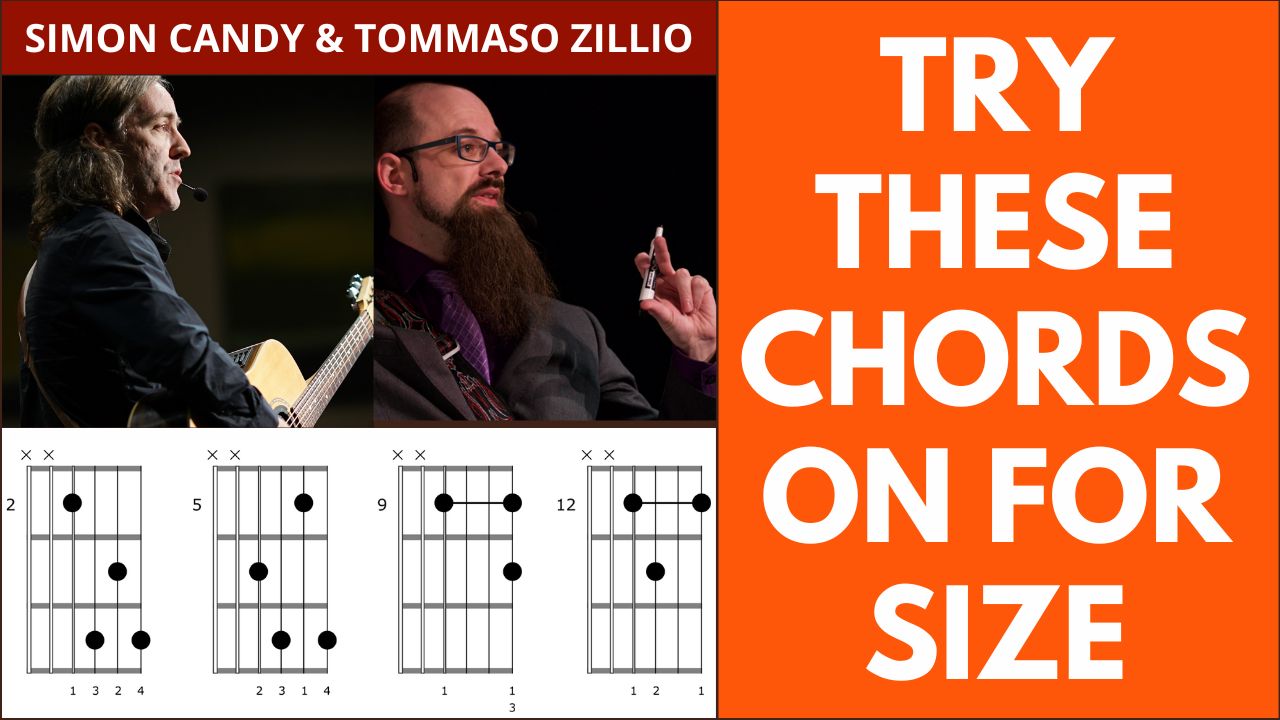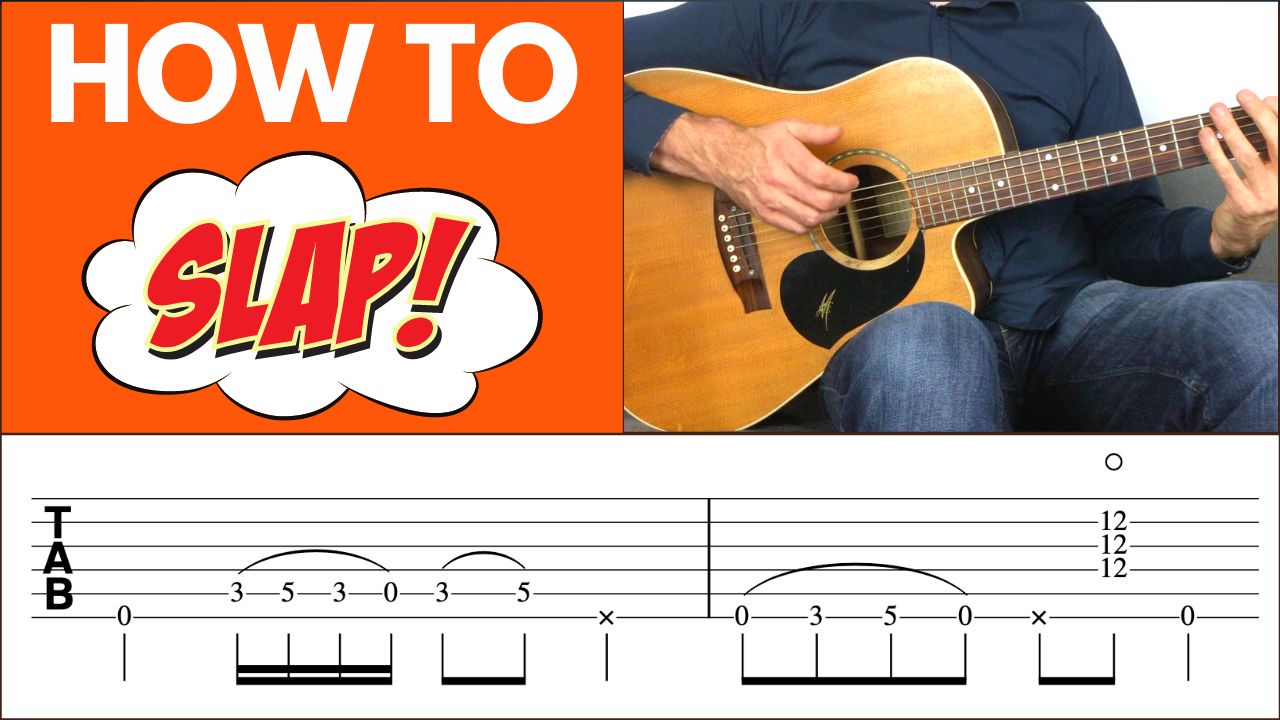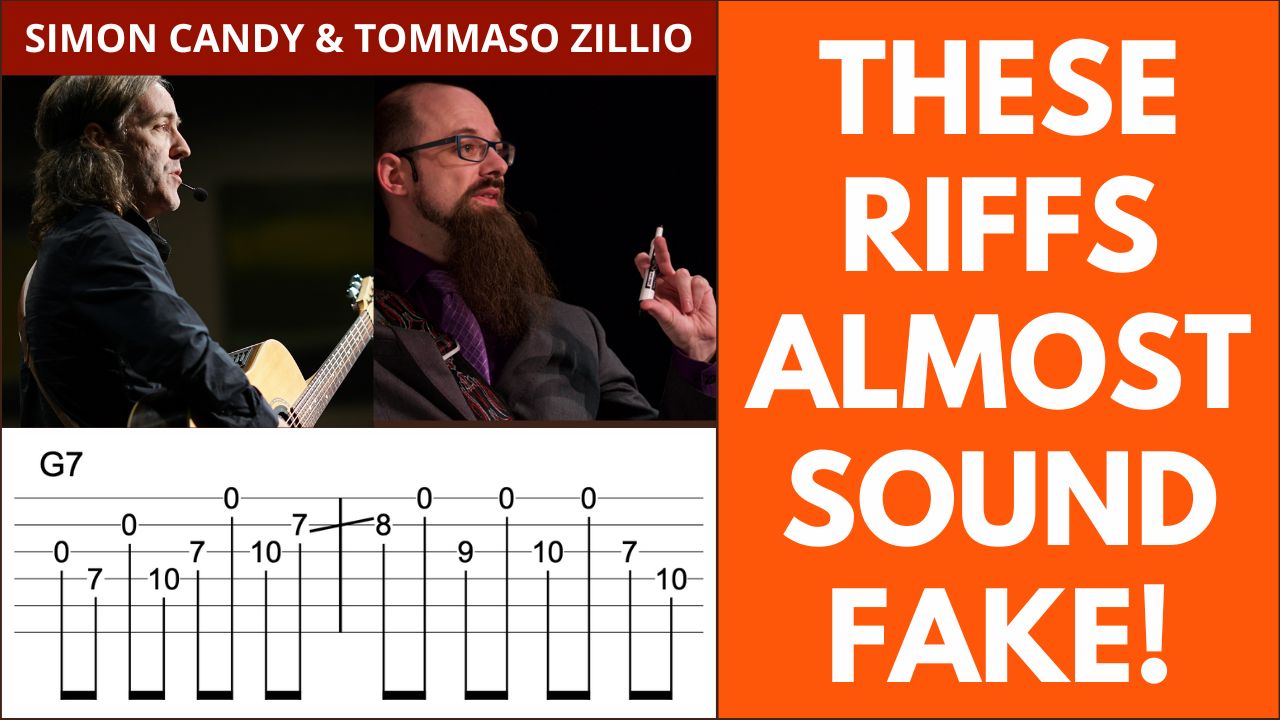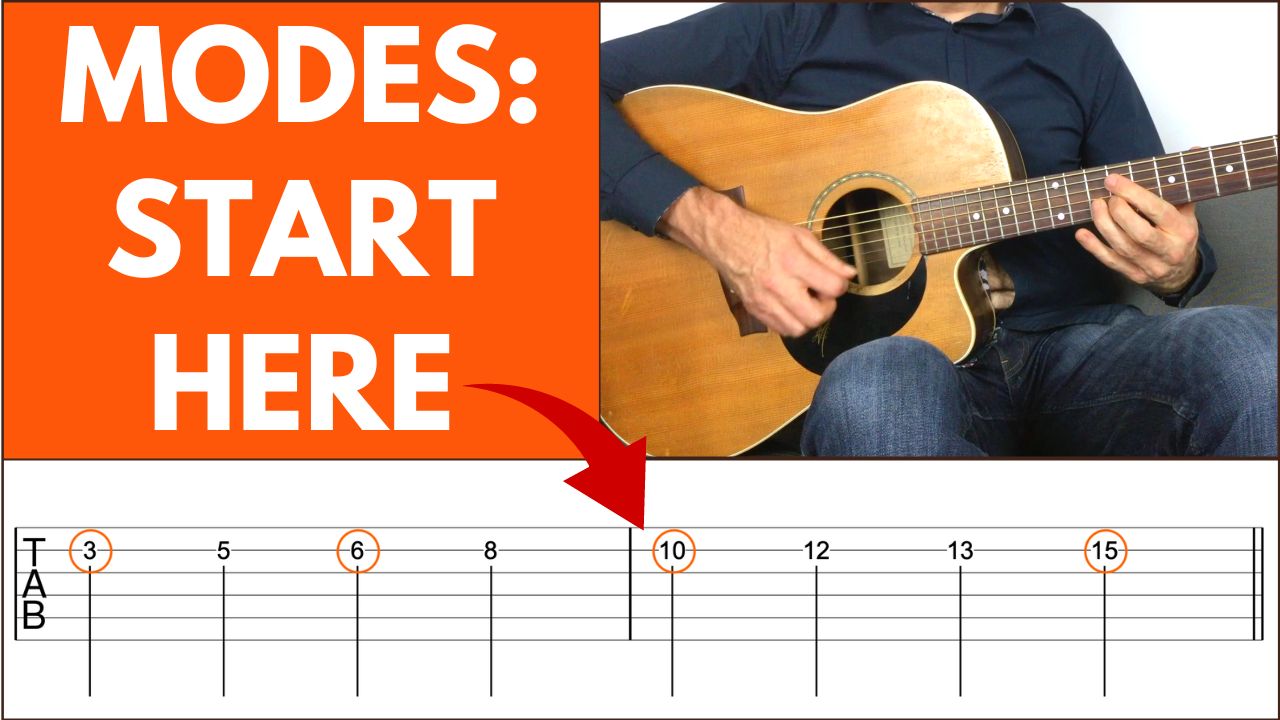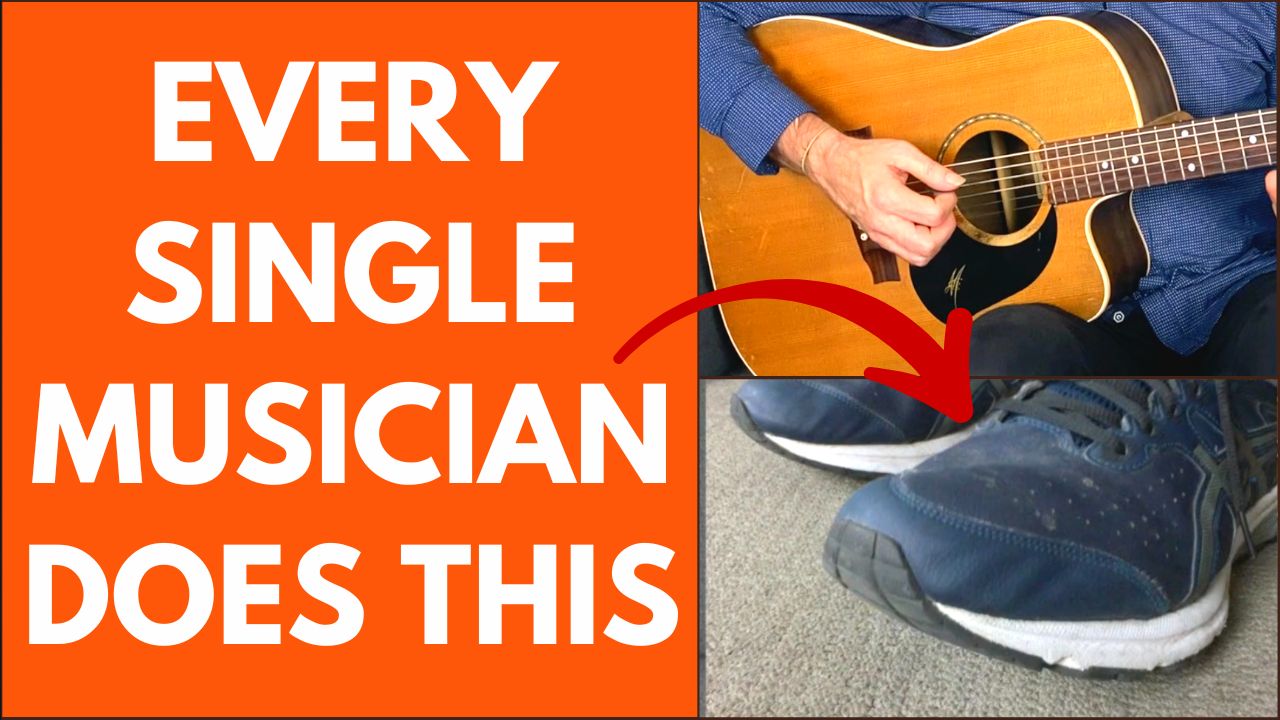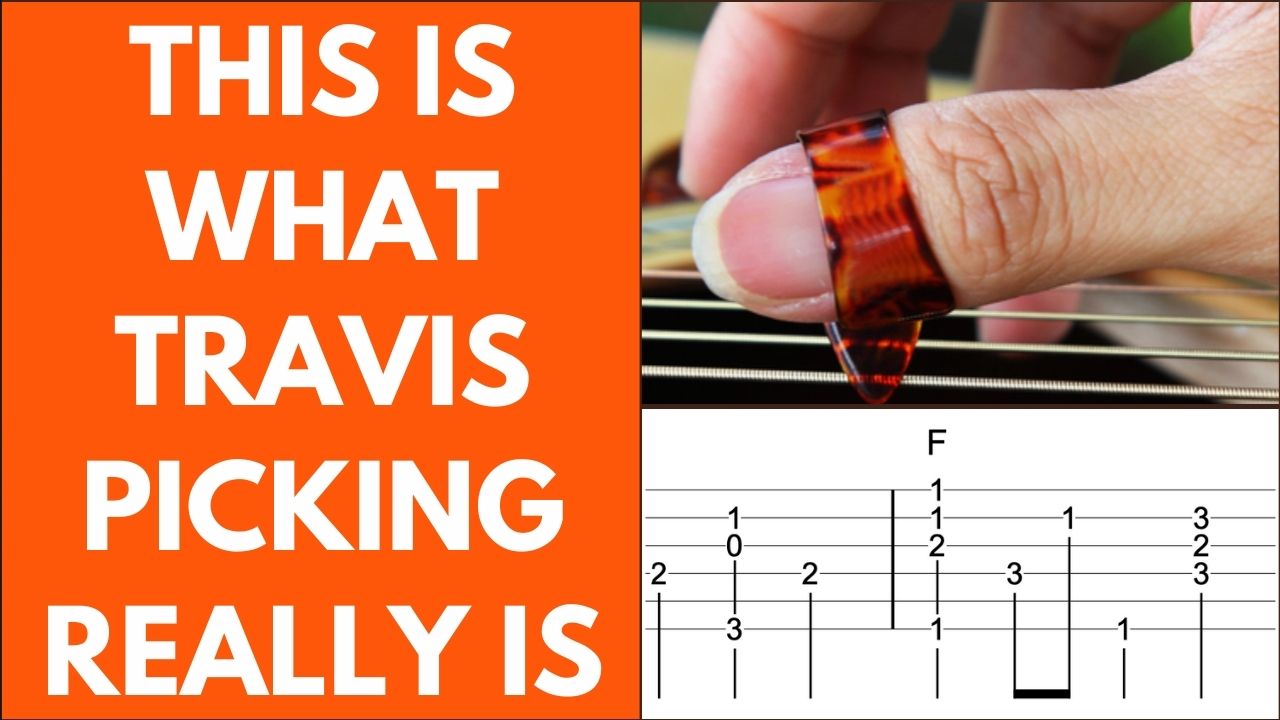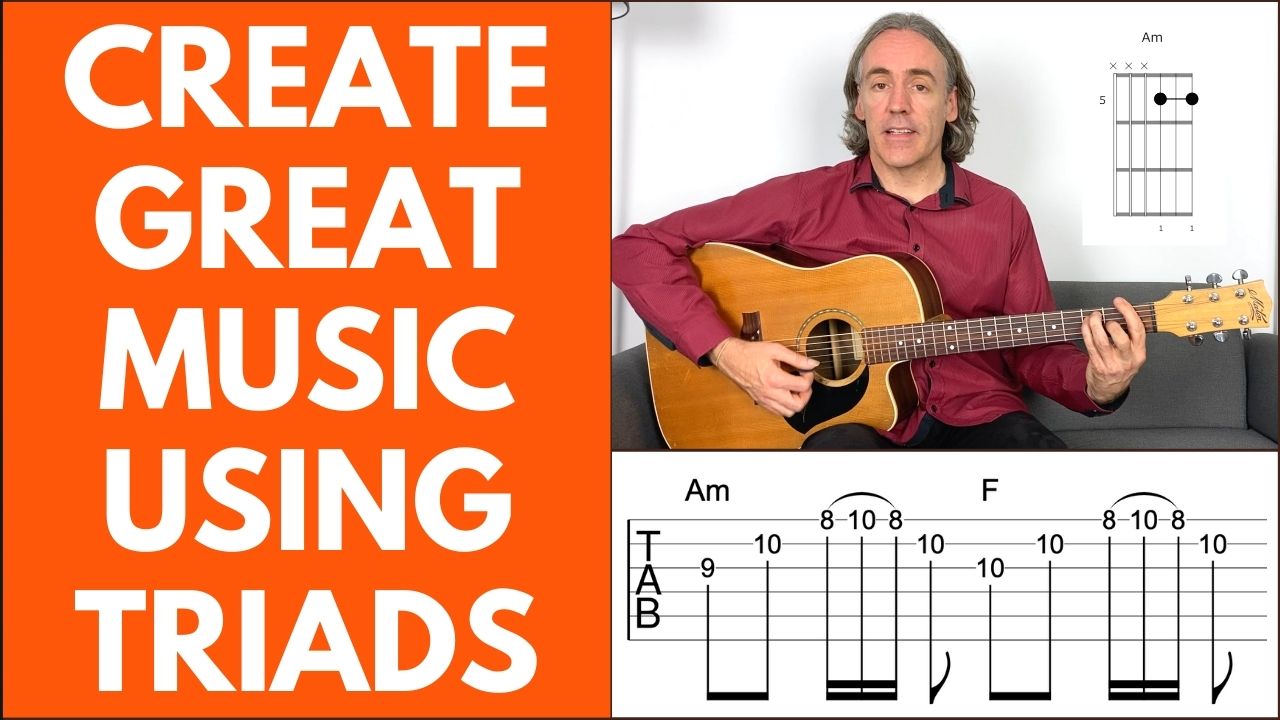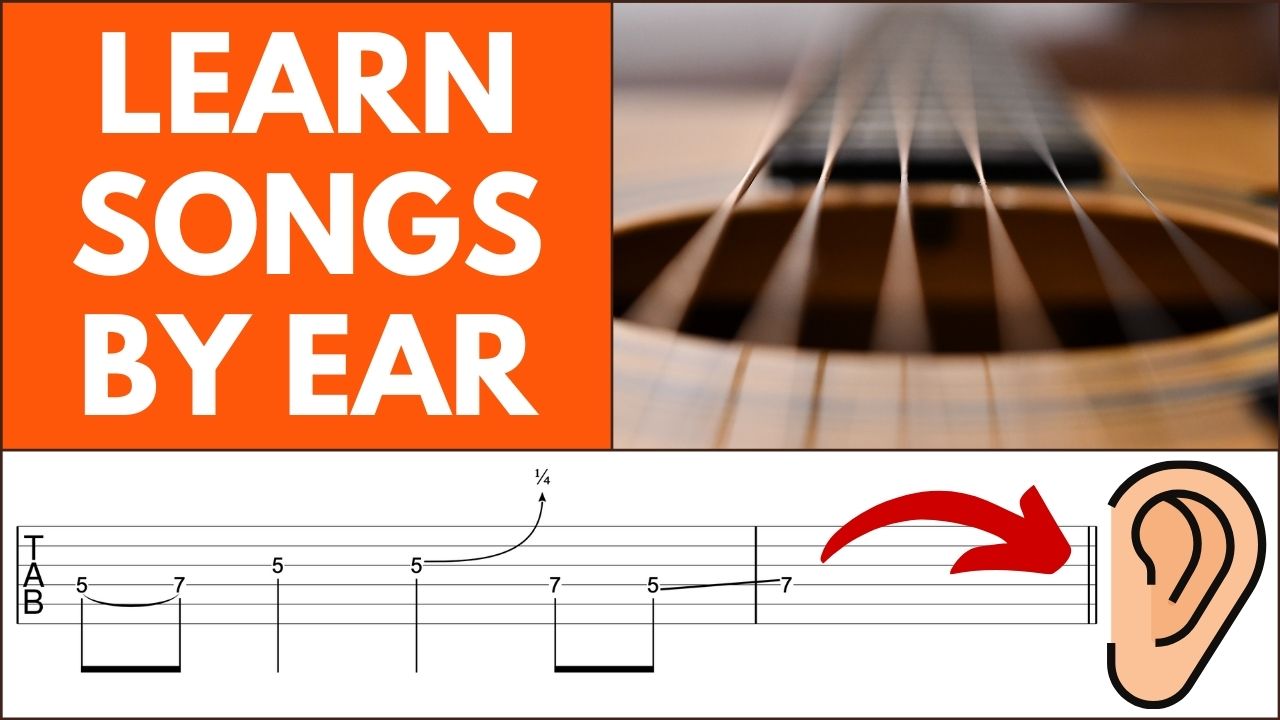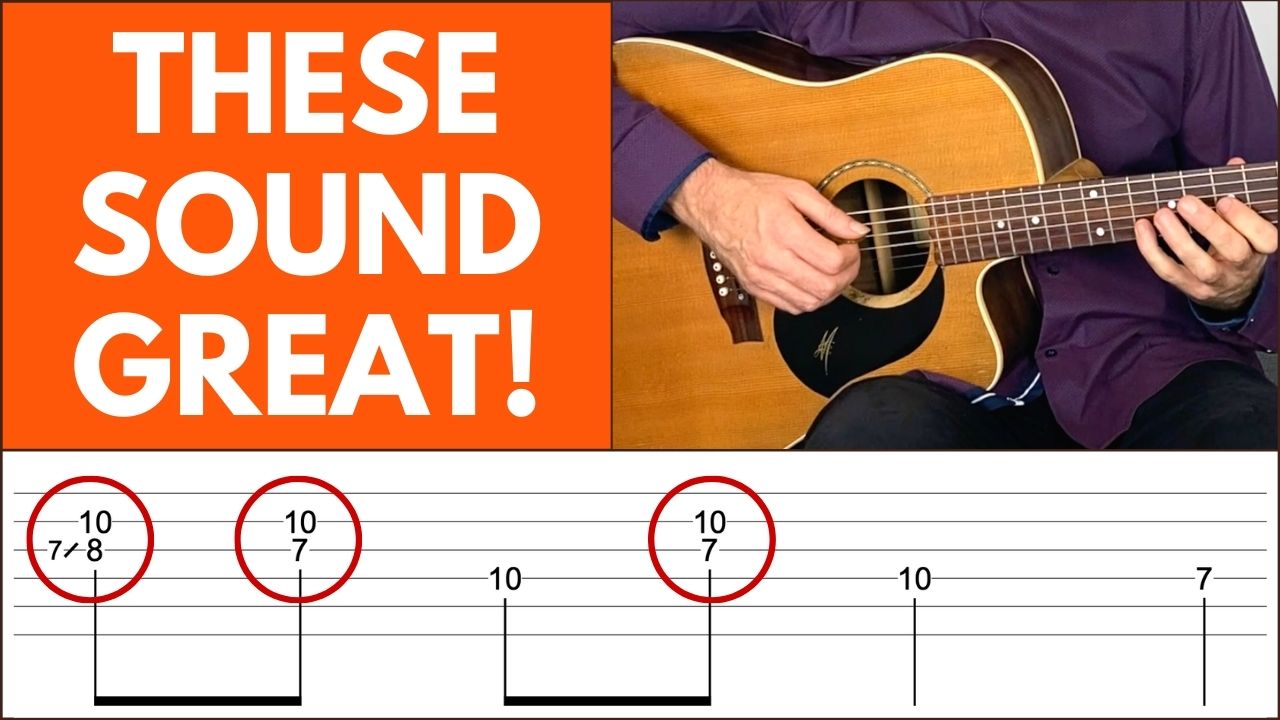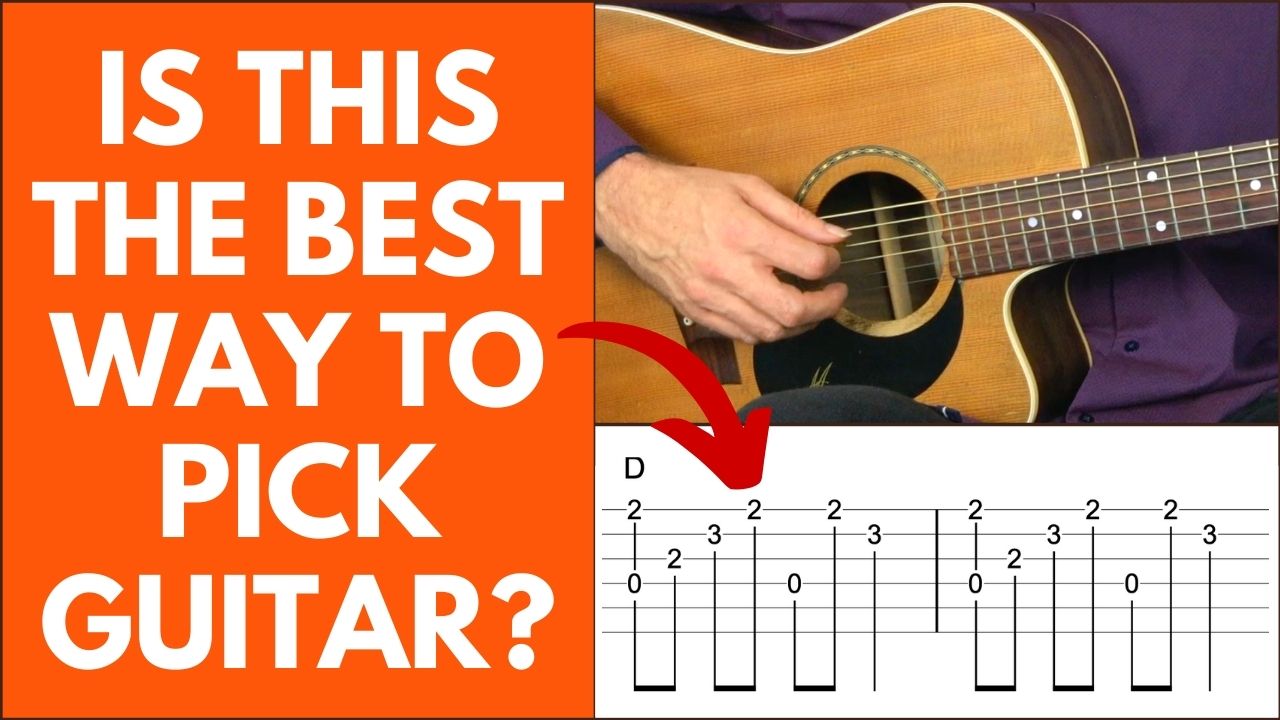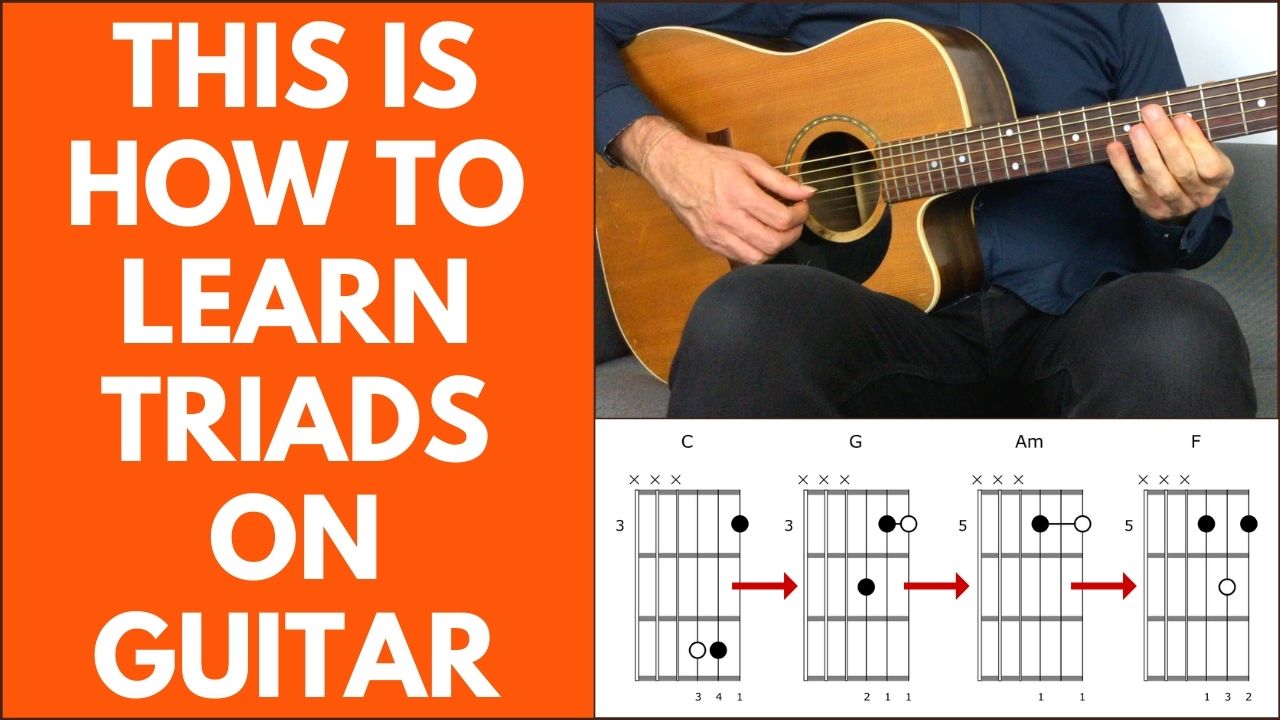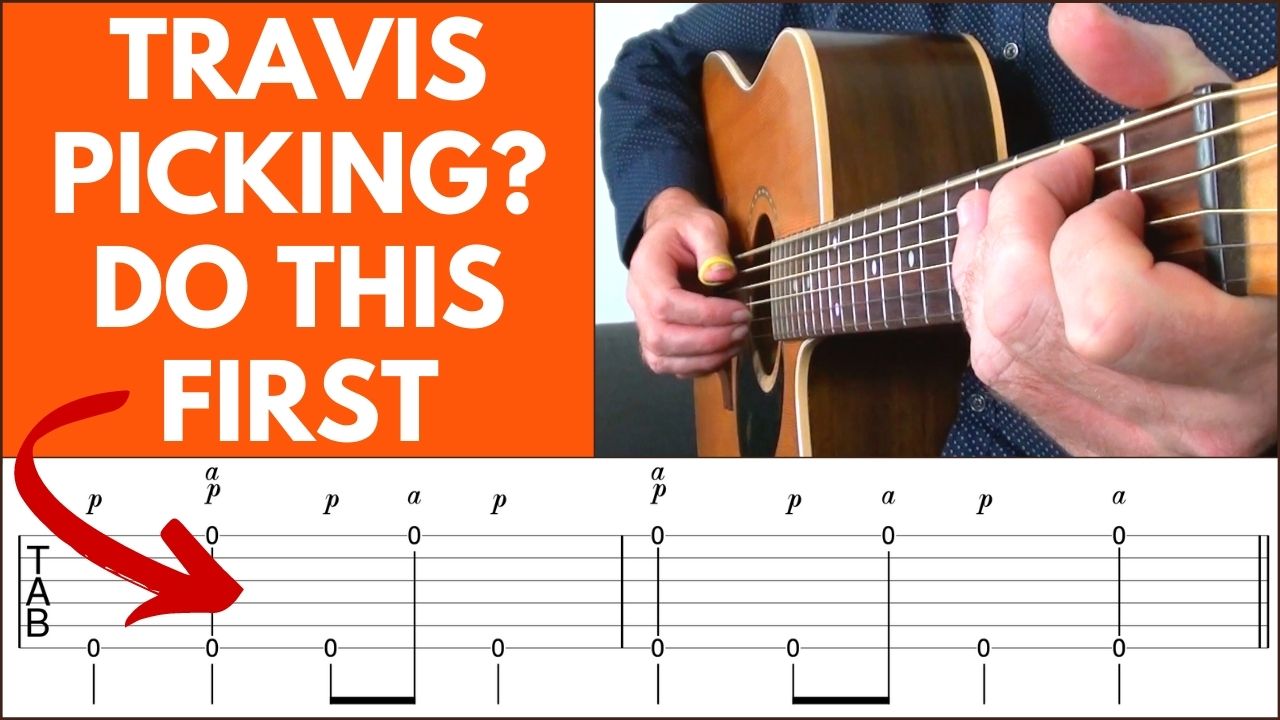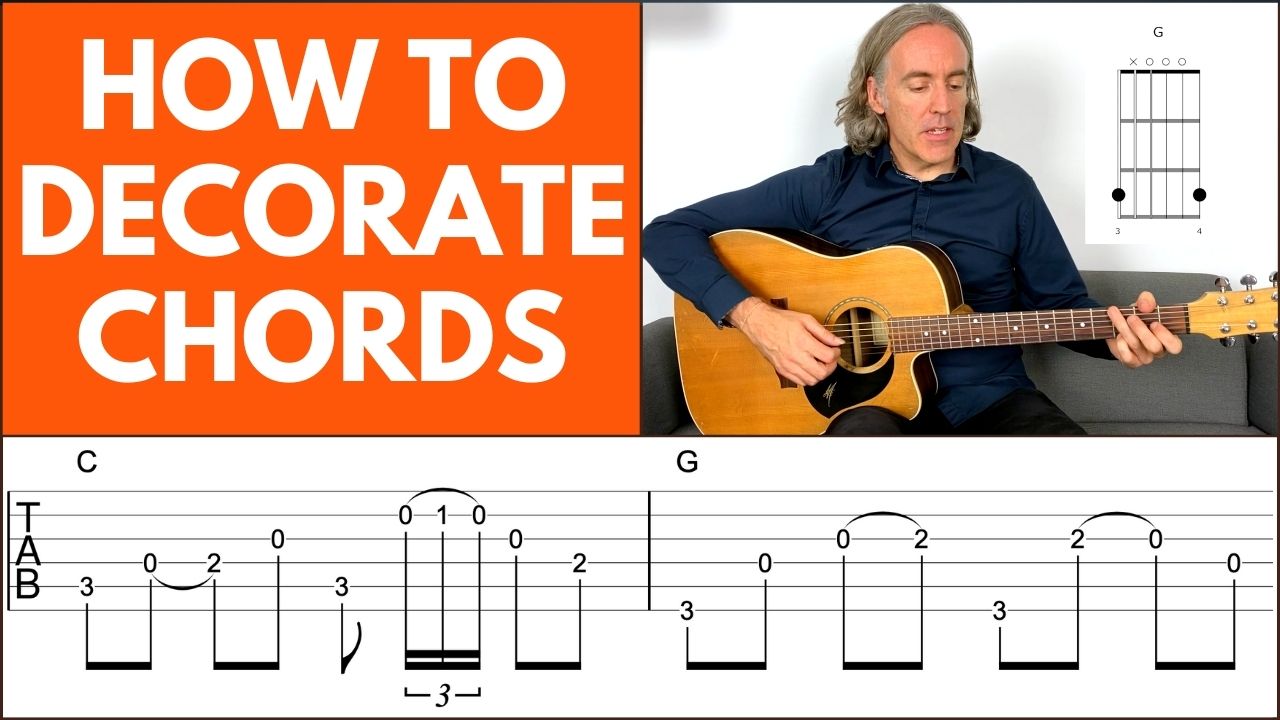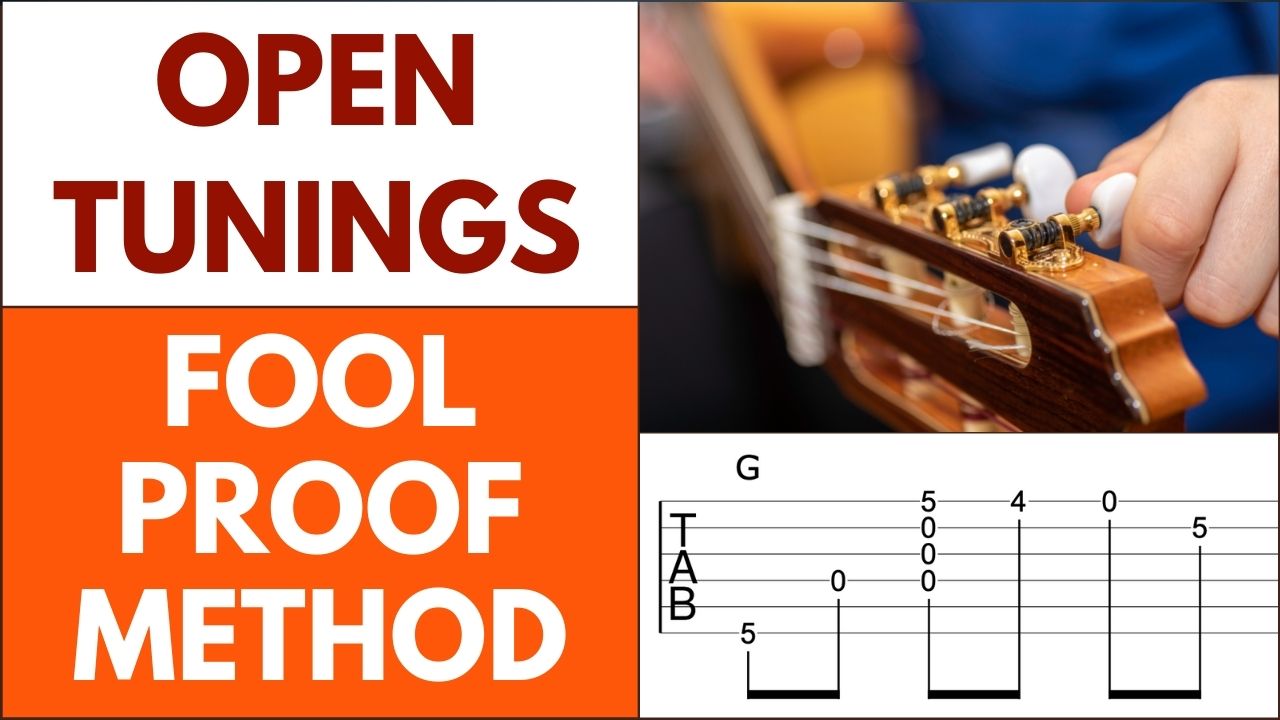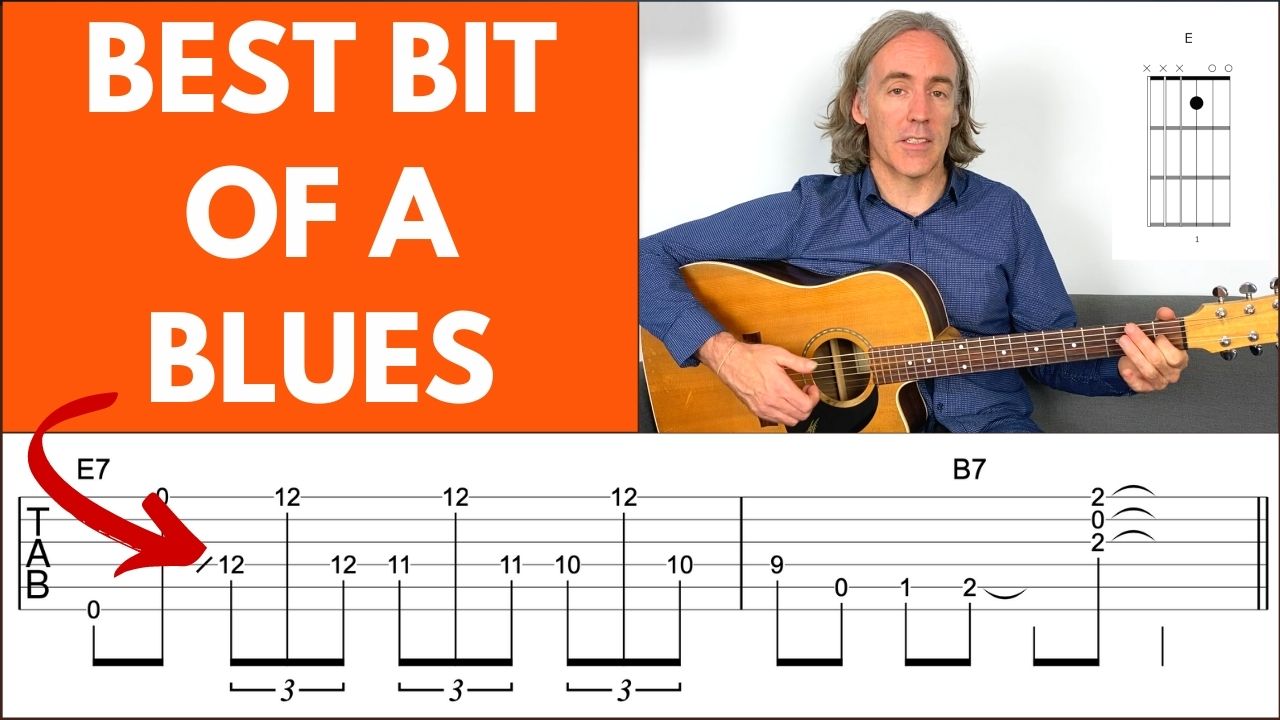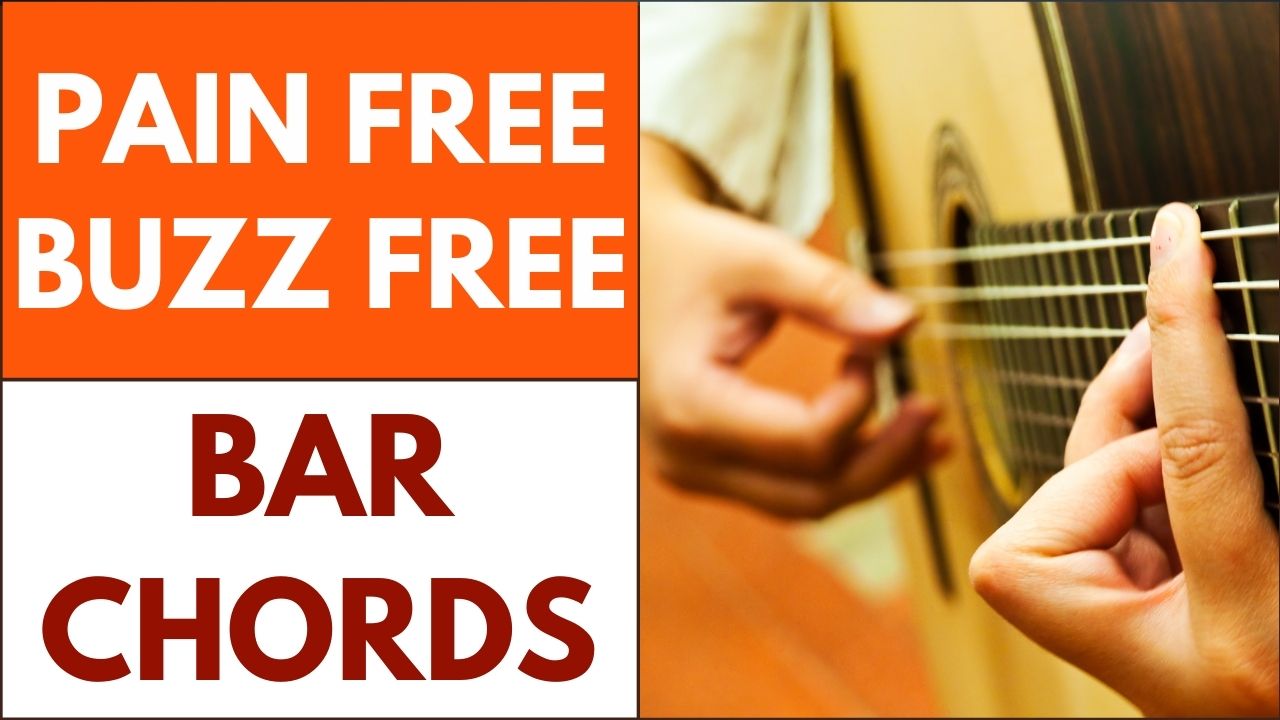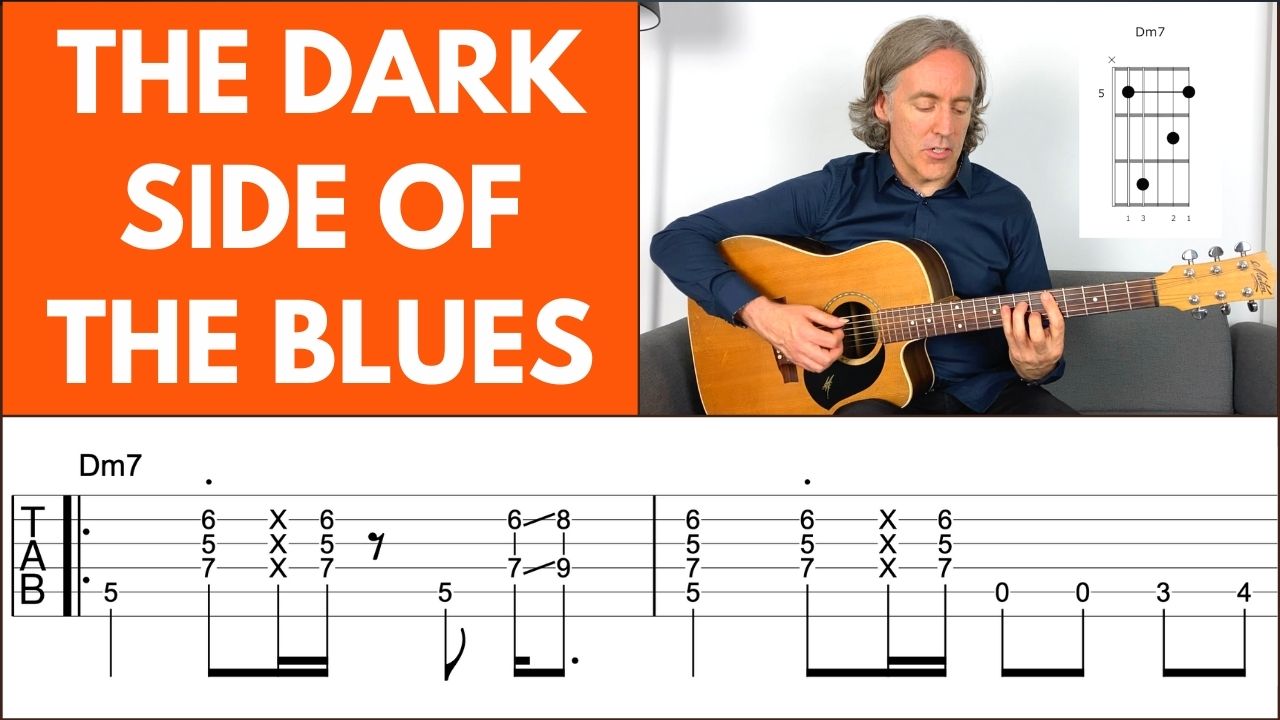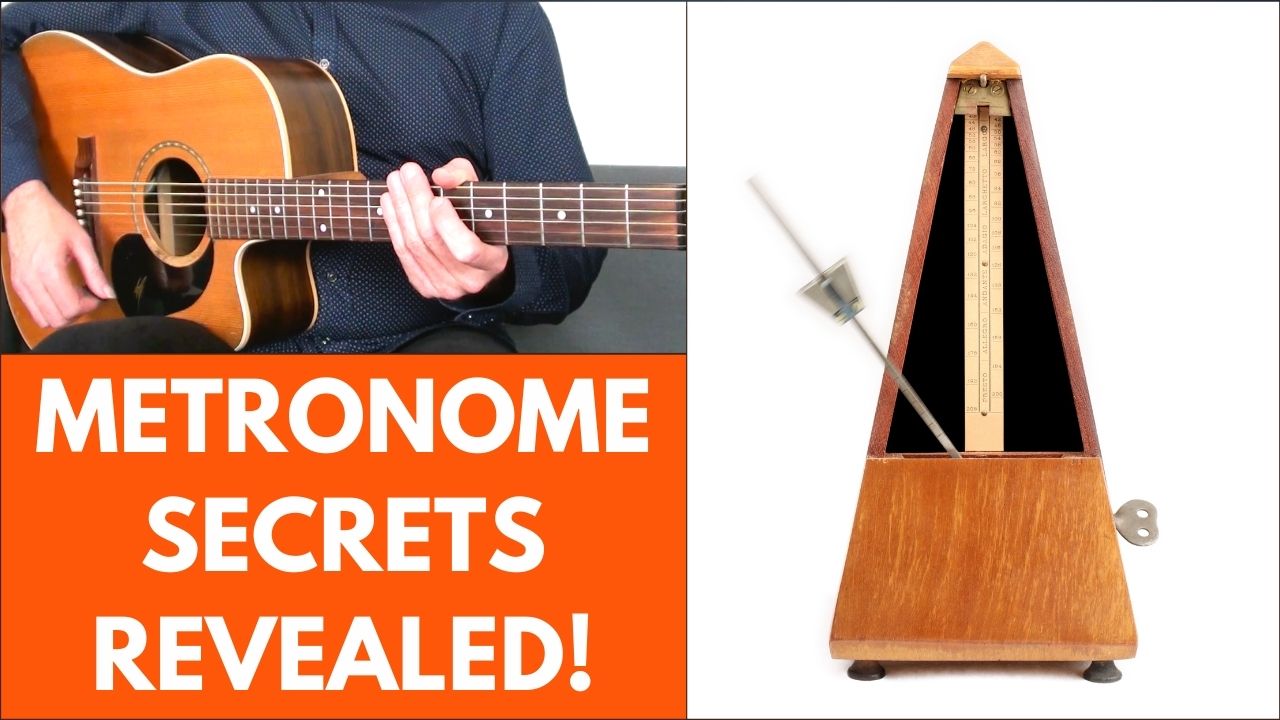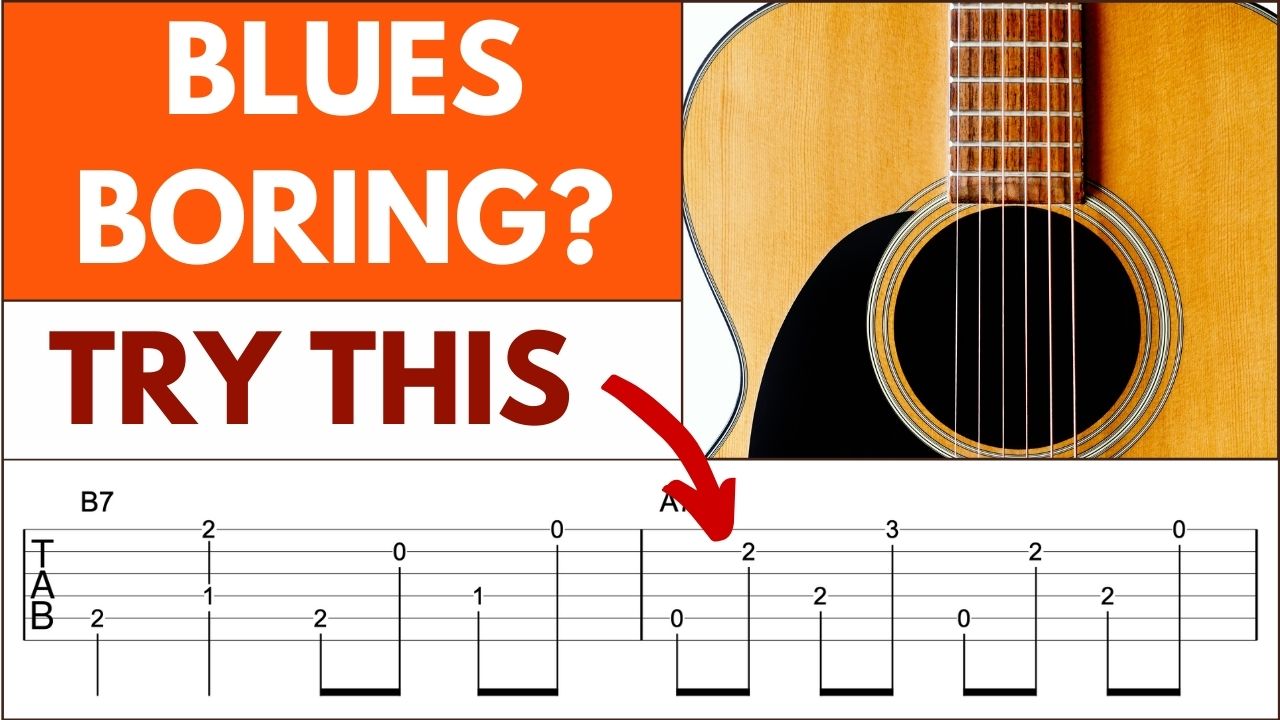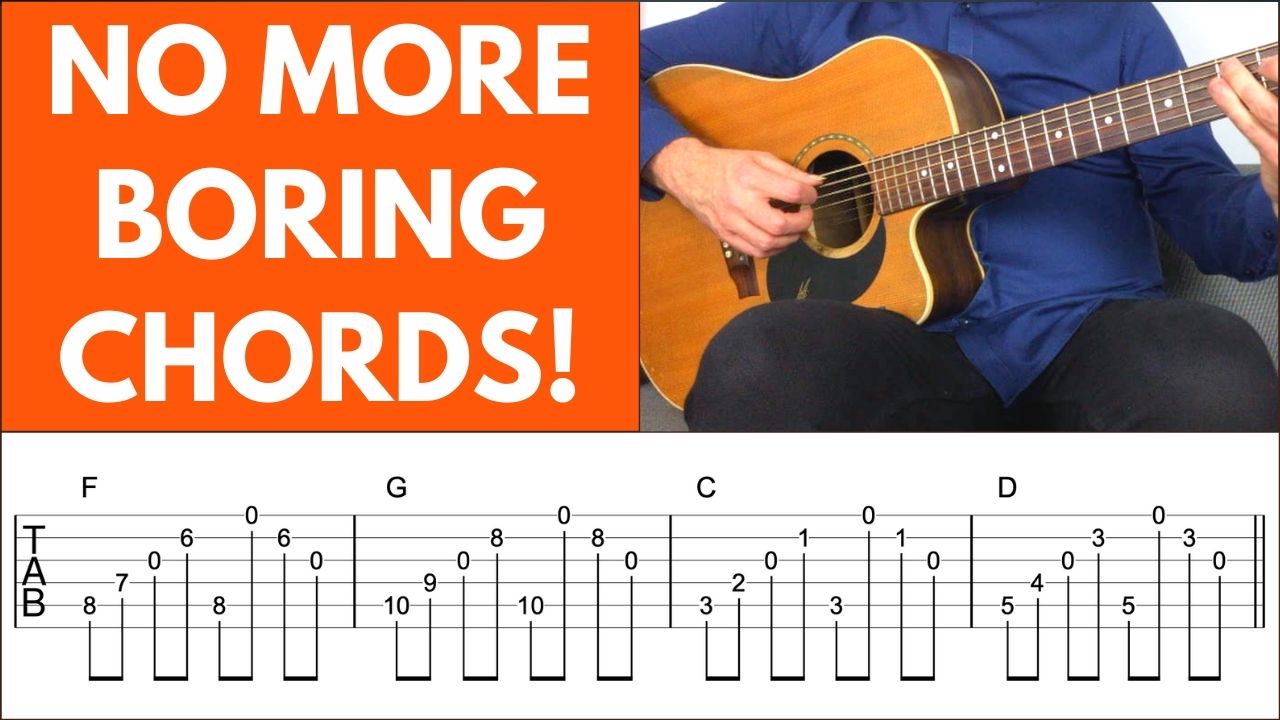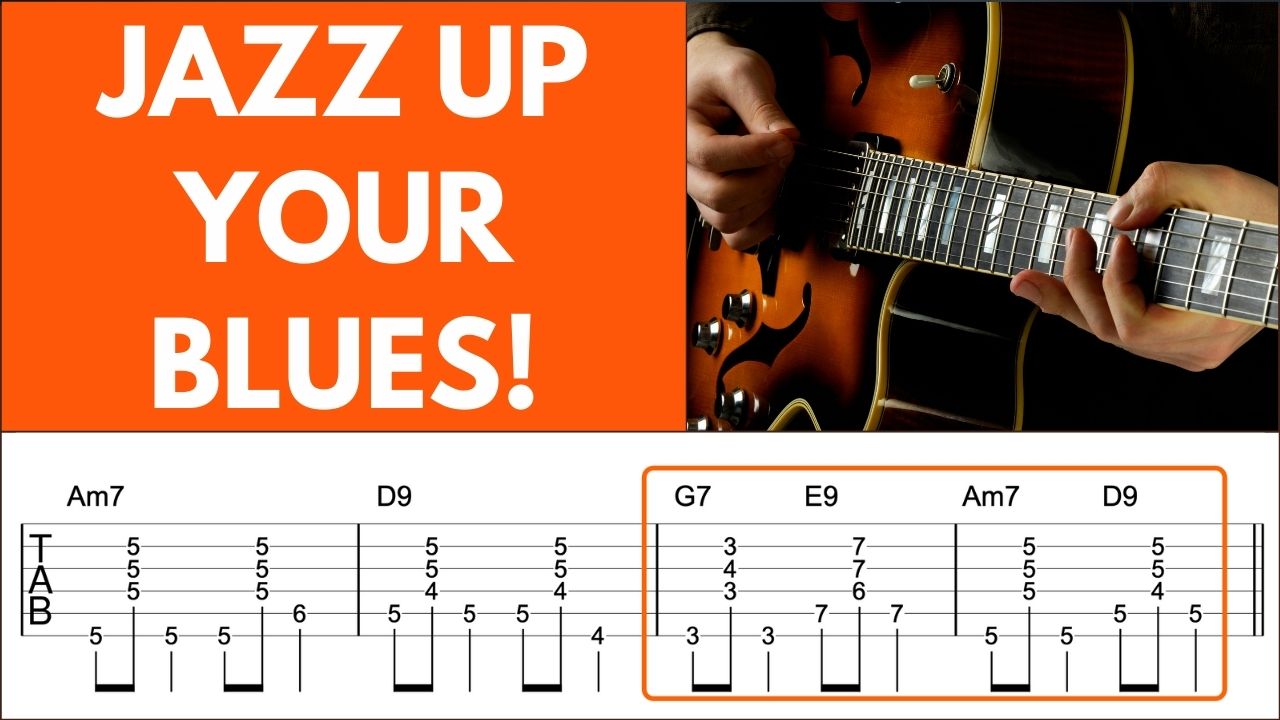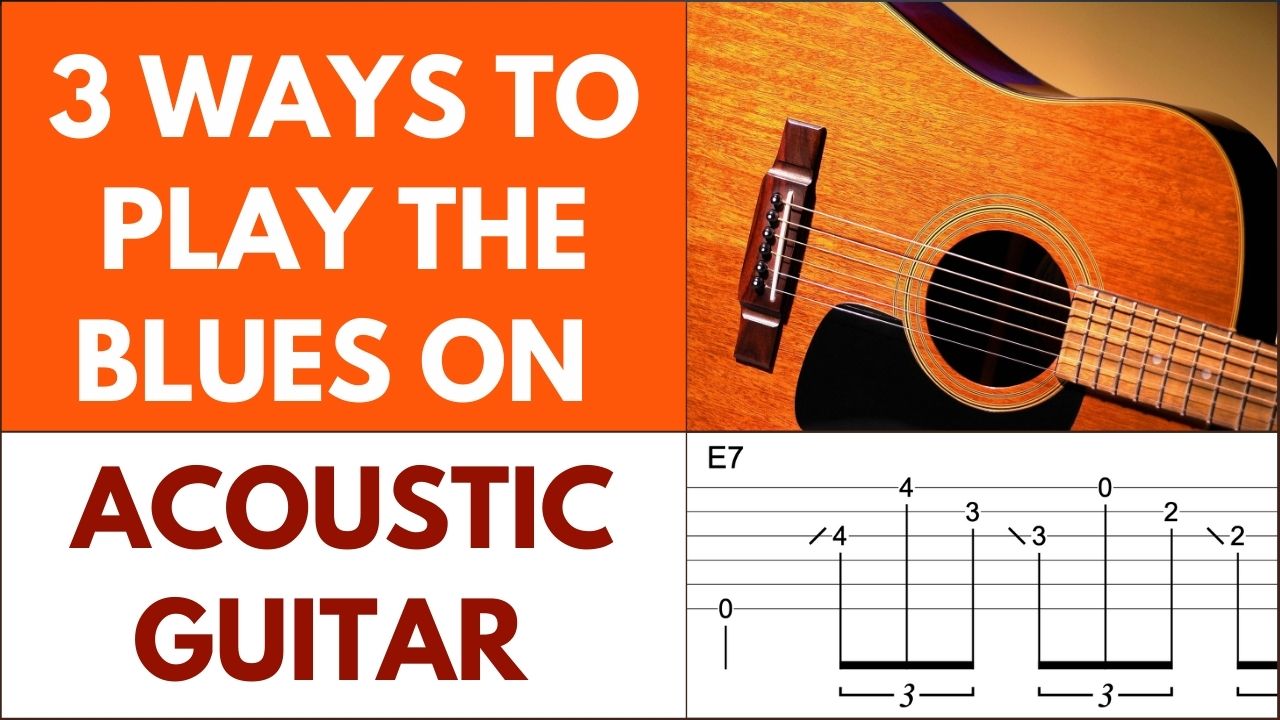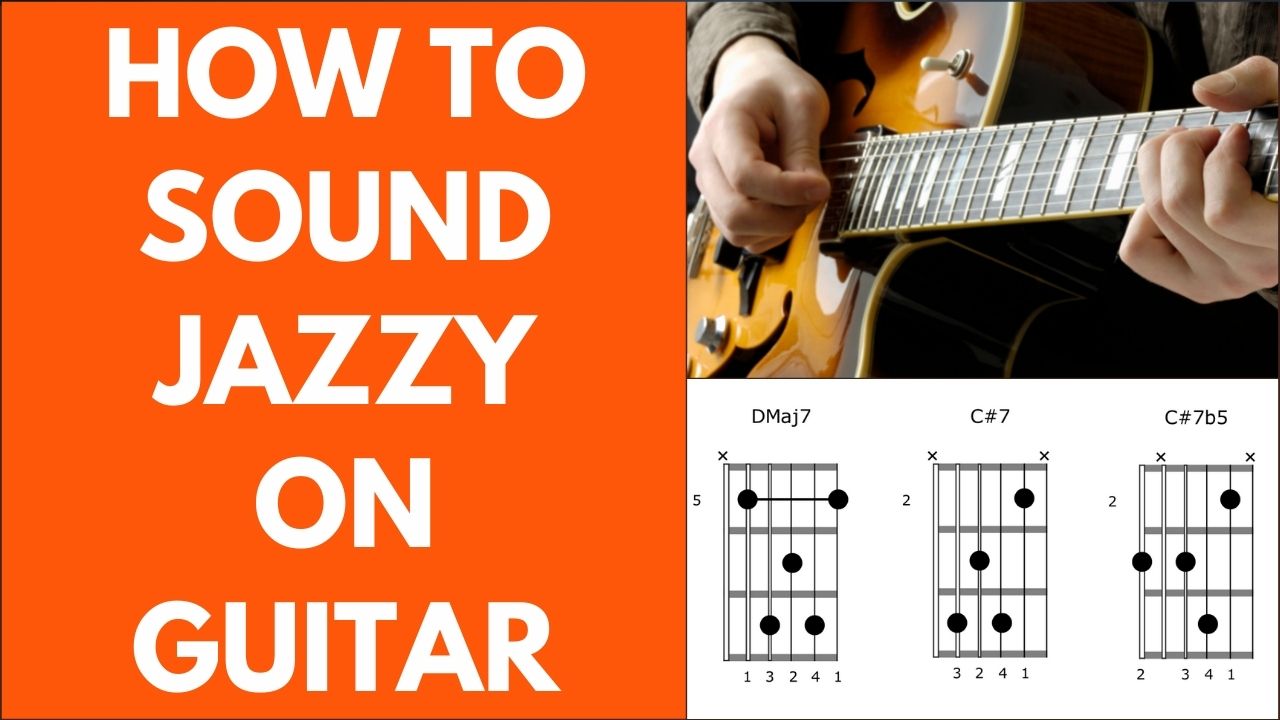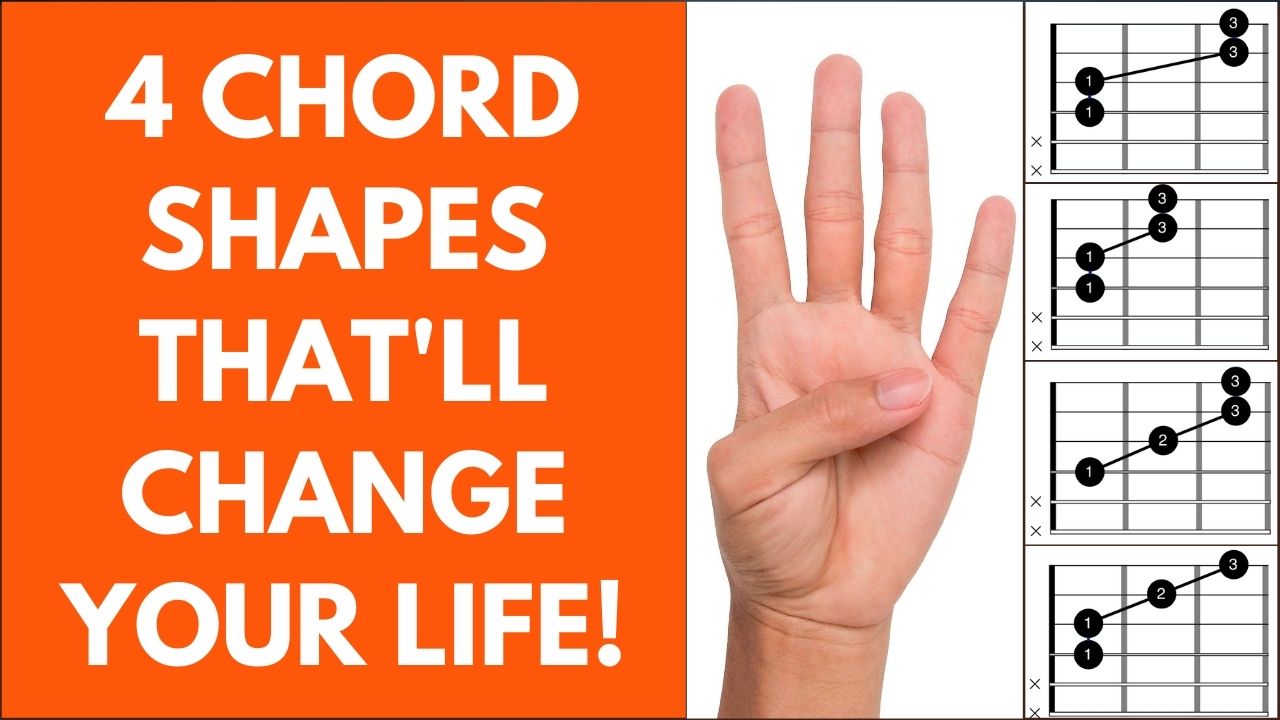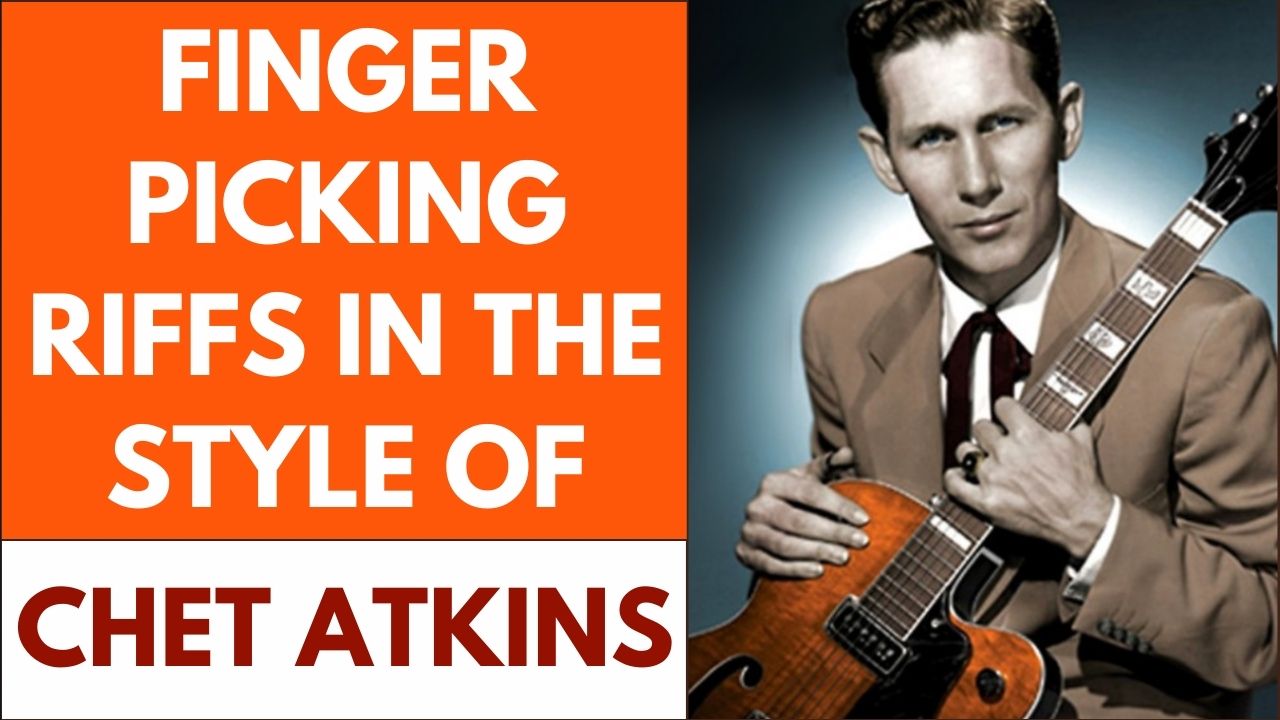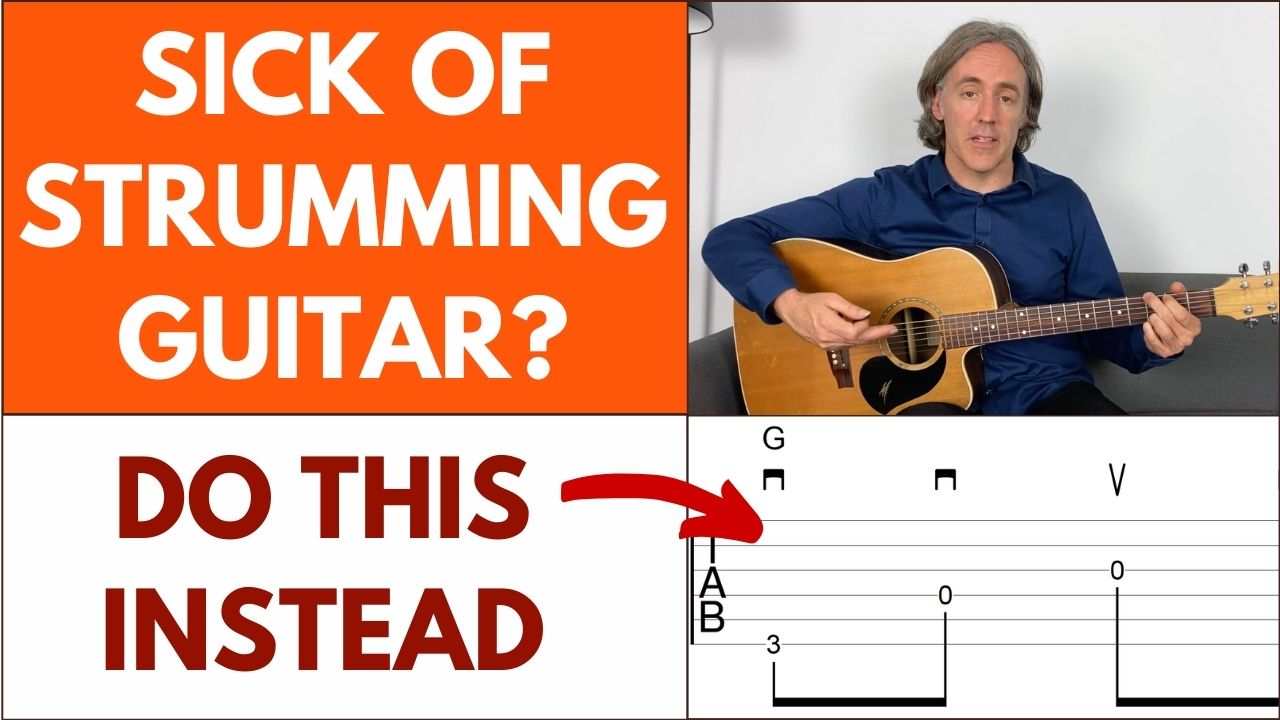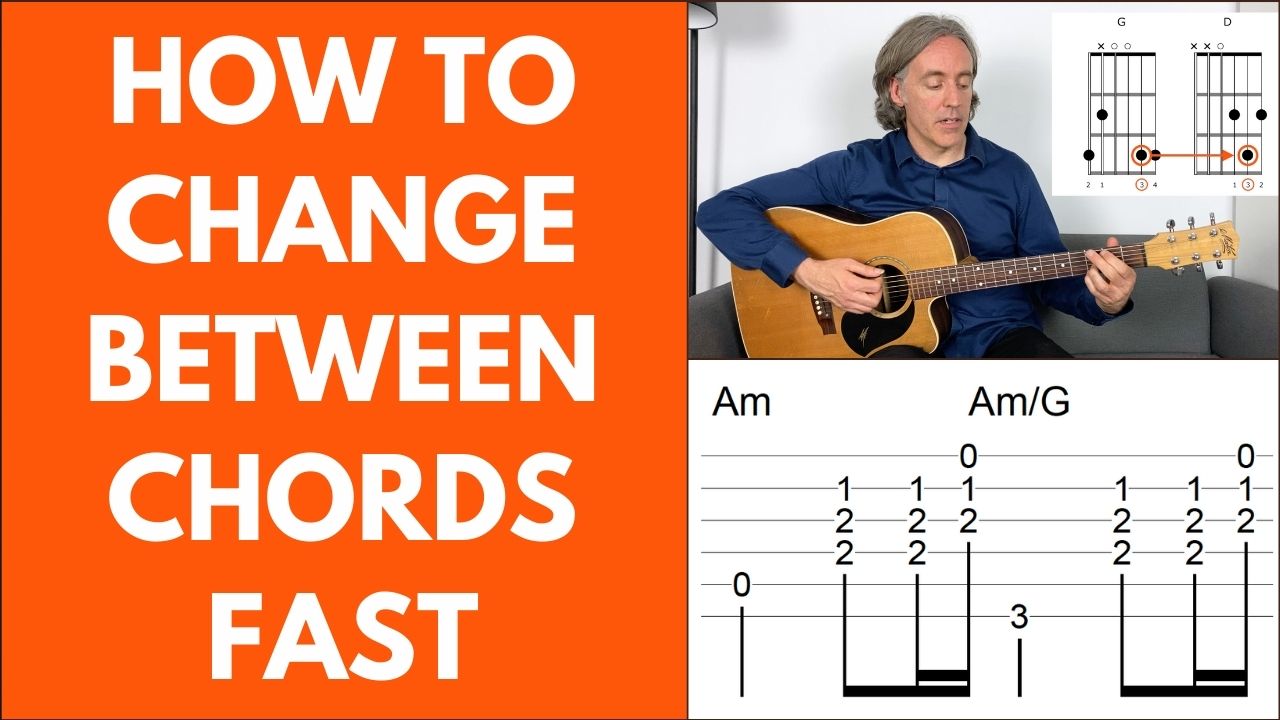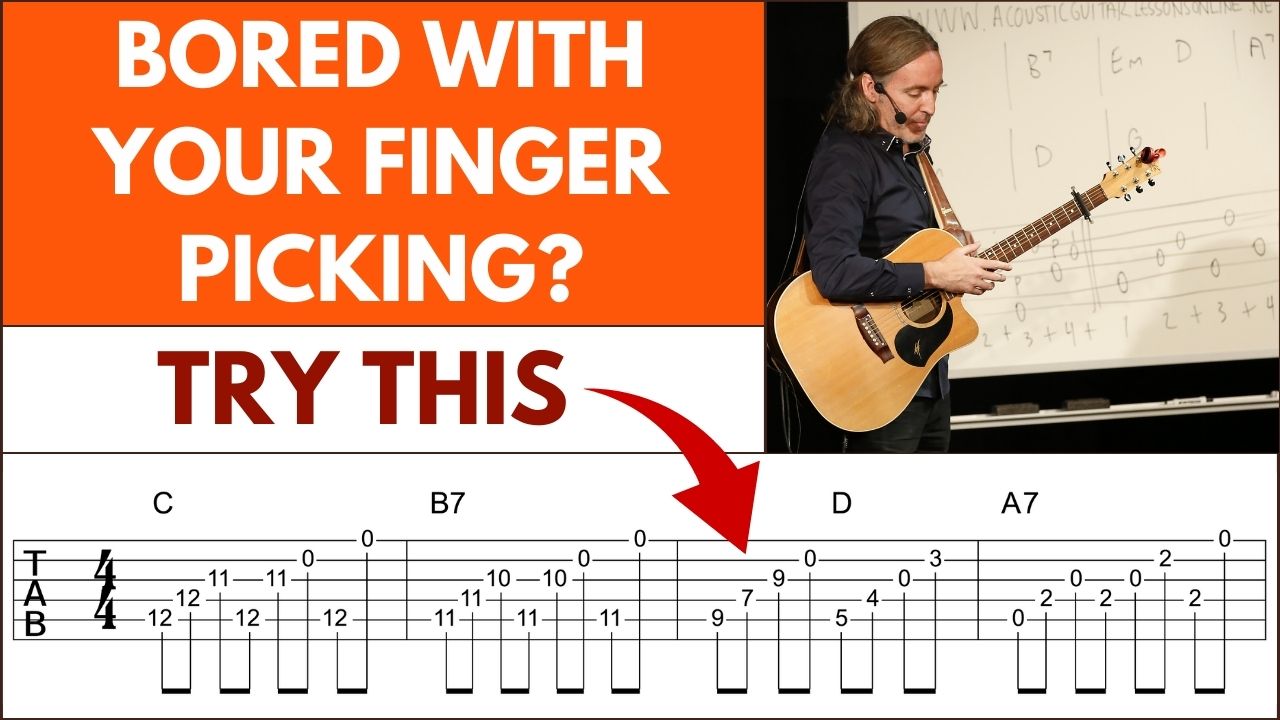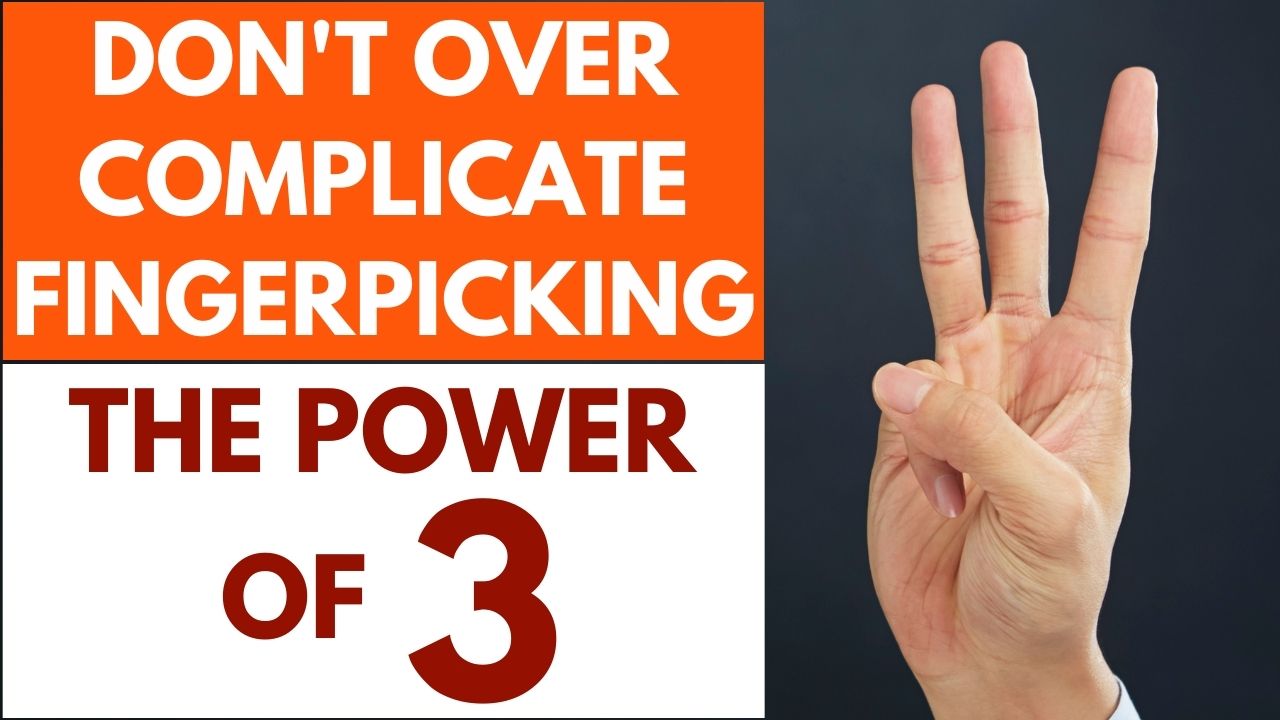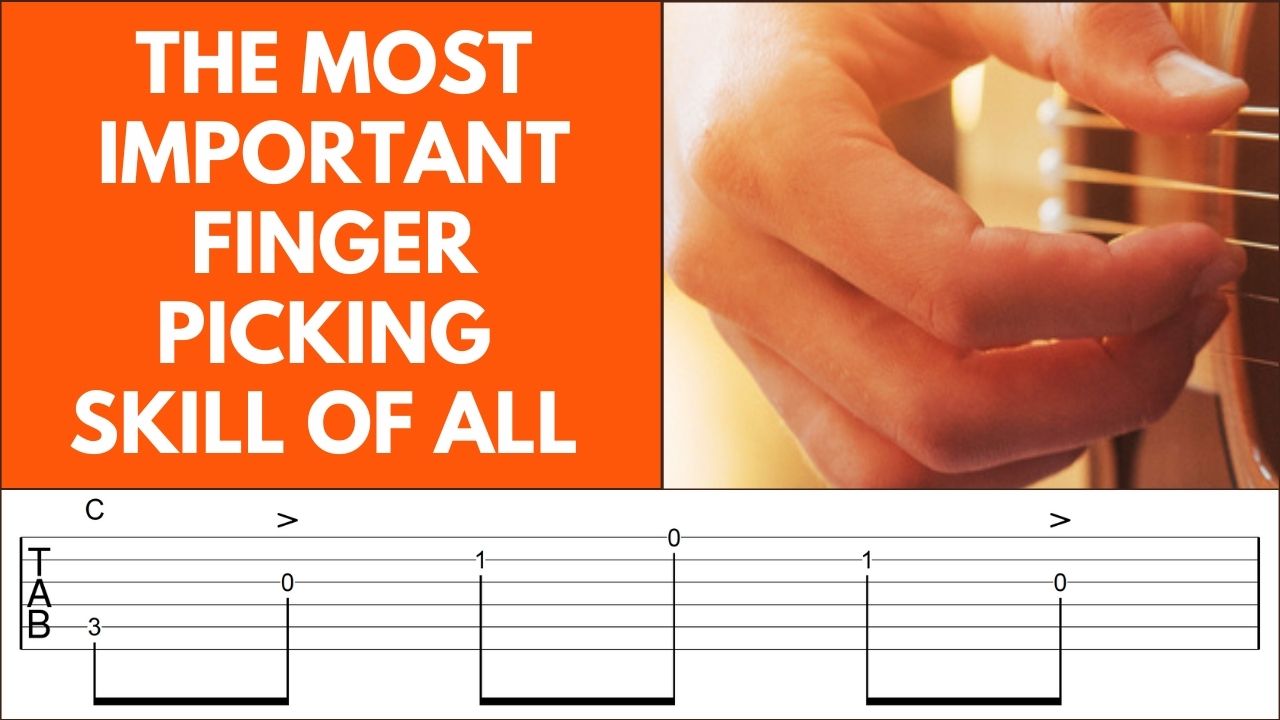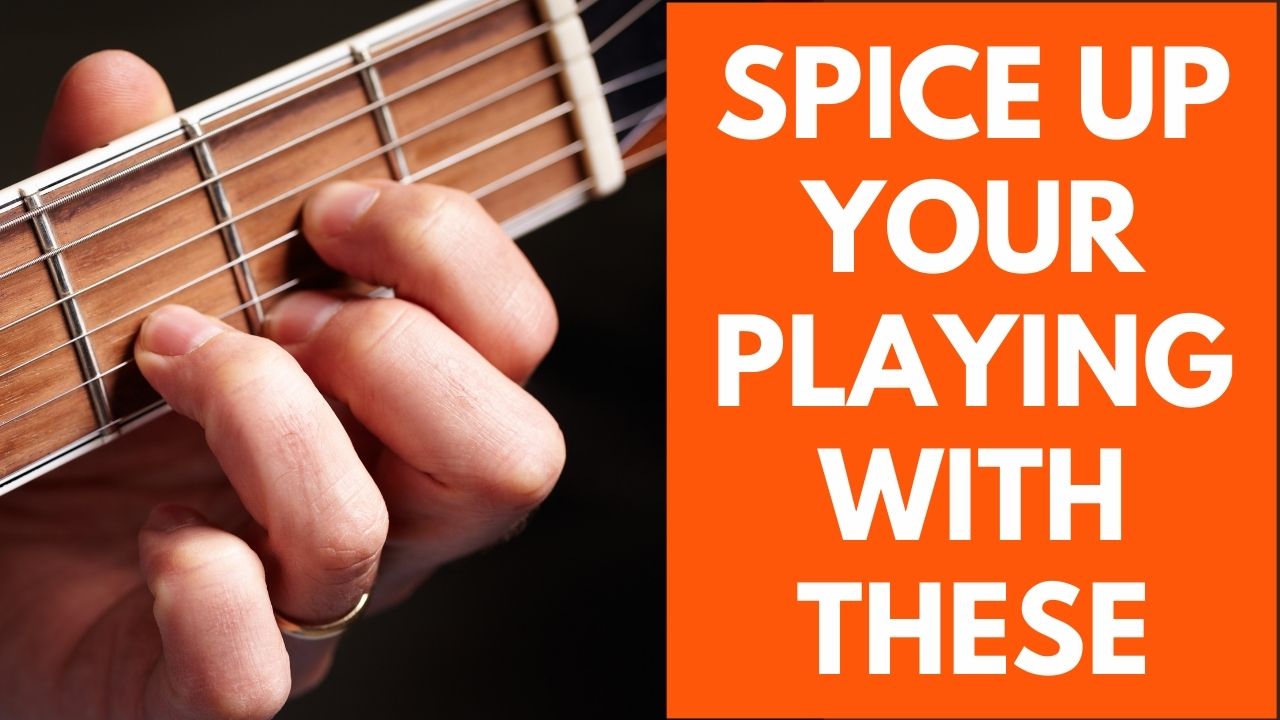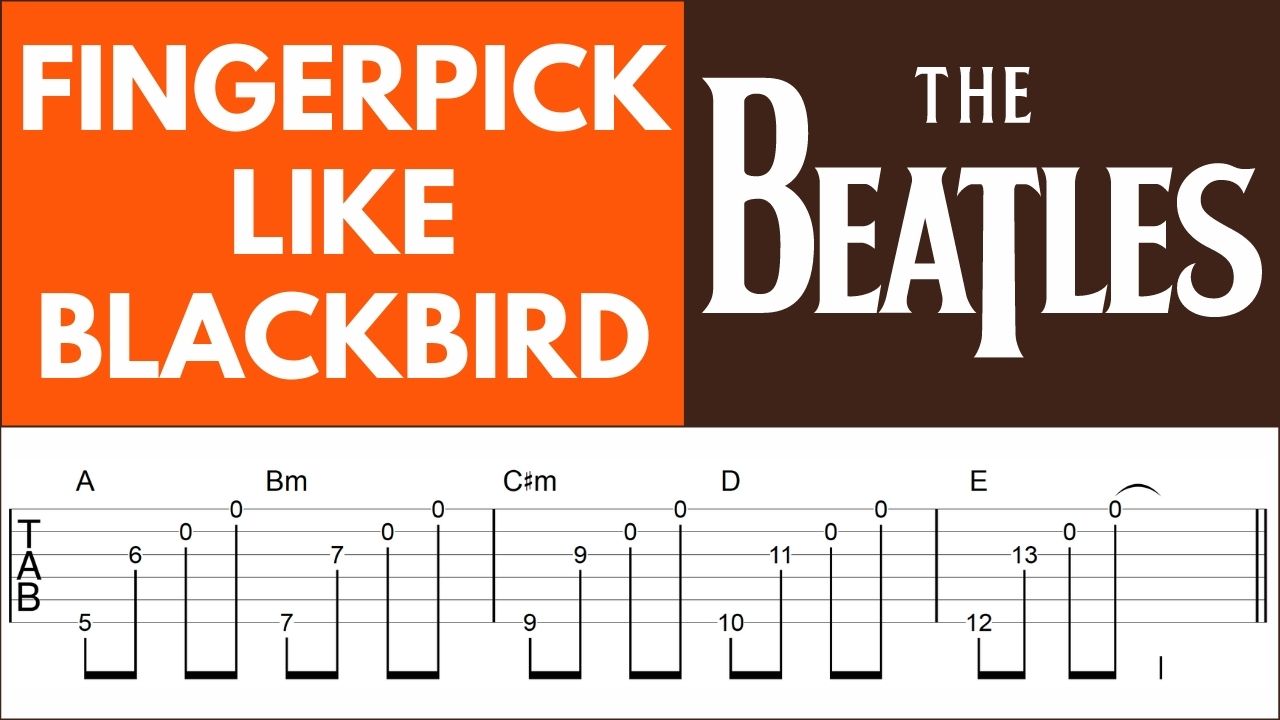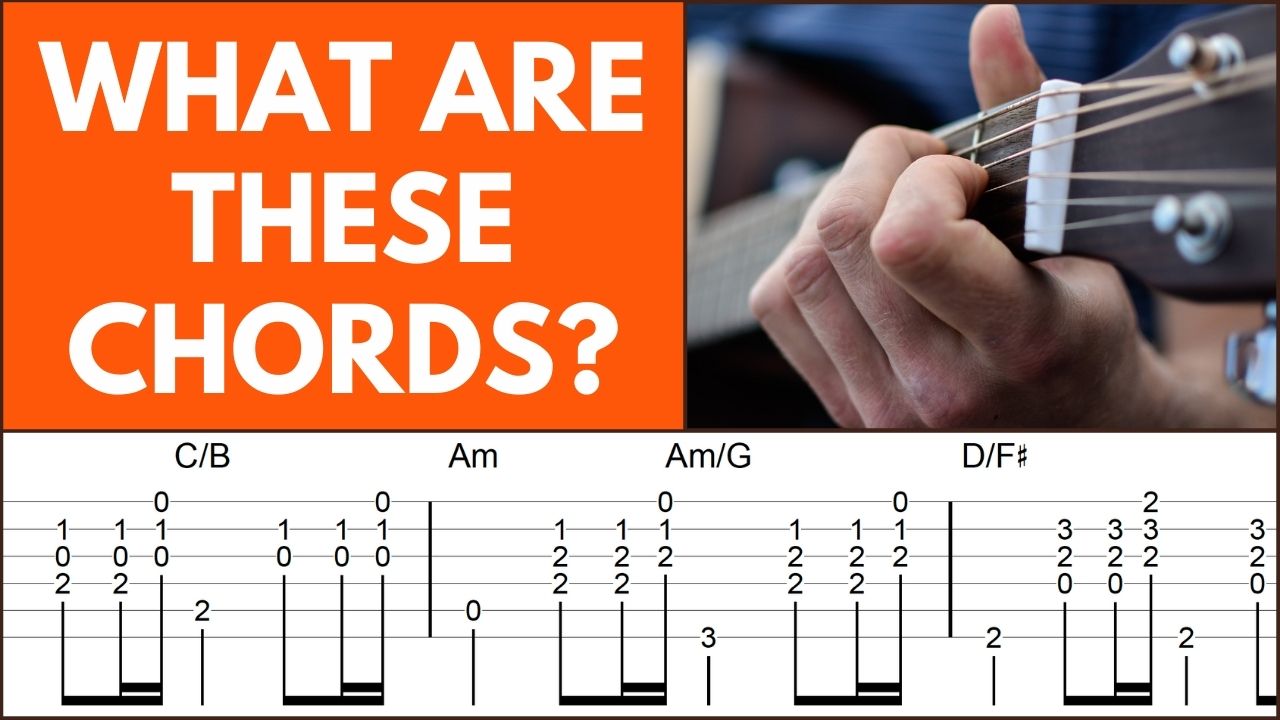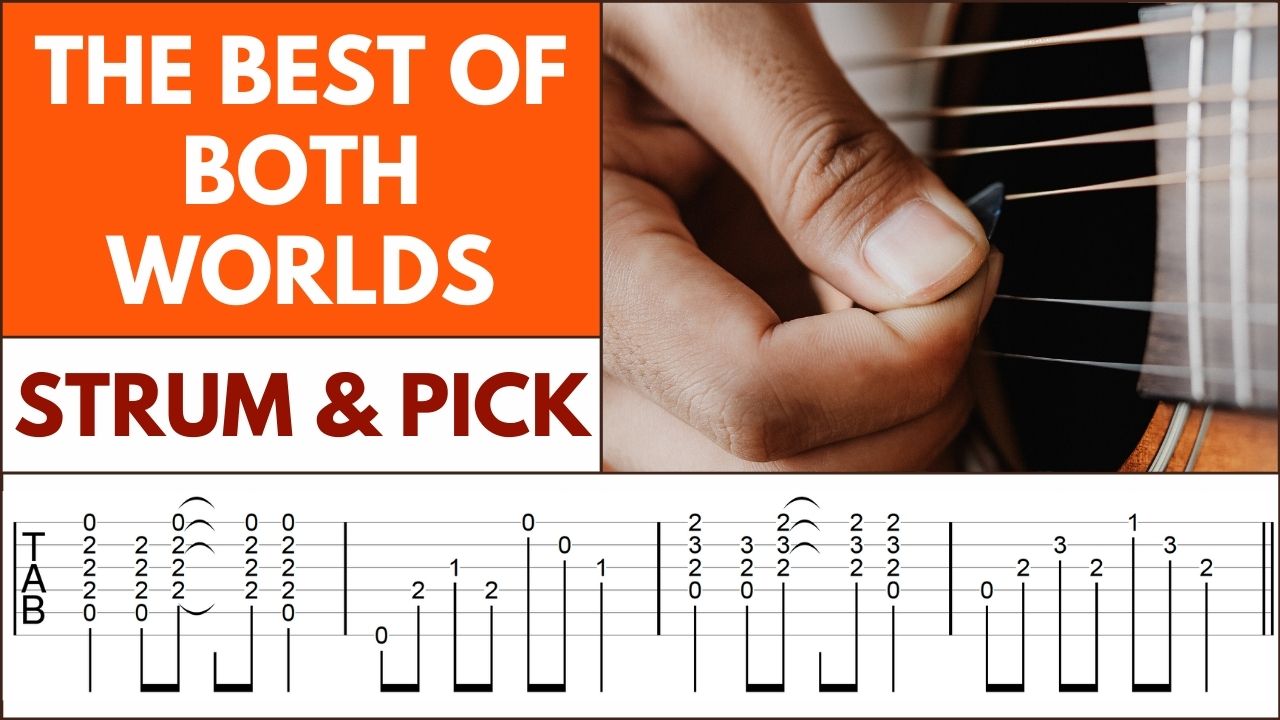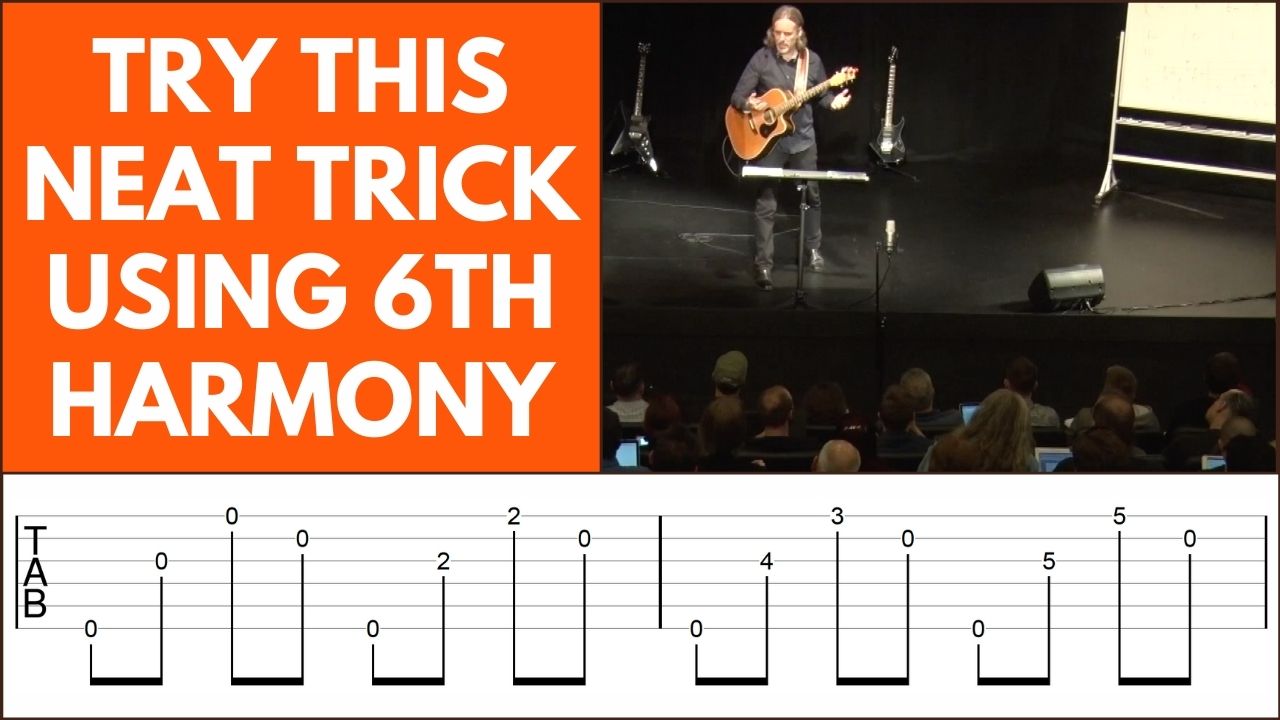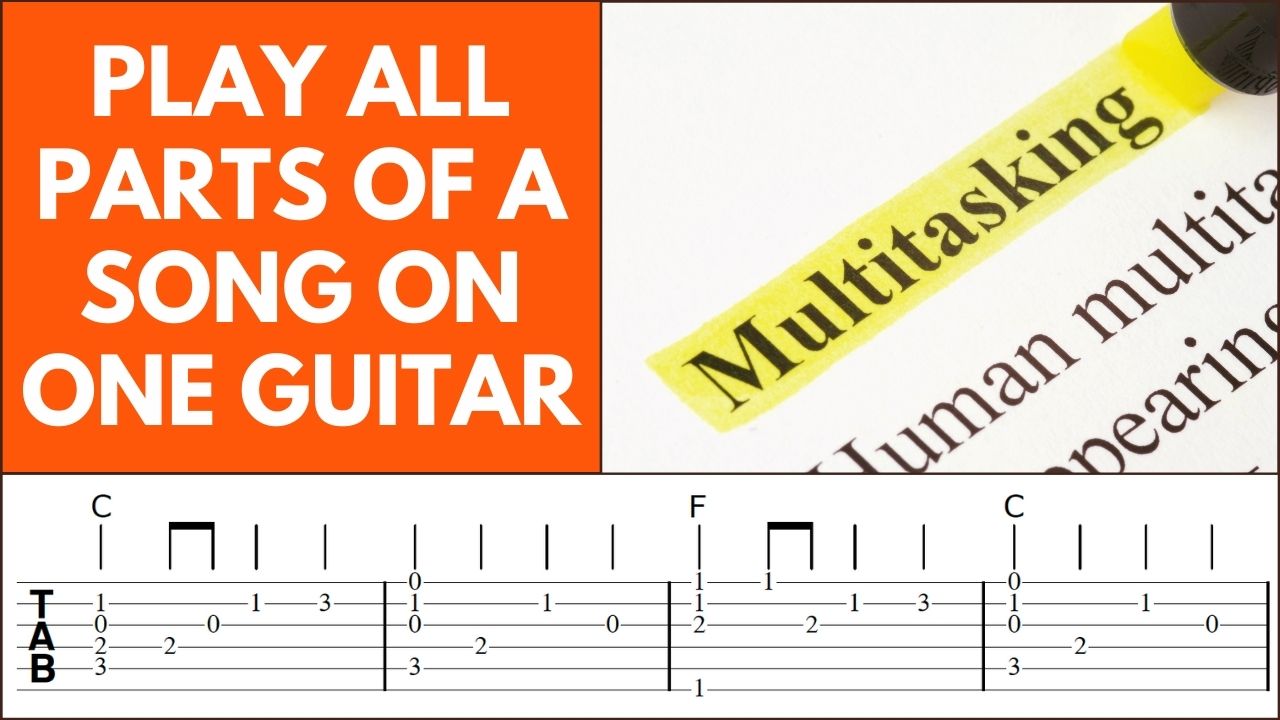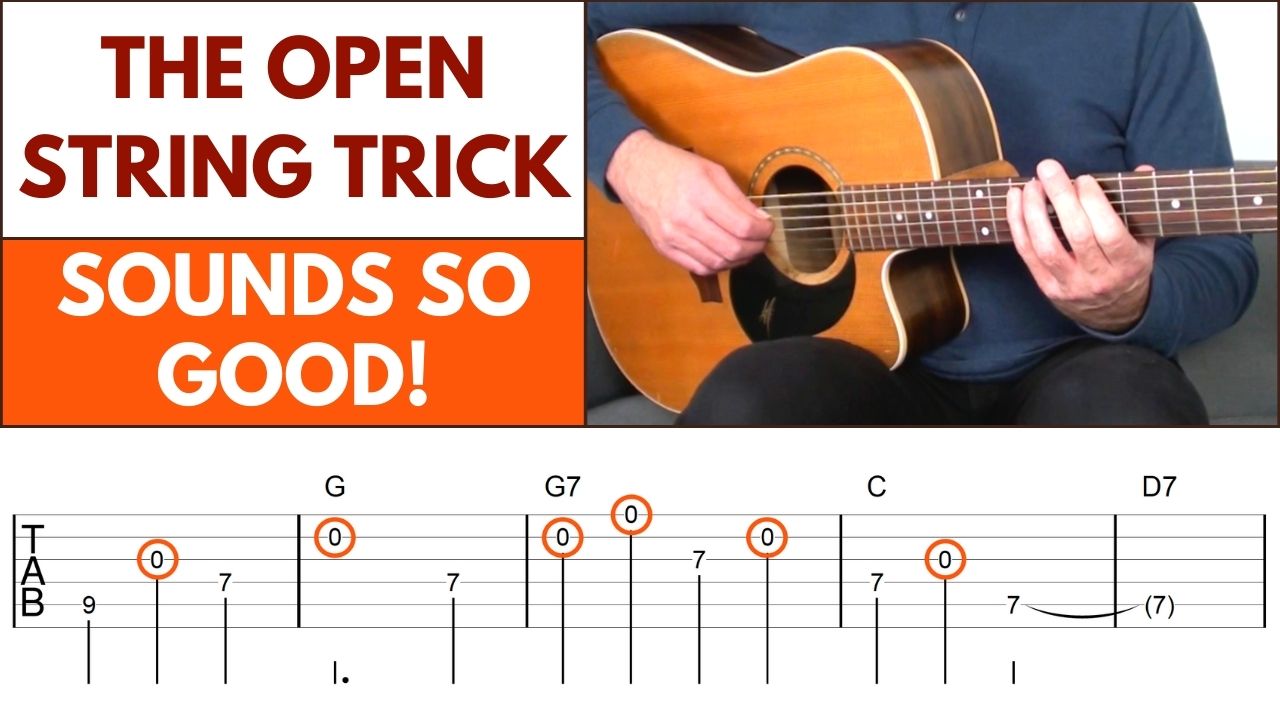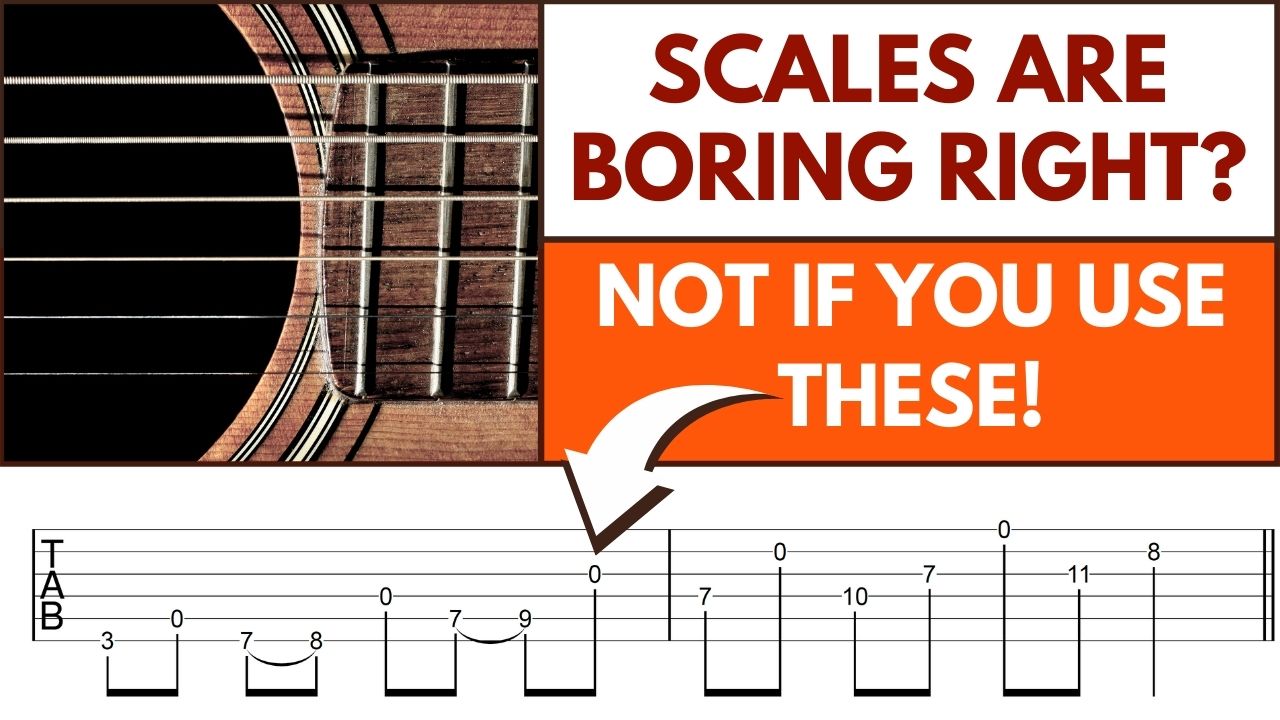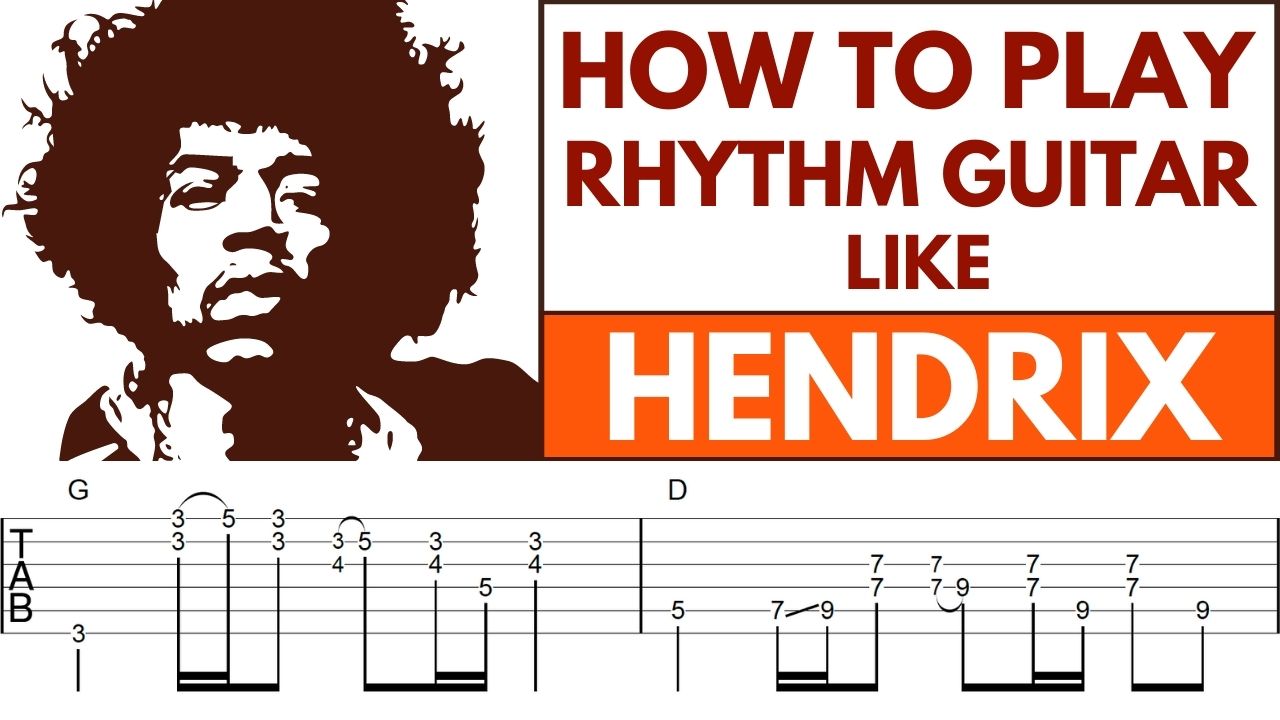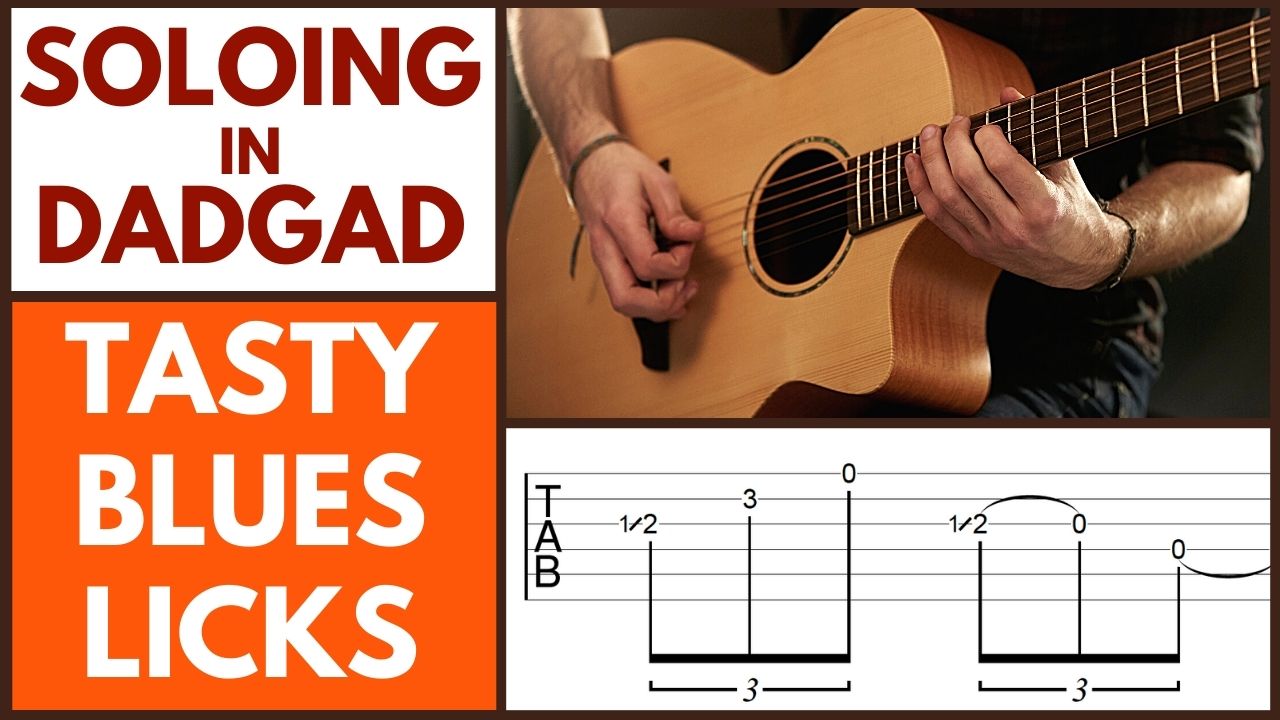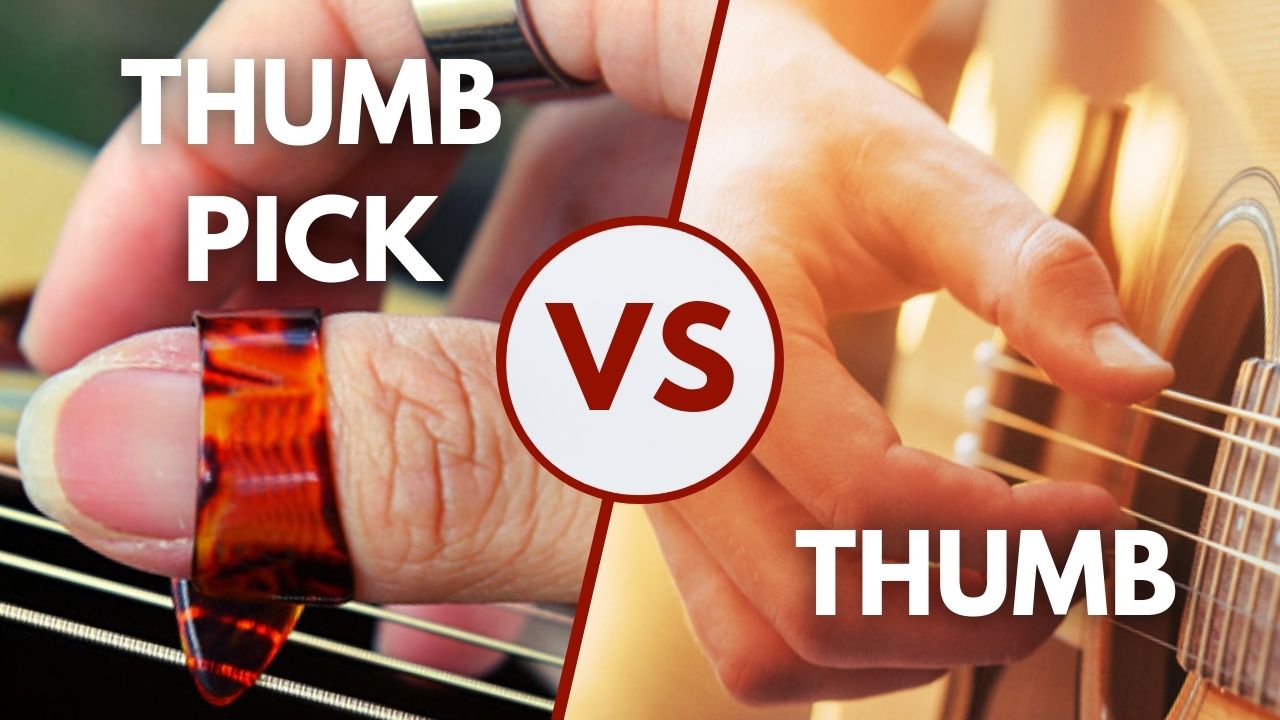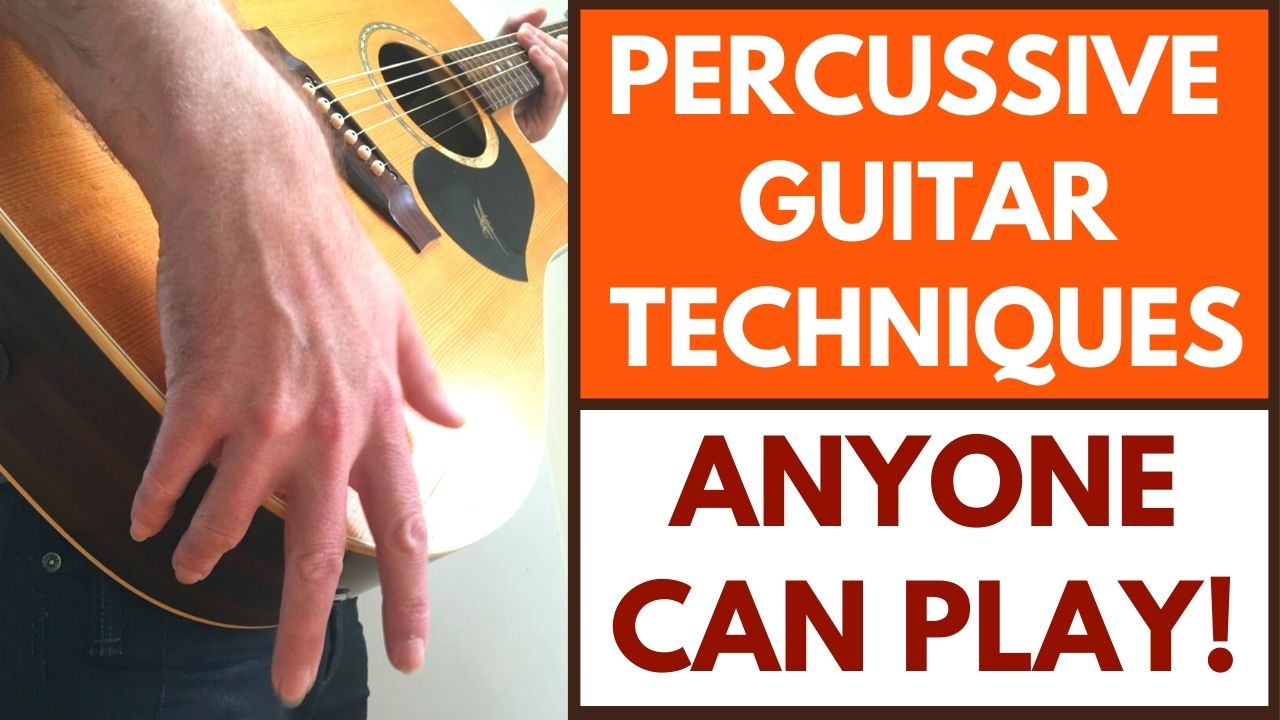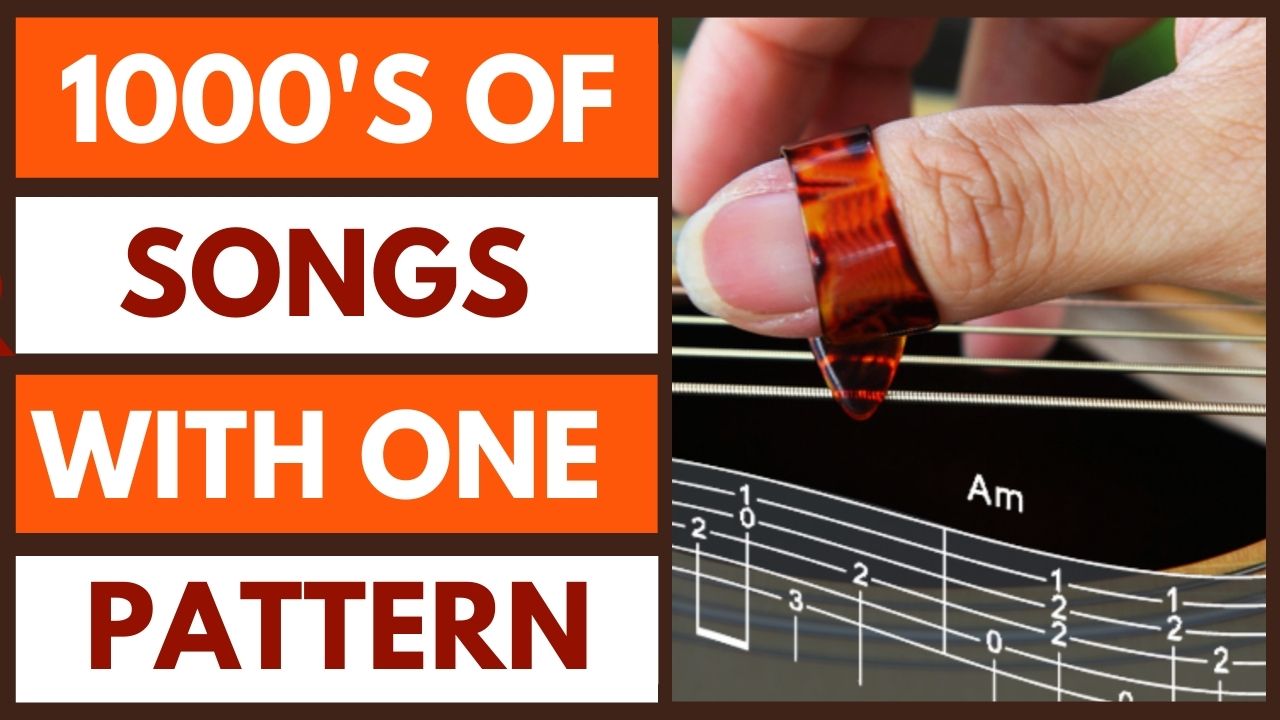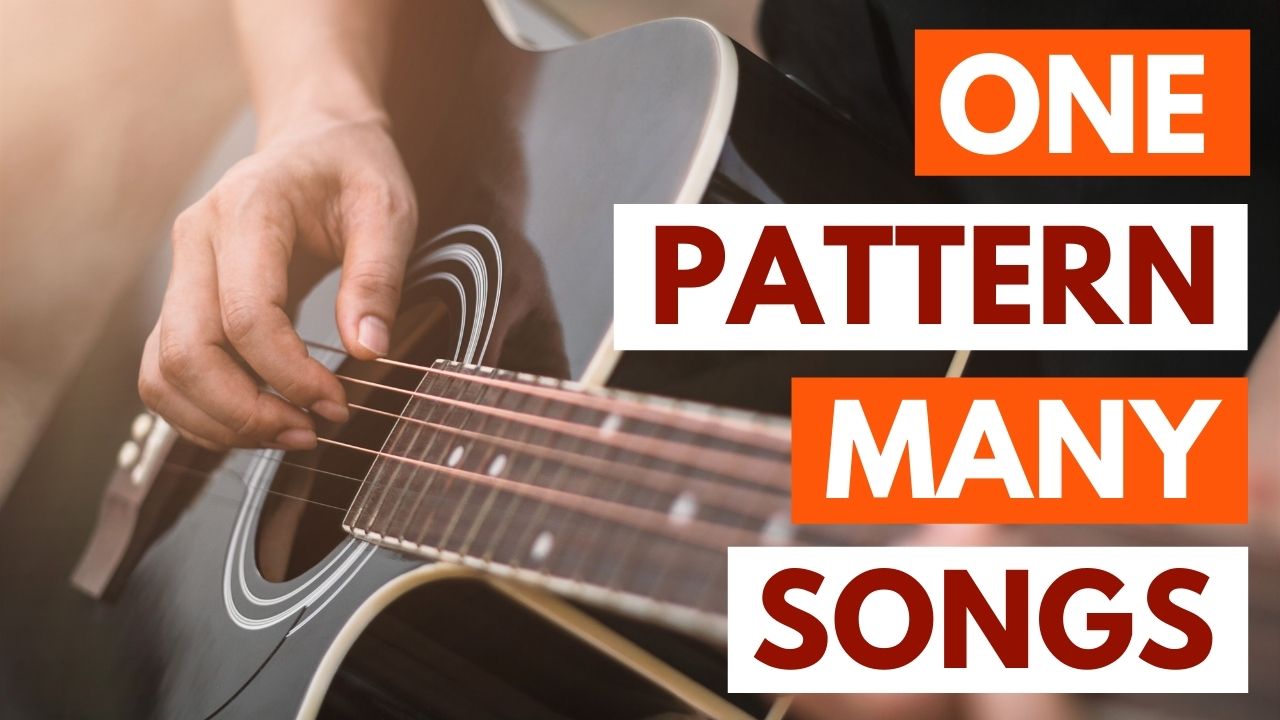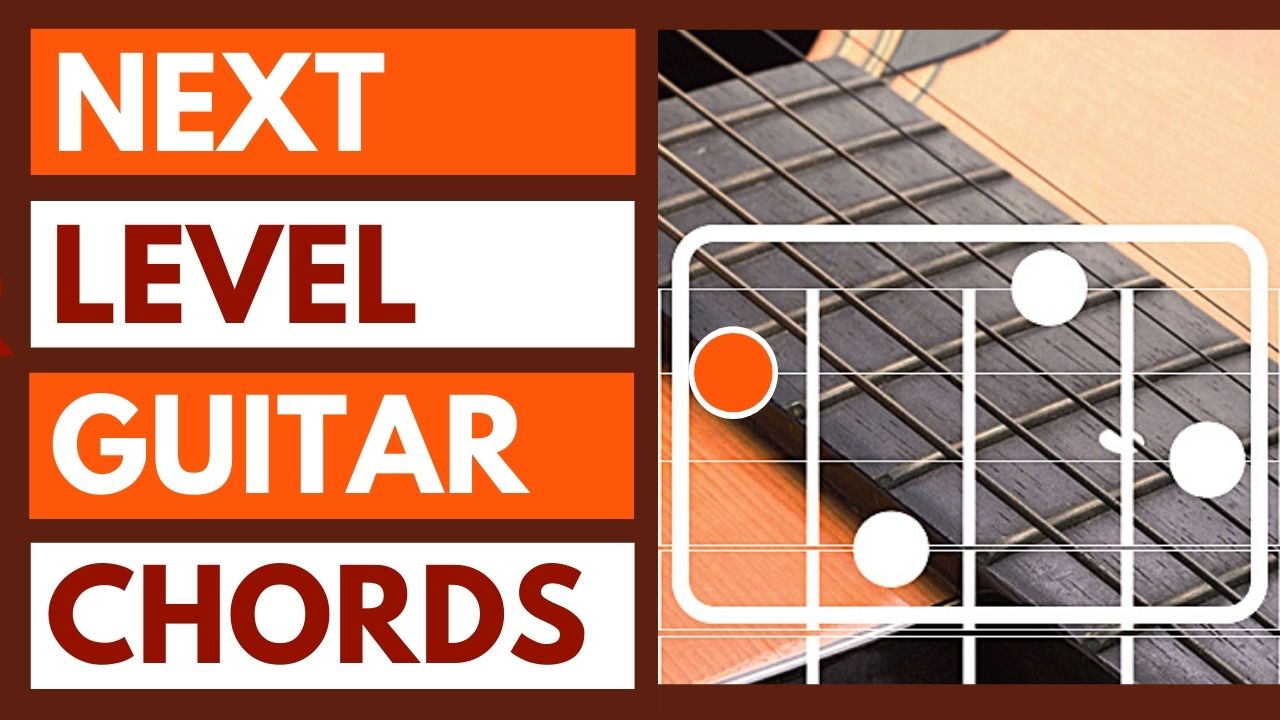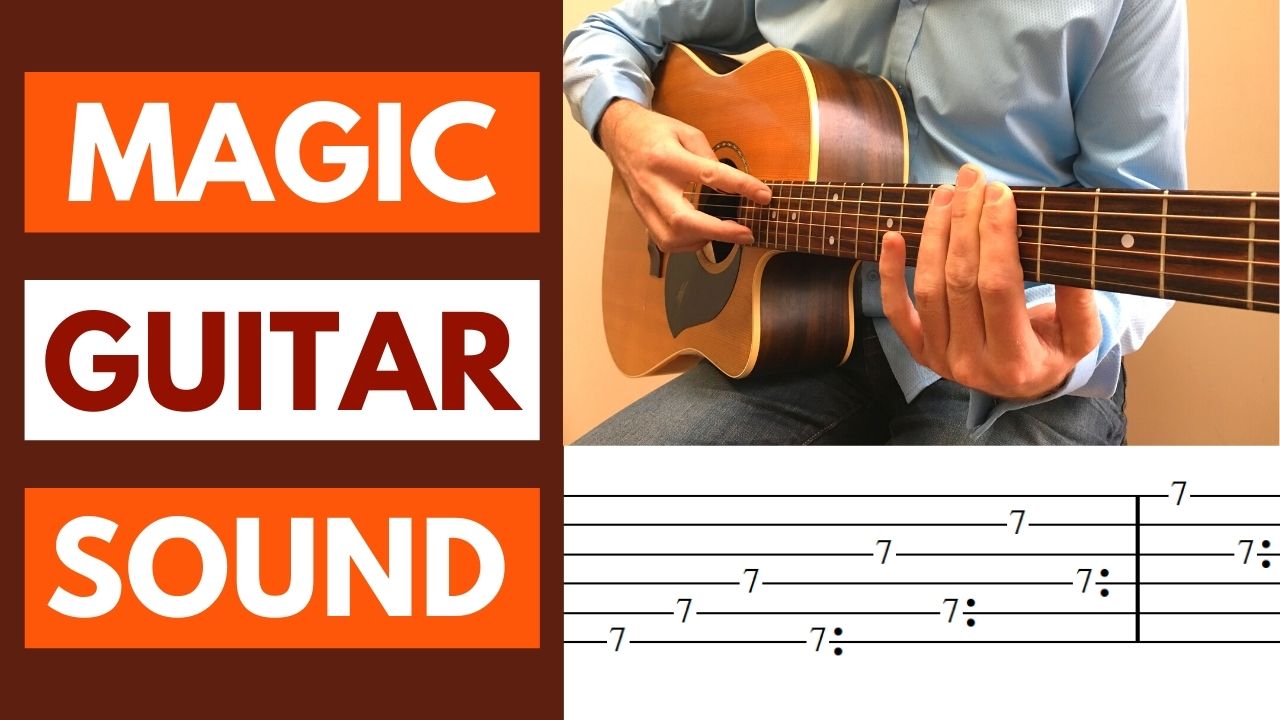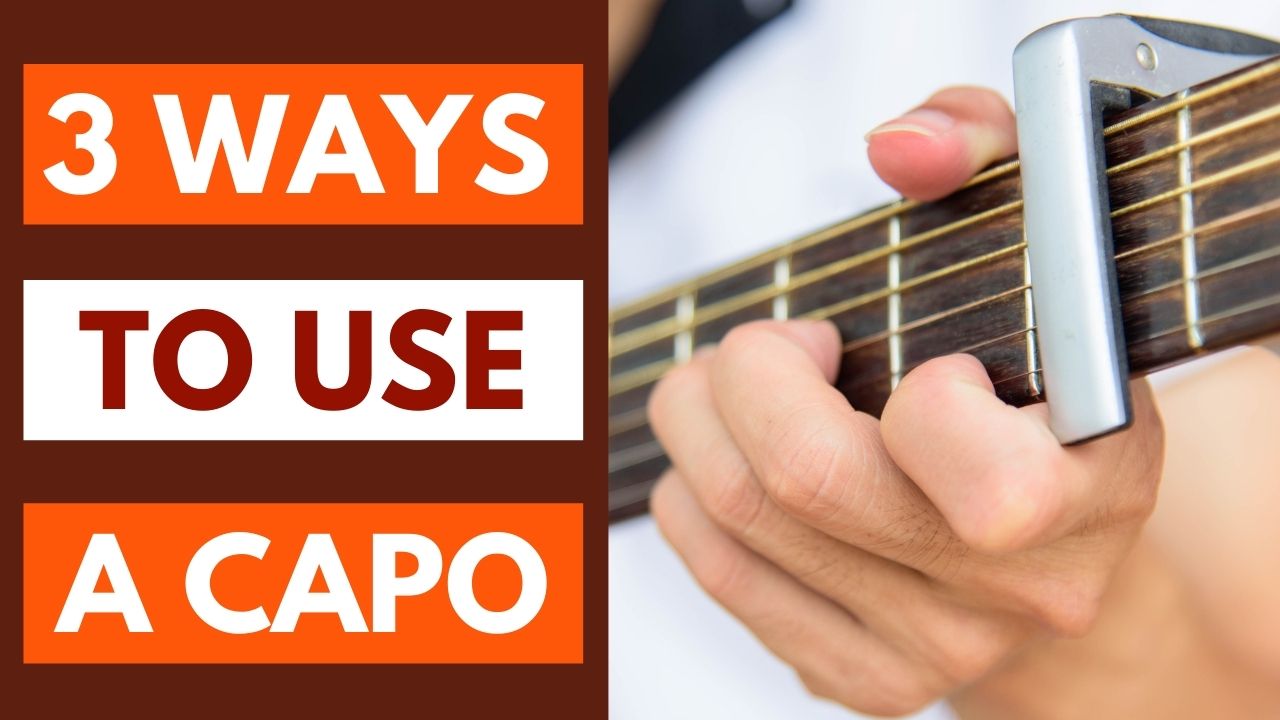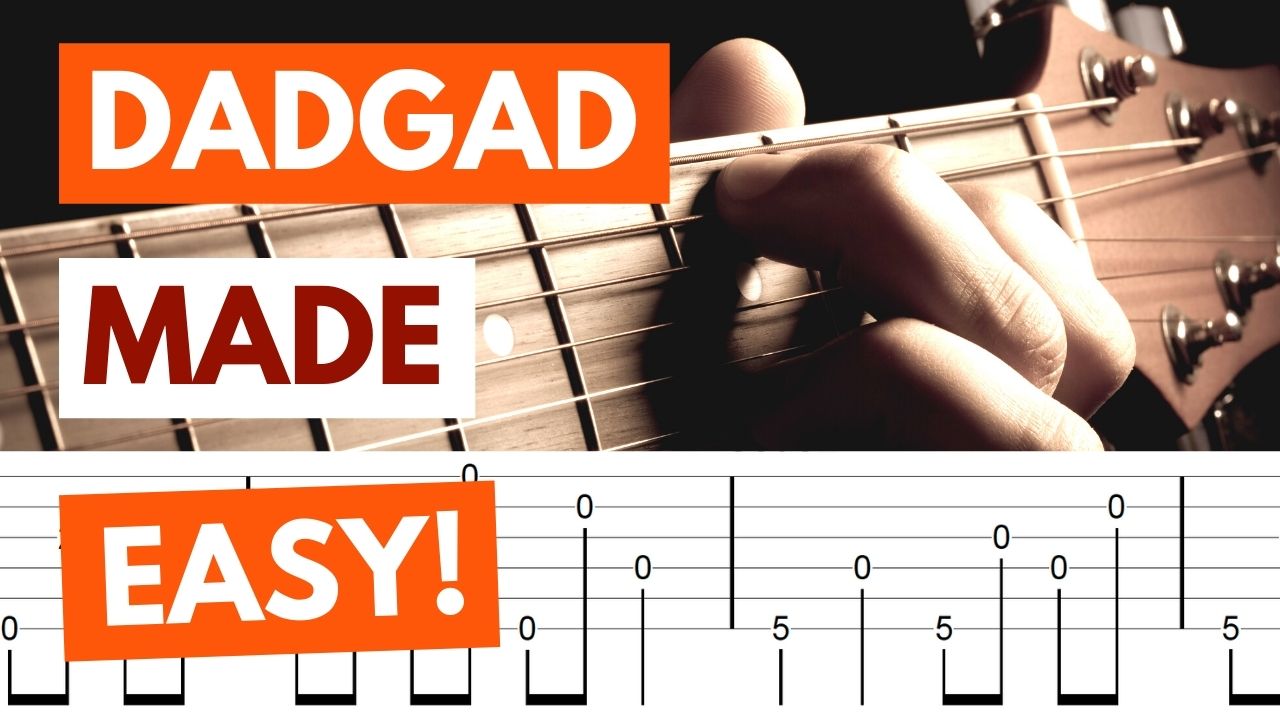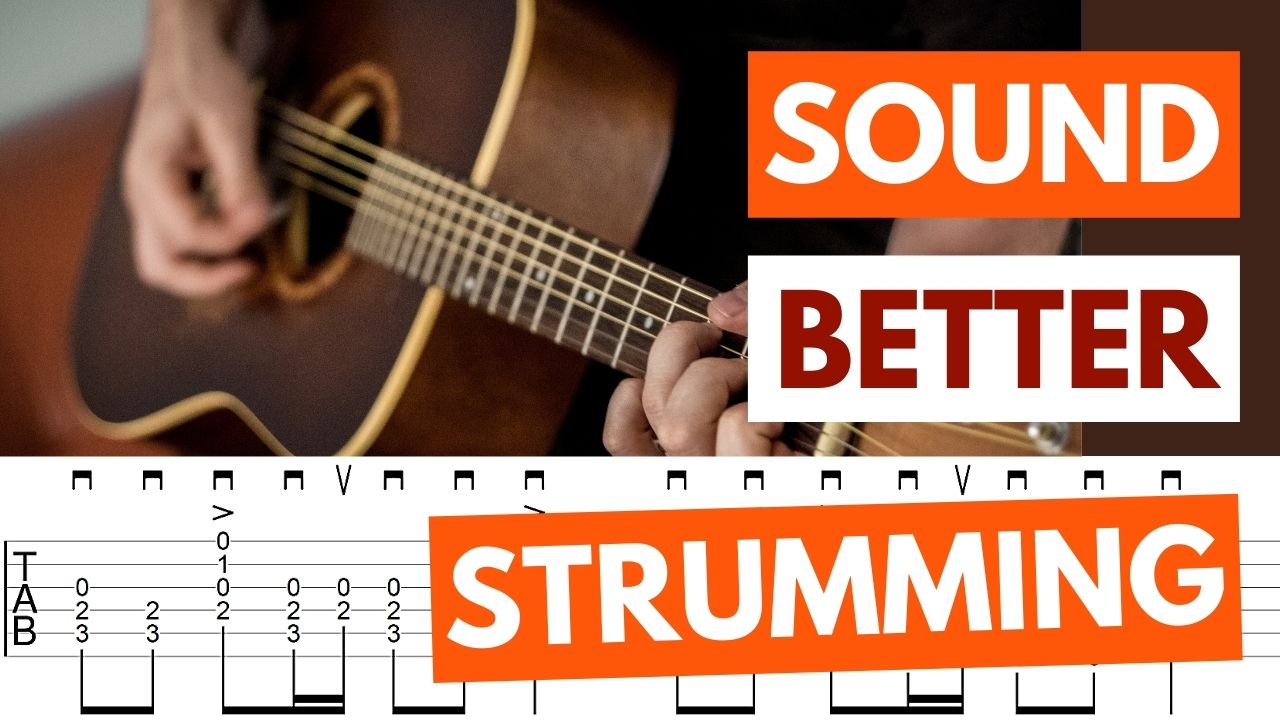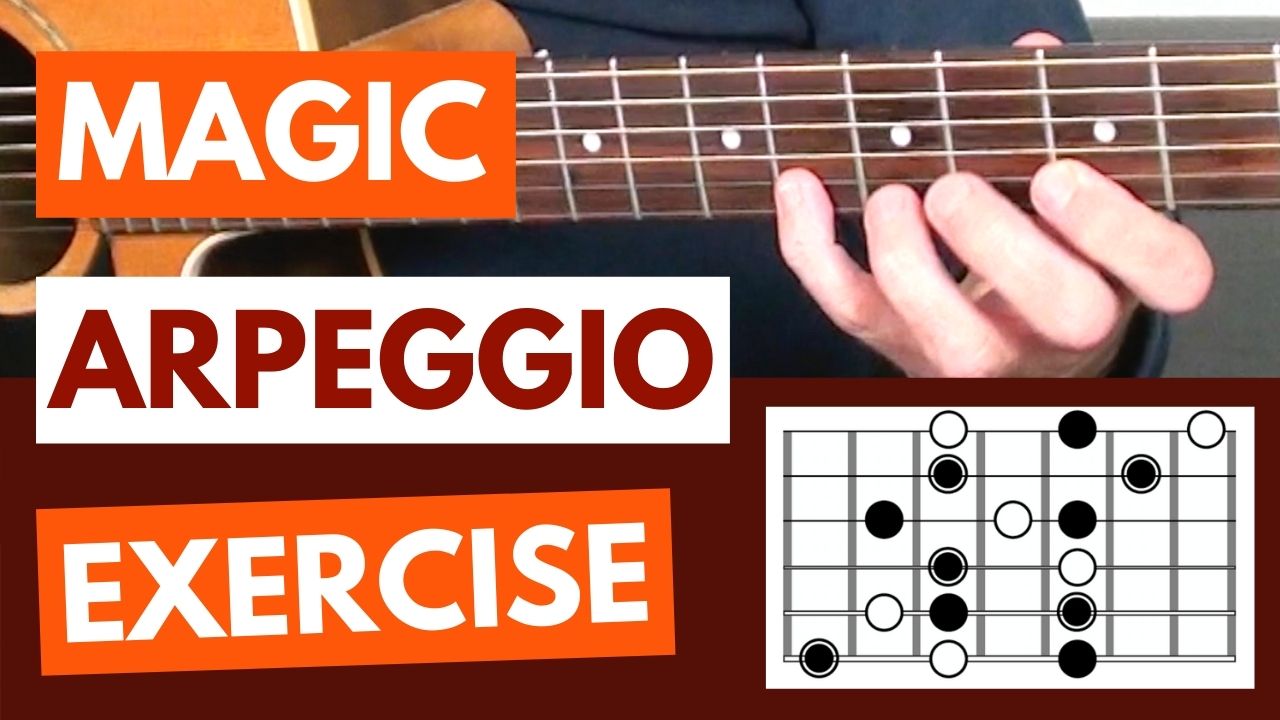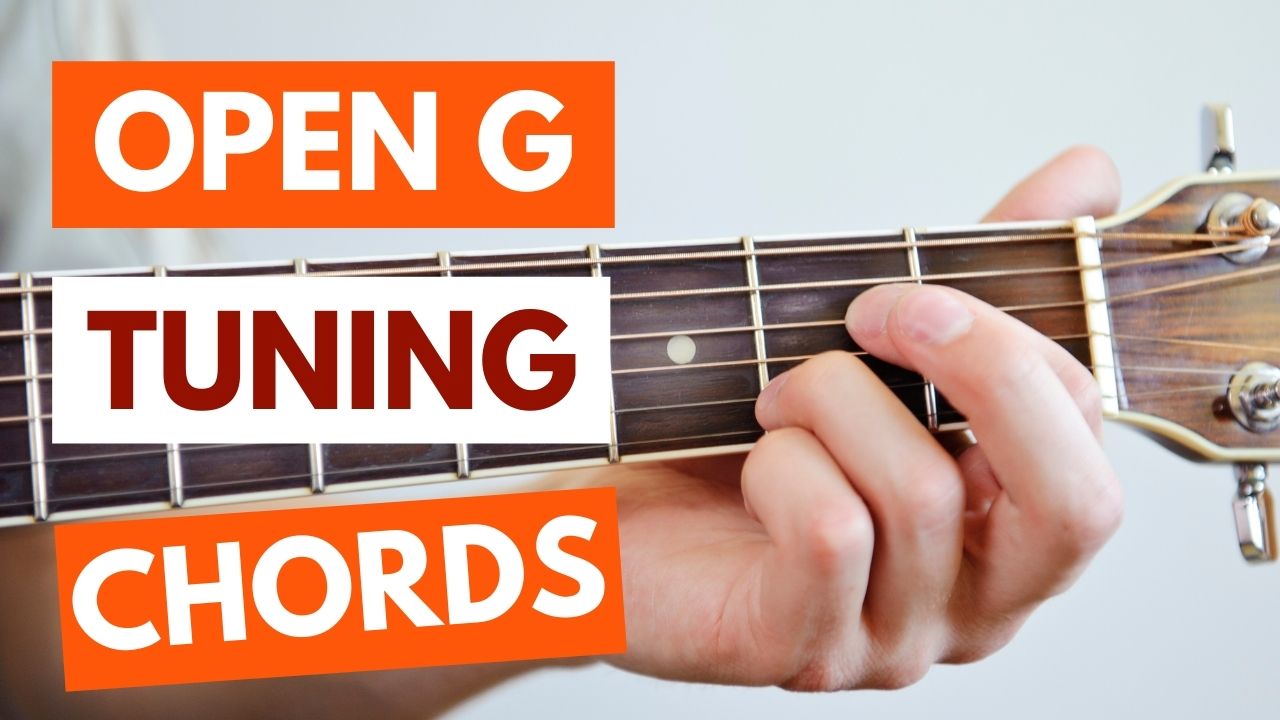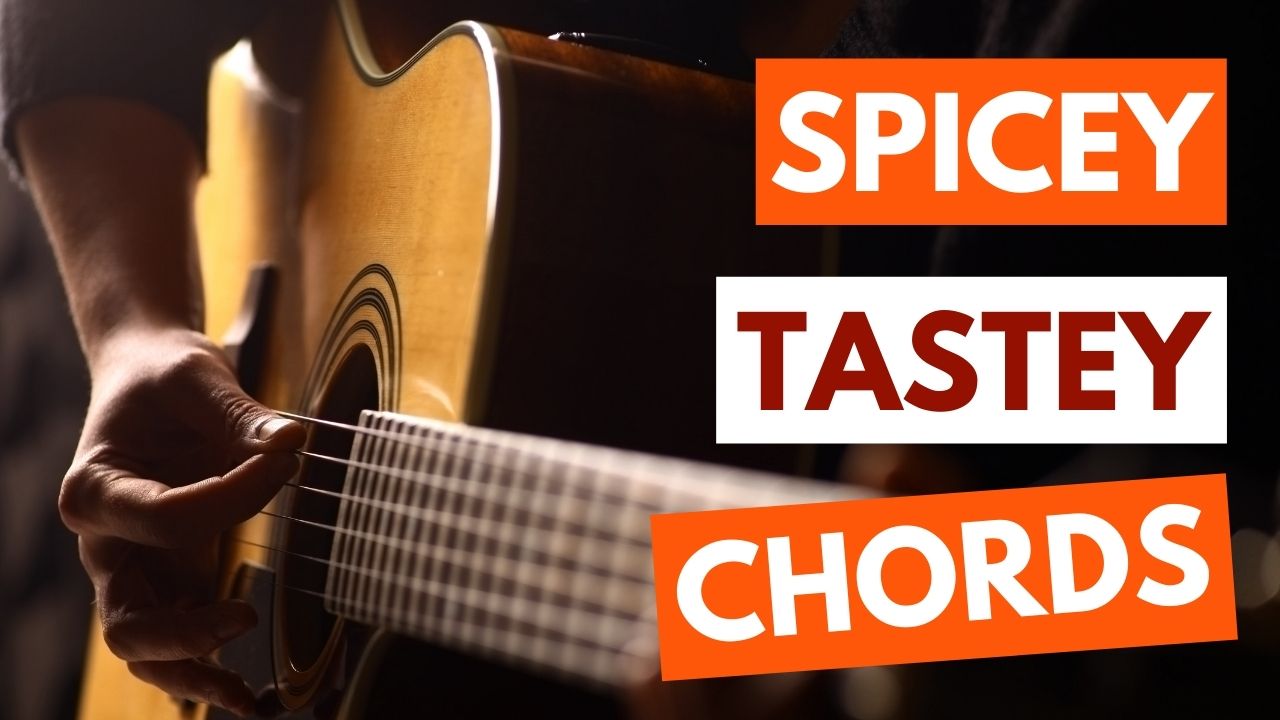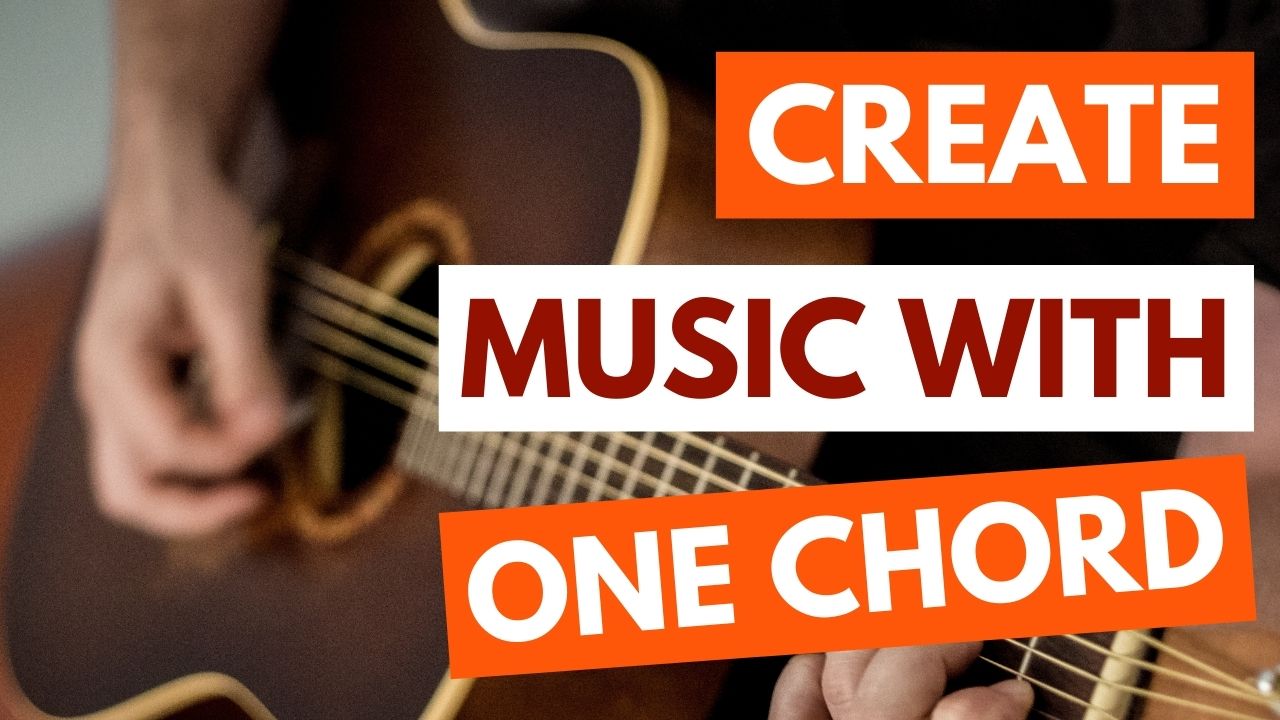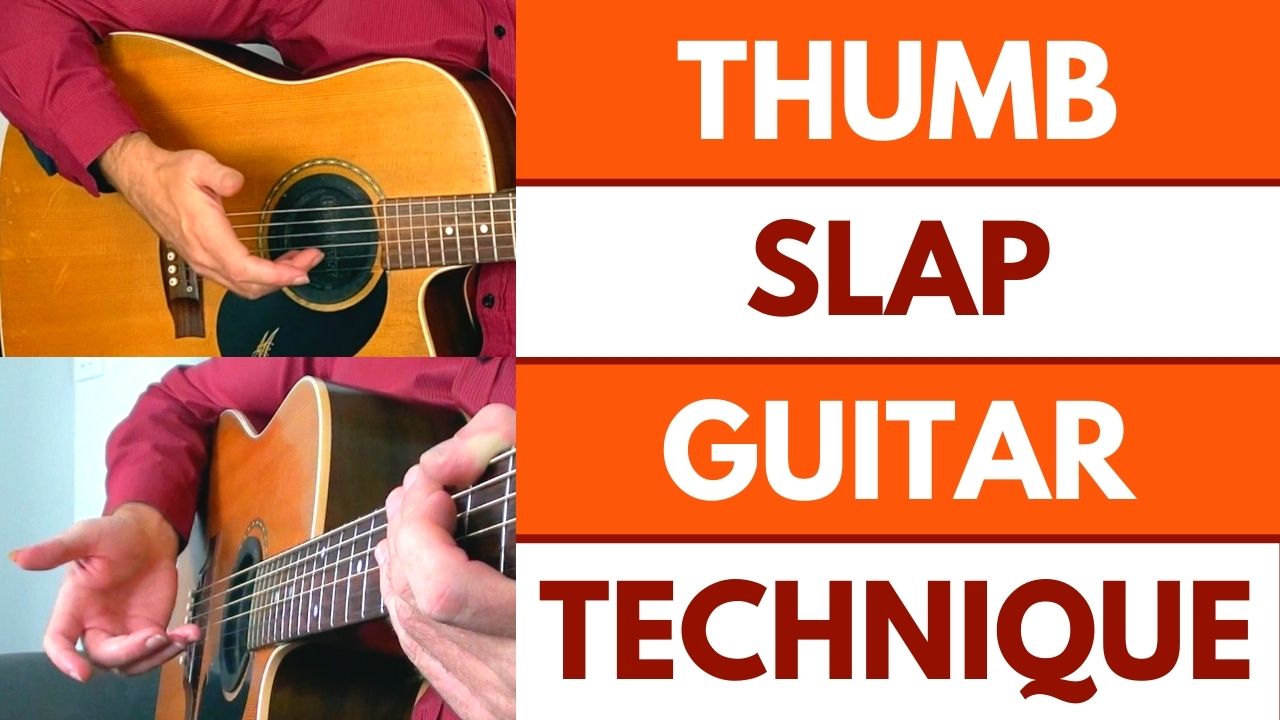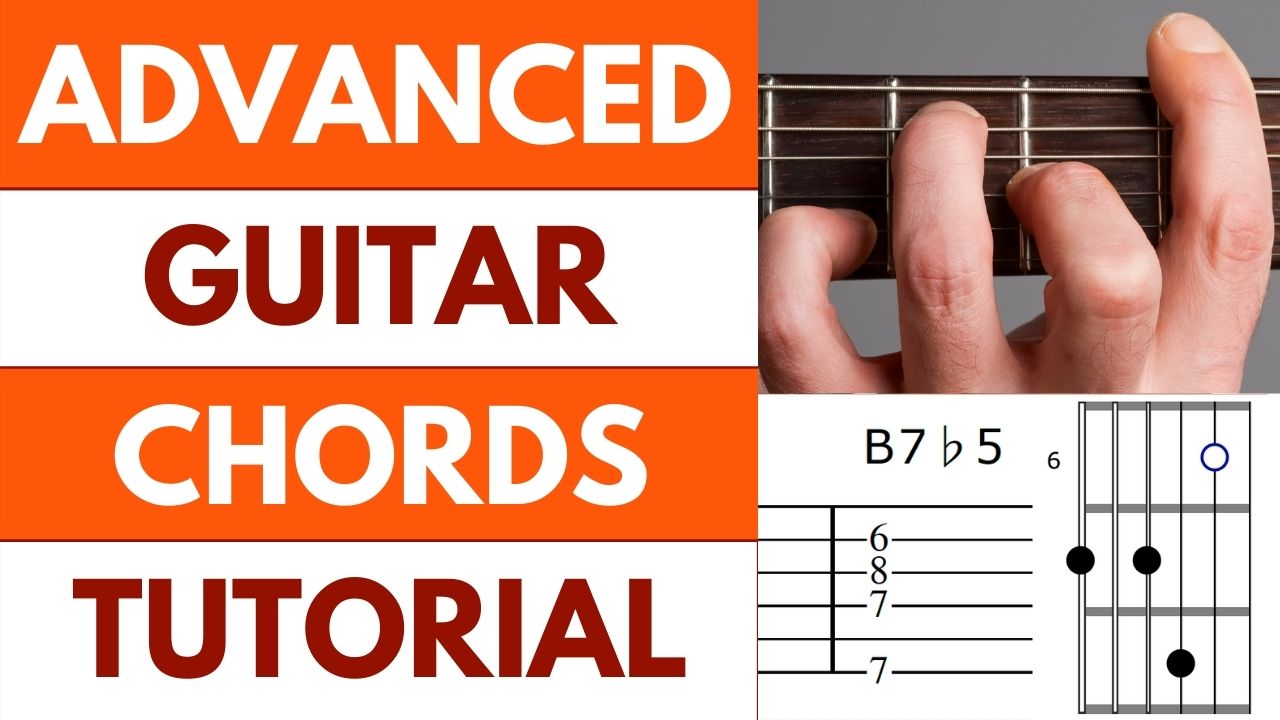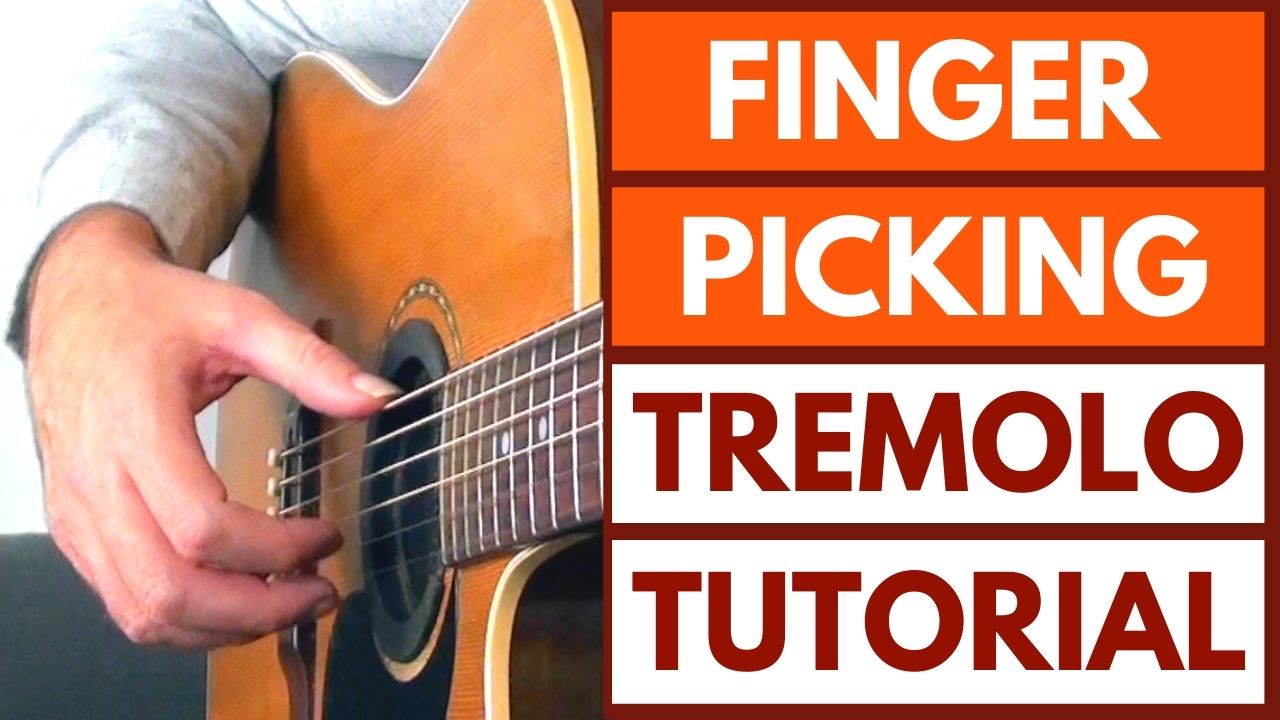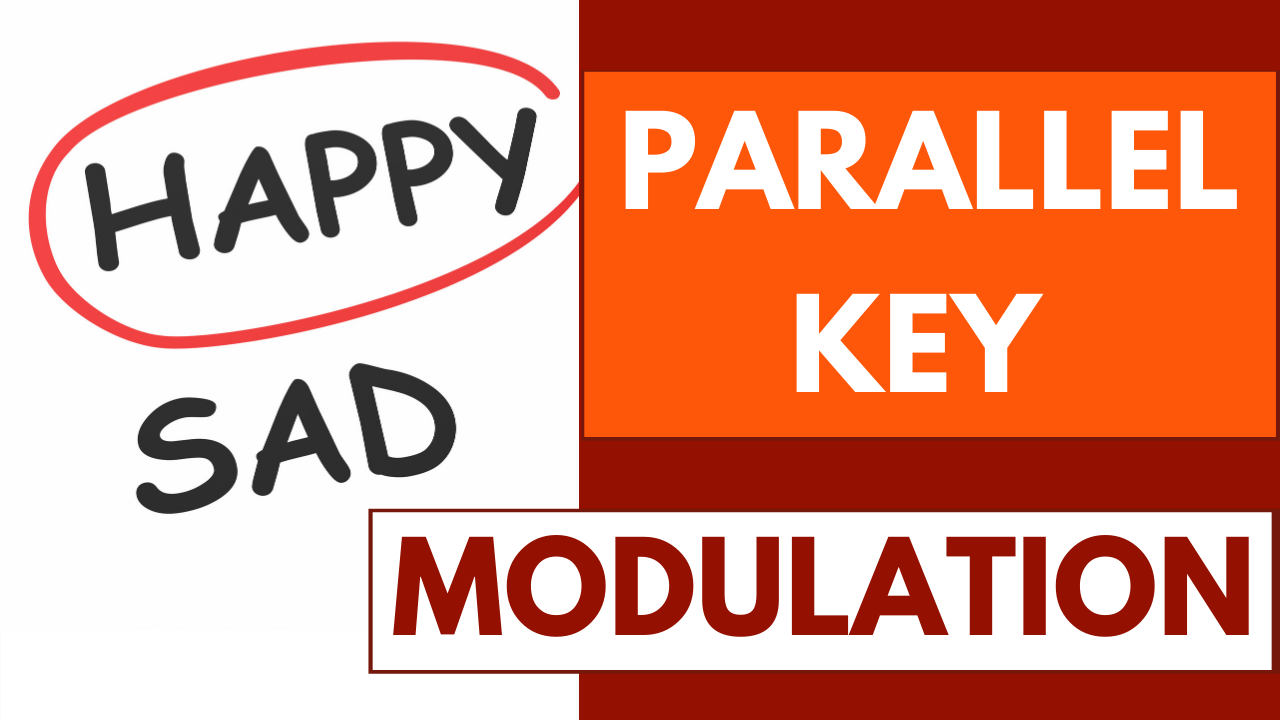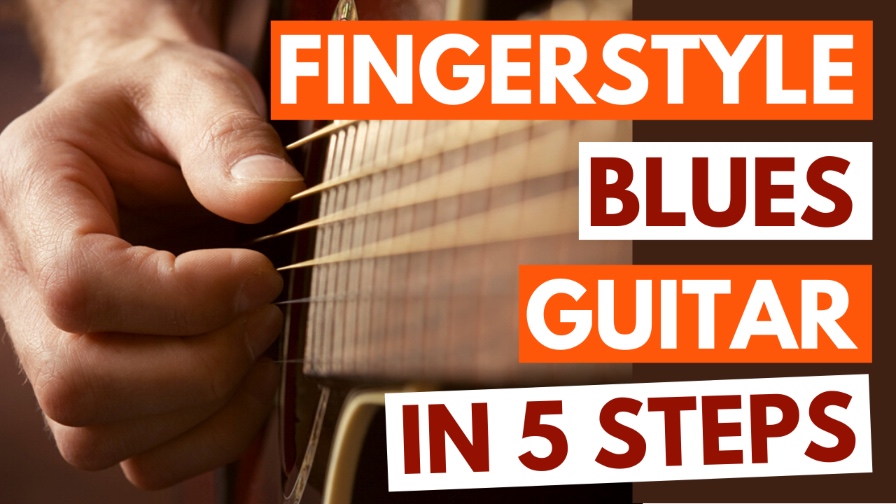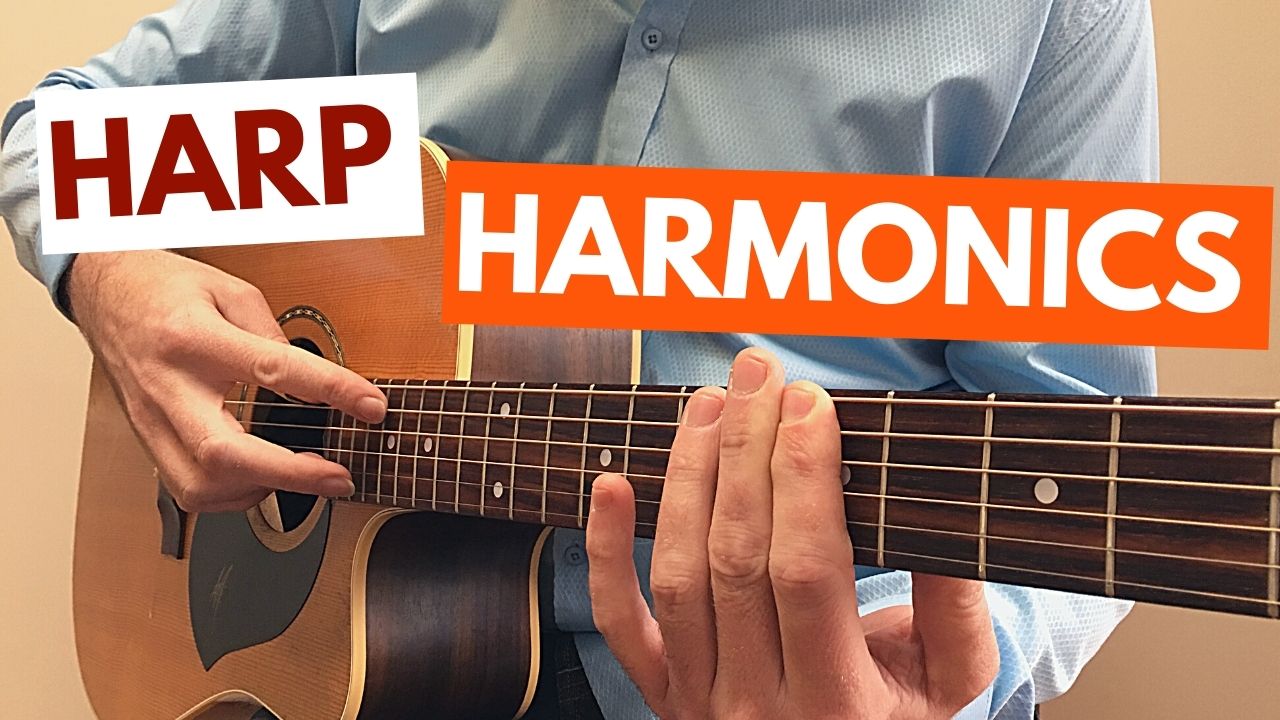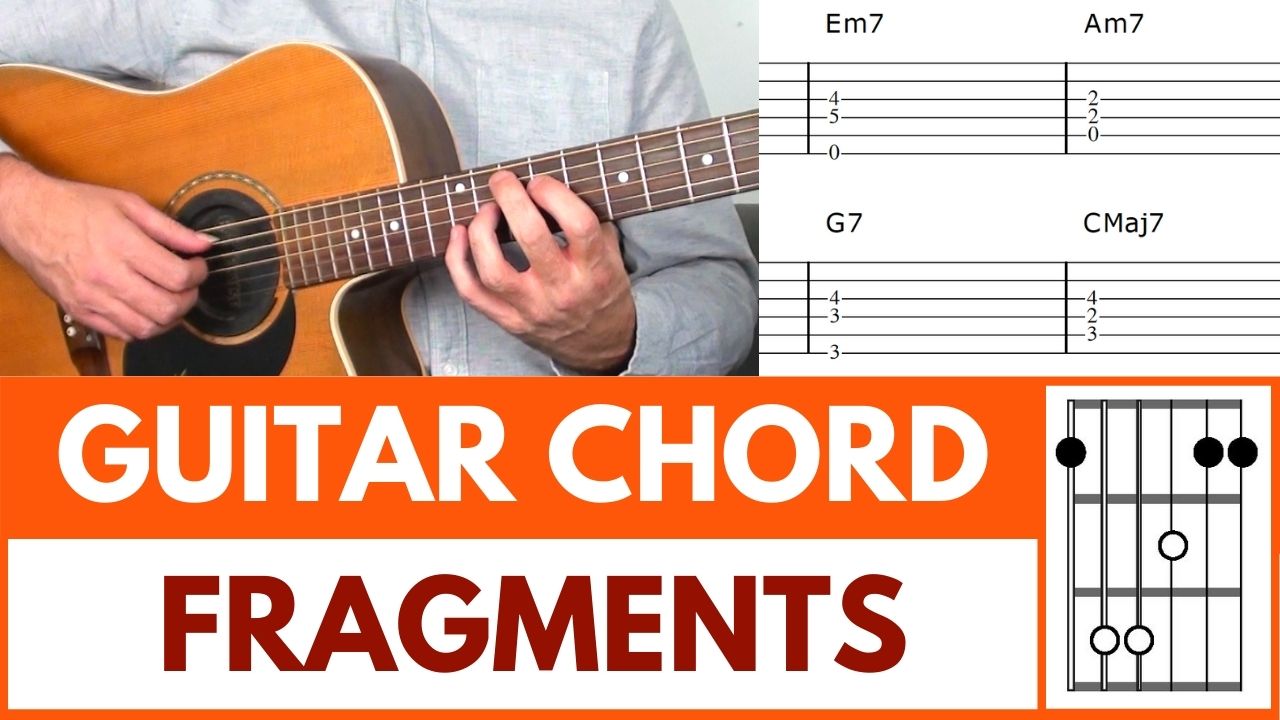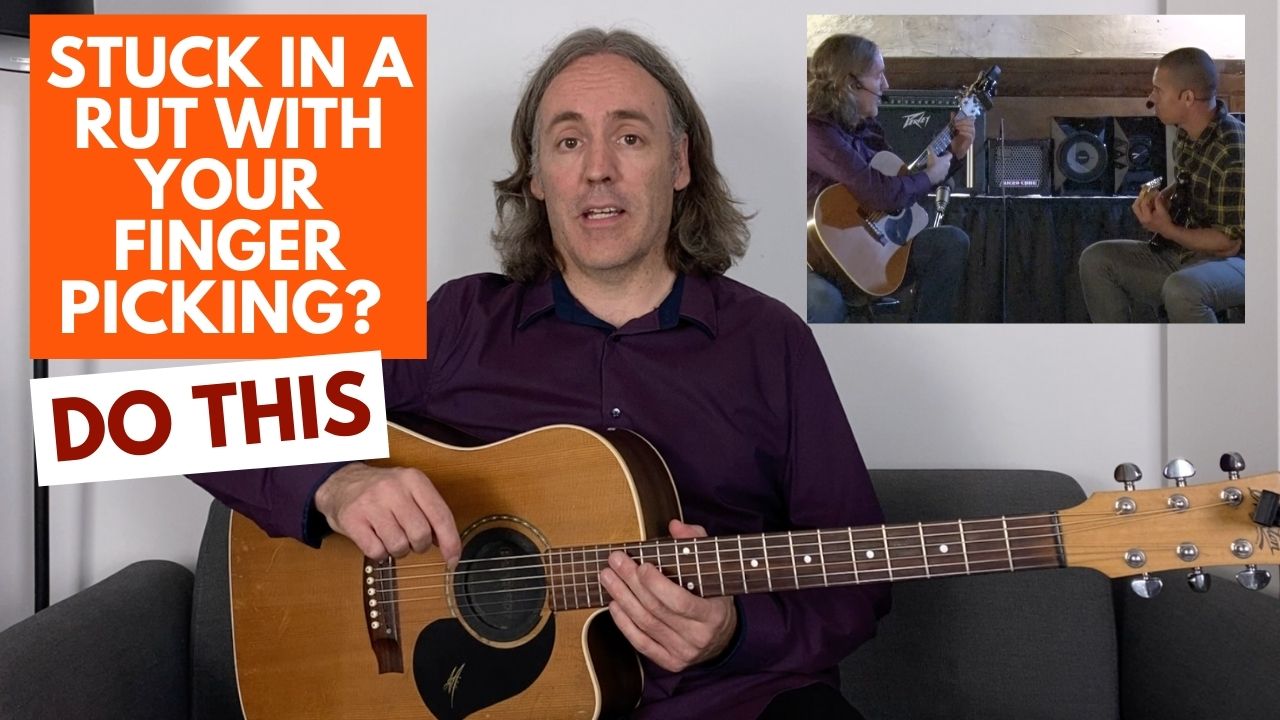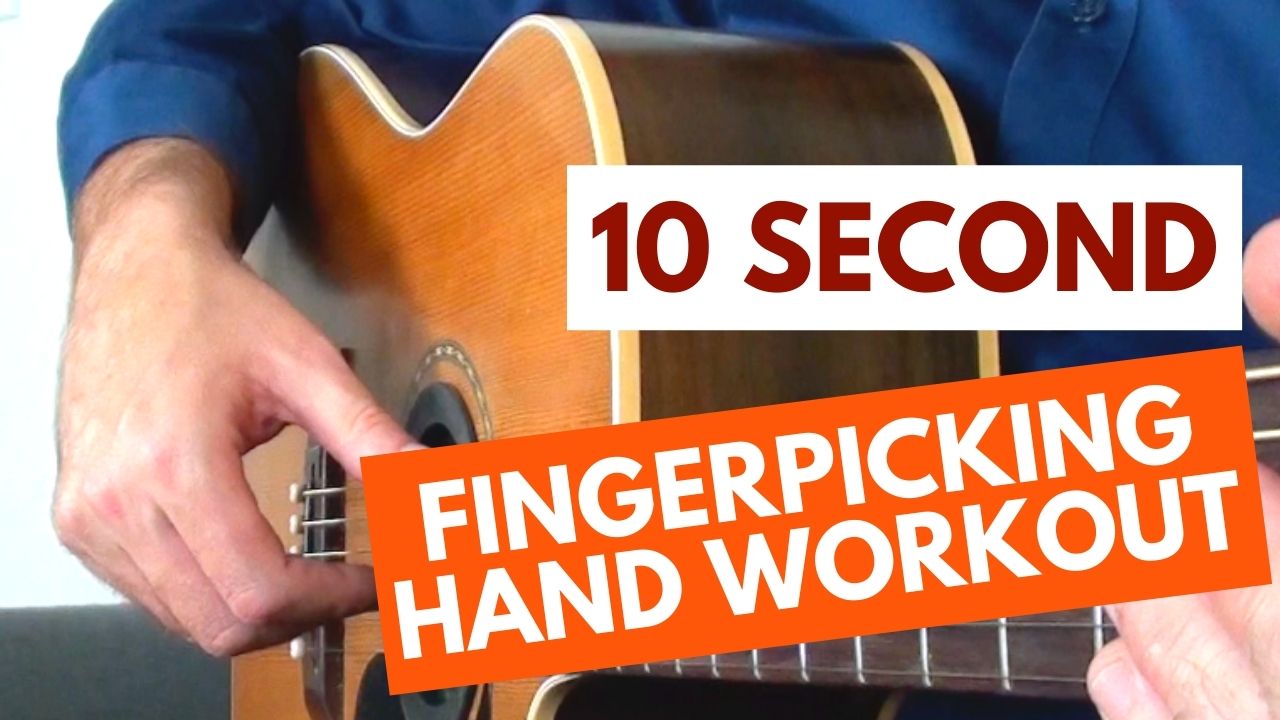Acoustic Guitar Video Lessons
On this page you will find free acoustic guitar video lessons designed to take your playing to a whole new level! By watching these videos you will discover many cool and creative ways to play your acoustic guitar.
If you like these videos, subscribe to my YouTube channel below and receive regular notifications for all future acoustic guitar video lessons.
The Strumming Mistake Every Beginner Makes
I’ve lost count of how many times a student has asked me:
“What strumming pattern do I use for {insert song name}?”
It’s a common question—totally understandable—, but whenever I hear it, I know something important:
The student is still relying on the musical equivalent of training wheels.
Strumming patterns help… but they won’t get you the sound you’re truly after.
The real question should be:
“How do I make my strumming feel like the song I’m trying to play?”
Because the truth is this:
Strumming patterns only take you so far.
They keep you upright at first, help you stay in time, and give you the basic mechanics of strumming. But eventually… you have to take the training wheels off.
That’s when your focus shifts to the real ingredients of great-sounding strumming—things like dynamics, string-targeting, muted strums, tone control, and the subtle touches that make your playing sound musical rather than mechanical.
In this video, I walk you through 9 essential strumming techniques that transform flat, robotic patterns into something groovy, expressive, and alive.
You’ll learn how to:
• Target specific strings for richer harmony
• Add groove with muted strums
• Shape your tone with palm muting
• Use dynamics to make your playing breathe
• …and more
Plus, I’ll show you famous song examples so you can hear these ideas in action and apply them instantly. If you’ve ever felt stuck playing the “right” pattern but the song still didn’t sound right, this lesson will be a game-changer.
Learn 9 tips for strumming guitar
Guess Which Beatles & Pink Floyd Songs Use This Triad Trick?
Here’s a fun piece of guitar trivia:
Some of the most beautiful, hypnotic, and instantly recognisable guitar parts from The Beatles and Pink Floyd were created using… simple little triads.
Arpeggiated. Moved across a simple chord progression.
That’s it!
No advanced theory.
No five-fret stretches.
No complicated voicings.
Just the smallest shapes on the fretboard — used with genius-level taste.
And most players completely overlook it.
Triads are treated like “baby chords,” something you learn somewhere along the line but never really come back to. But that couldn’t be further from the truth. Because when you arpeggiate them — the way these bands did — something magical happens:
You suddenly get that chiming, swirling, almost orchestral sound that feels bigger than the guitar itself.
The Beatles knew it.
Pink Floyd knew it.
And now you’re going to know it too.
In this video, I break down two massive songs — one from each band — where this technique is hiding in plain sight. You know these songs. You’ve probably played them. But you’ve almost definitely missed what the guitar is actually doing.
Learn how The Beatles and Pink Floyd used triads
If Hendrix Were Your Teacher, He’d Start With THIS
Every time I do a video on lead fills, there’s always a huge response. It’s one of the most consistently requested topics I teach. And I get why — rhythm fills are that perfect blend of rhythm + lead that sounds like pure magic.
Play a chord… add a tasty riff… land on the next chord… instant vibe. It’s one of the most addictive sounds on guitar. But here’s the problem:
Most tutorials on YouTube don’t actually teach you how to do them.
• They show you what to play, but not how to create your own
• They give you a handful of cool licks… but no understanding
• No framework
• No way to build your own ideas
• No way to practice the skill itself
And that’s exactly where this video is different.
In this video, you learn how to create rhythm fills from scratch, step-by-step — the same process players like Hendrix, SRV, and John Mayer use.
Not just “here’s a riff,” but:
• How to make the fill flow with the groove, not interrupt it
• How to phrase your fills so they sound musical, not robotic
• How to turn one fill into endless variations
By the time you finish watching, you won’t just have new fills — you’ll actually understand the mechanics of them. Which means you’ll be able to create your own… anytime, in any progression.
If you love that expressive, soulful, blues-y guitar style, this might be one of the most useful videos I’ve ever made for you.
Learn how to play rhythm fills on guitar
Everyone teaches fingerpicking for chords — but what about solos?
Ever notice there are thousands of guitar lessons on fingerpicking patterns for chords, but almost none on patterns and approaches for fingerpicking solos?
Most of us learn fingerpicking as an accompaniment skill — patterns for chords, arpeggios, Travis picking… all that good stuff. But what if you could fingerpick melodies and solos, each note shaped, colored, and phrased by your touch.
Over the years, I’ve had countless students ask me how to fingerpick solos on guitar. So in this week’s video, I decided to share exactly what I’ve shown them.
You learn 3 powerful single-note fingerpicking patterns that open the door to melodic fingerstyle playing — the kind that’s rarely taught.
These patterns are built specifically for single-note lines: expressive, fluid, and perfect for fingerstyle solos. Once you get them down, you’ll be able to play with a smooth, connected sound that a pick can’t match — almost like your guitar is singing back to you.
Learn how to fingerpick solos on guitar
Ever wonder what makes pro guitar players sound so… polished? It’s not always fancy scales or lightning-fast runs. Often, it’s something much simpler — but hidden in plain sight.
Triads!
They’re like the secret ingredient chefs use to make a simple dish taste incredible.
Anyone can play a C chord — but when you know how to use triads, that same C chord suddenly comes alive with movement and melody.
Triads are used everywhere — to craft smooth chord changes, melodic fills, and those little magic moments between the chords. And here’s the best part: You can learn to do it too!
In this video, you learn exactly how the pros think about triads — and how to start using them in your own playing right away.
If your chords sound “fine” but not great, this is the lesson that connects the dots.
Because once you see the fretboard through triads, you’ll never see it the same way again. It’s one of those “why didn’t I learn this sooner?” moments every guitarist needs to experience.
Learn how the pros use triads on guitar
Messy Chord Changes? Do This . . .
If you’ve ever been told “just keep practising your chord changes and you’ll get faster”…
I hate to break it to you, but that’s not entirely true.
If all you ever do is mindlessly grind through the same chord changes, you can easily hit a wall — and stay there for years.
The truth is, how you practise your chord changes depends on the context — the type of change you’re making, where your fingers are moving from, and what comes next.
In this video, you learn 7 hacks for switching chords faster that most teachers never show you.
These aren’t your typical “move your fingers quicker” tips. They’re smart, strategic ways to make your hands work with you — not against you. Some of these ideas you might never have even considered before.
In fact, hack #3 is something most players completely overlook… yet it can make a huge difference to how smooth and effortless your chord changes feel.
If you’ve ever felt like your hands just won’t cooperate — this is the video that finally changes that.
Learn 7 hacks for switching chords faster on guitar
Every Great Guitarist Is A Thief
Let’s be honest for a second:
Every guitarist is a thief. We all steal riffs. From songs, videos, and other players.
But here’s the thing — that’s how guitar playing works. It’s how we build our vocabulary.
Every time you “borrow” a lick, a chord shape, or a picking pattern, you’re really learning to speak the language of the guitar.
And eventually, those borrowed phrases become your own.
So in that spirit of creative theft . . .
In this video, I’ve got two travis picking riffs worth stealing straight out of the world of players like Chet Atkins and Tommy Emmanuel.
Now, these aren’t hardcore Travis picking patterns — no advanced finger acrobatics required. But they do capture that same rolling, bouncy, “two-guitars-in-one” feel that makes this style so irresistible. And you can drop them into any of your songs or arrangements.
It’s a fun, hands-on way to grab a little of that classic Chet/Tommy vibe — and make it your own.
Learn two fingerstyle travis picking riffs for guitar
You’re Wasting Hours Of Guitar Practice Time Every Day
I used to practice guitar in the swimming pool. . . . well, sort of.
When I was swimming regularly, I’d go over jazz chord progressions in my head — running through ii–V–I’s while trying not to swallow half the pool. And when I’m doing the dishes or cleaning up around the house, I’ll tap out rhythms on the counter or go over tricky sections of tunes I’m working on in my head.
People probably think I’m humming to myself… but really, I’m practising.
Here’s the thing — we all complain about not having enough time to practice guitar. But if we’re being honest, most of the time, that’s just BS. Every single day, we have tons of opportunities to get better — while driving, walking, waiting, cleaning, cooking… even swimming!
And you don’t even need your guitar in your hands.
In this video, you learn how to practice rhythm away from the guitar — ways to improve your timing, groove, and internal sense of pulse just by using your body, your ears, and a bit of focus.
It’s simple, practical, and it really works. So next time you’re “too busy” to practice. You might just find your best practice moments happen while your guitar’s sitting in its case.
Learn how to practice rhtyhm away from the guitar
A Fun, Fiery Fingerpicking Tune That’s Simple To Play
You don’t have to be a flamenco guitarist to sound like one. I’m definitely not a flamenco guitarist — but that hasn’t stopped me from having a lot of fun playing tunes like Malagueña. It’s one of those pieces that instantly transports you to a sun-soaked Spanish courtyard… even if you’re really just sitting on your couch with a cup of coffee.
And here’s the best part:
You don’t need years of classical training or lightning-fast rasgueado strumming to play it.
In this video, you learn a beginner-to-early-intermediate version of Malaguena that captures that fiery Spanish sound — but keeps it simple, melodic, and fun to play. It’s a great way to dip your toes into the Spanish guitar style without diving headfirst into full-on flamenco technique.
If you’ve ever wanted to add a little drama, flair, and passion to your playing, this tune will do it.
And fair warning: once you start playing it, you might not want to stop.
Learn how to play Malaguena on guitar
The Guitar Trick That Makes Simple Chords Sound Epic
Have you ever noticed how a single colour—say, blue—can have countless shades? Sky blue, navy, turquoise, midnight… they’re all still blue, but each one has its own unique feel.
Music has the same trick up its sleeve.
It’s called CESH (Contrapuntal Elaboration of Static Harmony).
Sounds like a mouthful, but the idea is simple. You keep a chord in place, but move one or two notes within it. This creates motion without changing the chord itself.
The result? A wash of shifting colours, all within the same chord.
Led Zeppelin used it to hypnotic effect in Kashmir—and once you hear it, you’ll notice it everywhere.
In this video, I break this concept down in plain English so you can use it to bring more depth and movement to your playing, as well as demonstrating how Led Zeppelin used this CESH in Kashmir.
Learn how to make your chord progressions sound epic
The Easiest Way To Jam With Any Guitarist
One of the things I love most about the blues is how universal it is. You don’t need to be a “blues player” to enjoy it—and almost every guitarist can find their way around a blues progression.
I’ll never forget this moment back in 2010 . . .
I was playing at a friend’s wedding in Japan. After I finished my set, another guest pulled out a guitar. We didn’t know each other, didn’t rehearse, and honestly didn’t even speak the same language all that well. But the second we started a blues, it was like we’d been playing together for years.
By the next night, we were even doing an impromptu gig together.
That’s the magic of the blues: the universal language of music!
And the best part?
You don’t need to be advanced to play it.
In this video, I’ve put together a simple 8-bar blues fingerpicking arrangement—a fun little piece you can learn even if you’re just getting started with fingerpicking. With a bit of practice, you’ll have it under your fingers and smiling the whole way through.
So whether you’re a blues fan or not, give this one a go. You’ll be tapping into the universal language of music—and having a lot of fun in the process.
Learn how to play solo fingerstyle blues guitar
The Conversation Trick That Makes Your Rhythms Come Alive!
Have you ever noticed how music feels flat when the rhythm just goes on and on without changing? It’s kind of like a person who won’t stop talking—they never pause, never let anyone else chime in, never give the conversation room to breathe. After a while, you just tune out.
Now imagine the opposite: a real conversation.
One person asks a question, the other replies. Back and forth. A natural flow. That’s what makes it engaging.
The same is true for rhythm on the guitar.
I can’t tell you how many times I’ve had a student sit in front of me and say,
“Everything I play sounds the same—whether I’m strumming, fingerpicking, or even soloing.”
Most of the time, they assume the problem is the notes they’re playing. And sure, sometimes that’s true. But far more often, the real issue is the rhythm.
They’ve fallen into the habit of playing the same rhythm over and over again, so no matter what notes they use, it all ends up sounding the same.
In this video, you learn how to create a rhythm and then answer it with another one, just like asking a question and giving a reply.
Once you start treating your rhythms like conversations, you’ll:
• Strengthen your internal metronome
• Add variety to your strumming and picking
• Build grooves that feel natural and dynamic
• Unlock new creativity in your playing
Whether you’re strumming an acoustic or picking on an electric, rhythm is the foundation of expression. And when your rhythms “talk” to each other, your playing comes alive.
Learn how to improve your rhythm and timing on guitar fast
The Overlooked Triad Shapes That Make Your Solos Better
When most guitar players hear the word triads, they immediately think chords. But here’s the thing, triads aren’t just for rhythm, they’re one of the most powerful soloing tools you’ll ever find.
Think of them like a Swiss Army knife.
Sure, most people flip out the “chord blade” and stop there. But hidden in the handle are a bunch of other tools—tiny, precise, and perfect for crafting killer solos that move smoothly up and down the neck.
And here’s where it gets even better:
Most players assume triads must be played across three strings. After all, “triad” means three, so you picture all three notes lined up across three strings, strummed together as a chord.
But what if you only play them on two strings at a time?
Now you’ve got 2-string triads—sleek, compact, and full of unique phrasing possibilities. Instead of big blocky shapes, you get nimble, melodic fragments that unlock new soloing vocabulary all over the neck.
In this video, you learn how to unlock these 2-string triads, including:
• How to see them across the entire fretboard
• How they connect to 3-string shapes you may already know
• Practical ways to weave them into your solos
• And how these small shapes can unlock big melodic ideas
Whether you’re a beginner or already soloing comfortably, these triads will give you a fresh way to navigate the guitar neck, without getting lost in scale patterns.
Learn how to solo using 2 string triads on guitar
The Surprising Way To Train Your Ear
Most guitar players get ear training backwards.
Here’s the usual approach:
• Play a song
• Pause it
• Fumble around the fretboard until you (hopefully) land on the right note
And when you do?
You feel like Sherlock Holmes solving a musical mystery.
Now, don’t get me wrong, that’s fine practice. But it’s not really ear training.
It’s more like musical “trial and error.”
The real skill, the one that makes you sound fluent on guitar, is being able to hear the note in your head first and then go straight to it on the fretboard.
No guessing. No detective work. No stopping and starting the track a hundred times.
So how do you flip this around and actually train your ear?
Here’s the surprising part: you use your voice. And no, you don’t have to be able to sing. I can’t sing to save my life. If I auditioned for a choir, I’d be escorted out before I hit the second note. But that’s the beauty of this method, you don’t need to sound good. You just need to make a sound.
In this video, you learn exactly how to do this. It’s simple, it’s effective, and while your dog might tilt his head at you the first few times, your guitar playing will thank you!
Learn the best ear training exercise for guitarists
The #1 Mistake Guitarists Make With Fingerpicking Patterns
Most guitar players learn fingerpicking by memorising pre-made patterns. And that’s fine; it works to a point. But it’s a bit like trying to learn a foreign language only from a textbook. You’ll know a few phrases. You might even repeat them back well.
But when you finally step off the plane and someone actually speaks to you, you freeze.
That’s because real fluency doesn’t come from memorising, it comes from creating, responding, and immersing yourself in the language.
And fingerpicking is the same way. If you only ever learn other people’s patterns, you’re speaking from the “textbook.”
But when you start creating your own, you step into true fluency as a fingerpicker.
As a result, you will:
• Understand patterns at a deeper level
• Remember them far more easily
• Be able to adlib and improvise without hesitation
In this video, you learn a simple 3-step process for creating your own fingerpicking patterns. It works every time, and once you try it, fingerpicking will feel less like memorising and more like speaking the language of music fluently.
Learn how to master fingerpicking patterns on guitar
How To Make Wrong Notes Sound Right
You can think of music like telling a joke. If you tell it with perfect timing, you can get a laugh even if the punchline isn’t great. But if your timing is off, even the funniest joke in the world will fall flat.
Music works the same way.
You can play a “wrong” note with a great time feel, and it can still sound right, sometimes even better! But play the “right” notes with bad time feel and they’ll sound wrong, awkward, and out of place.
In this video, you learn how to develop a great time feel on guitar, including:
• Why your sense of time is more important than the notes you play
• How to instantly hear the difference between good and bad time feel
• A few simple ways to develop rock-solid timing that makes everything you play sound better
If you’ve ever wondered why some guitarists sound amazing even with basic skills, this is the secret!
Learn how to develop great rhythm and timing on guitar
The Fastest Fix For Boring Fingerpicking
Picture this: You’re back in school. It’s 2:15 in the afternoon. The classroom is warm and Mr. Monotone starts talking . . . “Turn… to… page… forty… seven…”
Same volume, same speed, same pitch. Your eyes start to glaze over, and then . . . THUD!
Your elbow gives way, and your head hits the desk!
I’m sure we’ve all been there. Now here’s the truth:
If you fingerpick without dynamics, you’re basically doing the “Mr. Monotone” thing on guitar.
Every note the same volume. Every note the same intensity. It’s snooze-inducing!
But just like a great speaker grabs your attention with highs, lows, and pauses, you can grab a listener’s ear by shaping your volume, tone, and touch when fingerpicking guitar.
In this video, you learn two incredibly effective exercises to make your fingerpicking sound alive, emotional, and impossible to ignore. They’re quick to learn, will work on any song, and they’ll make sure your playing never sends anyone to sleep again.
Learn how to sound more musical fingerpicking guitar with dynamics
Play Like The Beatles, Nirvana & Radiohead (Here’s How)
Ever try painting with just red, blue, and yellow?
Sure, you can create something, but there is a limit to what you can do using the same few combinations over and over. Now imagine mixing those primary colours into a full spectrum:
Rich purples, warm oranges, cool greens . . . suddenly, the canvas comes alive!
Music is the same way.
If you’re only using chords exclusively from one key, you’re painting with the basics. But once you learn how to borrow chords, you unlock a whole new palette of emotional colour in your music.
Some of the most iconic artists rely on borrowed chords to shape their sound:
• The Beatles used them constantly to add surprise and sophistication to their music
• Nirvana leaned on them for that moody, melancholic grunge feel
From Radiohead to Stevie Wonder to David Bowie and countless others, borrowed chords are a huge part of what makes songs so emotionally powerful and harmonically rich.
In this video, you learn all about borrowed chords and how to use them to create beautiful and unique-sounding music. Whether you’re writing your own songs, reharmonizing, or just want your progressions to sound less vanilla, this concept is a total game-changer.
Learn how to use borrowed chords on guitar
The One Exercise Every Fingerpicking Guitarist Needs!
Ever gone on a trip and packed the night before?
Clothes laid out, tickets ready, itinerary planned.
You wake up the next morning calm, confident, and everything just flows.
Now compare that to the last-minute scramble — tossing socks into a bag, forgetting your toothbrush, and running out the door stressed. Here’s the thing:
Most guitar players fingerpick like the latter.
Their fingers are constantly scrambling to “catch up” to the music.
But the best fingerpickers?
They move with grace, accuracy, and speed because they’re prepared.
When you watch them play, it appears they have all the time in the world, making things look effortless . . . because they are!
In this video, you learn all about a strategy called finger planting, where your fingers get into position ahead of time, ready to pluck the strings the moment it’s needed.
Just like prepping for a trip the night before, finger planting creates a sense of ease and control in your playing. No rushing. No fumbling. Just smooth, confident playing.
This strategy is often overlooked, with many players not even aware that it exists!
Learn how to fingerpick guitar with speed, flency and accuracy
A Simple Chord Trick The Beatles Used (And So Can You!)
Ever wonder how The Beatles could take the simplest chord progression and make it feel emotional, timeless, and unforgettable?
Here’s the thing:
They often used a very simple chord progression trick. Something so easy, you could add it to your playing today. In fact, it’s probably the easiest thing you’ll ever do on guitar.
No theory rabbit holes. No fancy shapes. If you know a few basic chords, you’re already set.
In this video, you learn this trick that adds depth, colour, and that beautiful feeling of longing or melancholy to your progressions, without changing the chords themselves much at all.
It’s so easy, but powerful. And once you hear it, you’ll start noticing it in all kinds of classic Beatles tunes.
Even better, you’ll be able to use it right away in your own playing.
So if your chord progressions feel a bit flat or predictable and you’d love to make them more expressive, more emotional, and more musical, this video is a must.
Learn the beatles chord trick and transform your playing
Struggling To Fingerpick Smoothly? Try this . . .
One of the biggest challenges when learning to fingerpick guitar is getting your picking hand to cooperate. You might know the pattern. You might even be able to play it slowly. But your fingers and thumb just won’t seem to work together. One moves, the other forgets what it’s doing, and vice versa.
It can feel really frustrating, to say the least!
But here’s the thing:
Your thumb and fingers aren’t meant to move together, at least not in the same way.
Your thumb is like the left hand of a pianist, providing the steady, rhythmic foundation. Your fingers are like the right hand, free to play melody or harmony on top.
In fingerstyle guitar, both need to do their jobs independently, yet still stay in sync. And this kind of coordination doesn’t happen by accident. It’s a skill that needs to be trained.
In this video, you learn 6 simple exercises that are designed to build control and coordination in your picking hand. These exercises will help you feel more in command of your fingerpicking, so it sounds smoother, more musical, and more natural.
Whether you're just getting started with fingerpicking or trying to break through a plateau, this lesson will move you forward.
Learn essential fingerpicking drills and exercises for guitar
If Tommy Emmanuel Still Does This, Maybe You Should Too
Fingerstyle prodigy Joe Robinson once told this story:
He was on tour with Tommy Emmanuel. They’d just finished a show, one of those high-energy, jaw-dropping performances Tommy is famous for. Afterwards, back at the hotel, Joe was walking past Tommy’s room when he heard something odd.
Click… click… click…
Yep. Tommy Emmanuel was practising with a metronome after playing a full concert.
Let that sink in for a second.
One of the greatest guitarists alive, someone with world-class feel, groove, and technique, still sharpening his rhythm with a metronome after the gig. If he still needs it, what does that say about the rest of us mere mortals?
In this video, you learn how to practice guitar with a metronome.l
If you’ve been avoiding the metronome because it “feels robotic” or “kills creativity,” think again! Timing, groove, and feel are EVERYTHING when it comes to playing music If it’s good enough for Tommy, it’s good enough for the rest of us.
Learn how to practice guitar with a metronome
Why Most People Quit Fingerpicking (And How To Avoid It)
Ever tried to bake a fancy soufflé before you’d even mastered scrambled eggs?
Yeah, doesn’t usually end well. Flat, collapsed, a bit tragic. And worst of all, you blame yourself.
That’s exactly what happens to most people learning fingerpicking guitar. They head to YouTube, type in “fingerpicking songs,” click a random video with a nice thumbnail and end up trying to learn Classical Gas on day one.
That’s like trying to run a marathon without ever learning to walk properly. No wonder people give up and think, “I guess I’m just not cut out for fingerpicking.”
But it’s not your fault.
If you start with the right songs, ones that are suitable for your level, you’ll actually make progress and feel a whole lot better about yourself. And most importantly, you’ll enjoy fingerpicking guitar!
In this video, you learn the top 7 mistakes to avoid when learning to fingerpick guitar.
Trying to learn songs beyond your current level of playing is one of them, but there are 6 more equally crucial mistakes to avoid that will only set you up for failure otherwise. If you’ve ever felt frustrated with fingerpicking, or you’re just getting started and want to avoid the common traps, don’t miss this video.
Discover the top 7 fingerpicking guitar mistakes
Stop Ignoring The “Dodgy Uncle” Of The Major Scale
Let’s talk about the most misunderstood chord in the major scale . . . the diminished chord. It technically belongs to the key, but no one seems to know what to do with it. In fact, its role in most music theory lessons goes something like this:
“Here’s the vii° chord... and moving on!”
It’s kind of like that dodgy uncle at the family BBQ. You have to acknowledge him, but let’s be honest, most of the time, you’re just trying to avoid getting stuck in a conversation about his conspiracy theories and favourite 1970s prog rock bands.
But here’s the thing: That dodgy uncle?
He’s actually kind of awesome, once you get to know him, just like the diminished chord. It adds tension, flair, and a touch of sophistication to your progressions, and best of all, it’s way easier to use than you think.
In this video, you learn how to use the diminished chord in your playing, including:
• 3 super simple ways to use diminished chords on guitar
• How to spice up basic progressions without needing a PhD in jazz theory
• Why this misunderstood chord might become your new favourite flavour to use in your playing
Give your progressions a little tension (the good kind!)
Learn how to use diminished chords on guitar
They Look Like Open Chords, But Sound Much Better
In this lesson, you are going to learn how to create gorgeous music using 2 chords.
Yes, just 2 chords, and no, you won’t find any barre chords or stock “G, C, D” shapes here.
These are open chords, but not as you know them.
They sound rich, spacious, and emotionally compelling, the kind of chords that make people stop and listen.
And here’s the best part:
• They're no harder to play than the chords you already know
• They’re perfect even if you’re relatively new to the guitar
• They work beautifully as vamps (little repeating progressions that you can lose yourself in for hours)
Whether you're looking to create a calming backdrop, write a piece of music, or just enjoy the sound of your guitar in a new way, these 2-chord vamps will do exactly that for you, and a whole lot more!
Learn how to create beautiful music with 2 chords
It’s Not A New Chord. It’s Not A New Note. It’s THIS . . .
Ever notice how a song can feel completely different, even when the notes or chords stay the same? It’s kind of like telling the same story, but with a different punchline delivery; timing changes everything.
In this video, you learn a simple but powerful rhythm trick that can make your playing sound more creative, expressive, and advanced, despite the chords or notes you might be playing at the time. Here’s the idea:
You take a rhythm, any rhythm, and instead of starting it on beat 1, you shift it.
Start it on beat 2.
Or the “&” of 3.
Or beat 4.
The rhythm stays the same . . . but the feel completely changes.
• Same strumming, picking pattern, or riff
• Different starting point
• Totally different groove
This isn’t about playing faster or fancier, it’s about thinking rhythmically and learning how to move the beat in subtle but powerful ways.
Level up your guitar playing with this cool rhythm trick
If You Hate Bar Chords, You’ll Love This . . .
Let’s be honest, bar chords are the burpees of guitar playing. Technically good for you, sure, but most people avoid them like the plague. They’re awkward, uncomfortable, and kind of a buzzkill when you’re just trying to make music that sounds good and feels good under your fingers.
But here’s the good news:
You don’t need bar chords to create music that sounds rich, lush, and even advanced.
In fact, you can do it with just one chord . . . really!
In this video, you learn how to take a single chord and unlock beautiful voicings all over the fretboard, without twisting your hand into weird shapes or squeezing your index finger into submission.
• These shapes are easy to play
• They sound sophisticated and expressive
• And they’re perfect for fingerpicking
It’s kind of like cooking a gourmet meal with just one ingredient, the magic isn’t in the number of chords, it’s in how you use them.
So if bar chords have been your nemesis, this one’s for you. You’ll learn how to make music that sounds like you’ve been playing for years, even if you’ve only just started.
Learn how create music with one chord on guitar
If Only The Fretboard Was Colour Coded . . .
Let’s face it, piano players have it easy. Want to play the natural notes? Just hit the white keys. Sharps and flats? Hit the black ones. Two hands, full chords, melodies, done.
But guitar? Totally different game. No colour-coded fretboard. No extra hand to “fill in” the sound. We’ve got to work to play melody and chords at the same time. But here’s the good news: It can be done, and it’s not as hard as you may think.
In this video, you learn how to combine melody with chords to create full, expressive arrangements, all on one guitar, including:
• How to blend melody notes with open chords
• Tricks for adding melody to bar chords
• Real song examples that use this technique
• How to make transitions smooth and musical
• And how to make your guitar sound like two instruments in one
If you’ve ever wanted to play more musically and sound like a one-man band, this is the lesson you don’t want to miss.
Learn how to mix melody with chords on guitar
Without This, Music Would Not Exist . . .
What’s the most important skill in music?
Some say melody. Others say harmony. But for me, hands down, it’s rhythm.
Not just keeping time . . . but truly feeling it, creating with it, and making it groove.
Think about it: You can remove the melody and still have music. But if you take away rhythm and time?
You’ve got nothing.
Case in point: “Money”, by Pink Floyd.
Before that song, who thought a cash register could sound musical? But set it to a 7/4 groove, and suddenly it’s iconic. That’s the power of rhythm.
But here’s the thing:
Having good time and being rhythmically creative are not the same.
One makes you solid. The other makes you musical.
In this video, I show you how to unlock rhythm and use it to transform your playing.
Whether you’re strumming chords or crafting solo ideas, rhythm is your secret weapon.
Discover how to use rhythm to create music
Ever noticed how some chord progressions on guitar feel clunky, like you’re jumping all over the neck just to get from one chord to the next?
That’s the musical equivalent of taking a bunch of wrong turns and back roads just to get to the next town.
Good voice leading is like using GPS:
It shows you the most efficient route from one chord to the next, that is smooth, direct, and right in the neighbourhood of where you already are on the fretboard.
In this video, an excerpt from a livestream I did with Music Theory Expert Tommaso Zillio, you learn a simple and practical way to approach voice leading on guitar. Tomasso shows you how to play beautiful chord changes all over the neck without sounding like you’re wrestling your instrument.
The concept is easy to grasp, and once you hear how smooth it sounds, you’ll wonder why you didn’t try this sooner.
Make sure you stick around until the end of the video, where voice leading is used to break down a classic progression from a very famous song, and once you hear it, you'll never think of those chords the same way again. If you’ve ever wanted to sound more polished and pro with less movement and more musicality, this is a must-watch.
Learn how to play chords all over the fretboard
Why People Think This Song Is Hard To Play . . .
Every time I play “Blackbird” by The Beatles at a gig, someone almost always comes up afterwards and says something like:
"That was amazing — you’re an incredible player!"
I usually just smile . . . but honestly, Blackbird is not hard to play. Sure, it’s not a song for a beginner, but compared to a lot of fingerpicking music, it’s on the easier side to play. Yet it sounds rich, complex, and deeply musical.
So what’s the secret?
It’s the magic of 10th harmony paired with some open string drones.
No full chords. No flashy technique. Just beautifully voiced intervals that suggest entire harmonies with a simple shape and a little movement.
That sound? The one that grabs your listener’s attention and makes them think you’re a guitar God?
That’s the power of 10ths. And the best part?
They’re super easy to play once you understand how they work and how to access them across the fretboard.
In this video, you learn all about 10th harmony, one of the easiest ways to add instant depth, emotion, and sophistication to your playing. Discover how to use 10ths to spice up your solos, enrich your melodies, and give your chord progressions a smooth, expressive feel that sounds way more advanced than it actually is.
Best of all?
Once you see how it works, it’s surprisingly simple to start using. Plus, I’ll show you how 10th harmony shows up in some iconic songs you probably already know and love.
Learn how to create beautiful music using 10th harmony on guitar
The Most Overlooked Skill On Guitar (And How To Fix It)
Let’s talk about cars for a second. You can have chrome rims, leather seats, a high-end sound system . . . but without an engine, you’re not going anywhere.
In the same vein, rhythm is the engine of your guitar playing. You can know all the fancy chords, you can rip through flashy solos, but if your timing’s off or your groove is missing, it all falls flat.
Rhythm is one of the most overlooked skills on guitar with so many of us spending hours chasing the “magic notes,” thinking the secret is in what we play.
But more often than not, the real magic is in how and when we play it.
It’s not always about the notes you hit, but the rhythm that brings them to life.
In this video, I am joined by Rhythm Master Brian Fish, who shares an extremely effective way to use rhythm in your playing. This method is as easy as it is ingenious.
You learn how to feel rhythm in your body, lock into time, and start using rhythm to create music, not just play notes for the sake of playing notes. No metronome drills, no robotic exercises, just simple, musical ways to make your playing move, breathe, and groove.
Learn how to become a better guitar player through rhythm and groove
No Chords, No Problem: A Guitar Trick You’ll Love . . .
Ever tried playing a chord progression on guitar without playing a single chord?
Sounds ridiculous, right? Like asking someone, “Have you ever tried walking down the street without using your legs?”
Well, funny enough, you can. How?
By using your hands! 😄 (okay, okay, I’ll see myself out . . .)
On a serious note, here’s the deal:
You really can play through a chord progression without using chords at all.
Instead, you imply the harmony.
One beautiful way to do this is to use 6th harmony.
It’s subtle, it’s melodic, it’s smooth, and it can be found in many songs including:
• Across The Universe – The Beatles
• Fortunate Son – Creedence Clearwater Revival
• Wanted Dead Or Alive – Bon Jovi
In this video, you learn all about 6th harmony.
You’ll discover how to use it to bring rich, emotional colour to your solos, melodies, and chord progressions, instantly making your playing sound more expressive and sophisticated. It’s one of those “pro” sounds that’s actually easy to get under your fingers once you see how it works.
You also learn examples of 6th harmony at work in some very famous songs.
Learn how to create music on guitar using 6th harmony
The 3 Note Recipe For Great Sounding Guitar
Ever try cooking with just the basics; salt, pepper, and a splash of olive oil, and somehow it turns out delicious?
That’s kind of what triads are on the guitar. They’re simple. Just three notes. But when you know how to use them… wow, do they pack flavour into your playing!
In this video, you learn all about triads, not with scary theory or confusing diagrams, but in a way that’s easy, musical, and fun to play. Even if you don’t know what a triad is (yet), this video will make it easy to understand.
You’ll learn how to find triads using chord shapes you already know. Then, you’ll see how to use them to create beautiful rhythm parts, melodic fills, and even mini-chord solos. Whether you're playing solo, jamming with friends, or writing your own music, triads help you say more with less.
Learn how to create music using triads on guitar
This Makes Any Song Sound Better . . .
Nothing makes my ears happier than a beautiful vocal harmony. You know the kind, two singers singing different notes at the same time, creating a sound that’s richer, fuller, and more emotional than either voice on its own.
Think Simon & Garfunkel, The Eagles, The Beach Boys, The Beatles . . . take away the harmony, and suddenly their music feels incomplete.
Now, I’m no singer, but as guitarists, we can absolutely create that same kind of magic with our instruments.
One of the most common (and beautiful) harmonies in music is 3rd harmony.
And the best part?
It’s already right there under your fingers. Hidden inside the chord shapes you probably already play every day. Once you see it, you’ll wonder how you ever missed it.
In this video, you’ll learn all about 3rd harmony on the guitar.
You’ll see how to use them to add lush, emotional colour to your solos, melodies, and chord progressions, instantly making your playing sound more sophisticated and expressive. And to top it off, you’ll learn a classic example of 3rd harmony from a super famous song that every acoustic guitarist wants to be able to play.
No need to memorize a million fretboard positions. Just a simple way to make your playing sound amazing!
Learn how to create beautiful music on guitar using 3rd harmony
A Simple Way To Make Chords You Already Know Sound Better
Chord embellishments are like decorations on a cake. The cake itself is essential; it’s good on its own. But with the right decorations, it looks and tastes even better. The same goes for music.
Chords are the foundation. They sound good, but with extensions and embellishments, they become richer, more expressive, and far more interesting, just like adding decorations to a cake.
The best part?
If you can already strum basic open chords, you can start using extensions and embellishments right away, no extra technical skills required. It’s all about making the most of what you already know, using simple techniques to create a more advanced, polished sound.
In this video, you learn how to transform basic chord progressions into something more sophisticated and beautiful with easy-to-apply extensions and embellishments.
The first idea alone is incredibly simple yet adds so much depth to your playing.
Learn how to play chord extensions and embellishments on guitar
This One Habit Is Slowing Your Guitar Playing Down . . . Break It Today!
If I played guitar like I type, I’d be in big trouble. Seriously.
My typing is slow because I constantly look back and forth between the screen and the keyboard. Every time I shift my focus, it interrupts my flow and slows me down.
And guess what?
The same thing happens when playing guitar. If you’re always watching both your fretting and picking hands, you’re killing your fluency. That back-and-forth checking makes everything slower, less connected, and sluggish.
The good news?
You don’t need to stare at both hands. The best players rely on feel, muscle memory, and smart practice habits to play smoothly. Yes, it takes time, but when you practice guitar, you need to be intentional about playing without constantly watching your hands. If you don’t, you’ll never develop the ability to do this.
In this video, you learn 3 simple ways to instantly make your guitar playing more fluent. I’ve already revealed one of them to you above.
Learn how to play guitar fluently
Steal This Banjo Trick To Elevate Your Fingerpicking
Have you ever noticed how banjo players are a different breed?
Their fingers fly faster than a caffeinated squirrel, effortlessly rolling through a cascade of notes.
Meanwhile, we guitarists?
We like to hit big, powerful chords and call it a day.
But what if I told you we can steal some of that banjo magic and make our fingerpicking sound just as fluid?
That’s where banjo rolls come in . . .
In this video, you learn how to play banjo rolls on guitar.
These fingerpicking patterns aren’t just for bluegrass. They can add a whole new dimension to your playing, making even simple chord progressions sound intricate and dynamic.
Learn how to play banjo rolls on guitar
This Divides The Guitar World . . .
Let’s talk about something that divides the guitar world . . . tablature.
Some guitarists swear by it, others despise it.
But here’s the thing; a lot of online tablature is just plain wrong. Even in published books, you’ll find mistakes that would be funny, if they weren’t so bad!
So, should you use tablature?
Sure, however, understand that it is just a tool. A great one if you use it the right way, but a tool all the same.
If you rely on tablature without using your ears, you’re setting yourself up for frustration.
Tablature tells you where to put your fingers. That’s essentially it.
It’s instruction, but music is way more than this.
To truly capture a song, you need to listen for the nuances, phrasing, and feel that tab alone can’t teach you.
That said . . .
In this video, you learn how to read tablature the right way. I’ll break down the key components so that when you do find accurate tabs, you can confidently use them to help you learn the songs you love.
Learn how to read tablature and chord diagrams on guitar
The Secret To Making One Guitar Sound Like Two
Have you ever seen a flamenco guitarist execute flawless fingerstyle tremolo?
Their thumb dances through a chord while their fingers pluck a single note at lightning speed—creating a mesmerizing, fluid, awe-inspiring sound. If you close your eyes, you’d swear two guitarists were playing when in fact there is only one!
It’s one of the most beautiful techniques in fingerstyle guitar… but also one of the trickiest to master. However, don’t fret (pardon the pun), there’s more than one way to skin a cat (or in this case, to play tremolo).
In this video, I break the fingerstyle tremolo technique down into 3 levels:
1. An easy version that you can start using right away
2. A slightly more challenging version that sounds stunning
3. The full, traditional approach (for those who love a challenge)
No matter your skill level, there’s a tremolo technique that will work for you.
Learn the fingerstyle tremolo technique for guitar
If You Think TRIADS Are Great, You'll LOVE These!
Are you tired of playing the same old chord progressions on guitar?
We’ve all been there, what once felt fresh and exciting can start to feel a little stale after a while.
So, what’s the fix?
Do you need to completely change your progressions?
No. The real magic comes from changing how you play those progressions. The secret?
Spread Triads!
Spread triads take the familiar notes of a basic triad and space them out across the fretboard, creating a bigger, more dynamic sound. Think of them like a panoramic view, instead of focusing on a narrow part of the landscape, you step back and see the whole picture.
Suddenly, your chords sound wider, fuller, and a whole lot more interesting.
In this video, I break down spread triads in an easy-to-understand way. You learn how to play them across different string sets and apply them to your favourite chord progressions to give them new life.
Plus, I’ve got a challenge for you. I'm going to play two well known songs using spread triads and see if you can you guess what they are? They might sound a little different since I'll be using spread triads, but if you listen closely, I think you can work out the songs I am playing.
Learn how to play spread triads on guitar
This Fingerpicking Pattern Is The Netflix Of Guitar
Learning the travis picking pattern is like unlocking your personal guitar streaming service, the Netflix of guitar if you like. Once you learn this fingerpicking pattern, it’s like gaining access to an entire library of songs. Instead of learning one specific song that uses a particular fingerpicking pattern, travis picking gives you the key to play hundreds of songs across multiple genres.
There is one catch, however, and that is you must understand the concept behind travis picking, not just simply learn one instance of the pattern.
In this video, you learn the basics of travis picking, how it works and how to apply it to a whole range of songs.
Learn the travis picking pattern for guitar
Is This The Most Famous Chord In Music?
You know that unmistakable opening chord from “A Hard Day’s Night” by The Beatles? I bet you can hear it in your head right now. It’s one of the most famous opening chords to a song ever.
This is a suspended chord, or "sus" chord, and it’s one of the best ways to add tension and color to your playing. Sus chords have a unique, unresolved quality that makes them stand out in a progression. They create anticipation, pulling the listener in, just like the iconic intro chord to “A Hard Day's Night”.
In this video, you learn suspended triads, both sus2 and sus4, two essential chord types every guitarist should have in their toolkit. These chords are perfect for adding tension, movement, and color to your progressions, making your playing sound more dynamic and expressive. You’ll not only learn how to play suspended triads but also how to use them creatively in different musical contexts.
Plus, we’ll break down some classic songs that feature these chords, just like the legendary opening to “A Hard Day’s Night.”
Learn how to play suspended triads on guitar
How To Avoid Frustration & Overwhelm Fingerpicking Guitar
Picture this:
You're walking into a huge forest, and all around you are countless trees. The thought of exploring every path can feel overwhelming, right?
Well, learning fingerpicking patterns can feel just like that. With so many possibilities and combinations, it's easy to get lost in the details. But here's the secret:
Just like a forest has key trails that lead you to your destination, there are only a few basic approaches to fingerpicking that will get you where you want to go.
You need to see the forest for the trees when it comes to fingerpicking patterns! By simplifying your approach, you’ll unlock a world of fingerpicking possibilities without getting bogged down by unnecessary details, feeling lost and overwhelmed.
In this video, you learn two essential fingerpicking patterns that every beginner should know. Once you understand these core approaches, you’ll see that fingerpicking doesn’t have to be complicated.
Learn the best fingrpicking patterns for beginners
Where Most People’s Problems On Guitar Can Be Found . . .
Imagine trying to build a house without a solid foundation. Sure, you might get the walls up, but eventually, cracks will appear, and the structure will start to crumble.
The same is true when learning to fingerpick guitar.
Jumping straight into the songs you want to play without mastering the fundamentals is like trying to build that house on a shaky foundation.
Yes, it’s ok to start playing songs right away, but skipping over the basics will only lead to problems down the road. Trust me, your future self will thank you for taking the time to master the fundamentals first.
I've worked with countless students who came to me struggling with fingerpicking issues. And where did we find the root of the problem? You guessed it—right back in the fundamentals of fingerpicking.
Right now, you have the chance to address these issues in your playing—or even better, prevent them from happening in the first place!
In this video, you learn the core principles of fingerpicking that lay the groundwork for everything else. By developing a strong foundation now, you’ll set yourself up for long-term success, allowing you to tackle more complex songs and techniques with confidence later.
Learn the fundamentals for fingerpicking guitar
Unlock Faster Fingers With These 3 Key Exercises
Take your fretting hand and wiggle your fingers back and forth as quickly as you can.
Great job! You already have all the speed you need to play guitar.
Wait… what?
That’s right—most people think playing fast on guitar is all about moving your fingers at lightning speed. But the truth is, you can already move your fingers fast enough.
The real challenge lies in something entirely different:
1. Two-hand synchronization
2. Finger independence
In this lesson, we are diving deep into finger independence—the secret ingredient to fluid and effortless guitar playing. You learn three levels of finger independence exercises designed to:
• Make guitar playing feel effortless
• Improve fluency across the fretboard
• Eliminate frustration with uncooperative fingers
Learn how to play guitar faster and with more fluency
Next Level Chord Progressions With Secondary Dominants
Imagine you’re planning a road trip, and you know exactly where you’re going. The route is clear, but along the way, you decide to take a few detours, side roads that add a bit more excitement to the journey and lead you to places you weren’t expecting, but that still ultimately take you where you need to go.
Well, secondary dominant chords are like those detours in music. They’re chords that take you somewhere unexpected but familiar, adding a new flavour to the usual path and making your music sound more dynamic and interesting.
If you’ve never heard of secondary dominants before, you’ve definitely at least heard them.
Secondary dominants are a powerful tool that can instantly make your playing sound more polished and creative. They’re widely used in countless songs and don’t require mastering a ton of new theory to use in your music.
In this video, I explain what secondary dominants are and demonstrate how to use them in your guitar playing to add tension, excitement, and a touch of sophistication. I also dive into two popular songs that feature secondary dominant chords, breaking them down step by step to help you see how they function in real-world music.
Learn secondary dominant chords on guitar
Don’t Have Enough Time To Practice? Do This . . .
Do you ever feel like you just don’t have enough time to practice guitar? Maybe you’re busy with work, school, or just life in general, and it feels like your guitar playing takes a backseat.
Well, I’ve got good news for you, you don’t always need your guitar in hand to improve! You can do so many things to enhance your playing without actually playing the guitar.
Here are some daily activities I do where I also get to practice my musical skills:
• Exercising:
I’ve spent countless hours exercising while mentally rehearsing chord changes, scales, and song structures. It’s a great way to use time that would otherwise be “wasted.”
• Cooking and cleaning:
Yep, it sounds weird, but I’ve spent plenty of time playing guitar in my head while making dinner or washing dishes. These small moments add up, and you’d be surprised how much you can work through without a guitar in hand!
• Walking or commuting:
Whenever I go for a walk or hop in the car, I’ll think about rhythmic patterns, solo ideas, or even memorizing songs I am learning. It’s a great way to keep your mind engaged, even when you’re not physically practising.
If you truly have the desire to improve, there are always ways to practice, even when you don’t have access to your instrument. No excuses!
This kind of intentional practice can be a game-changer, and it’s easier than you think.
In this video, I reveal 5 of my top practising tips for guitar, including strategies for practising away from the instrument. It’s all about working smarter, not harder—and maximizing every moment to further your skills.
Your future self will thank you!
Learn 5 tips for practicng guitar
A Simple Way To Add More Depth, Contrast And Emotion To Your Music
I want you to think of writing music like painting a picture for a moment. When you’re using a basic palette of colours, you can create something beautiful. You stick to the tried-and-true shades—reds, blues, yellows—and with these, you can make a variety of colours.
But there’s a catch: If you only use these basic colours, you’re limited in how rich and varied your painting can be.
Now, imagine if you borrowed a few colours from a different palette — one that complements your original set but gives you access to richer, more complex tones. Suddenly, your painting has more depth, contrast, and emotion.
The musical equivalent of using only basic colours is sticking to the diatonic harmony of a key—meaning, you use only the chords that naturally belong to the key. And there's absolutely nothing wrong with this approach! Many fantastic songs are built entirely on these basic chords.
But here's the thing: There's a technique called borrowing chords, which opens up exciting new possibilities for your music.
This concept allows you to "mix" chords from a parallel key (a key with the same root note but a different mood) to add new shades to your musical compositions. Just like mixing paint, borrowing chords allows you to create richer, more expressive harmonic colours that make your music stand out.
In this video, you’ll discover what borrowed chords are, how to incorporate them into your playing, and how to spot them in songs you already know. You learn:
• What borrowed chords are and how they can transform your music
• How to identify borrowed chords in the songs you love (and the ones you write!)
• Practical examples to show how adding these extra colours can brighten up or darken the mood of a song
If you’ve ever wondered how composers get those "wow" moments in their music, borrowed chords are often the secret sauce!
Learn how to use borrowed chords on guitar
A Shortcut To Playing An Endless Amount Of Songs
Imagine you’re sitting in front of a massive bookshelf, filled with hundreds of books. At first glance, it might seem overwhelming, right? But what if I told you there were just five key books that hold the secret to unlocking every other book on that shelf? With those five books, you’d have access to an entire world of stories and ideas.
In a way, fingerpicking guitar is the same.
There are certain core patterns—just like those five key books—that form the foundation for thousands of songs. Once you’ve mastered them, you’ll be able to tackle countless tunes and create new musical ideas with ease.
In this video, you learn the top 5 travis picking patterns every fingerpicking guitarist should know.
Travis picking isn’t just a technique—it’s a key that unlocks a treasure trove of songs. Whether you're playing folk, country, blues, or even pop, these patterns appear time and time again. Learning them means you can start playing songs you love, and combining them in different ways opens up even more possibilities.
If you’ve ever been frustrated by not knowing where to start with fingerpicking, this video will be your guide.
Learn the top 5 travispicking patterns for guitar
How to Sound Good Every Time You Play Guitar
Have you ever practised something over and over, only to find that when it's time to play the thing, everything falls apart?
Welcome to the experience of every guitar player at some point on their learning journey.
Consistency is something we all strive for.
Imagine that everything you played on guitar came out consistently well, every single time. Whether you're playing solo, jamming with a friend, recording yourself, or performing at a gig, everything you play sounds great. Wouldn't that feel incredible?
Sadly, many players never reach this level of consistency, not because of a lack of skill but because of the way they practice.
If you think that repeating something endlessly will automatically lead to mastery and flawless execution, think again. And no, I’m not talking about being mindful while you practice instead of mindlessly repeating things. While that’s important, too, it’s not enough to make you a consistent player.
Rather, what you need to do is something so ridiculously simple you won’t believe it!
In this video, I’m joined by guitar practice expert Mike Phillipov, who will walk you through a simple yet incredibly effective practice method that will help you consistently nail everything you learn on guitar.
If you’ve been repeating what you’re working on over and over in your practice, you’re almost there! There is just one simple thing you need to add.
Learn how to sound good every time you play guitar
Nothing Beats This For Getting Good Fast on Guitar
One of the things I’m most grateful for from my early years of learning guitar is the chance I had to jam with friends. I was jamming almost as soon as I picked up the guitar.
Sure, I sucked, but it was fun, and I learned skills that no amount of practising alone could ever teach me. This was at a time when we weren’t constantly glued to screens. Instead, we were jamming with real people in the same room.
What a novel concept, right :)
I’ll always be thankful that I learned guitar during those times. Even with all the information available now, I wouldn’t trade that experience for anything.
I didn’t realise it at the time, but I was receiving some of the best education possible for becoming a musician through jamming, albeit rather badly at first, lol!
One of my favourite quotes of all time is by guitar great Richie Kotzen:
“Playing with other people will teach you so much about music. For me, the whole act of setting up in a garage with a bunch of other guys and learning how to play cover songs put me on a whole new level of ability.
You have to listen and react, plus you get to make mistakes and see other guys screw things up. That's OK because learning how to recover and play on through will come in handy when you're ready to perform in front of people.”
Couldn’t have said it better myself!
Even if you only know a few chords, now is the perfect time to start jamming! In fact, even if you’re picking up a guitar for the very first time, you’ll learn just by being around others who play, no matter what level they’re at.
In this video, you'll learn some basic tips to help you get started jamming on guitar. While there's no substitute for actually jamming, there are 5 key areas that can help you prepare and make the most of your jam sessions.
Of course, feel free to skip the video and just grab a friend to start playing. Honestly, I’d rather you do that (and then come back and watch the video later).
Learn how to jam guitar with anyone
If You Struggle With Tricky Chords Or Big Stretches On Guitar, Do This
Anytime I do a video related to playing guitar with small hands I get comments like these:
“Hard to listen to someone talking about how little fingers and hands just need to do this or do that, especially when they have very long fingers like yours!”
“Small hands - it is a death sentence in guitar playing in my opinion.”
“Just another person with large hands spouting off on a subject he knows nothing about.”
Now, injuries, arthritis, or any sort of disability aside, you CAN play guitar with small hands! Don’t let people’s excuses hold you back. The size of your hands doesn’t define your ability to play guitar. It's a myth that the challenges of playing guitar are tied to hand size.
I know I might catch some flack for this, especially since I have relatively long fingers (as some of my YouTube friends are quick to point out!), but here’s the truth:
I can stretch across an 8-9 fret span, or even more, depending on where I am on the fretboard. If you have smaller hands, you might only reach a 6-7 fret span.
But here’s the key:
It's not your hand size that’s the problem, it's your technique.
And here's the good news:
90% of guitar playing happens within a 5-fret span at any given time, making hand size a non-issue for most of what you’ll play.
Sure, someone with larger hands might have an advantage in a few situations, those requiring huge stretches, but those moments represent a very small portion of what you will do on the guitar. So, if you’ve ever struggled with those tricky chords or big stretches, don’t worry. I’ve got something that will help you overcome those challenges, no matter the size of your hands.
In this video, you learn exactly how to conquer chords that require these tough stretches, whether you've got big hands, small hands, or anything in between.
It’s all about using the right approach to your fretting hand, wrist angle, and finger positioning. So, if you’ve ever felt discouraged because you think your hands are too small for those big stretches, don’t worry. I’ve got you covered. You’ll be playing those tricky chords with ease in no time.
Learn how to play guitar with small hands and short fingers
Have You Ever Asked Yourself This Question . . .
Have you ever learned a riff, lick, or line (whatever you like to call it) and found yourself asking,
“What do I do with this now?”
I’ve been there. I’d learn a new lick, and once the initial excitement wore off, I’d be left wondering,
"What’s next?"
This is actually pretty common.
The goal of learning a lick isn’t just to play it as is, but rather to adapt and manipulate it to fit any situation.
It’s like learning words, not to say them in isolation, but to use them in sentences. Sometimes, you’ll need to modify the lick quite a bit; other times, just a small tweak will do.
In fact, you don’t even need to learn the entire lick to incorporate it into your playing, just mastering part of it can be enough.
Think of each lick you learn like a Russian nesting doll. You know, the wooden dolls that open up to reveal smaller dolls inside. The same is true for the licks you learn. Within each larger lick, there are smaller licks that you can use without necessarily learning the entire thing. Take a moment to let that sink in.
You don’t have to master the full riff to make it your own.
In fact, it’s often better to not be able to play the whole thing but still know how to use parts of it in your own playing, rather than playing the full lick and not knowing how to use it.
In this video, I’m sharing 5 of my all time favourite acoustic guitar riffs. Each riff is just the tip of the iceberg. There are smaller, adaptable riffs hidden within them that you can use to shape your own style. I’ve spent plenty of time dissecting these riffs to make them fit into my playing, and now you can do the same.
Take your playing to the next level with these fingerpicking riffs for acoustic guitar
Use This Metronome Trick to Play Faster On Guitar!
When it comes to learning guitar, the devil is in the details. It’s the small, often-overlooked aspects that can make all the difference to your progress. You’ve probably heard some of these “conventional wisdom” snippets of advice from guitar teachers (myself included):
• Practice slowly and break things into small chunks
• Practice a little bit every day
• Apply what you learn
• Jam with other musicians
• Regularly practice with a metronome
These are all solid tips, and they’re foundational to improving as a guitarist. But here’s the thing: there’s a lot more depth to these things than meets the eye. Take the metronome, for example.
Conventional wisdom says a metronome will:
• Improve rhythm and time
• Help track progress
• Build speed
These are all valid reasons for using a metronome, but they only scratch the surface. There are plenty of lesser-known ways a metronome can be used to improve your playing, no matter what style of music you play.
In this video, I’m joined by Guitar Practice Expert Mike Philippov to dive into some of these hidden techniques for using a metronome to level up your skills. If you already use a metronome, I’m willing to bet you’re not using it in the ways Mike shares in this video. And if you’ve never used one, now’s the perfect time to start.
Discover how to play faster on guitar using a metronome
The Only Reason Why You Might Fail At Guitar . . .
There’s something that really gets under my skin when it comes to guitar advice online—the flood of generic, one-size-fits-all responses from so-called "internet guitar gurus."
Here’s what I mean:
Question: How do I learn all the notes on the fretboard?
IGG (Internet Guitar Guru): Just keep practising
Question: How can I get more fluent in my playing?
IGG: Practice, practice, practice!
Question: How do I play faster?
IGG: Just practice each day, and eventually, you'll get faster
So, if I keep doing the same thing that clearly isn't working (otherwise, why would I be asking the question in the first place?), somehow it’s just going to magically come together?
There’s some crazy logic there for you!
To be clear, there are plenty of great teachers out there who truly know their stuff, and I’m grateful for every one of them. But when it comes to those who’ve been playing for just a few months and have never actually taught a lesson, it’s far too simplistic to say that practice alone is the solution.
The truth is, it’s not about just practising more—it’s about how you practice.
I don’t care if you think you’re too old, your hands are too small, you have no talent, or you don’t have enough time, if you learn to practice effectively, you can absolutely get better at guitar.
The real reason you might not be improving or struggling with the guitar is that you haven’t been taught the right way to practice.
In this video, I’m sharing my 5 top tips for practising guitar the smart way.
Even if you just take one or two of these tips onboard, you’ll start seeing real improvement in your playing in just a short amount of time. Tip 3 alone will make a HUGE difference to the progress you make!
Learn 5 tips for practicing guitar
What The Hell Do Babuska Dolls Have To Do With Chords?
Are you familiar with Babushka Dolls?
These are the wooden dolls of decreasing size that are placed one inside another.
So why am I telling you about Babushka Dolls?
Because the concept of the Babushka Doll relates to a very useful concept for remembering chords on guitar. Sure, you might have your open and bar chords down, and that’s great, but there are estimated to be over 11,000 chords on a guitar! And while we don’t even nearly need to know all of them, how do we remember the ones we want/need to know?
In this video, I show you how to easily learn and remember chords fast on guitar.
I address two ways to go about this.
One is the “Babushka” method, and while I don’t refer to it as that in this video, I am sure you will make the connection once you see me demonstrate the method.
The second is to immediately have an application for any chord you learn. This application can be very simple, but is extremely effective in remembering chords!
Learn the trick to learning and remembering a lot of chords on guitar
Even Tommy Emmanuel Has To Do This . . .
I was watching a video of Tommy Emmanuel where he was asked about his arrangement of “Lady Madonna” by The Beatles. More specifically, he was asked how he was able to play both the bass line of the song, which is challenging to play in and of itself, with the melody at the same time.
Tommy described in detail how he first had to look at both the bass line and melody and how they lined up against each other, in other words, how they related. He then had to break it down beat by beat, playing it very slowly, free of time and feel. Just the mechanics.
And he had to do this for a long time before he could put it all together and make it sound musical.
Now that’s Tommy Freakin’ Emmanuel, arguably the greatest acoustic guitar player of all time!!
Yes, even he has to break things down into small pieces and work on them before putting them back together again. It’s not rocket science.
Rather, it’s an eye for detail, with the discipline to slow things down, and the commitment to practice.
The rest will take care of itself.
In this video tutorial, I’ve created an arrangement of Danny Boy for guitar that includes a walking bass line, chords, and melody, all happening more or less at the same time.
Sound difficult? Yeah, sure, it’s challenging. But how do you expect to get better if you aren’t willing to challenge yourself?
Is it simple? Yes!
Now, simple does not mean easy, but it is not complex if you break it down the way I show you in the video.
Are you up for the challenge?
Learn how to play danny boy with a walking bass line
Why People With A Practice Routine Fail At Guitar . . .
Many people approach guitar practice by doing the same thing day in, day out, thinking that they will get better as a result. Yes, you will improve, a little, in the beginning, but pretty soon you will become very bored and worse yet, your progress will come to a complete halt. This is the consequence of having a practice routine only.
The other essential component to practising guitar is having a schedule. It may seem like semantics, or splitting hairs, but there is a distinct and important difference between the two.
A routine is when you set up a series of activities to do on a consistent basis, daily, for example. This is great up to a point, but in and of itself, it will only get you so far with your guitar playing. It’s what you do during this time that a schedule comes into play.
A schedule will typically look different from day to day based on what needs to be done with your playing, whereas a routine, the practice session itself, remains constant. Only having a practice routine will have dire consequences for your guitar playing.
In this video, I am joined by Guitar Practice Expert Mike Philippov to discuss and demonstrate the differences between having a practice routine versus a practice schedule.
To be clear, you want both.
However, the problem is that many people only have a routine. This leads to mind numbing repetition without much thought as to what actually needs work and how you should be working on the things you practice. Mike is the perfect person to break this down in a way that is easy to understand and easy to implement in your own practice time.
Learn how to create a practice schedule that works
Banjo Players, Look Away Now . . . [Banjo Rolls]
What’s the difference between a banjo and an onion?
Nobody cries when you cut up a banjo
How about a banjo and a trampoline?
You take your shoes off to jump on a trampoline
How do you know when a banjo player is at your front door?
He can’t find the key, and he doesn’t know when to come in
Ok, enough of the comedy gold . . . and to any banjo players reading this, I sincerely apologise :)
I don’t really think badly of banjo players or the banjo itself; in fact, I am very grateful for the instrument and its custodians. Why?
Because there are many techniques that originated from the banjo that can be and are played on the guitar.
For one, Banjo Rolls!
If you listen to the greats such as Chet Atkins, Tommy Emmanuel, Jerry Reed, Doyle Dykes, Lenny Breau (and many more), you will hear banjo rolls feature heavily in their playing.
In this video, you learn how to play banjo rolls on guitar.
In a nutshell, banjo rolls consist of a repeated 8th note arpeggio pattern that typically outlines the chords of a progression. They sound great and bring a very cool and dynamic sound to your playing.
In this lesson, you learn both the forward and backward banjo roll. I break these down in great detail for you before applying them to some very common chord progressions.
Learn how to play banjo rolls on guitar
This Is NOT How You Play An Acoustic Version Of A Song
Ever heard someone do an acoustic version of a song but all you hear is the original song played exactly the same way only on an acoustic guitar?
This is NOT an acoustic version of a song. It is simply a less loud rendition of the same song. All that has changed is the instrument it’s being played on. You have to be more inventive than this when creating an unplugged acoustic version of a song.
There are many things you can do, and in exploring these things, you also learn more about the characteristics and dynamics of the acoustic guitar. Despite their similarities the acoustic and electric guitars are very different beasts.
In this video, you learn an example of a very famous electric guitar riff arranged for the acoustic guitar. As per my point above, you will do more than simply play the riff on the acoustic guitar as it is played on the electric.
In doing so, you won’t only have a very cool acoustic version of the riff but also have gained some insight into how to embellish and extend chords. I then go on to arrange another part of the same song, combining the bass guitar part with the chords for a cool effect that will further reinforce the characteristics of the acoustic guitar.
Learn how to create unplugged acoustic versions of songs
This Is One Of The More Ridiculous Things I’ve Heard . . .
Ever heard of the notion that music theory will kill your creativity as a guitarist and musician?
I think this is the claim of those who just can’t be bothered learning theory. I’ve never heard of such nonsense. So I guess anyone who wants to be an author better steer clear of the English language and grammar then.
However, this does not mean that theory alone is the answer. It’s a 3 part process, yes, the theory, but also knowing how each theory concept you learn sounds and looks on the fretboard.
In this video, you learn the fundamentals of music theory.
I take each concept and immediately apply it to the fretboard so you can see how it looks and hear how it sounds. This way it will be something practical that you can apply to your playing to become a better and more creative musician.
Learn music theory fundamentals for guitar
Guess I’m Out Of A Job Then, All You Need To Do Is Practice . . .
Here is some genius advice I got in response to a YouTube video I released recently:
“There is only one way! PRACTICE!”
Well, I guess I’m out of a job then because apparently, all you need to do to get good at guitar is practice. Don’t worry about what you practice, or how you practice, just practice. Genius!
If all you had to do was practice there would be a hell of a lot more great guitarist’s out there, and far fewer teachers and educators.
Yes, of course, you need to put the work in, nothing is for free, at least nothing worth having, but practice alone won’t do it. You must consider what to practice and how to make the most of the time you invest in the instrument for starters.
It took me years and years to get my act together regarding my practice. I was one of those who practised A LOT, but not necessarily in a smart and efficient way.
In this video, I am joined by guitar practice expert Mike Philippov of PracticeGuitarNow.com to discuss and demonstrate how to improve fast on guitar through a strategic practice routine.
Mike is the “go to guy” for all things practicing guitar. He has helped hundreds (if not thousands) of people to improve their skills fast through extremely effective methods and strategies that work.
Learn the very best ways to practice guitar
What do the following guitarists all have in common:
• Tommy Emmanuel
• George Harrison
• Chet Atkins
• Jeff Buckley
• Paul Simon
and many countless more . . .
They’re all CHEATS!!
Why? Because they use a capo of course. Don’t you know that using a capo is cheating, LOL!! (If I am preaching to the choir here, hold on because this lesson is still going to be useful to you and a lot of fun!)
If you haven’t picked up on my tone here, I am joking.
However, there are many out there who are so ignorant of the purposes of a capo that they actually believe you are cheating if you use one.
Makes me laugh every time.
If you think that using a capo is cheating, then please:
1. Remove the frets from your guitar, and
2. Never use a tuner
Because if a capo is cheating then I am afraid to tell you, so are using these things. That’s how ridiculous the notion is that using a capo is cheating.
In this video, I break down 3 all time classic songs that would not exist if it weren’t for a capo, at least not in the way we have come to know them.
I will break down each song in detail and try playing it without a capo to demonstrate why the artist chose to use a capo in the first place to create the iconic song we all know and love today.
Learn why using a capo on guitar is not cheating
How To Simplify Chords To Make Them Sound Advanced
Sometimes, I like to think of chords like colours. For example, just as there are many shades of blue, there are also many “shades” of a C major chord.
In the world of music, we call these extensions, that is, to extend the sound of the chord as opposed to changing it altogether. These extensions bring movement to an otherwise static chord and make for a much more sophisticated and decorative sound.
You may think this sounds like advanced stuff, and I get that. However, there is a simple way to get started with chord extensions. In most cases, the chord is simplified, making it easier to play while producing a more advanced and colourful sound.
In this video, you learn how to extend chords you already know on guitar.
These ideas are simple and will add much more beauty, and sophistication to your playing. If you can play basic open chords, you can definitely play these extensions.
Learn how to easily extend and alter chords on guitar
Can you guess what the following songs have in common:
• Eight Days A Week - The Beatles
• Moondance - Van Morrisson
• Hey Joe - Jimi Hendrix
• Love Cats - The Cure
• Swing On This - Alice In Chains
drum roll . . .
They all have a walking bass line, at least in part they do. If you aren’t sure what a walking bass line is, you will certainly know when you hear one.
Everybody loves the sound of a walking bass!
Now, stay with me here, because if you are thinking, yeah, sure, walking bass sounds cool, but:
1. I’m not a bass player, and
2. I’m not into jazz (FYI, walking bass is mostly associated with jazz)
That’s ok because:
3. Walking bass lines are also found in mainstream music (see songs above), and
4. Walking bass lines sound GREAT on a guitar because we can also include the chords
In this video, you learn some examples of walking bass lines in some very famous songs including Hey Joe by Jimi Hendrix, Moondance by Van Morrison, and Eight Days A Week by The Beatles.
I’ll break each example down for you in great detail and, better still, show you how to arrange it for guitar where we include the chords of the progression too for a great sound!
Learn how to play walking bass lines on guitar
The Right Way To Set Goals And Improve FAST!
When I ask a student how their guitar practice is going they typically reply by saying things like:
It’s going ok, but progress is slow . . .
I should be better at this by now . . .
I feel like I am falling behind . . .
Well, I’ve got news for you, I’m also not where I want to be as a guitar player either, and progress for me is slow too. However, there is one thing that is different between me and my students, and that has to do with my expectations and how I set goals for my guitar playing.
If you set yourself an expectation that you will be at a certain level by a certain date, (ie. a goal based on a specific result by a specific date), then prepare to be disappointed and frustrated with your playing over and over again.
This is not an effective way to approach your guitar playing or set goals. Knowing how long something is going to take you is akin to asking how long a piece of string is. Who knows, right?
I don't know how long something is going to take me even after 34 years of playing guitar!
You are far better off setting a goal based on the result you are after in your playing, yes, but then focusing on the processes needed to get there and developing goals and expectations around that.
So for example, you want to master the travis picking pattern so you can use it freely in your playing whenever you want. That’s the result you are after.
To get there, you will set a goal of working on the travis picking pattern for 20 minutes each day. That’s the process.
If you meet that expectation or process of working on the travis picking each day, you will achieve the result. This is where your focus needs to be, not on the prize at the end.
In this video, I have a special guest who will explain this process much better than me. His name is Mike Phillipov, and he is the got to guy for all things practicing guitar. Mike will guide you through the process of setting goals for yourself on the guitar.
These goals will not only help you achieve the results you desire, but almost make you bulletproof from feelings of disappointment of falling short of your expectations. This paves the way for a more positive mindset during your practice, resulting in increased confidence and belief in yourself, ultimately leading to better outcomes in your playing.
It’s a win, win, win! :)
Learn how to set goals for guitar and improve fast
It’s Ok To Steal Licks, But Only If You Do This . . .
A large part of learning and playing guitar is to pinch things from other players. We all do it.
To be clear, I’m not talking about stealing someone’s song, that’d be wrong, however, pinching riffs and licks is fine, with one big caveat, you must do something with them.
No one wants to hear someone simply rehashing the riffs and licks of another player, however, as guitarists and musicians we are of course influenced by the music we listen to. There is a reason why Stevie Ray Vaughan for example sounded similar in many ways to Jimi Hendrix, yet there is no mistaking the playing of SRV. We are all grabbing from the same language after all.
In this video, you learn 5 of my all time favourite guitar licks.
Fair to say that some of them have evolved over the years as I always use them in lots of different ways to make them my own. Join me as I break each lick down for you in detail before providing you with an example of it being applied in a musical context.
Learn 5 acoustic licks for your guitar playing
The Secret To Writing And Playing Great Sounding Chord Progressions
Are you sick of the chord progressions you play on guitar always sounding the same?
If so, I bet that most, if not all, of the chords you play are in root position. Root position refers to when the chord’s lowest note is also the chord’s root note (e.g. the root note of an A chord is A). Now, there is nothing wrong with root position chords. They sound great! The only problem is if root position chords are the only chords you know.
Why?
Because then you are greatly limited when it comes to arranging the chords of any given progression. If you’re not sure as to whether you mostly use root position chords, then let me ask you this:
Are most of the chords you play on guitar made up of open chords and standard bar chords?
If so, you are almost exclusively, if not entirely using root position chords.
Enter Voice Leading . . .
Voice leading is the concept that describes how the notes in one chord move to the notes of the next chord within a progression. Generally speaking, there is no right or wrong when it comes to voice leading, it just is. If you play a chord and then change to another chord, there is voice leading occurring.
However, as already mentioned, if root position chords are all you know, the options you have regarding voice leading become very limited and why the progressions you play always sound the same.
Enter Chord Inversions . . .
Don’t let any of this terminology confuse you. Chord inversions refer to the order of the notes in any given chord. If a note other than the root is the lowest note in the chord, then that chord has been inverted. Combining both the concept of voice leading with chord inversions leads to some beautiful, smooth chord progressions, much like a pianist might play.
In this video, you learn how to develop great voice leading in the progressions you play on guitar.
I will break down two very famous songs that have examples of great voice leading. The common denominator between these two songs is that they both use some inverted chords.
The second song, in particular, is super simple. It only uses 3 chords but has many ways in which these chords are arranged on the guitar throughout, making it sound much more complicated than it really is.
Learn how to write and play great sounding chord progressions
Does the capo confuse you?
Would you know for example where to capo for the following chord progression:
| Bb | F | Eb | ||
A few options exist, but how do you know where they are?
If you’re thinking, who cares, using a capo is cheating, you’ve got to stop kidding yourself.
The capo is a tool that will enhance your creativity on the instrument, it’s as simple as that. And while it is all well and good to use one when the song tells you to, understanding how a capo works and how to use it in your own playing will make you a more creative guitarist.
In this video tutorial, you learn how to use a capo on guitar.
You first learn the various scenarios in which you want to use a capo, followed by two strategies that will finally unlock the mystery of the capo and how to use it in your own playing to become a more creative guitar player.
Learn how to play guitar with a capo
How To Get Faster Fingers On Guitar
You may not be very interested in shredding on the guitar (i.e. playing at breakneck speed). Not that there's anything wrong with shredding, but it's usually not a top priority for acoustic guitar players.
Of course, there are exceptions. However, this doesn't mean that we don't want to work on our technique when it comes to speed as acoustic guitar players.
I'll also assume that there's something you can't play up to speed right now if not many things, and while the speed required might not be for shredding, it's still significant and requires work. For example, you might be working on making faster chord changes, playing a particular riff from a song more fluently, or even a fingerpicking pattern that's not up to speed.
Whatever it is, there are good ways and some not-so-good ways to work on your speed as a guitarist. Conventional wisdom would suggest starting slow and then gradually increasing your speed is the way to go.
Not necessarily.
While this approach can be effective when used in conjunction with other speed building strategies, only practising within your comfort zone for speed won't help you identify your weaknesses. If you never push beyond your comfort level, you won’t know what needs work.
This was a profound realization for me.
In this video, you learn incredibly effective strategies for playing fast on guitar (whatever that means to you), from a world leading expert on the topic, Mike Philippov.
Mike is the person who has taught me the most about building speed in one's playing.
I don't want to, nor do the styles of music I play require me to shred, however, I do need to play fast at times, and Mike has helped me with proven strategies that have enabled me to play as fast as I need on guitar.
And he can do the same for you!
Learn how to play fast on guitar
The Internet Is Divided Over This Style Of Fingerpicking
The internet seems to be divided over exactly what is travis picking.
There is the travis picking “pattern”, which is incredibly useful to learn as a fingerpicker, but not travis picking per se. And there are the purists who write comments like this below my videos:
“Travis picking uses only the thumb and index finger”
“Real travis picking is two fingerpicking”
“Wrong! Travis used his thumb and index finger only”
Comments like these always make me laugh.
Yes, Merle Travis only used his thumb and index finger, but that does not mean it suddenly becomes something else altogether when god forbid someone uses their middle finger, and wait for it,
.
.
.
.
.
.
.
their ring finger!!
Which fingers you use does NOT define what travis picking is. Rather, travis picking is the technique of playing a consistent bass line with your thumb on the beat while simultaneously playing harmony and melody parts on the higher strings with your fingers.
It creates the illusion that there is more than one guitar playing.
Think Chet Atkins or Tommy Emmanuel for example. THIS is what travis picking is.
In this video tutorial, you learn a special arrangement I have created just for you of “Danny Boy” in the style of travis picking. I will take you through the arrangement step by step, and most importantly show you exactly how to approach practising this tune and any travis picking tune for that matter.
Most people approach travis picking tunes in the wrong way. There is a very important step you must do, to not only get the tune down but understand what is going on. This step makes learning travis picking tunes much easier and will allow you to create your own travis picking arrangements.
Learn how to travis pick danny boy
How To Master The Fretboard In Your Sleep
A lot of people assume you need a guitar in your hands to improve. On the surface this may seem obvious, however, many things can be worked on away from the guitar making practice much more accessible to you on a daily basis.
Things like:
• Timing
• Ear training
• Music theory concepts
• Memorisation of songs
• Fretboard visualisation
As busy as life gets, if you are organised, there are many pockets of time throughout your day where you could be working on skills, like the ones above.
One such pocket is the time that occurs between laying your head on the pillow at night and falling asleep. Believe it or not, this presents a great opportunity for you to make progress with your guitar playing.
In this video tutorial, my guest, guitar breakthrough specialist Tom Hess, tells you how he used this particular pocket of time, albeit at the very end of the day, to visualise and master the fretboard of the guitar.
After watching this video, you’ll realise just how much can be achieved with one’s guitar playing each day. All you need to do is get a little inventive and think outside of the box.
Discover how to learn the fretboard in your sleep
The Fingerpicking Pattern Everybody Wants To Learn . . .
There is a song I bet you know. If I were to play it for you, you would more than likely recognise it. It is the second most recorded song in history, second only to “Yesterday” by The Beatles.
I know, the suspense is killing you, right? (drum roll) . . .
It’s “The Girl From Ipanema!”
If the name means nothing to you, search it up, I’m sure you’ll recognise it. This song was a HUGE hit in the 60s off the back of a newly created style of music known as bossa nova.
In a nutshell, bossa nova is a style of music that is characterized by a very relaxed, chilled syncopated rhythm mimicking the beat of a samba groove. It’s a fantastic way to fingerpick guitar, and I have yet to meet someone who doesn't love the sound and wants to be able to do it.
The great news is, there is just one pattern required to be able to play bossa nova. Once you have it, you’ll be able to play this very cool style of music until your heart is content.
In this video tutorial, you learn how to play the bossa nova fingerpicking pattern on guitar.
I break this pattern down for you in great detail, showing you exactly what to do to get the all important bossa nova rhythm into your playing. You then learn examples of applying the bossa nova pattern to actual music for a great sound I know you will love!
Learn how to play bossa nova on guitar
This Is The Best Way To Learn Chords On Guitar . . .
You can learn chords on guitar via one of the following three ways:
1. Shapes
2. Songs
3. Knowledge
Most people learn chords through shapes and songs, but only a few go the knowledge route. When starting out, we learn shapes that our fingers form to sound certain chords (eg, open and bar chords). This is fine to do, but limiting in really understanding chords.
Songs are another source for learning chords, that you might not otherwise come across. For example, learn some Hendrix tunes and you are bound to play the E7#9 chord. But does this mean you will understand the E7#9 chord and indeed the 7#9 chord in general?
Not necessarily. But don’t fret (no pun intended), both ways of learning chords above are fine and legitimate. They are methods I have used and teach to this day.
However, the third way, through knowledge is where it’s at!
By knowledge, I am referring to understanding chord construction (ie. how chords are built). In doing so, you will have the ability to create and construct your own chords.
“But don’t you have to have a degree in music theory to be able to do this”
Absolutely not. There is a simple way you can construct any chord your heart desires, and all you need is a tiny weeny little bit of theory knowledge, no more, I promise :)
In this video, you learn how to understand and construct chords on the fretboard.
There is nothing worse than “knowing” a whole bunch of chord shapes on guitar but being clueless as to how they are built and how they relate to each other. If you understand these things, you will not only be able to use the chords in all sorts of creative ways but also maintain them in your chord vocabulary.
And the great news is, it’s not hard to do!
Discover the best way to learn chords on guitar
Strumming Patterns Are Like Training Wheels . . . They’re Good, But Not Forever
What I am about to tell you may seem in direct conflict with what I am about to teach you, and that is that learning strumming patterns is not the answer to your strumming woes. I’ve lost count of the number of times a student has asked me what strumming pattern should I use for “enter song name here”.
If I hear this question, I know the student has yet to master the art of strumming, and may well never if I don’t steer them onto the right track. Strumming patterns alone will not do it. There is more to it than that.
However, strumming patterns ARE an important part of the process. They are like training wheels. You need them in the beginning to learn the technique of strumming, to keep time, to keep your balance, if you like.
However, there does come the point where, just like with training wheels, you need to shed the patterns and just strum, drawing from all you have learned through the patterns you have studied.
A great approach to learning strumming patterns is to reverse engineer them from songs. This way they are relatable and immediately applicable as opposed to learning generic patterns that might not mean anything to you.
In this video tutorial, you learn 7 must know strumming patterns for your guitar playing. First I break down each pattern presented in great detail, before showing you a well known song to which it relates.
Patterns 1 and 5 alone will cover about 90% of the songs you ever strum in your life.
Learn the top 7 strumming patterns for acoustic guitar
Don’t Compare Apples With Oranges . . .
One of the most common things I have heard students say over several decades of teaching is:
“I was playing this better at home”
And my response is the same every time:
“I bet you were”
This is a common scenario: a student plays something they've been working on with their playing, but they get nervous because I'm standing right there in front of them. As a result, they don't play as well as they do at home where they feel more comfortable.
What most students fail to realise, however, is that although they are performing the same activity in both situations (ie. playing guitar) they are comparing apples with oranges.
The two are NOT the same. Far from it.
It is very different to play the guitar in the comfort of your own home where everything is familiar and you can relax without any prying eyes, versus under the focused attention of your teacher and/or peers. You do yourself no favours comparing the two, believe me, I have been there. All you are doing is setting yourself up for failure.
The same rings true when jamming with other musicians. If you expect that you will perform as well when jamming versus playing on your own at home, you might be a little disappointed. It’s not that you can’t play as well, but if you have little experience playing with and/or in front of other people, it is totally normal to play at a lower level than how you might when playing on your own at home.
It’s the experience you get from jamming not how you actually do in the jam, that matters.
In this video tutorial, you learn my top 7 tips for jamming with other musicians.
I get it, jamming can be intimidating, but it can also be a lot of fun and above all else one of the very best ways to significantly accelerate your progress on the guitar. It did wonders for my playing in the early years and is probably the thing I am most grateful for having the opportunity to do.
If you don’t think you are ready for jamming, all I can say is that you are. No matter the level they are at, the time to jam is now!
Learn 7 tips for getting started jamming on guitar
This Is What Lazy Guitar Teachers Do . . .
They teach you guitar the way they learned.
Now, don’t get me wrong, a teacher could teach a student things exactly how they learned them and be very effective . . . but not everything. For example, there are many things I teach very differently from how I learned them, simply because as a trained guitar teacher I have developed better ways to communicate a lot of things I teach my students.
I mean, imagine we still used leeches for drawing blood. As time goes by, so do old ways of doing things in place for more effective ways.
It’s called evolution.
Yet, many teachers out there teach in a very lazy way, showing you outdated ways to do things, simply because that’s the way they learned to do them decades before.
In this video, you learn a proven method for learning to recall where all the notes are on the guitar in an instant. This method is very different and far better than the way I learned all the note names on the guitar, thus proving my point above.
Discover an easy way to learn all the note names on guitar
Can You Pick What These Songs Have In Common?
What do the following songs have in common?
• The House Of The Rising Sun - The Animals
• Hallelujah - Leonard Cohen
• Nothing Else Matters - Metallica
• We Are The Champions- Queen
• Breaking The Girl - Red Hot Chilli Peppers
• Norwegian Wood - The Beatles
• I Put A Spell On You - Creedence Clearwater Revival
Answer?
They are all in 6/8 time.
After 4/4 time, 6/8 is next on the list for most common time signatures used in a song. It has a great feel about it and is very different to 4/4 time. It has a certain swing about it and is as obvious as the nose on your face once you get acquainted with it.
In this video, you learn how to fingerpick guitar in 6/8 time.
First, I break this time signature down for you so you understand it on a fundamental level. Then you learn some common 6/8 fingerpicking patterns. Finally, you learn examples of 6/8 fingerpicking in 3 very famous songs I am sure you will know.
Learn how to fingerpick guitar in 6/8 time
Don’t B.S Yourself. Your Fingers ARE Long Enough To Play Guitar . . .
Check out this comment I received on a YouTube video:
“Just another person with large hands spouting off on a subject he knows nothing about.
5 fret stretch lol!
The low E string is .5cm away from my pinky and for sure muting every other string”
I can tell you with almost certainty that our friend above does NOT have his fretting hand in the correct position. Either that or he has stumps as fingers, literally.
And while I do have reasonably large hands, I know a thing or two on this subject having taught many students over 3 decades to play guitar with small hands.
Sure, someone with large hands is going to be able to stretch further across the fretboard than someone with smaller hands, however, almost all guitar playing happens within a 5 fret range at any given time. And a 5 fret range is accessible to almost anybody if you have your fretting hand in the correct position.
In this video tutorial, you learn how to play stretchy chords on guitar.
Don’t be like our friend above. You can make large stretches across the fretboard to play most chords you come across on guitar. It all comes down to how you have your hand positioned on the fretboard.
Learn how to play stretchy chords on guitar
If You Learn Riffs On Guitar, Make Sure You Do This . . .
Learning riffs, licks, lines (whatever you want to call them) is a lot of fun! It’s a way to play the style of guitar that appeals to you. For example, you’re into blues. So learning a bunch of blues licks would be a good idea to get some of that language into your playing.
However, be careful. Simply learning riffs as a means to an end won’t do much for your playing.
It would be a little like memorising common phrases from a language book and then going to that country and expecting to be able to hold a fluent conversation with someone.
The whole point of learning a lick is to get it into your playing so you can use the idea by creating music with it yourself. No one wants to hear a guitar player simply recite one riff after another.
But to learn the concept behind the riff and be able to create music with that concept is what you want.
In this video, you learn 5 of my all time favourite riffs for acoustic guitar. Better yet, I show you how to take the concept that is behind each riff and create music with it.
First I play the lick.
Second I break it down for you.
And finally, most importantly, I give you an example of taking the riff and adapting it to a particular musical situation.
Learn 5 of my favourite acoustic guitar riffs
It Took Me 26 Years To See This On The Fretboard . . .
One of the biggest revelations I ever had as a guitarist of over 34 years of playing, happened back in 2016. To that point, I had been playing guitar for 26 years and had been visualising the major scale a certain way on the fretboard, a good way, or so I thought.
At an event I attended, I was shown a MUCH better and MUCH easier way to go about visualising the major scale across the fretboard. Once I was shown this it was SO obvious.
How had I not seen this for 26 years!!
It was hiding in plain sight the whole time. It wasn’t unrelated to how I had been visualising the major scale, but it made a world of difference to my playing.
In this video, you learn the very best ways to visualise scales on guitar so you can easily play and create the music you love. I am joined by Guitar Breakthrough Specialist Tom Hess, the person whose events changed how I visualised the fretboard, to discuss and demonstrate the best ways to visualise scales on guitar.
Tom Hess will do all the talking in this video, as he has the most effective and efficient ways for visualising all things on the guitar fretboard, and knows how to teach it so anyone can understand.
Learn the very best way to learn scales on guitar
How To Play Guitar With Small (And Large) Hands
In over 30 years of teaching guitar, what do you think is the most common issue students encounter?
• Changing chords cleanly
• Playing in time
• Understanding music theory
• Learning songs
• Playing fast/clean/fluently
While all these can be challenges for those learning guitar, it’s none of the above.
The biggest issue by far, at least in my experience, is something that affects EVERYTHING else that follows.
So it lies at the foundation of one’s technique and is a cause of many symptoms that follow if you don’t get it right. The issue?
Having your fretting hand in the correct position.
So many get this wrong. And if it goes untreated, it makes everything that follows much harder to do including all the things I listed above (perhaps with the exception of music theory).
If you think your fingers are too short, or your hands are too small, think again.
Over 30 years of teaching hundreds of students, I have never encountered anyone whose hands were too small to play guitar.
In this video tutorial, you learn how to get your fretting hand in the correct position when playing guitar.
If you think your fingers are too short, you MUST watch this video! You learn exactly how to place your hand on the fretboard so that everything is accessible to you in your playing. Nothing is beyond you regardless of your hand size.
Learn how to play guitar with small hands
How Does A C Note Sound? (A Trick Question)
Much has been said about the value of learning the note names on guitar.
And this is true, however, learning the note names is just the beginning. What lies beyond simply knowing the note names is the note function.
But what does this mean?
It means that knowing for example that the first fretted note on the second string of your guitar is a C note does not tell you anything about how this note sounds. It simply tells you that it is a C note.
But how does a C note sound?
In other words, how does this note function?
Well, a C note will sound however you want it to sound, it all comes down to the context in which you use it.
• Example 1:
Pick up your guitar and form a C major open chord.
Strum the chord and while the chord is ringing through, pluck the C note (1st fret/2nd string) a few times. The C note is in the chord so this is easy to do while keeping the shape formed in your fingers.
How does it sound?
Don’t worry if you don’t have an answer.
• Example 2:
Next, form an Am open chord and do the same thing.
Strum the chord and pluck the C note (1st fret/2nd string) which is also part of this chord.
How does it sound?
If you still don’t know, this is completely fine, however, you should be able to hear that the very same note now sounds different to how it sounded against the C chord.
• Example 3:
Let’s go one more time. Form an F chord, which also has this C note in it, and strum the chord, plucking the C note several times as the chord rings through. The C note will once again sound different. This is because the C note, and any note for that matter, sounds many different ways depending on the context in which they are being played.
As a guitarist, you will gain much more control over your playing if you can learn the function of the notes, not just the name of the notes.
In this video, I sit down with Guitar Playing Breakthrough Specialist Tom Hess to discuss and demonstrate note names versus note functions. If any of this is confusing, don’t fret, Tom Hess has a knack for explaining this very thing that makes it easy for anyone to understand even if you don’t have a music theory bone in your body.
Learn all about intervals versus note names on guitar
Learn This Beautiful Arrangement For Solo Guitar . . .
Danny Boy, a tune I am sure you know, is something I have come back to again and again in my playing. I have arranged it many times using all sorts of techniques including open string drones, harmonics, walking bass, and travis picking.
And while all these versions do sound nice, it really doesn’t need much more than some simple chords to accompany the beautiful melody that is Danny Boy. Sometimes you don’t even need the chords, the melody alone is enough.
In this video, you learn an arrangement of Danny Boy that is as simple as it is beautiful to play.
Learn how to play danny boy for solo guitar
Having Trouble Fingerpicking Guitar? Do This . . .
Can you relate to any of the following things when fingerpicking guitar:
• Your fingers cramp up
• You feel excess tension in your picking hand
• Your picking hand fatigues easily
• There is a lack of fluency in your playing
• Your fingers feel slow to react to what they need to do
The above are all symptoms.
The problem with symptoms is that people focus on these to try and solve the issues they are having in their playing, such as fingerpicking in this case. Focusing on symptoms won’t solve anything for you. What you need to focus on is the cause of the symptoms.
This is the key to solving any issues you have with your guitar playing.
Addressing the symptoms will probably just create more problems and unintended consequences for your playing. So what is the cause of the symptoms listed above?
The most common is the fingerpicking hand position. Get this right and EVERYTHING will feel so much easier to do. Get it wrong and your playing will fall apart, collapsing like a house of cards.
With your picking hand in the right position, you will pluck the strings of your guitar with power, control, and finesse. You will play fluently and effortlessly with just the right amount of tension needed for any playing situation.
And the great news is, you can acquire the correct fingerpicking hand position in just 10 seconds, guaranteed!
In this video, I reveal to you a method that is absolutely foolproof for getting your hand in the correct position for fingerpicking guitar. If you follow exactly what I show you it will be impossible to NOT have your hand in place for easy, effortless fingerpicking.
It’s super quick, it’s easy, and works every time.
Do you have a spare 10 seconds?
Learn how to get the perfect picking hand position for fingerstyle guitar
Sometimes, all you need are two notes to suggest a chord.
For example, 10th harmony.
As the name suggests, this is when you play the root note of a chord along with the note that is a 10th above. Both these combine to suggest or imply a chord as opposed to actually being a chord.
“Blackbird” by The Beatles is a great example of a song almost entirely built on 10th harmony.
It is an incredibly beautiful sound, especially when you add the drone of open strings to it.
Another incredibly beautiful sounding chord on guitar is the #11 or “Lydian” chord. Played out of context, or played “unintentionally”, this chord might sound horrible to your ears. But play it with intent and at the right moment and it is one of the most beautiful sounds you will hear on a guitar.
It provides a sense of awe, sounding heroic, hopeful, celestial, and heavenly all at the same time. It is a favourite sound of movie composers and can be heard in many films including, “E.T.”, “Back To The Future”, and “Star Wars” to name just a few.
In this video, you learn 3 beautiful sounding chords including the approach of 10th harmony and the Lydian #11 chord.
Learn gorgeous sounding chords for your guitar playing
This Happens All The Time As A Guitar Player
You are at a party, there’s a guitar, and everyone knows you play. As the night progresses and everyone is getting more cheerful shall we say, out comes the guitar for a bit of a singalong. Somehow the guitar finds its way into your hands and a song you’ve never played before is requested (btw, this happens all the time as a guitar player whatever level you are at, pro or amateur).
So, what do you do?
1. Apologise, feeling a little embarrassed, saying you don’t know the song
2. Play the song and any other song someone cares to yell out as the night continues
It depends on one thing:
Your ability to read a chord chart.
Unlike reading music notation, being able to read a chord chart is hugely beneficial as a guitar player and musician, and it takes waaaaaay less time to build this skill compared to reading music.
No more trying to remember songs you’ve played before or balking at the ones you don’t know, reading chord charts is a skill attainable to anybody and will give you a huge sense of freedom as a musician.
However, be aware, there are some "chord charts" out there you want to avoid.
The kind that has the lyrics with chords written above. These teach you very little about reading a chord chart and will develop flaws in your sense of time and awareness.
In this video, you learn my 3 step strategy for learning to read chord charts on guitar:
1. Overview
2. Navigation
3. Playing
Not only will reading chord charts benefit you in the scenario outlined above, but it also will significantly improve your sense and awareness of time as well as your ability to communicate with other musicians.
Learn how to read chord charts for guitar
Is Tone Really In The Fingers?
There is a debate amongst musicians that has been going on for decades that begs the question:
Is tone in the fingers?
Meaning, is it the way you play your instrument (ie. the quality of sound you bring to the notes you play), or the instrument itself, that contributes most to the sound you get?
Can a great guitar player for example, still sound great on a cheap guitar, or if you like, will an average player sound great on an expensive guitar?
Well, let’s define what we mean by “tone” first because it can take on multiple meanings in the world of music.
In this context, I am using the word tone to refer to the quality of the sound of the notes you play, the timbre if you like.
Now, while this can be different from one instrument to another (eg. a C note played on a piano will have a different quality of sound than the same C note played on a guitar), the tone can vary a lot from one guitar player to another.
So, is it the fingers that contribute to this variance in quality of sound, or the equipment you are using?
To be honest, it’s a little bit of both, depending on how semantical you want to get when defining the word “tone”. However, what I do know is, that there are many things you can do to contribute to the quality of the sound you get from your instrument, whether it’s a $50 job from the local opp shop or a top of the range guitar from your local music store.
And these are things you can implement in your playing right now, no need to go out and buy better equipment or develop a higher level of technique than you currently have.
In this video, I sit down with Rhythm Guitar Specialist Mark Turko to discuss and demonstrate how to immediately make your guitar playing sound better using super simple approaches anyone can do, whatever the quality of your equipment. The truth is many things contribute to the quality of the sound you get from a guitar from the pic you use, to how you use the pic, to the string gauge, to strumming technique, the list goes on . . .
Learn how to get a great sound when playing guitar
This Makes For Some Incredibly Beautiful Sounding Chord Progressions
There is a term used to describe the nature of a certain type of chord progression in music. That term is CESH, and no, it’s not slang for the New Zealander dollar ;)
It is an acronym for:
Chromatic Embellishment of a Static Harmony
It may sound complicated, however, these progressions, at least the ones I am going to show you, are all based on the concept of CESH and are no harder to play than your average open chord progression.
CESH makes for some incredibly beautiful sounding chord progressions and is used in one of the most famous and recognised songs of all time (hint: don’t play this song in a music shop).
In this video, you learn 3 beautiful chord progressions that all are based on the CESH concept. The third example is directly related to the famous song I mentioned above. I will provide a detailed breakdown of each progression so you can apply the same concepts in your own playing.
Learn 3 spicy chord progressions for your guitar playing
Back By Popular Demand: Rhythm Guitar Lead Fills
Every time I do a video on lead fills, there is always a great response. It’s one of the most popular topics I teach, as you can tell from some of the comments I recieved on a past video:
“Such a cool sound!”
“Great video, really nice riffs!”
“Terrific lesson, it connected the dots for me on how to use triads, thirds, and double stops with a chord progression.”
Lead fills are when you play riffs in between the chords of a progression. So you play a chord, followed by a riff, before playing the next chord of the progression. It is a great way to mix lead and rhythm guitar parts together much like Jimi Hendrix, Stevie Ray Vaughan, and John Mayer do.
And after receiving this particular comment:
“Amazing video! I'd love a part 2 that explores more variations on these riffs/licks.”
I decided to create another video on lead fills doing exactly that!
In this video, you learn 3 more lead fills that you can apply to any progression you play on guitar. It doesn’t matter if you haven’t seen the first video on lead fills, you’ll be just fine with this one.
I’ll also show you a quick hack to easily convert any minor fill instantly into a major fill. It is ridiculously easy to do!
Learn how to play lead fills between the chords of a proression
Why You Don’t Sound Like Your Guitar Heroes . . . Yet
If I were to mention the word "triads" to you, what would come to mind first?
For many, it would be chords.
But did you know that triads can also be used for soloing?
While it may not be the most obvious application of triads, it is a fantastic way to visualise the fretboard when soloing on guitar.
Better yet is to combine triads with pentatonic scales.
Now we’re talking!
Ever wonder why you don’t sound the same as your guitar heroes do when soloing with pentatonic scales? Chances are they’re sneaking in a bit of triad action.
Triads allow you to target some notes that aren’t available to you in the pentatonic scale.
Often these notes are some of the most melodic, hence seriously improving the sound of your guitar solos compared to only using the pentatonic scale.
In this video, I address and demonstrate simple ways to combine triads with pentatonic scales for great sounding solos along with other questions asked on my YouTube Channel.
Questions include, how to build a repertoire of songs you can play at the drop of a hat, as well as how to mix triads with pentatonic scales when soloing on guitar plus a whole lot more!
Learn how to combine pentatonic scales with triads for great sounding solos
The Exercise That Makes Playing Guitar Easier
I want you to take your fretting hand and wiggle your fingers as quickly as you can.
Congratulations!
You can move your fingers fast enough to play anything you like on guitar. Many people mistakenly believe you have to move your fingers at lightning speed. However, the truth is, that everyone can already move their fingers just fine.
Speed is not what you are after. What you do need is finger independence.
Ever heard someone say:
“my fingers have a mind of their own”
when trying to play guitar?
Typically this means that your fingers are doing anything but what you want them to do. However, with finger independence, you DO want your fingers to have a mind of their own. When playing guitar, each finger has an exclusive job to do at any given time. Thus, you want each finger to be independent of the other so it can do what it needs to do without the other fingers getting in the way.
This is key to playing fluently and effortlessly across the fretboard.
In this video, you learn three levels of finger independence that make playing guitar much easier.
Practising these exercises for 5-10 minutes each day will show significant improvement in your playing within a week. The best part is that you can practice them anywhere, anytime, even without a guitar in your hands, making them easily accessible.
Learn how to get faster fingers on guitar
This Is Not Hard To Do, You’re Just Doing It Wrong
One of the big challenges many people struggle with is the ability to sing and play guitar at the same time. Yet, there are daily activities we all do that employ similar skills as those required by this task. For example:
• Walking while eating
• Driving while speaking on the phone (handsfree of course)
• Taking notes while listening to a lecture
We can do these things without a thought because we mastered each of these skills in isolation at some point in our lives. Perhaps we did not attend a class titled “How to walk and eat at the same time”, but we did learn how to feed ourselves and walk to the point that we could do both simultaneously.
And singing and playing guitar at the same time is no different, in principle.
But it can seem impossible to do, because of how you go about developing this skill.
There are two approaches you can take:
1. Trial and error by which you just try and make it work by doing everything at once (ie. singing and playing guitar) and hoping for the best
2. Follow a step by step method, that tells you exactly what to do, and the order in which to do it to guarantee you the skill of being able to sing and play guitar at the same time
If you go with option 1, you may eventually succeed, but many fall short.
Option 2 is your best bet, as long as it is a good method.
In this video, I am joined by songwriting coach Diana de Cabarrus for a detailed, almost forensic, breakdown of how to train the skill of singing and playing guitar at the same time. Diana knows exactly how to develop this skill not because she does it herself, although she does, but because she has successfully taught others to do it, and has been doing so for years.
If you follow these steps exactly as Diana lays them out for you, you will develop the ability to sing and play guitar at the same time, guaranteed!
Learn how to sing and play guitar
Chord Progressions You Think Are Hard To Play But Aren't
Whenever I play “Blackbird” by The Beatles at a gig, I always get comments on that particular song, something along the lines of,
“wow, that was amazing, you are a great guitar player”
And although I appreciate the positive feedback, there are other songs that I perform at the same gig which are way harder to play than Blackbird. However, it is this song that provokes comments such as the one above. Why is that?
Well, it is because Blackbird is one of those songs that sounds a lot harder to play than it is. Not to say it is simple, and that anyone who has been playing for a couple of months can pull it off, but relatively speaking it is a lot easier to play than it sounds.
The point is, there are many things that sound advanced and sophisticated on guitar that are actually quite easy to do.
For example, chord progressions.
There is a common misconception that advanced sounding chord progressions must be hard to play. Yes, they can be, however, they can also be easy to play. It depends on the make up of the progression.
In this video, you learn 3 advanced sounding chord progressions that are easy to play. Easier than a lot of the progressions you already know to do on guitar.
Speaking of Blackbird, the third progression you learn has all the hallmarks of this songwrapped up in one simple sequence of chords.
Learn 3 beautiful chord progressions for guitar
No, I am not suggesting playing guitar while driving your car, but rather doing two or more things at the same time on one guitar. For example, playing the chords and the melody of a tune.
Sound hard to do?
Well, it most certainly can be, however, it doesn’t have to be. Pianists of all levels, including beginners, do this thing all the time. And while it might not be such an intuitive way to play a guitar, it can be surprisingly simple to do.
In this video, you learn an easy solo fingerpicking blues piece on guitar.
If you enjoy blues music and want to create acoustic fingerpicking arrangements that combine bass and melody parts on a single guitar, then you'll love this! You won’t even need to play a single chord!
Learn how to play acoustic fingerpicking blues
These Chords Sound Horrible . . . Or Do They?
In a nutshell, music can be summed up in 2 simple words, tension and release.
All music has multiple points of tension that are then released or resolved. It is the resolution, or dissonance that makes the tension work, and it’s the tension itself that makes the music. Without the tension, music would be incredibly boring.
It’d be no different to watching a movie where everything starts fine, continues that way, and ends well. No conflict, no drama, no action. Pretty boring right?
And if you watch a movie that doesn’t resolve any of the drama or conflict, then you are left feeling unsatisfied.
Music is no different. However, not all tension is equal. There are different grades of tension from mild to intense. Tension can also be drawn out or resolved quickly. There is a spectrum.
In this video, you learn chords that are full of tension and dissonance. Played out of context you would be likely to think these chords sound horrible. However, if they are used in a way that resolves the tension they sound incredible!
Note that these are not obscure chords you are unlikely to use, they appear in everyday music, including very famous songs.
Learn how to make dissonant chords sound beautful
How To Gain An Extra 30hrs Of Practice Time
How would you like to gain an extra 30 hours of guitar practice over a year without investing any more time into your guitar playing than you already do? Sound too good to be true?
It’s actually very easy to achieve this if you change just one simple thing, and that is how you warm up on guitar. Believe it or not, most people waste valuable practice time warming up . . . even pros do this without realising it.
A typical warm-up routine usually involves tedious exercises up and down the fretboard that sound about as musical as my tone deaf 94 year old grandfather singing the national anthem (ok, I made that up, but you get my point). Yes, these exercises do warm our fingers up, however, what a lot of people fail to realise is there is MORE we can get from a warm up session than simply preparing our fingers to play.
On the surface, this may not seem like a big deal, but stay with me here.
Let’s say you practice guitar for 20 minutes each day, with which 5 of those minutes are spent warming up.
Over a year, that’s 30 hours of warming up or 25% of your overall practice time!
Now, what if we could get more out of the time we invest in warming up every practice session?
All of a sudden that 30 hours of warming up has a much greater return on investment over time.
In this video, you learn the 3 criteria every warm up session needs, that not only get your fingers ready to play but will have you making progress at the same time.
The first of these criteria is to warm your fingers up. The other two aren’t so obvious.
Learn how to warm up on guitar
3 Common Misconceptions People Have About Jamming
Here are some common misconceptions people have about jamming:
• You need to be at least at an intermediate level to jam
• You need to learn how to jam before playing with anybody
• You need to be a pro to jam
The thing is, jamming is for everybody, and the only way you are going to get any good at it is by DOING it.
Music is a language, and the best way to get fluent in any language is to immerse yourself in an environment where you can communicate that language with other people.
It doesn’t matter if it’s just for fun with a few mates, or you are preparing for a gig, jamming will significantly accelerate your progress on guitar and as a musician.
And while I did jam a lot in my early years of playing, I wish I had jammed more knowing now how much of my skills I can attribute to this one factor.
Previously, I published a video titled “5 Things I Wish I Knew As A Beginning Guitarist”. In this video, you learn 5 more things I wish I had known when first learning to play guitar. Jamming more is one of them. You will need to watch the video to discover the other four including something I was not doing until 20 years into my playing, that made all the difference in the world!
Learn 5 more things I wish I had known as a begginer guitarist
Learn 3 Simple, Easy To Play Chord Progressions That Sound Amazing!
While it may seem like you need to grow an extra finger or two to play certain chords on the guitar, there are many shapes out there that sound amazing and are easy to play. These are not your run of the mill open and bar chords, they are much more sophisticated and advanced sounding than that yet are simple to play. For example, consider the following chord progression:
E | A ||
Nothing special right?
In fact, it’s hardly a progression at all, more of a vamp, yet there are very simple ways you can make these 2 chords sound incredible!
How simple?
In some cases, no harder than using stock standard E and A open chords, but a MUCH better sound. How about this progression:
Am | Dm | E7 | Am ||
Open and bar chords would serve this progression well and sound fine, however, there are again other chord shapes you could use that are simple to play and sound great!
In this video, you learn 3 chord progressions that use non standard, unique chord shapes that result in a stunning sound. I’ll break each example down in detail so you understand what is going on so you can take the shapes and make them part of your own guitar playing.
Learn 3 beautiful sounding chord progressions for guitar
Find It Hard To Sing And Play Guitar At The Same Time? This Is Why . . .
Singing and playing guitar at the same time is something that eludes many.
It eludes me because I can’t sing, but for many, this is not the reason. For many singing and playing in and of itself is fine when done in isolation, but putting the two together is like trying to dance with two left feet (btw, dancing is another area I severely lack in)
The problem is that many people believe that the only two things required to sing and play guitar at the same time are singing and playing guitar, which is a misconception. In reality, mastering this skill requires attention to a third element. This third element is often overlooked or unknown to many, making it seem impossible to sing and play guitar at the same time.
In this video, you learn how to sing and play guitar at the same time.
Wait, what?!
Simon who can’t sing to save his life is going to show me how to sing and play guitar at the same time? Well, no, not exactly. While I could teach you this skill, think of the overweight gym instructor training the petite gymnast to Olympic gold, I have something MUCH better in store for you!
Learn how to sing and play guitar at the same time
5 Things I Wish I Had Known When First Learning Guitar
If I could meet my 14 year old self there are many things I would tell him, not the least the lotto numbers for any week between 1990 and now. Joking aside, this is the age I started playing guitar, and I didn’t have the first clue as to what to do to become any good at it.
I did recieved help from several teachers which made a big difference, however, with the knowledge I have now, there are many things I would have told my younger self that could have accelerated my learning of the instrument. Many of these things were simple and could have saved me much time.
Since time travel hasn't been invented yet, all I can do is take stock of what I currently know and implement it, as well as remain receptive to better ways of doing things. Thankfully, that is what I have been doing for many years now.
In this video, you learn 5 things I wish I had known when first learning to play guitar. Number 4 will significantly accelerate your progress, while number 5 is the main reason so many fail at playing guitar. It’s so simple but not necessarily easy to implement.
Learn 5 things I wish I had known as a beginner guitarist
If I Could Start Guitar All Over Again I would Do This . . .
If I could go back to the pimply faced 14 year old me, walking into the music shop to buy my first guitar in February of 1990, I believe I could get to the level I am now in just half the time.
Now, I realise this might sound like an exaggeration, and admittedly it would be hard to prove, however, I have no doubt I could at least achieve this. However, there is one BIG caveat, and that is . . .
“If I knew then what I know now”
Of course, hindsight is 20/20 and I am sure if we all had the chance to go back in time, we would do things better in many areas of our lives. But as Stephen Hawking once said,
“If time travel is possible, where are the tourists from the future”
So, the next best thing is to invest time now, present day, into bettering our practice skills. If you believe practice makes perfect, think again.
Practice makes permanent, not perfect.
Only perfect practice can make perfect. Practising for the sake of practising will get you nowhere.
The good news is if you focus on the fundamentals of guitar playing, the rest will take care of itself.
People greatly underestimate how much can be done with the fundamentals of something, yet grossly overestimate what they think they can do without them.
In this video, I am joined by my good friend rhythm guitar specialist Mark Turko to discuss and demonstrate the fundamentals of practising guitar. Like myself, Mark has been playing guitar for decades and knows what it takes to get maximum results from the time you invest into your playing.
Learn how to practice guitar effectively
The Most Important Question To Ask When Playing Guitar
Whatever you may be learning on guitar, the most important question to ask yourself is:
“How can I use this in my playing”
An equally important follow up question you need to ask yourself is:
“How else can I use this in my playing”
Asking yourself these questions takes you from simply learning an example of something, to learning the concept behind the example. The difference?
You can take the things you learn and use them yourself in your playing.
This is the whole point!
Learning examples is important and a great starting point. But it is just that, a starting point. You need to go deeper into what you learn, beyond the surface level, as opposed to a monkey see monkey do approach. This is where the true learning begins.
As the great Miles Davis once said:
“First you imitate, then you innovate”
In this video, you learn a simple blues concept. On the surface level, you can get much out of what I show you. But, the true value of this lesson lies in what I get you to do with this concept so you can take it to the next level and create chorus after chorus of beautiful fingerpicking blues music.
Learn 3 essential blues turnaround riffs for guitar
The ULTIMATE Exercise For Learning ALL The Note Names on Guitar
Imagine trying to find your way around town without any kind of GPS or street directory. It would be quite difficult, right? Although you might eventually reach your destination, it would take a lot of time and effort, not to mention the trial and error involved.
Playing guitar without knowing the note names is akin to driving around town without a map. You’re essentially flying blind.
Yes, you have patterns and shapes to rely on, but without knowing the note names you won’t know where to play any of these on the fretboard. And that’s only the beginning of the many issues you’ll face as a consequence of not knowing the notes.
Just like a map saves you a load of time finding places, knowing the note names saves you a tonne of time finding things on your instrument, making playing the guitar MUCH easier and more enjoyable!
So then, why are there so many players who struggle to know where the notes are on their instrument?
There are two main reasons:
1. It looks daunting when you see a fretboard diagram with all the notes laid out. I mean, where do you start?
2. Learning notes on the guitar is often taught in very ineffective ways, leaving people even more clueless as to how to go about it than when they started.
In this video, you learn a proven method for learning to recall where all the notes are on the guitar in an instant.
And the good news is you don’t have to memorise a thing!
That’s the first mistake most people make when setting out to learn the notes, they think they have to memorise them. You don’t :)
However, what you must do is follow the EXACT method that I lay out for you and be consistent in practising it each day for 3 - 5 minutes.
Discover a simple method for learning all the note names on guitar
Learn Advanced Sounding Chords That Are Easy To Play
When it comes to chords on guitar, looks can be deceiving.
For example, if you saw this chord in a song:
Dm6add9/A
You’d probably be like WTF!
I mean, it looks more like someone’s online banking password, right!? Yet, this can be a very simple chord to play. Not only that, but it also sounds incredibly beautiful!
It works the other way too, where chords can be a lot more than they first appear.
For example, E7, Dm, C#m.
These appear to be your run of the mill, garden variety chord types, and they are, however, play them a certain way and they sound exquisite! The fact is, some of the most beautiful chords available to you on guitar also happen to be some of the easiest to play.
In this video, you learn some of the most beautiful sounding chords I know to play on the guitar. These chords sound amazing and are easy to play. Better yet, no barring is required! You learn exactly how to fret each chord as well as examples of each being used in a variety of chord progressions.
Learn advanced sounding chords that are easy to play
The Forgotten Guitar Shape - Octaves
There is a shape on the guitar that often gets overlooked. While we are all busy working with various chords and harmonies, this particular shape flies somewhat under the radar.
But it is not to be underestimated!
It is powerful and can be used in a number of different ways to create varied effects in your playing. You’ve been exposed to the sound of this shape in many songs, yet it can be very subtle. If this sound were to be removed from a song in which it was being used, you would most definitely notice.
Ok, enough Simon, what is this damn shape you speak of!
Well, it’s . . . the octave shape!
What is an octave?
In simple terms, an octave is the word used to describe the distance or interval between two notes where one note is exactly double the pitch of the other. For example, play the low open E string on your guitar (the thick string), and then play the 7th fretted note on the 5th string. That is an octave.
Both are E notes but in a different pitch range to each other. Enough of the theory though, that is not what this lesson is about.
In this video, you learn how to use the octave shape to create amazing sounding music. I show you 3 ways to use the octave shape for 3 very different effects, some subtle and some not so subtle.
Learn how to create music using octaves on guitar
The Rhythm Guitar Technique EVERYBODY Loves!
Everybody loves rhythm fills!
The rhythm fills video I did a while back had the most views in the first 24 hours than any other video on the channel. And the live stream I did on the same topic is the most viewed stream to date.
Whatever style you play, everyone loves rhythm fills. They sound so tasty!
But what are they?
It’s one of those things you recognise when you hear, but may not know by name. Rhythm fills are when you essentially add lead guitar parts to a chord progression, typically when changing from one chord to another.
You can hear prime examples of this in Hendrix’s songs like “Castles Made of Sand,” “Little Wing,” and “The Wind Cries Mary,” as well as in the playing of modern guitarists like John Frusciante of The Red Hot Chili Peppers and John Mayer.
So naturally, I thought it would be worth doing another lesson on rhythm fills.
In this video, you learn 3 common rhythm fills you can apply to any progression you play on guitar. I also show you a very cool trick that will instantly double the amount of rhythm fills you can play and use on guitar.
Learn how to play riffs and licks between the chords of a progression
Same Same, But Different: How Musicians Listen To Music [Active Listening]
When we listen to music we either:
1. Hear the sum of all the parts, that is all the instruments together
2. Listen with a bias toward a particular instrument
As a musician, whether professional, semi-professional, or hobbyist, you want to be able to hear music from the perspective of each instrument and be able to rotate through these as needed when playing. This will help you play your own parts in time when jamming or playing along to a recording, and with the appropriate dynamic and finesse that is needed. It is also a great skill to have and use when working music out by ear. However, this is only the tip of the iceberg.
What we are talking about here is active listening.
Active listening is the art of listening to a song and being able to decipher what is going on at a micro level. For example, the frequency of chord changes, the recognition of repeating patterns within the song (strumming, melodic patterns etc) or the length of various sections of a song regarding beats and bars.
In this video, I sit down with ear training specialist Dylan Andrews to discuss and demonstrate active listening.
You learn how to listen to music as a musician and the many benefits that this will bring to your playing.
Learn how to actively listen to music
What To Do As A Guitar Player When The Spotlight Is On YOU!
We all know the hierarchy within a band, right?
The singer gets most of the attention, then comes the guitar player, and then perhaps the drummer followed closely by the bassist.
I played in a trio for several years back in the early noughties where this hierarchy was particularly personified. Our singer became quite successful and famous through Australian Idol, and needless to say, got A LOT of the attention. So much so that the other guitarist and I would refer to ourselves as the “Chopped Liver Boys” (as in what are we, chopped liver!)
However, there is a time when the guitar needs to take the spotlight This could be when playing in a band or perhaps when backing a singer on a single guitar.
In terms of backing a singer, what do you do when the singing stops and you are left to fill the space, for example after a chorus, or perhaps an instrumental break somewhere in the song? All you have is you and your guitar, no other instruments to fall back on or to lighten the load so to speak. You are front and centre whether you like it or not, it’s your turn to shine!
In this video, you learn 3 ways to craft captivating guitar parts to enhance an instrumental break or solo within a song's arrangement. You’ll have a wealth of ideas you can draw upon when the singing stops and the guitar takes over.
Learn how to create instrumental breaks and solos on guitar.
Is The Acoustic Guitar Really Harder To Play Than The Electric?
In my opinion, no.
Those who believe otherwise are typically electric guitar players who dabble a little in the acoustic. However, this is not necessarily true. If you only pick up an acoustic guitar occasionally, it will undoubtedly feel harder to play.
Conversely, acoustic guitar players may find it harder to play the electric guitar. This is because they tend to play the electric guitar with the same strength they use for the acoustic. As a result, they often play the electric guitar out of tune, as they use far too much tension when fretting the notes.
Therefore, we could say the electric guitar is harder to play than the acoustic. However, it depends on what you are more used to playing - it's horses for courses.
In this video, I sit down with Guitar Practicing Expert Mike Philippov to discuss and demonstrate the fundamentals of playing acoustic guitar.
Now Mike is an electric guitar player and a damn fine one at that. I am of course predominantly an acoustic guitarist, so it is a great opportunity to not only demonstrate the differences between the two in terms of learning but also provide you with tips and tricks for the acoustic guitar in general.
Learn how to simplify the process of learning acoustic guitar
This Skill Is Better Learned Without The Internet
I can still vividly remember the moment when a friend of mine played a song on the guitar by ear with ease. It seemed like magic to me. I couldn’t comprehend how someone could listen to a song and recreate it solely by ear. It truly baffled me at the time.
However, is it really magic?
Is it really something that only a few people can do?
At the time, I would’ve absolutely believed this to be so. However, it wasn’t too long before I discovered otherwise, albeit with a somewhat ad hoc, trial and error approach.
Over time, I managed to slowly develop my ear to a point where I could almost work any song out without needing the sheet music or tablature.
Let me emphasise the word “slow” here.
I would think in today’s world with all the resources for music on the internet I might not have faired so well. I’d have most likely given in to working with online tabs that can range anywhere along the accuracy spectrum (mostly inaccurate, and sometimes just plain wrong).
I also would not have developed nearly as well in other areas of my playing if it were not for my ear. Fair to say, that this particular skill is best learned without the internet. Well, at least as far as inaccurate tabs are concerned.
In this video tutorial, I sit down with ear training specialist Dylan Andrews to discuss and demonstrate how to work any song out by ear.
This is a learned skill anybody can develop. It just takes a little patience coupled with effective strategies and methods for working the chords and notes out of a song.
Learn how to work any song out by guitar
Pianists Do This, Why Don’t Guitarists . . .
Have you ever asked a pianist to play a song for you and all you got was a single part that sounded okay but incomplete? Or indeed, have you ever heard a pianist play something that sounds like parts are missing?
The answer to both questions is a resounding no.
Why?
Because pianists utilise the full potential of the instrument by playing both the harmony (chords) and melody to a tune together at the same time. However, if you ask the same of a guitarist, they will usually only play one part of the song, even though the guitar has the same capabilities as a piano to play both harmony and melody at the same time.
So then, why is this?
Well, for one, the guitar is seen more as something that is used in conjunction with other instruments, typically drums and bass, even though it doesn’t have to be. The other is that it is perceived to be difficult to play both the chords and melody to a song on one guitar at the same time.
Despite what you may think or believe, it is a great skill to be able to play solo arrangements of songs on guitar where all you need is yourself and your instrument to sound full and complete. If you’ve been on my email list for a while now you will know I am a big advocate for this way of playing guitar. It is incredibly rewarding, sounds great, and never fails to impress.
In this video, you learn to play a piece called “St James Infirmary” in the way a pianist would approach it by combining both the chords and melody together.
Learn how to play St James Infirmary for solo guitar
Is It Ok To Cherry Pick Guitar Techniques From Other Styles Of Music?
As a guitar player, it is good to be diverse.
However, this does not mean you have to go out and learn rock, blues, jazz, country, metal, and any other style of music you can think of. But, you also don’t want to put your head in the sand and only look at things that are directly related to the stuff you are into.
It is ok to “cherry pick” the best bits of other styles of music that appeal to you and incorporate these into your playing. This in turn will contribute to your own unique voice on the instrument.
Case in point, the fingerstyle tremolo technique.
This is one of the most beautiful sounds you will hear come out of a guitar and is mostly associated with classical and flamenco music. But that does not mean you can only use it in classical and flamenco music.
Far from it.
I am by no means fluent in either of these styles, but I do love the sophisticated sound the tremolo technique brings to my playing and is something I use often.
In this video, you learn all about the fingerstyle tremolo technique.
I will break it down for you step by step, making it easy to learn and easy to use. You then learn several examples of the tremolo technique applied to music. One of these examples is probably the least likely context in which you would expect to hear this technique, demonstrating just how useful it is no matter what style of music you play.
Learn the fingerstyle tremolo technique for guitar
Don’t Stick To “Meat And 3 Veg” When Playing Chords On Guitar
Imagine you are hosting a special guest for dinner and are responsible for preparing the meal.
What dish do you plan to serve?
It's highly unlikely that you'll opt for a plain and uninteresting meal such as meat and three vegetables. Instead, you'll likely aim to impress your guest with an exotic, flavourful and textured dish that they will remember for a long time
It’s the same when playing chords on guitar.
You could go with stock standard stuff like open chords and bar chords, or you could dress things up a little and play something that sounds stunningly beautiful and won’t be forgotten by those who hear you play.
Just like the good old meat and 3 veg are for your diet, open and bar chords are an essential part of playing guitar, but there is a hell of a lot more you can do regarding harmonising on the instrument.
In this video, you learn some of the most beautiful sounding chords the guitar has to offer.
They also happen to be easy to play.
How easy?
Well, certainly easier than your stock standard bar chord shapes and no more difficult than the typical open chords we all play. You learn exactly how to fret each chord as well as examples of each being used in a variety of chord progressions.
Learn how to play beautiful sounding chords on guitar
How Long Does It Take To Master Something On Guitar?
I recently received the following comment on one of my YouTube Videos:
“I have done a lot of videos about Travis Picking. I have tried every day for a month and cannot separate my fingers from my thumb. I have done all exercises over and over but when it comes down to playing a song, I just can’t do it. Any suggestions?”
Now, a month is not a long time. And doing exercises over and over again does not necessarily mean you will get something down, as repetition alone is not the answer. Over many years of teaching, I have found students often grossly underestimate just how much work needs to go into something to get it mastered.
But what do we mean by “mastered?”
It’s somewhat of a subjective thing as it may mean different things to different people.
For me, having something mastered means you can do the thing you’ve been practicing while thinking of something completely unrelated in your mind at the same time.
In other words, you can do it without thinking.
Yet, many students berate themselves and get frustrated when they can’t do something after having only worked to a point where they can play the thing correctly but not on a consistent basis, and certainly not to a level where they don’t need to think about it.
The result?
They come away thinking they are not good enough and don’t have the talent required to play guitar, which is of course not true.
In this video, I answer questions you have asked me on the channel, including more detail relating to the comment above as well as questions on fretting chords for fingerpicking and making faster chord changes.
Join me for this question and answer session on all things acoustic guitar
Is This Your Guitar? I Hope Not . . .
We’ve all seen the Ed Sheehan Signature Model Telecaster, right?
If not, google “Ed Sheehan signature guitar meme”.
This is obviously a joke and succeeds in getting a laugh, at least from me. However, there are many players out there who when backing a singer, might as well be playing a guitar like this.
Why?
Because they never leave the comfort of the first 3 frets. Too many times I see guitarists backing a singer and doing little more than playing basic chords and strumming with perhaps a little bit of picking.
This is fine in and of itself, but it isn’t going to carry a whole arrangement. It gets very boring quickly with your ears becoming immune to what they hear. You need more tools under your belt so to speak if you are to create an interesting arrangement of a tune to back a singer.
And if it is just you on guitar with no other instrumentation, then it is even more important you have a variety of ways to approach this.
In this video, you learn 3 exciting and creative ways to back a singer on one guitar that won’t bore the crap out of you or your audience. Each approach is created in the context of a single guitar and a single vocal bringing depth and dynamic to the arrangement.
Learn 3 exciting and creative ways to back a singer on guitar
If You Struggle Sounding Good On The Acoustic Guitar, Watch This . . .
Do you struggle to play acoustic guitar?
If you come from an electric guitar playing background, as I do, you will certainly notice the differences between playing an acoustic guitar versus an electric.
In a nutshell, on an acoustic:
The neck is wider,
The strings are heavier in gauge,
The body of the guitar is bigger,
And it requires more effort to sound the notes both singularly and in chords.
However, once you get used to these things, and you will quite quickly if you play acoustic guitar regularly, it can still be a struggle to sound any good.
Why?
Because despite overcoming these initial challenges, many people try to play the acoustic like it is an electric guitar. I did this for many years when I “played” acoustic guitar and would always come away feeling frustrated and annoyed at the sound coming out of the instrument.
It took me a long time to realise that despite their obvious similarities, the acoustic guitar is a different beast compared to the electric and it would require a different touch to get the sound I so much wanted to hear. On an acoustic, we don’t have things like distortion, or the same sustain an electric guitar has.
It is also difficult to execute certain techniques like bending notes for example. Because of this, when playing an acoustic guitar there are more than just the mechanics to deal with to sound good.
You need to effectively “acoustify” your playing.
In this video, I sit down with guitar practice expert Mike Philippov to discuss and demonstrate 3 ways you can approach playing the acoustic guitar for a much better sound.
If you’ve ever struggled playing the acoustic, this is the video for you.
Learn how to sound better playing acoustic guitar
Who Needs A Bass Player When You Can Do This . . .
How many guitarists do you need to change a lightbulb?
Two.
One to change the lightbulb and one to explain to the bass player what's going on.
Ah, poor old bass players, they do cop it. But when you play an instrument that’s the guitar’s ugly cousin, and that you can learn in 5 minutes, what do you expect?
Ok, ok, obviously I am having a bit of fun and my tongue is planted firmly in my cheek :)
No offence to all the great bass players out there. We need you!
Or do we?
I have performed many times over the years without a bass player. And when I do, I tend to incorporate a bass component into the progressions I play (even with a bass player I do this). Essentially I am linking the chords I play with bass notes in between.
In this video, you learn how to link the chords in a progression using bass notes.
You learn simple ways to do this with common chord changes as well as songs that use bass note connections. You also learn how to do this in your own music.
Learn how to link chords together using bass notes on guitar
No One Knows Where This Sombre Tune Came From, But It Sounds Great!
I have a great little arrangement I’ve created for you of a very famous tune with a somewhat uncertain history.
No one really knows for sure the origin of this tune. However, it was first recorded by the great Louis Armstrong way back in 1928 and has been recorded by many artists since.
The tune is “St James Infirmary”, and projects a rather sombre mood.
Check out the opening verse:
I went down to St. James Infirmary,
Saw my baby there,
Stretched out on a long white table,
So cold, so sweet, so fair.
See what I mean, not exactly sunshine and rainbows is it?
No prize for guessing whether it is in a major or minor key.
In this video, you learn a great, simple arrangement for solo guitar of St James Infirmary.
The tune is an 8 bar blues and despite the mournful, lamentable mood it projects (I’m really selling it here aren’t I), it is a lot of fun to play! It is the kind of tune you can pull out of your bag of tricks when someone asks you to play something on the guitar. Sure, they may feel a little depressed after hearing it, but they will also be very impressed :)
Learn how to play St James Infirmary Blues for solo guitar
This Is Much Easier To Do Than It Looks . . .
In the age of the internet, we are exposed to some pretty amazing things as far as the guitar is concerned. As impressive as these are, I bet you’ve sat there and thought to yourself, I’m never going to be able to do anything like that!
Well, don’t be so sure.
There is one technique that is perhaps the most beautiful sound of all, and it is well within the reach of ALL guitar players. It looks difficult to do, and yes, of course, like anything you can take it to the nth degree and make it near on impossible to do if you really want to.
However, learning the basics of this incredible technique will leave anyone hearing you play in awe of what they are hearing. Hell, you’ll be in awe at the sound coming out of your guitar.
In this video tutorial, you learn this technique I am speaking of. I will show you the basics, which means, you’ll be up and running with this exquisite sound in your playing almost immediately.
Don’t be fooled by how hard it looks to do, like so many are.
Learn this incredible sounding guitar technique
The ONE Technique EVERY Guitarist NEEDS To Master
Sometimes it’s the seemingly small things that make the biggest difference to our guitar playing.
One such thing is string muting. By this, I am not referring to palm muting or muting strings to get percussive sounds, but rather the act of muting strings you do NOT want to hear when playing guitar. This is an essential skill as there are many times you are going to have to strike strings you do not want to hear when strumming chords or playing riffs.
It’s unavoidable.
Nothing sounds more horrible than the noise of unwanted string noise. Worse yet, most people are unaware of this when playing guitar.
In this video, you learn how to mute strings on guitar when playing chords and riffs. You learn simple ways to clean up your playing for that pro sound.
Learn how to mute strings for a pro guitar sound
The Fingerpicking Question Almost No One Asks, But Should . . .
I get asked a lot of questions about fingerpicking guitar, and for the most part, they are good valid questions to be asking. However, there is one question almost no one ever asks, but should, and it is this:
How do you get a good tone or sound fingerpicking guitar?
Is it:
• The guitar you are playing?
• The amplifier you are using?
• The effects at your disposal?
While all the above will certainly contribute to your overall sound, it is still not going to be the major contributing factor to the tone you get (btw, I am using the words “tone” and “sound” interchangeably). What will contribute greatly to your tone is your fingers!
As they say, tone is in the fingers!
There are many ways you can pluck a string for a different tone or sound. It’s these subtleties (not so subtle when you hear the difference) that differentiate the pros from the amateurs. This is why a pro playing a beginner guitar will still get a better tone than an amateur playing a more expensive guitar.
In this video, you learn how to get a great tone fingerpicking guitar.
It's important to note that there isn't a single "correct" tone to aim for. Rather, the focus is on broadening the range of sounds that are accessible to you when fingerpicking.
Learn how to get a great fingerpicking guitar tone
The Man Behind Jimi Hendrix’s Guitar Playing . . .
A lot of guitar players look up to Jimi Hendrix as an inspiration, but who did the man himself consider as a significant influence on his playing?
The answer is Curtis Mayfield.
Here is what Hendrix said of Mayfield:
"The best gig was working with Curtis Mayfield and the Impressions. He was a really good guitarist! I learned quite a lot in that short time. He probably influenced me more than anyone I'd ever played with up to that time, that sweet sound of his, you know."
Hendrix wasn’t referring to his lead guitar playing here, but rather, Mayfield’s impressive rhythm guitar skills. Specifically, Hendrix admired Mayfield’s use of rhythm fills to enhance chord progressions in the songs he played.
In layman’s terms, rhythm fills are when you essentially add lead guitar parts to a chord progression, typically when changing from one chord to another. You can hear prime examples of this in Hendrix’s songs like “Castles Made of Sand,” “Little Wing,” and “The Wind Cries Mary,” as well as in the playing of modern guitarists like John Frusciante of The Red Hot Chili Peppers and John Mayer.
Every student I have ever taught this concept to absolutely loves it! Many have come to me over the years not knowing what to call it, but describing the exact sound of rhythm fills and how they want to be able to replicate the same sound in their own playing.
This video tutorial is an excerpt from a live stream I did with Rhythm Guitar Specialist Mark Turko. In it, we discuss and demonstrate simple ways to get started using rhythm fills including:
• A collection of tasty rhythm fills using a variety of approaches to add to the chord progressions you play
• The easiest ways to get started adding rhythm fills to a chord progression
• The skills needed to create your own rhythm fills (most people show you cool riffs and fills, but nothing about how to apply this stuff to your own playing)
Plus much more!
Learn how to play riffs and licks in between the chords you play using rhythm fills
Whether your goal is to tour the world playing music, or simply relax and play guitar for your own enjoyment, I believe we all harbour the desire to be able to play comfortably and confidently in front of others. This might be to a single person like a friend or family member, or it could be to a room full of people. Either way, how do you know when you are ready to do this, and what are the best ways to practice to prepare yourself?
I answer this and other questions you have asked me in the latest instalment of “Your Questions Answered” on my YouTube Channel.
Join me as I address questions including:
“What are the best ways to practice arpeggios so you can actually use them to create music”
Plus,
“What are secondary dominant chords and how can you use them in your own playing”
If you ask, I will answer :)
Have your questions answered by me
What To Do Next After Learning Open And Bar Chords
How many chords do you know on guitar?
Of the chords you know, how many can you actually use?
There is a big difference between knowing a chord and being able to use that chord.
For a long time, I only really knew how to use open chords and bar chords. Sure, I knew a lot of other shapes, but I was clueless about how to use them outside of the songs in which I would come across them.
I even bought a chord encyclopaedia with thousands of chord shapes and tried to learn them by memory. Yeah, that didn’t go so well, and even if it did, I was only memorising shapes not anything about actually using them in my playing which is kind of the whole point.
In a nutshell, to really know a chord, to be able to use it freely in your own playing, you’ve got to:
1. Learn and memorise the shape
2. Have many ways you can apply the chord musically
In this video tutorial, you learn 3 ways to use block chords in your guitar playing.
Block chords are a great next step after learning open and bar chords. They allow you to play the one type of chord all over the fretboard, and sound great whatever style you play.
Learn how to create great music using block chords on guitar
The Key Ingredient For Composing Music: Hear It First, Play It Second
A key ingredient to improvising and composing music on guitar is the ability to hear what you are going to play in your head first, and then execute it on your instrument. Yet many never actually do this.
Why?
Because they simply don’t know any better. Yet, approaching improvising and composing music on your instrument in this rather ad-hoc way is akin to speaking without a filter. You know, when you speak first, think second and then regret it afterwards.
We’ve all been there, I know I have.
Playing the guitar in a random kind of way, that is NOT hearing what it is you are going to play in your head first, but rather after the fact, yields mediocre results at best.
In this video tutorial, I sit down with ear training specialist Dylan Andrews to discuss and demonstrate effective ways to train your ear so you can hear what it is you want to play in your head first before actually playing it.
If I could sum up in one sentence what you are wanting to do when playing any instrument it would be this:
To play what it is you hear in your head.
Wow, This Is Far Too Complex . . .
Here is a recent comment I received on one of my YouTube videos:
“Wow, this is far too complex - Ionian, Dorian, Phrygian, Lydian, Locrian?? modes - Is this not for virtuoso’s like Vai, Satriani, and that Swede Malmsteen with super fast arpeggios? You have scared me off - only for maestros!”
Nothing against the person who made this comment, as it is typical to misunderstand modes and their role in music However, this comment could not be more wrong.
First off, modes are for EVERYONE! Not just Virtuoso’s and “Maestros”
Modes are a fundamental aspect of music that is relevant to all musicians, regardless of their playing style, instrument, or skill level. Even if you are unaware of it, you play in modes every time you pick up your guitar to play a song. So, it pays to understand what you are doing as this leads to more control over your instrument and an increase in creativity and know how as far as what you want to be able to do with your playing.
Secondly, despite their reputation and odd names, modes are not difficult to understand if they are taught correctly. Yes, they take some time to absorb and get your head around. That’s called learning. But they don’t need to be as difficult to understand as so many people find them to be.
In this video tutorial, you learn how to play chord progressions using the Phrygian mode. Phrygian is one of the more distinct and coolest modal sounds. You learn how to construct chord progressions in this mode, plus I run you through real life examples of songs that use the Phrygian Mode.
Learn how to write and play chord progressions in the Phrygian Mode
Don’t Neglect This Crucial Guitar Skill . . .
Playing rhythm guitar is a crucial skill to develop, even for lead guitarists, as it's what you'll likely be doing most of the time. Unfortunately, many guitarists neglect to invest time in developing these skills beyond the basics.
It's not uncommon to come across excellent solo players who display only rudimentary skills when it comes to rhythm guitar. This creates an “unbalanced guitar diet” of sorts with all the bells and whistles, but not much foundation. It’s like eating your meat but leaving all the vegetables on the plate.
If you're only interested in showcasing your guitar skills for a brief period, such as nailing a fantastic solo, but struggle with switching back to playing rhythm guitar and sounding like an amateur, then you can stop reading now.
However, if you're looking to enhance your guitar playing abilities and sound like a pro every time you pick up your guitar to play, then I have just the solution for you.
In this video tutorial, I sit down with songwriting mastery coach Diana de Cabarrus to discuss and demonstrate how to play better rhythm parts on guitar. Forget boring strumming patterns and chords that all sound the same. You learn effective ways to spice up your rhythm guitar playing for a much more pro sound.
Learn how to create and play better rhythm guitar
Is It A Waste Of Time To Learn How To Read Music
When I first started learning guitar, I was taught to read music notation. Not only is this an incredibly boring way to learn guitar, but in a lot of cases, it is simply not necessary to be able to do it.
Now, you are going to get the usual quota of “music snobs” who no matter how much logic and reason you throw at them, will tell you you are not a real musician if you don’t know how to read music.
This is absolute BS!
Possessing the skill to read music does not necessarily equate to being a great musician, or even a musician at all. I mean, reading a movie script doesn’t automatically make me an actor, right? Yet many people spend countless hours learning to read music, only to realize that they rarely find themselves in a situation of needing to apply such a skill. It’s frustrating to then realize that all these hours could have been invested in more worthwhile activities related to one’s playing.
In this video, you learn 5 myths associated with reading music notation on guitar and what to do instead. Yes, in some cases it is necessary to read music, but in the vast majority, it is not.
Discover whether you should learn to read music notation as a guitar player
Which Fingers You Use Matter A LOT!!
Getting the fundamentals of guitar playing right from the beginning can help you avoid the usual pain and frustration that come with learning to play.
One crucial aspect of this is proper finger placement for your fretting hand, which involves knowing which fingers to use for which notes. People often go with what feels easy in the moment. However, what feels easy may actually be the wrong way to fret something. Additionally, the way you finger something in one context may not work in another.
This is where “situational fingering” comes in.
You need to consider what you have just played, and what you are going to play afterwards, when deciding how to fret something on guitar. Context matters!
Choosing the wrong fingerings for guitar can lead to ongoing difficulties. It’s important to start with proper technique, even if it feels unfamiliar at first. Opting for an easier approach may cause challenges with speed, fluency, and precision in your playing.
The good news is, it is never too late to change the way you fret things on guitar. You’ll be surprised how quickly you can do this and have it feel like it has always been the way you’ve gone about things.
In this video, you learn the best, most efficient ways to fret things on guitar for clean, fluent, effortless playing.
Whether it’s single note lines or chords in a progression you learn the most logical finger choices to use for any playing situation.
How To Learn, Recall, And Maintain 50+ Songs On Guitar
Have you ever marvelled at how effortlessly musicians can recall so many songs on their instruments? Meanwhile, others struggle to remember just two songs.
As a guitar player, you want to have a list of songs you can play at any given time, from memory. This list can evolve and change over time, no one remembers every song they ever learned, not even close, but you do want a set of songs you can play.
Depending on your goals and level this could be as few as 3 songs or as many as 50 or more.
But how do you do this?
The simple answer is to put yourself in a position where you have to play songs regularly, like a gig of some sort.
That’ll sort you out!
But this is easier said than done, and playing gigs is not necessarily everybody’s goal or desire.
In this lesson, you learn a proven method to build a repertoire of songs you can recall at the drop of a hat.
No more wanting to disappear into thin air when someone asks you to play a song on guitar. Whether it’s 3 songs or 50 songs this strategy works!
Learn how to build a repertoire of songs on guitar
This Is Guaranteed To Make You A More Melodic Guitar Player . . .
As a guitar player, it is easy and common to become engrossed in learning riffs and various guitar lines. While stringing together a series of riffs can be impressive, true mastery of guitar playing requires more than that. The key to becoming a great guitarist is through developing a strong sense of melody. Your playing should be melodic at its core.
One of the most effective ways to achieve this is by learning vocal melodies on the guitar.
This is a fantastic way to learn how melodies work, and the various elements that make up a great melody. In turn, almost by osmosis, your playing will become much more melodic and musical. Don’t worry, you can still play your favourite riffs, they’ll just sound better within a more melodic context.
In this video tutorial, I sit down with Ear Training Specialist Dylan Andrews to discuss and demonstrate the very best ways to transcribe vocal melodies on guitar. You learn the best ear training drills and exercises for transcribing vocal melodies as well as the not so good approaches and methods that are best to avoid.
Leanr how to trabscribe vocal melodies on guitar
When A YouTube Comment Is Not Enough
If you’ve been a subscriber to my YouTube channel for a little while you’ll know I answer questions asked in the comments. And while my answers do provide much value for the person asking the question, there are limitations as to the depth I can go into.
Rest assured though, if you ask a quality question in the comments, it will most likely end up in a YouTube video sometime in the near future where I can take the time to answer it in much more detail.
In this video tutorial, I will be addressing some of the questions that have been asked recently.
These include the proper finger placement for fingerpicking, tips for improving the skill of mixing strumming with picking notes, and how to effectively use a plectrum when you have a long thumbnail.
Plus much more!
Join me for this question and answer session on all things acoustic guitar
Finally! Something Tommy Emmanuel Can’t Do . . .
There are not too many things Tommy Emmanual can’t do on an acoustic guitar.
However, I do recall one time watching him on a live stream and someone requesting a song, and shock horror he couldn’t play it.
Why?
Because he couldn’t remember it.
Simple as that.
He hadn't played it in a while, so it wasn't familiar enough to his fingers.
Forgetting the songs you’ve spent so much time learning can be quite frustrating. Unfortunately, the truth is that you’re likely to forget most of the songs you’ve ever learned unless you play them regularly.
However, despite your best efforts, most of the songs you’ve learned will eventually fade away and become a distant memory among the many others you once knew how to play. While this may seem bleak, the reality is that it’s not all bad - in fact, it’s not bad at all.
Here is the good news:
• Any song you’ve learned in the past can be relearned in just a fraction of the time
• The goal is never to try and remember every song you ever learned anyway
• There are very easy and effective strategies you can use to remember the songs you’ve learned
And it’s this last point that is the topic of this video.
Trying to remember every song you’ve ever learned is neither a realistic goal nor a desirable one. However, it's important to remember the current repertoire of songs you've been practising on the guitar.
In this video, I guide you through 5 easy tips to help you remember the songs you learn. The key is to tap into the three types of memory and use them to your advantage.
Remember, your memory is like a muscle, the more you exercise it, the better it gets.
Learn how to easily memorize the songs you learn on guitar
No Matter What, You’ll Never Be Wrong
I want you to get your guitar right now and play a C note at the first fret of the second string.
What emotion does it evoke in you?
I can see the puzzled look on your face right now :)
It doesn’t really evoke any emotion, right?
This is because there is no context. The C note is ringing out without anything behind it. Therefore there is absolutely no feeling or emotion being evoked. We must have something for our C note to ring out against, for any kind of feeling or emotion to be conveyed.
For example, if you played the C note against a C chord it would sound very different compared to playing the same note over an A minor chord.
It would sound different yet again if you played the C note over a C minor chord.
Same note, different feeling.
So the C note doesn’t actually have any one emotion or feeling in and of itself, but many, depending on the all important context.
The same is true for chords.
A C major to A minor chord change conveys a particular feeling, that if you memorise, you will be able to recognise by ear every time you hear it.
However, it’s important to understand that there are no objective right or wrong answers when it comes to emotions. The only correct answer is one that truly resonates with you and immediately feels recognisable upon hearing it.
This is ear training at its essence and will enable you to be able to not only work anything out by ear easily, but have you playing much more melodically on your instrument too.
In this video tutorial, I sit down with Ear Training Specialist Dylan Andrews to discuss and demonstrate how to identify the feelings that notes and chords convey in music. Dylan offers simple techniques to recognize the emotions conveyed by notes and chords so that you can effortlessly identify them when you encounter them in music.
Learn how to identify the emotions of notes and chords you hear in music
Who Knew Two Fingers Could Create Such A Beautiful Sound . . .
Let me expose your ear to an incredibly beautiful sound on the guitar.
All you need is 2 fingers and a couple of seconds.
Ready?
I want you to play a G chord.
However, this is not going to be your standard open G chord.
It will be simpler than that.
To form it, place your second finger on the 3rd fret of the 6th string (thickest string).
Once in place, pick the following strings, separately, one at a time while keeping the chord formed:
6, 4, 3, 2
Next, without moving your second finger (3rd fret/6th string), add your first finger to the 2nd fret on the 2nd string and pluck the same strings, in the same order, as you did before:
6, 4, 3, 2
Now alternate between the G chord and the variation with the added finger on the 2nd string picking the strings 6, 4, 3, and 2 each time.
You are alternating between a G and a Gsus#4 chord.
The latter is part of the Lydian sound in music and portrays a very dreamy, celestial, almost heavenly sound.
In this video tutorial, you learn how to write chord progressions using the Lydian mode.
The Lydian mode is the brightest sounding mode of all. It is an incredibly beautiful sound and can be found in many songs including:
• Oceans - Pearl Jam
• Man On The Moon - REM
• Stairway To Heaven - Led Zeppelin
• Flying In A Blue Dream - Joe Satriani
• Waltz #1 - Elliot Smith
In this lesson, I also break down some of these songs to deepen your understanding of the Lydian mode.
Learn how to play and write chord progressions using the lydian mode on guitar
Dreamy, Celestial, Heavenly . . . A Day In The Life Of The Lydian Mode
If you’ve been to the movies you’ve heard the sound of the Lydian mode MANY times.
Typically you hear it at the point in the movie where a sense of wonder or awe is being conveyed.
Think of the theme from “E.T.” or “Back To The Future”.
This is the Lydian mode through and through.
How about “Yoda’s Theme” from Star Wars or the theme from Jurassic Park?
Again, Lydian all the way!
The Lydian mode is downright one of the most beautiful sounds in music and has been described as sounding dreamy, celestial, and heavenly. It is the brightest sounding mode, even brighter than the major scale!
In this video tutorial, you learn 3 ways to create beautiful, awe-inspiring music on guitar using the Lydian mode. Each approach gives you a different way of playing the Lydian mode, bringing much variety to your sound as a guitar player.
One way is super simple and will have you playing in the Lydian mode instantly!
Learn how to create music using the lydian mode on guitar
If You Are A Travis Picking Purist Look Away Now . . .
A little while back I did a video on travis picking and it received some “interesting” comments shall we say, including:
“Travis picking uses only the thumb and index finger”
“Real travis picking is two fingerpicking”
“Wrong! Travis used his thumb and index finger only”
I think the notion that you are not travis picking unless you only use your thumb and one finger, as Merle Travis himself did, is utter NONSENSE!
Try telling Chet Atkins or Tommy Emmanuel they are not travis picking LOL!!!
It’s akin to saying you should play Stevie Wonder songs blindfolded. Or insisting you should play Django Reinhardt solos with only two fingers because that was the only way he could play. God forbid someone takes a style and does something with it. We’d all still be playing Chuck Berry licks if no one bothered to take the style of rock n’ roll and develop it.
What were The Beatles thinking!
So if you are a Travis Picking purist, look away now.
In this video tutorial, you learn how to travis pick in 3 simple steps, using all your fingers god forbid :)
You also learn one of the most famous travis picking songs, called “Freight Train” by Elizabeth Cotten.
Side note: Cotten played the guitar upside down! So of course, if you don’t do this you know you won’t really be playing Freight Train “correctly” don’t you ;)
Learn how to travis pick guitar in 3 simple steps
Songs Whose Keys Are Often Mistaken . . .
Do you know what key the following songs are in?
• Sweet Home Alabama
The chord progression is:
| D C | G ||
What key is it in?
D major?
G Major?
It’s neither.
The correct answer is D Mixolydian.
To be fair, your ear might perceive the key of G Major and you wouldn’t be wrong. It’s one of those tunes that can be perceived either as G Major or D Mixolydian, but that’s another story for another time.
The point is that it is not D Major as many people mistakenly think.
• Bittersweet Symphony
How about the key of “Bittersweet Symphony” by The Verve?
The chord progression is:
| E Bm | D A ||
Is it E Major?
A Major?
There is no doubting the key of this song and it is neither of the keys above.
It is E Mixolydian.
How about one more?
I am sure you are catching on even if you don’t know what the hell Mixolydian is . . . yet, but I’m going to stretch the friendship all the same ;)
• Norwegian Wood
The chord progression is:
| D | | | ||
The key?
D Mixolydian.
But hang on, couldn’t it be D Major too?
There is only one chord after all. No, it is definitely D Mixolydian, however, sometimes you need to look beyond the chord progression itself to discover the key (something you will learn about in the video).
Ok, so what is the point of all this?
It’s threefold:
1. People mistake Mixolydian for Major keys all the time
2. Mixolydian, even with its weird name, is found in many many popular songs, particularly those in the rock genre
3. In this week’s video tutorial, you are going to learn all about chord progressions in Mixolydian
More specifically, you learn how to easily identify and create your own chord progressions in the Mixolydian mode. I also break down some famous Mixolydian songs, to help reinforce everything you learn in the video.
Learn how to play chord progressions in the Mixolydian Mode
It May Sound Ridiculous, But Many People Play Guitar Just Like This . . .
Imagine you had no idea what was going to come out of your mouth until you spoke.
It is only after the fact that you discover what you actually said.
Do you think you might find yourself in a bit of trouble?
Do you think you would feel vulnerable with the lack of control over what you communicated to others?
It’d be a little hit and miss don’t you think?
Now, this does sound ridiculous, however, this is how most people approach playing the guitar. They play first, then hear what it is they played and hope to god that it sounded alright.
This is backward.
Rather, you want to hear first in your head what it is you are wanting to play and then be able to accurately execute it on your instrument. This is the holy grail of guitar:
To Be Able To Play What You Hear In Your Head Accurately On Your Instrument
I use to think I had a good ear for music.
Over time, I developed the skill of working songs out by ear on guitar. You could play me any song, and I could work it out just by listening to it. Now, this is a great skill to have and quite handy, however, it isn’t really what is meant by having a good ear.
Why?
Because as good as I did get at working songs out by ear, it was only ever trial and error. I would need to listen first and then find the notes on the guitar. I wasn’t able to work out where they were going to be first, I needed to play them.
Now, it may seem like magic to be able to know exactly where to go to play melodies and chords on guitar, before even picking the thing up to play. However, if you train your ear correctly, anybody can do this.
In this video tutorial, I sit down with Ear Training Specialist Dylan Andrews to discuss and demonstrate the very best ways to train your ear to be able to hear melodies in your head first, before playing them on guitar.
This is the key to developing a great ear for music and leads to complete musical freedom on your instrument.
Learn how to play what you hear in your head on guitar
Scales Are Boring, This Is Why . . .
What do you think is the most important thing when learning scales on guitar?
• Learning the names of each note in the scale?
• Being able to fluently play the scale in multiple areas of the fretboard?
• Knowing lots of different scale sequences?
While all the above are integral to learning scales, the most important thing of all is being able to sing the scale.
Now, far be it from me to offer any advice on singing ;)
My voice is horrible to say the very least! I wish I could say different, but there we are . . .
However, thankfully, for me at least, we are not talking about “aesthetic” singing here. We are talking about “functional” singing.
Functional singing is when you simply pitch the note without bringing any kind of quality of sound to it as a singer would. In other words, we don’t have to make the notes sound nice, just roughly in pitch is all.
So, as we all collectively breathe a sigh of relief, or those of us who can’t sing do, let’s get back to scales.
Singing a scale is by far the best way to internalise the sound of it. Internalising the sound of a scale is crucial in then being able to create music. Yet a lot of people fail to make this transition from playing a scale to creating music.
This is one of the major reasons why scales have a reputation for being boring.
You ear is the bridge between a scale being some boring thing you must practice, to something that will form the foundation from which you will create all kinds of wonderful and amazing music!
In this video tutorial, I sit down with Ear Training Specialist Dylan Andrews to discuss and demonstrate the very best ways to learn to sing scales so you can play more melodically on guitar.
Dylan will give you some very easy exercises you can do anywhere, anytime, even without a guitar in your hand, to develop a razor sharp ear for music.
Learn how to sing scales on guitar and become a much more melodic guitar player
I Admit It! I Fake Playing This Style Of Music . . .
If I had twice the amount of hours in a day, I’d spend them learning flamenco guitar.It is such a beautiful style of music, wonderfully melodic and rhythmic. But there are only 24 hours in a day, and while I may yet become at least somewhat competent in this style, I’ll settle with faking it for now :)
Here’s how to do that in 3 easy steps: (you’ll need your guitar in your hands right now, no point only reading what I am about to say)
Start by strumming an open E chord, then move this shape up one fret and to strum it again, before moving it back to its open position and strumming once more. This will pre condition your ear for a flamenco sound.
Then do the following:
1. Pluck the low open E string of your guitar and let it ring through (no chord, just the open string)
2. As the low E string is ringing, play any one of the natural notes on the top string of your guitar, no sharps (#) or flats (b), just natural notes (A B C D E F G etc)
3. As you play the natural notes (in whatever order you like) pluck the low E string intermittently so it continues to ring through against the notes you are playing (no need to keep time here, you can play free of tempo)
Whenever you like, come back to strumming the open E chord as you did in the beginning.
Who said flamenco guitar was hard to play ;)
Ok, sure, there is way more to playing flamenco music to what I have outlaid above, of course. However, the beautiful sound you are hearing is:
The Phrygian Mode
Most commonly associated with metal music, the phrygian mode also happens to be one of the most common sounds used in flamenco guitar. While flamenco guitar may take years to master, modes do not, yet they confuse the hell out of so many people.
Part of the reason why is they are studied from a theory point of view only. Yes, the theory is important, however, it’s in hearing the modes and creating with the modes that leads to your true understanding and mastery of them.
In this video tutorial, you learn 3 practical ways to create beautiful sounding music using the phrygian mode on guitar. Aside from flamenco, the phrygian mode can be found in a number of styles of music including classical, jazz, rock, and metal. It is one of the darker of the modes and has a very distinct sound that is instantly recognisable to the ear.
Learn how to create music using the phrygian mode on acoustic guitar
My YouTube Channel just had its 2nd birthday!
The channel is now hosting over 100 videos, with almost half a million views, close to 1000 comments, and approaching 10,000 subscribers.
In light of this, I thought it was time I created a video answering some of the many questions I have received from all of you in the comments over the past couple of years. Yes, I have answered many of these already, however I can answer them a whole lot better and in far greater detail in video form.
So that is what I have done!
In this video tutorial, I answer questions you have asked me ranging from:
“What approaches do you use for soloing with the Major Pentatonic Scale”
To:
“Does every Aussie play a Maton Guitar”
And everything in between.
Join me for this question and answer session on all things acoustic guitar
You Are Not A Guitar Player If You Can’t Do This . . .
What is it?
Application!
That’s it :)
In fact it is so important, it is what I do 80% of the time I practice guitar.
Application is the key!!
However, so many people get it wrong.
They believe once they have mastered something within the context in which they have learned it, they are done, missioned accomplished etc . . .
This is only the beginning!
For example, let’s say you get a riff down in a particular solo.
Great!
However, can you also:
• Play that riff in other keys/all keys
• Play the riff in multiple areas of the fretboard
• Use the riff in your own soloing and improvisation
• Alter the riff to fit other various musical contexts
• Create other riffs using the concepts behind said riff
And the list goes on . . .
If not, you have merely learned someone else’s application of something (ie. the riff) within the context in which they chose to apply it. Monkey see, monkey do etc . . .
This is ok as a starting point. As the great Miles Davis once said:
“First you imitate, then you innovate”
However, there is a big difference between being able to do something within the context you are learning it, to then being able to take that thing and use it in your own playing. I am not saying you should spend 80% of your time on application, however you should be regularly spending part of your practice time on applying the things you have been learning.
After all, to apply what you learn on guitar is the WHOLE point!
This video tutorial is an except from a live stream I did with Guitar Playing Breakthrough Specialist Tom Hess.
Ever been envious of how someone can pick up a guitar and start playing off the cuff, on the spot, and sound great?
That’s What Application Will Do For Your Guitar Playing!
In this stream, we discuss and demonstrate great ways to easily apply the skills you learn on guitar including my inside/outside application concept which is a method for easily applying concepts from the songs you learn as well as to the songs you learn.
Learn how to apply the skills you learn to your guitar playing
Listen To Me “Slaughter” Bourree In E Minor By Johann Sebastian Bach
In this video tutorial, I show you something that is sure to ruffle the feathers of the classical purists out there. I am bracing myself for some interesting and “enlightening” feedback, shall we say.
Now before I go on, let me be clear that I love classical music and have the utmost respect for it and for anyone who plays it. However, classical musicians, god love them, are very particular in how something has to be done.
God forbid if you don’t play a musical piece exactly the same way some dude did 250 years ago! (my tongue is firmly planted in my cheek right now)
However, on a more serious note, too many times great interpretations of classical pieces played by “non classical” guitarist’s are met with ignorant comments from ignorant people.
Comments like:
“I hate it when electric guitarists slaughter masterpieces from Mozart and Barrios Mangore”.
By slaughter masterpieces, I think this person means arranging masterpieces.
God forbid someone gets creative and actually interprets something :)
In this video, you learn 3 ways to slaughter . . . I mean arrange a famous classical piece called “Bourree In E Minor” by Johann Sebastian Bach. You learn how to play this piece using a variety of approaches including harmonics, lush beautiful sounding chords, and travis picking.
I do LOVE arranging music, and while I treat the music I arrange with absolute respect, I also like to do something a little different with it if the situation suits. Travis picking a classical guitar piece maybe just a little too much for some, and that is fine, whatever floats your boat.
Learn 3 unique ways to arrange Bourree In E Minor for fingerstyle guitar
Learn The Song That Inspired Paul McCartney To Write Blackbird: Bourree In E Minor
Today, I want to teach you a beautiful classical piece that was the inspiration behind “Blackbird” by The Beatles.
Here is what Paul McCartney said back in 1997 when asked about Blackbird and its origins:
"The original inspiration was from a well known piece by Bach, which I never know the title of, which George and I had learned to play at early age; he better than me actually.
Part of its structure is a particular harmonic thing between the melody and the bass line which intrigued me. I developed the melody on guitar based on the Bach piece and took it somewhere else, took it to another level, then I just fitted the words to it."
The well known piece McCartney can never remember is called “Bourree In E Minor” by Johann Sebastian Bach.
Both Bourree In E Minor and Blackbird barley share a chord between them. Rather, the harmony is created between the bass and melody lines in both tunes, implying the chords instead. This is what McCartney is referring to when he talks about the harmonic thing between the melody and bass line that intrigued him and lead to the creation of Blackbird.
It was this concept McCartney then took to create Blackbird.
In this video tutorial, you learn how to play Bourree In E Minor.
I break this piece down in great detail for you, revealing the two most important things you MUST take into account when deciding which fingers to use to fret which notes.
There is a whole lot of position shifting for your fretting hand, so the fingerling you use is VITAL in getting the piece to sound fluent. However, the absence of chords makes what sounds like a really difficult piece to play, much simpler to actually do.
Learn how to play Bourree In E Minor on guitar
A Unique Way To Harmonise Melody On Guitar That Will Turn Heads When You Play!
If you are an avid watcher of my YouTube videos, and reader of my newsletters, you have no doubt heard me bang on about quartal harmony several times in the past. I do so because:
1. It is a remarkably unique and simple way of harmonising notes on guitar (ie. creating chords) that sounds amazing!
2. It can be used in so many different ways resulting in vastly diverse sounding music, and is not exclusive to any particular style of playing
And in light of this, I think everyone should learn quartal harmony and have their playing benefit incredibly as a result! So with that, I present to you the topic of this video, which is of course:
Quartal Harmony!
But more specifically, a discussion and detailed demonstration of the many wonderful sounds quartal harmony will bring to your guitar playing with my good friend Tommaso Zillio of MusicTheoryForGuitar.com fame.
This video is an edit from a recent livestream myself and Tommaso did on the topic of quartal harmony. I’ve kept all the best bits for you, in an easily digestible excerpt that provides you with some very cool and unique ways to create music using quartal harmony, including some common melodies played in some not so common ways.
I wonder if you will recognise them :)
Judging by some of the comments we received on the stream, we are not alone in thinking quartal harmony really is a very unique and accessible way of playing guitar.
Check out what some attendees had to say:
“I am playing with quartal harmony on a synth in ableton right now, and i am really learning a lot about how TENSE things can sound!!! this is so cool haha”
“OOH that is so haunting with that drone, what an incredible sound!”
“I have no other way to describe it other than sounding "different"....i'm so freaking excited to try this out! seems like a brilliant way to just turn people's ears”
Learn how to create unique and amazing music using quartal harmony on guitar
Try This Great Hack For Creating Unplugged Acoustic Songs
Ever heard someone do an acoustic version of a song but all you hear is the original song played exactly the same way only on an acoustic guitar?
This is NOT an acoustic version of a song.
It is simply a less loud rendition of the same song. All that has changed is the instrument it’s being played on. You have to be more inventive than this when creating an unplugged acoustic version of a song.
It needs to effectively feel like a new song, like you are hearing it for the first time all over again.
There are many ways you can do this including:
• Slowing down the tempo
• Playing more open chords
• Altering the original arrangement
• Changing the key
• Playing in an open tuning
• Adding chord embellishments and extensions
• Arranging the instrumental parts for the acoustic
Ideas and concepts like the ones above have been used time and time again to create great acoustic versions of songs.
“Layla” by Eric Clapton and “Everlong” by Dave Grohl (Foo Fighters) come to mind.
In this video tutorial, you learn one extremely effective way to create an acoustic version of an electric guitar song. This particular approach has not been mentioned above, however it is perhaps one of the greatest things you can do to make an acoustic version of a song.
In this lesson, I provide you with audio recordings of side by side comparisons of the electric to acoustic versions so you can hear just how effective this approach is.
Learn how to create unplugged versions of songs on acoustic guitar
The Key To Understanding Modes On Guitar Is This . . .
To truly understand a mode, you MUST understand the mode harmonised.
By harmonising the notes of the mode you create chords and progressions which provide the all important context for you to create music.
Understand harmony and you will understand modes.
Yet, most people think of and practice modes from the perspective of single notes only. That is, they try and understand the mode without considering the chords that exist within it.
It was a profound moment when I first discovered this.
Modes were just so abstract to me until I considered them from the perspective of chords and progressions. This made all the difference, and now I want you to have the same profound moment I did.
In this video tutorial, you learn how to write chord progressions using the dorian mode.
The dorian mode is one of the most common modes in music and can be found in many songs including:
• Moondance - Van Morrison
• Evil Ways - Carlos Santana
• Another Brick In The Wall - Pink Floyd
• Purple Haze - Jimi Hendrix
• Wicked Game - Chris Isaac
In this lesson, I also breakdown some of these songs to deepen your understanding of the dorian mode.
Learn how to write and play chord progresisons in the dorian mode
May The 4th Be With You - How To Create Beautiful Music Using Quartal Harmony On Guitar
The typical way we play and hear chords on guitar is in thirds.
This is known as tertian harmony and is when chords are built using stacked thirds (ie. the distance of the notes in the chord are a third apart). However, this is not the only way.
In the words of Yoda:
“there is another”
And this is where the fourths come in.
Yes, I said the fourth’s, not the force :)
You’ll have to excuse me, I was born on Star Wars day (May the 4th) and cannot resist the odd Star Wars reference here and there.
So yes, we can play chords built on the interval of a fourth instead of a third for a very cool sound. This way of playing chords on guitar is called Quartal Harmony and it will produce almost any mood or emotion you desire.
Better yet, it is super simple to do.
Quartal chords are MUCH easier to play than your standard chords on guitar, furthermore, no theory is required to be able to use them.
In this video tutorial, I sit down with Music Theory Specialist Tommaso Zillio to discuss and demonstrate the basics of quartal harmony and how you can start creating beautiful ambient music in a variety of styles using it.
Learn the basics to quartal harmony for guitar
What To Do When Someone Asks You To Play Something On Guitar
What do you do when someone asks you to play something for them on guitar without notice?
Do you fumble around, trying your very best to play something that sounds like music?
Do you feel fear, anxiety, and panic rise up within you and run like hell?
Or do you confidently grab your guitar and play beautiful music for the world to hear?
While we would all love to be able to answer yes to the third scenario above, even the best players can be caught like a deer in headlights when asked to play something on the spot. I know I have before.
So what do you do?
One thing that will help is to prepare a few things in advance, which are your “go to” things when someone asks you to play something on guitar.
These “go to” things are basically a few pieces you can play through quite well and are ready to go at any point. They can change over time, they don’t have to be the same pieces all the time, however, do always have something ready for this kind of situation.
In this video tutorial, I have just the piece for occasions like this.
It is a beautiful classical fingerstyle arrangement called “Lagrima” by Francisco Tarrega. It’s one of those pieces that sounds really advanced but isn’t super hard to do and never fails to impress.
If you are not a classical guitarist, don’t worry, neither am I. However, having a few classical pieces under your fingers is always nice. They sound great, are good for your technique, and are super fun to play!
Learn how to play Lagrima on guitar
Most YouTube Guitar Teachers NEVER Show You This . . .
Ever watch a song tutorial on YouTube where someone breaks a tune down to help you learn it, and they painstakingly go through the process of which finger goes where?
This is boring, and incredibly unhelpful!
I can see where my fingers need to go, that is what the tablature is for. I really don’t need someone showing me this. I do understand this can be helpful for some, but it teaches you NOTHING about how to get a song down into your fingers, it’s just dealing with the mechanics.
What you need is for someone to show you HOW to approach getting a song down on guitar so you can play it effortlessly from start to finish. However, guitar teachers, including many YouTube teachers, for whatever reason don’t seem to want to show you this.
They’d rather throw fret numbers, string numbers, and finger numbers at you like you are Rain Man.
In this video tutorial, I take you through the exact process I use to get a song down on guitar.
It consists of 3 levels, all of which are essential if you:
1. Want to get the song down so you can play it in your sleep (most people fall far short of this)
2. Want to know how to get any song down on guitar
My process for learning songs consists of strategies that extend way beyond the “this finger goes on that string at that fret” approach.
These strategies are simple and effective in getting you to easily play the songs you love on guitar
Amateur Guitarists Have Only One Of These, Maybe Two, Pros Have Three Or More . . .
Sometimes the simplest thing makes the biggest difference to your guitar playing.
By simple, I mean something you can apply immediately to your playing for an equally immediate improvement to your sound. If you hear an amateur playing guitar, they will often demonstrate only one, or perhaps two levels of this thing I am talking about.
Pro players, however, will have 3 and typically many more levels of this very same thing.
And so can you, in a matter of minutes, not years!
You see, developing skills on guitar require both awareness and time. Awareness of the skill you need to work on, and then the time in which to do so. What I am talking about here requires more awareness than time to build, meaning once you are aware of it, your playing will improve immediately just by implementing it.
What is it?
Dynamics!
Dynamics refer to how loud or how soft you play the guitar.
We are not talking about the volume of your playing, but rather your touch.
Different songs will have different dynamic ranges, some are narrow while others are wide. As a musician, you want to have a large dynamic range, meaning when required you can play very softly to very loud and everything in between.
Nothing sounds more amateur than someone playing guitar at the same level of volume for an entire song. I have played with “professional” musicians before who technically are great but dynamically terrible.
It makes for a long gig, to say the least!
In this video tutorial, I sit down with Songwriting Mastery Coach Diana de Cabarrus to discuss and demonstrate how to immediately make your guitar playing sound better with dynamics. The key is to be able to play your guitar at three defining levels of volume, required for most songs, and then use these as markers for adding even more subtle levels of dynamics to your playing.
It’s so simple, but makes such a BIG difference to your playing!
Learn how to play guitar with feel and dynamics
5 Fingerpicking Mistakes Lazy Guitar Teachers Don’t Tell You, And How To Avoid Them
The lazy guitar teacher is someone who teaches you to play the guitar the way they learned.
This implies two things:
1. They somehow happened to learn guitar the perfect way and nothing could be improved
2. They are too lazy to actually bother developing their own teaching skills (this is very different to developing ones playing skills)
Avoid these teachers at all costs.
They often tell you they “teach guitar on the side” and while many are well intentioned, their methods are often outdated, if a method even exists that is.
You can be sure I will never teach like this.
Yes, there are some ways I learned that have stood the test of time, however, there are many things I teach differently too. This is because I have since learned better ways to teach such things, in other words, I work on my own playing but I also work on my teaching.
Case in point:
There is one thing I have been on about fingerpicking guitar that I thought I’d never go back on.
I was always a big advocate for never doing this one thing.
Why?
Because it will limit movement in your fingers and add tension to your playing.
Or so I thought.
Yet, here I am about to tell you it’s ok to do this very thing, and in fact probably better to do it.
In this video tutorial, you learn the 5 biggest mistakes to avoid when fingerpicking guitar including the very thing I have had a change of heart on.
3 Tips To Overcome Stage Fright And Performance Anxiety On Guitar
Do you ever get nervous playing guitar in front of other people?
Do you tighten up and suddenly forget everything you’ve ever learned when anyone is even within earshot of you playing?
Do you wish the earth below would open up and swallow you whenever someone asks you to play something on guitar?
Welcome!
It’s called being human and it’s ok :)
I have felt this way myself many times before and so have most other musicians. It’s known as stage fright and there are things you can do to minimise it no matter how nervous you get when playing guitar in front of other people.
In this video tutorial, you learn 3 ways to overcome stage fright when playing guitar. Whether it’s an audience of thousands or playing for a friend, there are specific things you can practice that will greatly diminish the nerves one can feel when playing in front of other people.
Learn how to ovecone stage fright and performance anxiety when playing guitar
How Can Something So “Ugly” Sound So Beautiful - Add 9 Chords
You know the story of the ugly duckling right?
I’ll spare you the details if you don’t, however the moral of the story is don’t judge a book by its cover.
The same could be said about the type of chord you are going to learn today.
But first, I want you to pick up your guitar right now and place a finger, any finger, at the 4th fret on the 4th string (ie. the D string).
I want you to play this note and the open 3rd string (ie. the G string) together at the same time.
How’s that sound?
Pretty damn “ugly” right!
Now, play the notes one after the other, separately.
Not much better, right?
There seems to be no way around it, this is one ugly sound.
Or is it? (bet you didn’t see that coming lol).
Believe it or not, nested right inside one of the most beautiful sounding chords in music is this very sound.
In this video tutorial, you are going to learn all about it within the context of add 9 chords. Add 9 chords and can be heard in many songs including “Every Breath You Take” by The Police.
Who thought something so beautiful could be born from something so ugly. It pays not to judge a book but its cover when it comes to the make up of some chords on guitar.
Learn how to play add 9 chords on guitar
The One Chord That Fixes Boring Progressions - Secondary Dominants
“If you ain’t first you’re last”
Except if you are a dominant chord that is (more on this in a moment).
Have you ever learned a song, think you have the key figured out, and then come across one pesky chord that doesn’t seem to fit?
For example, an E7 in a song that is in the key of C, shouldn’t it be Em?
Argh, you think to yourself,
I thought I had this thing figured out!
However, there is a use for dominant chords that most people are unaware of. It is called the secondary dominant (yes, there is a primary dominant chord that we all use but typically don’t refer to it via this name)
And now you get the lame joke I made above lol.
In this video tutorial, you learn all about secondary dominants.
Finally, understand the chords that previously had you flummoxed when trying to fit them within the key of a song. Watch the video below to learn how to write and play better chord progressions on guitar using secondary dominants
The Tale Of Two Songs, Which Do You Like Best?
Have a listen to the song “Jack And Diane” by John Cougar Mellencamp.
Here we have a song that has only 3 chords yet sounds like so much more is going on. These chords are arranged on the guitar in such a way that keeps your interest as a listener throughout.
Now listen to the cover of “Last Kiss” by Pearl Jam.
Love the band, but not their finest moment IMO.
Notice how the song starts out fine, but by the 2nd or 3rd verse you can’t help but be bored and disengaged with the tune, or at least I am.
You may disagree and that is fine :)
If you play the same old chords in the same old way throughout an entire song an interesting phenomenon occurs for both you the musician and the listener.
And that is,
Your ears become immune to what they are hearing and the impact of what you are playing loses its effect.
This is what is happening in “Last Kiss’ by Pearl Jam.
In this video tutorial, you learn how to make simple songs sound great on guitar.
I sit down with Guitar Playing Breakthrough Specialist Tom Hess and Beginner Guitar Specialist Maurice Richard to discuss and demonstrate ways to make simple songs sound great on guitar
How To Create Music With The Mixolydian Mode
Don’t let the confusing names or the reputation that comes with modes as being difficult to understand and even more difficult to use in one’s playing discourage you.
Modes are used all the time in music.
How often?
Listen to any song right now and you will be hearing a mode of some sort.
That much!
In this video tutorial, you learn all about the Mixolydian mode and 3 ways you can access it on your guitar to create great sounding music.
The Mixolydian mode is most commonly associated with rock music and is the basis for many songs including:
• Sweet Home Alabama - Lynyrd Skynyrd
• Clocks - Coldplay
• Sweet Child O’ Mine - Guns N’ Roses
• Bitter Sweet Symphony - The Verve
• Norwegian Wood - The Beatles
Learn how to create muic using the Mixolydian mode on guitar
Without This, There Is No Music
I want you to get your guitar and play a C note on the 2nd string/1st fret.
How would you describe the sound?
If you have no idea, good.
The C note, or any note for that matter, played without any context is no more musical sounding than a car horn.
I was going to say a doorbell, however, this is musical as there are typically 2 notes sounded one after the other when pressing a doorbell that creates the interval of a major 3rd.
The context is the relationship of one note to the other, but I digress :)
Without context, there is no music.
If you sound a note on your guitar in isolation it is simply just a pitch, no more.
We need context, like a chord behind it for that note to relate to and express a certain emotion.
Now, take your guitar again and form a C open chord.
Strum the chord, and pluck the C note again on the 2nd string/1st fret while still holding the chord so it rings through.
How does it sound now?
There is no right or wrong answer here, however, we can now make a judgment as to how that note sounds.
I would say happy, triumphant, joyful etc.
However, this does not mean a C note always sounds this way.
Any note can create any emotion.
It depends on the all important context in which you are sounding that note.
Take your guitar once again and form an Am open chord.
Strum the chord and pluck the C note again.
How does it sound now?
Not so happy right?
I would say sad or melancholy against the backdrop of an Am chord.
Perhaps you think differently and that’s ok, the point is the emotion of that C note has now changed due to the chord you are playing it over.
This exercise is great in getting you to understand that simply learning scales on guitar does not equal music.
You need to learn the emotions of the notes within the context in which you are playing them.
In this video tutorial, I sit down with Music Theory Specialist Tomasso Zillio to discuss and demonstrate ways you can use scales to create music.
After all,
To play a scale is never the goal, to create music with it is!
You learn how to absorb the emotions of the notes you play as well as the simplest way to play any scale on guitar (not only the simplest but the most effective way of learning the emotions of each note within the scale).
Learn how to create music using scales on your guitar
This Took Me 20 Years To Learn, But It Didn’t Have To . . .
I have a confession to make. It’s kind of embarrassing.
I didn’t know what “borrowed chords” were for a very long time.
So what, you may be thinking, I don’t know what they are either.
But you need to understand that by very long time I mean 20 years, 16 of them as a teacher nonetheless!
To be clear, I would hear borrowed chords in music all the time. I would play them and learn to recognise them in a chart, however, I did not understand the concept behind them, or even the term “borrowed chord”.
You see, you can use things in your guitar playing before really understanding them, but if you can’t explain something, then you do not understand the concept behind it.
For me, it was borrowed chords.
Understanding the concept behind something allows you to use it in your own playing to its full potential. Once I understood the concept of borrowed chords everything fell into place like magic and I was able to use them to much greater effect in my own playing.
Hence the topic of this week’s video tutorial:
Borrowed Chords
Whenever you are playing a song and come across a chord you can’t place in the key, it is very likely to be a chord borrowed from another key.
Not just any key though, a key that is parallel to the one you are in (if this makes no sense, don’t worry, it’s simple and you’ll learn all about it in the video)
A world without borrowed chords would be very boring. They are used in songs all the time and are often what makes the song sound a little less predictable to your ear (in a good way).
Learn how to use borrowed chords in your guitar playing
How To Decode The Dorian Mode To Create Great Sounding Music!
Don’t let the weird name throw you.
The Dorian mode is not some mysterious sound you only hear in obscure music.
Many songs are written in the Dorian mode including:
• Another Brick In The Wall - Pink Floyd
• Eleanor Rigby - The Beatles
• Scarborough Fair - Simon And Garfunkel
• Billie Jean - Michael Jackson
• Black Magic Woman - Carlos Santana
In this video, I put a spotlight on the Dorian mode and how you as a guitar player can access it on the fretboard to create great sounding music. Each approach gives you a different way of playing in the Dorian mode, bringing much variety to your sound as a guitar player.
One way is super simple and will have you playing in the Dorian mode instantly!
Learn how to play amd create music with the dorian mode on guitar
This Exercise Feels Wrong But Works Great In Making Your Strumming And Picking More Fluent
Have you ever watched two people playing tennis?
Your head must continually move left to right so you can focus on the player currently hitting the ball.
This is what playing guitar is like for a lot of people. They constantly have to look back and forth between their picking and fretting hands to ensure they are doing what they are meant to be doing.
In other words, they have to babysit their hands.
This is no way to play guitar.
It not only looks amateur as hell, but it is also the number one reason why your playing will never sound fluent no matter how much you practice.
In this video tutorial, you learn an exercise that feels wrong but works great in getting you to play more fluently when strumming and picking chords on guitar.
People never do this exercise either because:
1. They don’t know about it
2. It feels wrong
Learn how to strum and pick fluently on guitar
I Changed ONE Thing And My Guitar Playing EXPLODED!
Most people believe repetition is the key to practicing guitar.
After all, as the saying goes “Repetition is the mother of all learning.”
However, although important, repetition is not the only thing that is required to become a great guitar player. If you repeat something incorrectly, you will get good at doing that thing wrong. I’ve seen this so many times over my years of teaching.
Hell, this was how I use to practice!
My intention was to become a better guitarist, but I was fighting a losing battle because my methods for practicing were mediocre at best. Simply clocking up the hours was not making me a better guitar player.
Then I changed ONE thing.
It was so simple!
And when I did, the game changed.
In this video tutorial, I show you exactly what I did to get far better results in much less time practicing guitar. If you follow what I show you in this video, you will see significant improvement in your playing within a week.
Practice does NOT make perfect, it makes permanent, so you want to make sure you are doing it right.
Learn how to get good at guitar fast
Why is it some people are able to effortlessly play bar chords on guitar while others struggle? We all have the same tool available to us to play bar chords, that being your hand with 4 fingers and a thumb. It’s not like some have the advantage of sprouting extra fingers or something ridiculous like that, right :)
Think about it, why would some people struggle while others don’t when it comes to bar chords?
If you are thinking it’s the size of your hands or the shape of your fingers, I can tell you this is NOT the case. I have seen far too many people with small hands and fingers effortlessly play bar chords, including kids, so that’s off the table.
If you want to believe your hands are too small go for it, but it will spell the end of any possibility of you playing bar chords. Whatever you choose to believe is true after all. If on the other hand, you want to discover the secret to finally mastering bar chords, I have just the thing for you.
In this video tutorial, I sit down with Beginner Guitar Specialist Maurice Richard to discuss and demonstrate the very best ways to practice bar chords including:
• The EXACT steps required to play bar chords, and the order in which to do them (this is SO important to getting bar chords down)
• The overuse of tension and how to fix this with bar chords (tension is the number one bar chord killer)
• The chord push-up strategy to get all your fingers working at the same time (works like magic!)
Focusing on the areas above is THE difference between effortlessly playing bar chords and just downright struggling with them, NOT the anatomy of your hands.
Learn how to master bar chords on guitar
How To Arrange Piano Music For Guitar And Become A More Creative Musician
One of the best things I ever did to become a more creative guitar player was to transcribe music from other instruments.
We all speak the same language as musicians, however, the vehicle we use to express that language is very different depending on the instrument you play. This may sound weird, but limiting yourself to the perspective of the guitar will, in turn, limit the possibilities of the instrument.
Think of a pianist for example.
The mechanics of how they express music is different to us guitar players, simply because a keyboard is very different to a fretboard.
• A pianist has the use of all fingers to play notes, we do not.
• The piano is very linear in its layout, the guitar is not (each string is effectively like a separate keyboard).
• There is only one place to play any single note on a piano, on guitar there are several options for any given note as to where to play it on the fretboard
What does this all mean?
Well, if you arrange piano music for guitar you will need to think creatively as to how to make it work because of these differences.
In this video tutorial, you learn how to arrange piano music for guitar. It is hands down one of the best ways I know to work on my creativity as a guitarist and musician. It opens up possibilities on the instrument you might not have ever considered before.
Learn how to play piano music on guitar
Do Modes Confuse The Hell Out Of You? This Is Why . . .
Do you find modes hard to get your head around?
Do they frustrate and confuse you?
Do you even know what modes are? (if not, keep reading because you need to know them)
Whatever the case may be, you are not alone.
“Modes are easy, I got them straight away,” said no one ever
Yet you hear modes in songs all the time whether you are aware of it or not including:
• Norwegian Wood - The Beatles (Mixolydian Mode)
• Billie Jean - Michael Jackson (Dorian Mode)
• All Along The Watchtower - Jimi Hendrix (Aeolian Mode)
• The Simpsons Theme Song (Lydian Mode)
• Wherever I May Roam - Metallica (Phrygian Mode)
They are not some mysterious mystical music theory concept no one ever uses, they are in fact fundamental to your understanding of music.
However, most people are taught modes in the wrong order, in effect, the cart is put before the horse. They learn the notes of the modes before the chords of the modes (I know I did). In fact, a lot of people only learn the notes and have no idea about the chords.
This is like trying to build a house on sand. It doesn’t matter how good your house might look on paper, it will fall apart.
Similarly, if you only look at the notes of a mode and not the chords, you’ll have no real foundation to build your understanding of modes leaving you frustrated and confused.
In this video tutorial, you learn all about modal chord progressions, what they are and how to use them. To understand modes, you MUST understand how the chords work within the mode itself.
This is where to begin.
Learn how to write play modal chord progressions on guitar
Do You Really Need Scales To Create Music?
Does the following sound familiar to you:
• Scales are boring
• Every time I use scales to create music it just sounds like I am playing a scale
• When I use scales it sounds like an exercise, not music
These are just some of the complaints I’ve heard from students over the years who are trying to create music using scales. The problem is, that most people learn scales and then stop. Of course, everything you play is going to sound like a scale if that is all you have learned.
To play a scale is NOT the goal, to create music IS!
In fact, you don’t even need to know scales to create music. It’s like someone learning to recite the alphabet and then finding it hard to write anything. You have to put letters together to create words and sentences to do that.
Similarly, you need to use the notes of a scale to create music, not simply run up and down the scale.
In this video tutorial, I sit down with Music Theory Specialist Tommaso Zillio to discuss and demonstrate the best ways to begin creating music using scales.
We cover:
• The best ways to go about creating music once you know a scale
• The most important thing when it comes to creating music (this one element will make even wrong notes sound right)
• How to create music WITHOUT using scales (yes, you read that right, you don’t actually need scales to create music)
Learn how to create music using sclaes on guitar
The Number 1 Guitar Progress Killer Is . . .
Overwhelm, plain and simple.
There is so much to learn and so little time to practice.
It stops you dead in your tracks and unfortunately for some, this becomes permanent.
No guitar player is immune from feeling overwhelmed. I myself have felt this many times over years of playing, and can still feel it today. However, there is a big difference and that is, I now know what to do about it. I can get rid of the feeling of overwhelm in a matter of minutes, and so can you.
It’s super simple and easy to do!
In this video tutorial, you learn how best to organise your practice schedule so you almost never feel overwhelmed with your guitar playing. I show you exactly what I changed to get better results in less time while easily dealing with all the many things requiring your attention to become a great guitar player.
I could literally sum it up in one word.
Discover how to plan a practice schedule with zero overwhelm and maximum results
The Only Exercise You Need To Master Arpeggios On Guitar
I have a very specific exercise I want to show you that changed the way I played guitar. So much so, that I can specifically remember exactly where I was when I first learned it.
I was sitting in a room at a very prestigious school I was teaching at, waiting for a student to arrive.
It was a Wednesday morning in June of 2007.
That’s how significant this exercise was, I can remember all the detail around the exact time I first learned of it.
In this video tutorial, I want to show you the very same exercise for your own guitar playing.
This one exercise will drastically improve the way you solo on guitar, using what is known as arpeggios. Most people learn arpeggio shapes, but very few really learn how to use them to create music.
Sure, you can play up and down an arpeggio and know a lot of different shapes and patterns. You can even switch between them when not under any kind of time pressure, which is useless for real life playing btw.
You need to be able to change between arpeggio shapes almost before you even realise you are doing so!
This one specific exercise will enable you to do exactly that.
Learn how to master arpeggios on guitar
How To Get Good At Acoustic Guitar [Hint: Don’t Play It Like An Electric]
If you think acoustic guitar and electric guitar are one and the same, you’d be wrong.
Yes, they both have 6 strings, the same standard tuning, and require the same basic technique to play. However, there are differences, some obvious and some not so obvious. If you approach playing the acoustic guitar like you would play an electric you will struggle.
In this video tutorial, I sit down with guitar practice expert Mike Philippov from Practice Guitar Now.com to discuss and demonstrate the best approaches for playing and practicing acoustic guitar.
We address topics such as:
• Mistakes to avoid when fingerpicking
• How best to practice bar chords on the acoustic
• When and when not to use a thumb pick
• Playing in open tunings
• Hybrid picking versus fingerpicking on acoustic guitar
Learn how to get good at playing acoustic guitar
12 Ways To Play Any Major Or Minor Chord On Guitar
How many ways can you play an A chord on guitar? (or any chord for that matter)
If your answer is in the single digits, I’m sorry to say you fail the test. To pass, you would want at least 12 different ways to play any chord.
Don’t feel bad though, this is not a real test,
I just made it up :)
However, it is in your best interest no matter what style of guitar you play, to be fluent harmonically speaking on the instrument, in other words:
Know How To Play Any Single Chord In Many Different Ways
Thinking you have this chord thing licked because you have open and bar chords down, is like thinking you are a mathematician because you know 1 and 1 make 2 :)
This does not cut it.
There is SO much more!
Enter Triads.
Triads provide you with a true understanding of how chords work. They opened up the entire fretboard, with no blind spots so to speak, and dramatically increase the options when playing rhythm and lead guitar parts. There are almost endless ways to use triads in your playing.
In this video tutorial, you learn 12 different ways to play major and minor triads all over the fretboard. I reveal to you a simple way to learn these chords fast.
Learn how to become a master at playing triads on guitar
A Simple Way To Sound Complicated On Guitar - Chord/Melody Playing
Some of the best things to learn on guitar are those that sound complicated but are relatively easy to do. A great example of this is when you play the chords and melody of a song on one guitar at the same time (much like a pianist would play a tune).
Sounds complicated right?
Well, if you can rub your tummy and pat your head at the same time, you too can do this.
All it takes is a little training.
Forget all the “I’m never going to be able to do that” examples you might see of this kind of playing on YouTube. Any style of playing can be taken to a high level, but it doesn’t have to be to sound good.
In this video tutorial, you learn my 5 step method for creating great sounding chord/melody arrangements on guitar that won’t take years to learn.
Most of what I reveal is no more complicated than what a beginner pianist would play in the first year of learning.
Learn how to create chord melody arrangements on guitar
Try This Hack For Soloing On Guitar - Tritone Substitution
I love a great hack when it comes to guitar playing. These are often in the form of a shortcut resulting in a great sound.
Who doesn’t want that?!
However, we are not talking about the kind of shortcut here that is detrimental to your guitar playing.
These are not the shortcuts you are looking for.
But, the one I have for you here is.
In this lesson, you learn a shortcut to getting a very advanced sound in your guitar solos. It is a simple way to get an advanced sound, that could be unnecessarily complicated but doesn’t need to be.
Learn how to solo on guitar using the tritone substitution
The Number One Mistake Most People Make When Fingerpicking Guitar
The number one mistake I see people make all the time when learning anything on guitar is going with what feels easy to them in the moment.
This kind of logic always comes back to bite you on the butt with all kinds of flaws showing up in your playing.
The funny thing is that what appears to be the “easy” way is by far the hardest.
You just can’t see it . . . yet,
but it’s coming, in the form of:
• Sloppy technique
• Excess tension (making things harder to play, possibly causing damage to your fretting and picking hands)
• And all round average sounding guitar playing
But hey, it felt easy in the beginning, right? :)
In this video tutorial, you learn how to develop flawless fingerpicking technique from the very beginning.
Don’t be like so many and go with what feels easy when first learning to fingerpick guitar
If you already fingerpick, check this video out to make sure everything is as it should be. I still refine my own technique, and I bet you can too.
Learn how to develop flawless fingerpicking technique
The Secret To Playing Chords And Melody On One Guitar - Pianists Do It And So Can You!
The piano is a more visual instrument than the guitar.
Want to play all the natural notes?
Hit the white keys.
Want to play the sharps (#) and flat (b) notes?
Hit the black keys.
Not so straightforward on the guitar.
Another key (pardon the pun) difference is a pianist has two hands to play notes and chords, making it super easy to sound these two things at the same time. We mere guitarists need two hands to sound a note or a chord making it more challenging to get both sounding at once.
However, it can be done.
Here is an example of such playing: Chord Melody Playing
In this video tutorial, you learn the secret to playing both the chords and melody of a song on one guitar. This is how a pianist would approach playing the guitar and is not as hard as you may think.
Learn how to play the chords and melody of a tune on one guitar
How To NOT Sound Like You Are Playing Scales When Soloing On Guitar
Here is one of the most common things I hear from having taught people to play guitar for almost 3 decades:
“When I try and solo using a scale it just sounds like I am playing a scale”
Many people find it hard to transition from playing a scale on guitar to creating something that sounds musical with that scale.
I know I certainly did!
But what if there is a better way to sound musical when soloing that avoids scales and goes straight to the juiciness you hear in many great guitar solos.
In this video tutorial, you learn an approach to soloing that gives you direct access to all the juicy notes. This approach also gives you a kind of back door access to the scales that many find so hard to create music from.
It’s almost tricking you into using scales but in a musical way.
Learn how to solo on guitar using triad chord shapes
Where To Go After Learning Open Chords And Bar Chords
Recently I had the pleasure and privilege of being a guest on Tommaso Zillio’s YouTube channel.
Tommaso is the music theory guru and runs the very successful Music Theory For Guitar website. His Youtube channel has over a quarter of a million subscribers, and he is a bottomless pit as far as his knowledge of the guitar and music is concerned.
This video is an excerpt from our Livestream discussion on simple ways to sound advanced playing chords on guitar.
You learn:
• How to play all main chord types (major 7, dominant 7, minor 7) over the entire fretboard (there is a very simple way to learn and connect these chords together)
• How to sound full and complete using these chords by simply adding the drone of open strings. You learn a very cool travis picking blues using these chords.
• How to use these chords to solo on guitar
I must apologise for the COVID hairdo I was rocking at the time lol
But if you can get past that, I know this video will seriously change the way you think of playing chords on guitar. It certainly did for me when I first learned them.
Learn how to play block chords on guitar
Another Way To Play Guitar - The Slap Guitar Technique
You can pick the notes you play on guitar with a plectrum.
You can pluck them with your fingers.
However, in the words of yoda, did you know
“There is another . . .”
As in another way to sound the notes on your instrument.
How?
By slapping them!
Yes, you can sound the notes on the guitar by slapping them with your thumb.
Many people use the thumb slap for a rhythmic percussive sound, which is a very cool sound in its own right. However, what I am talking about here is more of a melodic slap, where the side of your thumb is used to sound actual notes, not just provide a rhythmic sound.
In this video tutorial, you learn the technique of sounding notes on the guitar by slapping them. I’ll walk you through the technique before showing you 3 very cool percussive slap riffs to get you going.
“Hmm, patience you must have, but slap the guitar you will”
- Yoda
A galaxy far far away
Learn how to slap the strngs of your guitar
It Almost Looks Fake - Learn This Unique Solo Technique For Acoustic Guitar
Recently I had the pleasure and privilege of being a guest on my good friend Tommaso Zillio’s very popular YouTube channel. Tommaso is the music theory guru and is always a wealth of knowledge when it comes to music and guitar playing.
This video is an excerpt from our livestream where Tommaso picks my brain about a particular concept I like to use when soloing on acoustic guitar. Tommaso has seen me perform using this technique several times in Chicago, USA, however, this is the first time I reveal to him, his YouTube subscribers, and now you, the secret behind what I am doing.
As Tommaso remarks in our stream,
“It looks like your fingers are hardly doing anything, yet I am hearing all these notes coming at me. It almost looks fake!”
In this video, I break down this very unique soloing concept for you piece by piece and then show you the simplest, fastest, easiest way to get it into your own guitar playing.
Learn this unique way to solo on acoustic guitar
Modes Explained: Do This First!
Let’s face it, modes confuse the hell out of people.
I don’t know anyone who hasn’t at first been totally flawed by modes and their role in music.
Why?
Well, there are many reasons, but here are 3:
• You try to intellectualise modes rather than learn their sound
• There are a billion different lessons online teaching modes a billion different ways = mass confusion
• Modes have weird names
In this video, I reveal to you the very best way to learn modes on guitar.
Most people go about this the wrong way. It’s not so much what they do, but the order in which they do it.
In this video, you learn the one thing you must do when first learning modes on guitar. It’s time to turn your brain off and open your ears.
This is the key!
Learn the best way to learn modes on guitar
The One Thing All Musicians Do
There is one thing all musicians do no matter the instrument they play.
What is it?
They tap their foot.
Why?
To be aware of where the beat is, and to feel the groove of the song.
Many people have trouble doing this.
As long as you have trouble tapping your foot in time with your playing, you will never truly feel the groove of the music you play, which is everything.
In this video, you learn how to tap your foot in time with everything and anything you play on guitar.
I take you through 3 levels leading to mastering the art of feeling the groove of the songs you play. Despite what you may think, this is not a timing problem, but one of coordination. It’s a little like patting your head and rubbing your tummy, tricky at first, but easier the more you do it.
Learn how to tap your foot in time while playing guitar
Do You Really Know What Travis Picking Is? (A Lot Of People Don’t)
I see people get this wrong all the time.
They learn the travis picking pattern, which in and of itself is a great pattern to learn because it holds the key to playing many a song.
However, learning the pattern does not equal being able to travis pick.
It is part of travis picking, yes, and has infiltrated mainstream music to become perhaps the most useful pattern to know as a fingerpicker.
However, travis picking involves a whole lot more than simply plucking a pattern.
Travis picking is the art of playing a steady bass line on the beat with your thumb while playing harmony and melody parts on the higher strings with your fingers, all at the same time.
It creates the illusion that there is more than one guitar playing.
Think Chet Atkins or Tommy Emmanuel, and you have travis picking.
In this video, I show you a side by side comparison of travis picking the pattern versus travis picking the style.
You learn songs that use the travis picking pattern, as well as a breakdown of a tune arranged for travis picking including the bass, harmony, and melody parts.
Learn what travis picking really is
3 Ways To Create Music On Guitar Using Triad Chord Shapes
Recently, I released a video on triad chord shapes for guitar.
Many of you asked for a follow-up video on how to use the triads in music, as you can see by some of the comments I received:
“Another great lesson! I just found your channel last month. Following all lessons. This really helped me understand triads. Can you do a lesson showing the application of triads in songs? Can't wait until the next lesson.”
- Wayne
“This has really helped me understand triads and their inversions. Your simple detailed description of each triad and inversion is helping me visualise them in various areas of the fretboard. I would really like to see the application video for triads. Thank you for your excellent instruction.”
- Dana
“Great lesson Simon, very easy to follow for a beginner. Ideas for when to use them would help with the context.”
- Stephen
So you ask, you get :)
This video tutorial is on, yep you guessed it:
3 Ways To Create Music On Guitar Using Triad Chord Shapes
In this video, you learn 3 very cool ways you can create great music on guitar using triads across 3 different chord progressions.
Don’t be someone who learns a whole bunch of chords but has no idea how to use them.
Learn how to create musci using triad chord shapes
Learn The Easiest Way To Figure Songs Out By Ear
As great as the internet can be, it doesn’t really do today’s guitarist much good.
But what about all the free tabs, YouTube videos and courses I hear you say.
This is the problem!
With so many readily available resources on hand, it doesn’t encourage one to use their ear to work music out. Why do this if you can search a tab up almost before you can think of the song you want to learn. All those free tabs might be tempting but it encourages today’s guitarist to bypass perhaps the greatest skill you will ever learn as a musician:
The ability to figure music out using your ear.
For me, I learned this skill out of necessity as there was no internet, and to buy a tab book cost a tidy sum of money for a 15 year old. I am so grateful to have started learning guitar before the internet was a thing. I would not have the ear I have today if I relied on free tabs online, the majority of which are inaccurate anyway.
In this video tutorial, you learn how to figure songs out using your ear.
This is a learned skill.
Anybody can do it.
It just takes a little patience coupled with effective strategies and methods for working the chords and notes out to any song.
Learn how to figure songs out using your ear
How To Make Your Guitar Solos Standout From The Crowd With Double Stops
Hands down one of the greatest guitar riffs of all time is the riff in the intro of “Money For Nothing” by Dire Straits.
Who hasn’t grabbed the old air guitar and rocked out to this riff.
Go on, admit it :)
But what makes this riff so great?
In part, the use of double stops. These are used throughout the riff and bring a great texture to the sound.
Double stops are when you play 2 notes together at the same time on guitar, and they sound great on elective and acoustic!
In this video tutorial, I share with you 7 very cool sounding double stop riffs for your guitar playing. Double stops will bring a texture to your guitar soloing that contrasts greatly with the single notes you play, providing much light and shade.
Learn how to play double stops on guitar
There Are Only 3 Ways To Play The Guitar
1. With a pick (plectrum)
2. With your fingers (fingerpicking)
3. With your pick and fingers (hybrid picking)
Which way is best?
Well, it depends on what you want to do.
Generally, I think it’s best to do all 3 to at least a proficient level, perhaps excelling in one or two of them. This way you become a more versatile guitar player.
For me, I excel in plectrum and fingerpicking approaches to playing guitar. My weakness is hybrid picking. However, this does not mean I don’t or can’t use hybrid picking. I’m just better at plectrum and fingerpicking approaches.
Hybrid picking is a very useful way to play guitar, even if you only get the basics down.
In this video, you learn how to hybrid pick in both a rhythm and lead guitar context. Hybrid picking allows you to easily switch between flat-picking and finger-picking styles, bringing much more versatility to your playing.
Learn how to hybrid pick on guitar
To Really Understand Chords You Must First Learn Triads
In a perfect world, you would learn triads first before open chords and bar chords on guitar.
What is a triad?
Simply put, it is a 3 note chord.
They are simple to play and provide you with a more complete understanding of how chords work in theory, and on the guitar than open and bar chords ever will. In addition, triads open up the whole fretboard, giving you many more options when it comes to playing chords on guitar.
A great example of triads making an otherwise simple 3 chord song sound great and more complex, is “Jack And Diane” by John Cougar Mellencamp. Check it out and you’ll get a good example of triads at work.
In this week’s video tutorial, you learn both major and minor triad shapes and how to best train these into your playing, first by shape, then by position. Follow the methods I show you in this video, and you will forever have the triad shapes under your fingers to use whenever you like.
Learn how to play triads on guitar
The Most Important Part Of Travis Picking - Do This First
Travis picking is not just a pattern it is a style of fingerpicking guitar.
Many people get this wrong all the time, believing if you can play the travis picking pattern you can travis pick. However, the pattern itself, while important, is only a component of the style of travis picking.
What is travis picking then?
It is a way of fingerpicking guitar where your thumb plucks bass patterns on the lower strings, while your fingers play melodies on the higher strings, all at the same time. If you look away when someone is travis picking, you’ll swear there are at least two guitars playing.
This is very different from simply playing the travis picking pattern, as useful as this pattern is.
In this video tutorial, you learn the most important part of travis picking. Nothing else matters until you get this part down. It will all fall apart without this foundational skill in place.
Learn the best way to travispick on guitar
How To Immediately Improve Your Guitar Playing With Simple Ideas - Chord Embellishments
Chord embellishments can be thought of as what decorations are to a cake.
You need the cake.
The cake is good.
But it looks and tastes much better with the decoration added.
Musically, we need chords.
Chords are good.
But they sound much better and more interesting with embellishments added, aka the decoration on the chord.
The good news is that if you can strum basic open chords, you can embellish them without improving your technical skills. It's all about utilising what you can already do on guitar, in better ways, to sound much more advanced.
In other words, an immediate improvement from simple ideas.
In this video lesson, you learn how to sound more advanced by playing simple open chord progressions on guitar, using embellishments. These ideas are simple, especially the first one, adding much more beauty, and sophistication to your guitar playing.
Learn how to embellish chords on guitar for a better sound
Standard Tuning Verses Open Tunings, Which Is Easier?
If we took 2 people who had never played guitar before and had one learn in standard tuning and the other in an open tuning, who would find learning guitar easier?
Answer:
The person learning in an open tuning.
Why?
Because open tunings are designed to make things easier to play on guitar.
Most people only find it challenging because it is unfamiliar, not because it is harder to play in open tunings verses standard tuning.
I get it though, it can seem daunting to alter the tuning of certain strings and lose your bearing on the instrument you’ve put so much time and effort into studying and learning.
In this video lesson, you learn a step by step method that makes the transition from playing in standard tuning to open tunings easy. The trick is to gradually introduce the altering of the strings required for a particular tuning.
Learn the easy way to get started playing guitar in open tunings
The Blues Turnaround - Learn This Famous Blues Sound
If I ask you what a blues turnaround is, you may or may not be able to answer that question for me. If I play you a blues turnaround, you are likely to instantly recognise the sound,
“Oh, that’s a turnaround” etc . . .
Almost everyone will recognise this sound, regardless of whether they play guitar or not. If you aren’t sure what a blues turnaround is, I bet you’ll know once you hear an example of one.
The turnaround, however, in and of itself is nothing that special. It’s the cool riffs that are played over the turnaround that make it what it is. Many of these riffs have been passed down from generation to generation, and as a guitarist, it is your job to collect some of these famous lines to use in your own playing.
In this video tutorial, you learn 3 classic blues turnarounds.
I will break each down for you first, however that’s not the true value of this lesson. You can watch any number of videos on YouTube that show you how to play a turnaround. It’s what I show you after you learn the turnarounds that is the real value of this lesson.
Learn how to play blues turnarounds on guitar
How To Play Bar Chords Cleanly On Guitar, Even If You Have Small Hands
Let’s face it, bar chords are challenging to play.
Having taught for almost 3 decades now, I’ve heard all the excuses:
• My hands are too small
• My hands aren’t strong enough
• My fingers aren’t the right shape
I’ve taught 6 year olds to play bar chords before, so unless you have hands that are smaller than a 6 year old, or stumps for fingers, you can play bar chords.
Like anything, they take practice and time.
However, practice alone won’t cut it.
It’s in the way you practice bar chords that determine whether you succeed with them, not the size of your hands or any other excuse your mind can conjure up.
In this video tutorial, you learn what I wish I had of known when first trying to play bar chords back in the early nineties. I’ll walk you through the things you need to focus on to succeed with bar chords.
The most important point of all comes at 12:30 into the video, so be sure to watch until the end.
Learn the pathway to pain free, buzz free, clean sounding bar chords
Can You Spot What These Songs Have In Common?
What do the following songs have in common?
• The Thrill Is Gone - B.B King
• Shine On Your Crazy Diamond - Pink Floyd
• Money - Pink Floyd
• I Put A Spell On You - Creedence Clearwater Revival
• Black Magic Woman - Fleetwood Mac/Santana
Answer:
They all use the minor blues chord progression.
Compared to the standard 12 bar blues, the minor blues has a slightly darker feel to it.
It can be intense, powerful, and emotionally charged.
Listen to the iconic intro to “Shine On You Crazy Diamond” by Pink Floyd for an example.
It is literally dripping with emotion!
Ok, it’s Dave Gilmour so of course it is. But you’ll see what I mean, as you will when listening to any of the songs listed above.
In this weeks video tutorial, you learn all about the minor blues progression and how to play it on your guitar. If you are familiar with the standard 12 bar blues, then it is super simple to play a minor blues.
In this lesson, you learn several variations of the minor blues evident in many songs. Understanding and learning the minor blues will expand your musical palette, making you a better guitarist.
Learn how to play a minor blues on guitar
Who Thought A Cash Register Could Sound Musical - The Power Of Rhythm
What is the most important musical skill of all?
For me it is rhythm and the ability to keep time.
Plain and simple.
But what about melody, you may be thinking, isn’t that important?
Yes, of course, but without melody, music can still exist.
Without rhythm and time, music cannot exist.
Case in point, before the song “Money” came along by Pink Floyd, no one would have considered the sound of a cash register to be musical.
However set it to a rhythmic pulse, and voila!
Without rhythm, you have nothing. It is the common denominator in music It also happens to be the number one frustration I have found most students have with their playing, after having taught for almost 3 decades. That is their inability to play in time.
If you can’t play in time, you can’t play anything.
It’s that simple.
One way to develop great rhythm and a great sense of time, is to practice your guitar with a metronome.
Oh no, the dreaded metronome I can hear you saying.
Relax, I’m not about to tell you to practice everything to a metronome, that would not be a good idea. However, practicing certain things to a metronome will greatly improve your sense of time and playing over all, if done correctly.
Learn 5 tips and tricks for practicing guitar with a metronome
3 Ways To Play Fingerstyle Blues Rhythm Guitar
Is your guitar playing out of balance?
Do you put too much time into one area of playing and not enough into another?
For example, you invest hours into learning scales, riffs, and solos, but very little time into learning chords and rhythm guitar techniques.
It’s a little like eating all the candy but rarely touching a vegetable.
Hardly a balanced diet, right?
But I know all my open and bar chords, I hear you say, and can strum and pick my way through these.
Congratulations, you’ve passed rhythm guitar level 1 :)
But there is so much more you can do!
Considering rhythm guitar is what you do most the time when playing music, even if you are a lead guitarist, it is worth investing time into developing these skills beyond the basics. It’s not only more interesting for you, the player, but also for the people you play with, and the audience.
In this weeks video tutorial, you learn 3 ways to fingerpick your way through a 12 bar blues. Forget boring strumming patterns that all sound the same.
Learn effective ways to spice up your blues rhythm fingerstyle guitar playing in a blues context.
EASY Guitar Chords That Sound Amazing - The Open Chord Trick
There is a neat open chord trick I learned long ago, that’ll seriously change the way you play chord progressions on guitar. Assuming you already know the basic open chord shapes, there is absolutely nothing new you need to learn to be able to apply this trick. The concept takes about 10 seconds to learn, but will give you a whole new dimension in which to use open chords on guitar.
In this video tutorial, you learn how to apply this open chord trick to your own guitar playing.
You hear this type of thing in songs often, however, it is generally underused IMO, and can be a great asset to your rhythm guitar playing.
Learn how to spice up your rhythm guitar playing with the open chord trick
How To Convert A 12 Bar Blues Into A Jazz Blues In 5 Easy Steps
I had a student once whose name was Jasmine Hands.
Of course, her friends knew her as Jazz Hands lol!
True story.
And while I’m not about to show you my best Jazz Hands move, in this video tutorial, I show you how to convert a standard 12 bar blues into a jazz blues.
Step by step, you learn how to build a jazz blues from the ground up. It’s super simple and is a great way to spruce up the old 12 bar!
Learn how to play a jazz blues chord progression on guitar
How Not To Embarrass Yourself When Playing Guitar
Back in 2010, I was in Japan playing at a wedding.
That night a friend of the groom came up to me with his guitar and we started jamming/performing together.
What did we play?
A 12 bar blues.
Now, if I had not known how to play a 12 bar blues that would’ve been down right embarrassing.
But what if you’re not a blues guitarist, I hear you say.
It doesn’t matter.
If you are a guitar player you need to know your way around a 12 bar blues no matter what style of music you play. It’s the universal style that you can instantly jam with someone else without having to prepare ahead of time.
Plus, it’s a lot of fun!
However, many a player gets stuck with the blues, playing the same thing over and over.
In this weeks video tutorial, I show you several ways you can approach playing a standard 12 bar blues on the acoustic guitar. Each approach works on its own, but also sounds great when mixed together. Learn how to play the 12 bar blues on acoustic guitar
Learn 2 Of My Favourite Fingerstyle Riffs In The Style Of Tommy Emmanuel
In this video lesson, I breakdown 2 of my favourite fingerstyle riffs in the style of Tommy Emmanuel. Not only a fellow Australian and Maton enthusiast, but also perhaps the greatest acoustic guitar player of all time!
In this lesson, you learn 2 key riffs that make regular appearances in the playing of Tommy Emmanuel. I break each riff down and show you how to use them in your own fingerpicking.
Learn how to play travis picking riffs like Tommy Emmanuel
How To Make Your Chord Progressions On Guitar Sound Better
The most underrated and overlooked area of the guitar IMHO is harmonisation.
By “harmonisation” I am referring to chords.
Most guitar players stop at open chords and bar chords.
Sure, these serve a purpose, but if they are all you know, then you are not even close to scratching the surface of the potential the guitar has as a harmonising instrument.
Only knowing basic chords is like learning a few key phrases in another language. It might be enough to get by in some situations, but you don’t have a true understanding of that language, and you will be very limited in what you can communicate.
In this weeks video tutorial, I am going to run you through the process of “jazzing” up a simple chord progression using extensions and alterations. Chord extensions and alterations will seriously expand the scope of the sound you get from your instrument.
Learn how to jazz up a chord progression and make it sound better
4 Simple Chord Shapes That Produce Any Emotion, Mood, Or Feeling You Desire On Guitar
In this lesson, you learn 4 simple chord shapes that open you up to an incredible range of music on your guitar. You won’t typically hear these sounds in songs because most songwriters don’t even know about this approach to harmonising on guitar, or the incredible sounds it produces.
Better yet, there is no need to learn any theory whatsoever to use these chords. You don’t even need to know what the chord is you are playing. It’s like shooting fish in a barrel; dead easy, and I am going to show you exactly how to get this sound in this video lesson.
Learning these 4 simple chord shapes will enable you to:
• Create beautiful ambient music producing any kind of emotion, mood, or feeling you desire
• Sound like a seasoned pro musician playing chords all over the fretboard, even if you have no theory knowledge whatsoever
• Apply them to any genre of music you like whether it be rock, blues, jazz, country, pop, contemporary
All this with just 4 simple chord shapes for your guitar playing
Bored With Fingerpicking? Try These Riffs In The Style Of Chet Atkins
Do you get bored fingerpicking guitar?
While there are many things you can do to address this issue, one way is to venture into the world of fingerpicking riffs.
Fingerpicking is often associated with chords and patterns, but not so much in a soloing context.
In this weeks video tutorial, I show you some great sounding fingerpicking riffs in the style of Chet Atkins.
You can use these riffs to create great sounding fingerpicking solos as well as in general fingerpicking.
Learn how to play fingerstyle riffs on guitar
Chord Picking - What It Is And How To Do It
What do the following songs share in common:
• Hotel California - The Eagles
• Sweet Home Alabama - Lynyrd Skynyrd
• Nothing Else Matters - Metallica
• House Of The Rising Sun - The Animals
• Everybody Hurts - R.E.M.
They all feature a technique called chord picking.
Chord picking is when you pick the notes out of a chord separately instead of all at once, like you do when strumming.
It sounds great!
However, there are rules and guidelines to follow when chord picking.
In this weeks video tutorial, I show you exactly what to do to master this must know skill for your guitar playing. You learn the ins and outs of chord picking, what to do, and what not to do. Plus I show you 3 common chord picking patterns that can be found in many songs, and how to best train these into your playing.
Learn how to chord pick on guitar
How To Make Fast, Smooth, Perfect Chord Changes On Guitar
We’ve all heard the saying “practice makes perfect”.
So, if I just practice I’ll become great at playing guitar will I?
If this were true, there’d be a hell of a lot more great guitar players out there.
Everyone who ever picked up a guitar to practice would become great right?
Well, if you practice something incorrectly, you’ll get really good at doing that thing incorrectly.
Therefore the simple act of practising does not make perfect.
Let’s take changing between chords for example.
Most people approach the practising of chord changes by simply repeating them over and over again and again, expecting to get better. This alone will not make you better at changing chords. It’s how you practice the changes that will determine whether you succeed with them or not.
In this weeks video tutorial, you learn 3 highly effective proven strategies to achieve fast, smooth, perfect chord changes.
How Would You Fingerpick This Chord Progression? - Open Drone Chords
Here is the progression:
C | B7 | Em D | A7 | Am | D | G | ||
How would you fingerpick it?
There are two things to consider here:
1. Your fretting hand
2. Your picking hand
Most people don’t consider the fretting hand, opting for well worn, used a million times before, open chords and bar chords.
The picking hand?
Most people use typical, stock standard fingerpicking patterns.
Now, there is nothing wrong with using standard chords and patterns. The problem is if this is all you do or know how to do.
Why?
Because it’s boring as hell, and there is so much more you can do!
In this weeks video tutorial, an excerpt from a masterclass I taught in Chicago, I run you through a very cool way to fingerpick this exact chord progression.
This is one of my favourite ways to fingerpick guitar.
Learn how to use open string drone chords and banjo rolls to spice up your fingerpicking
How To Simplify Your Fingerpicking And Become Better At It - The Power Of 3
Many things come in 3. For example:
• The 3 Little Pigs
• 3 Primary colours
• The 3 Stooges
• Rock, Paper, Scissors
• Past, Present, Future
• Mind, Body, Spirit
• Small, Medium, Large
• 3 Meals A Day
The list goes on . . .
Another thing that comes in 3 are the number of approaches there are to fingerpicking guitar.
Do you know what they are?
When simplified to the absolute basics, there are in fact only 3 ways you can fingerpick guitar.
Knowing these 3 ways, and training them appropriately, really simplifies ones fingerpicking making it much easier to do. Learning and becoming competent with each approach will open you up to all the fingerpicking patterns you’ll ever want or need to learn.
Learn the 3 approaches to fingerpicking guitar and how to best train these into your playing.
3 Fingerpicking Exercises Guaranteed To Make Your Playing Sound More Musical
Have you ever experienced someone speaking in monotone?
This is when someone speaks with absolutely no expression in their voice.
It’s a real conversation killer.
Nothing is more boring and sleep inducing.
Many people tend to fingerpick their guitar the same way.
That is, they fingerpick with no consideration given to the expression of what they are playing.
All the technique in the world won’t make you sound musical.
Working on the expression of what you fingerpick is one of the most important skills you will ever work on.
In this weeks video tutorial, I show you 3 exercises guaranteed to improve the musicality and expression of your fingerpicking. You will bring dynamics and control to your playing. These are the things that separate the pros from the amateurs.
If you’ve ever wondered why your fingerpicking doesn’t sound like the recordings you hear, this may be why.
Learn how to sound muscial with your fingerpicking
I Bet You Know The Sound Of This Guitar Chord - Suspended Chords
One of the most famous sounds in music is the opening chord to “A Hard Day’s Night” by The Beatles. I bet you can hear this chord to this song in your head right now, clear as day.
It’s iconic.
This is an example of a suspended chord.
Suspended chords, or “sus” chords as they are known, create a sound that is like the name suggests, suspended. Listen to the opening chord of “A Hard Day’s Night” to hear what I mean.
The sound kind of just hangs there, suspended, and you are left waiting to hear what comes next. Suspended chords are a great way to make the chord progressions you play on guitar sound better.
Learn how to play suspended chords on guitar
How To Make Your Fingerpicking Sound Like Blackbird - 10th Harmony
Any time I’ve played the song “Blackbird” by The Beatles at a gig, people always comment about how much they love hearing the song and imply I must be a great guitarist to be able to play it.
I kind of laugh to myself when I hear this because Blackbird is not a hard song to play.
Sure, it’s not going to be a song you learn at your first guitar lesson, but relative to the other songs I play around this one at a gig, it’s probably one of the easiest, but looks difficult to play and is impressive.
But why do people love this song so much?
I’m sure there are a lot of reasons, but one main one, whether you are aware of it or not, is the fact almost the entire song is built off of 10th harmony and droning open strings.
There is not a single chord played in this song. They are all implied by 10th harmony.
This combination of ingredients, 10th harmony and open strings, always creates a sound that demands the attention of your audience.
It’s a very beautiful sound.
In this weeks video tutorial, an excerpt from a masterclass I taught in Chicago, I run you through what 10th harmony is and how you can apply the same sound you hear in Blackbird to your own guitar playing.
It is super simple, easy to play, and sounds great!
Learn how to fingerpick guitar using 10th harmony
Weird, Complicated Looking Chords That Are Easy To Play
In my high school years I was in the jazz band.
God knows why.
I had no idea what I was doing!
I was that bad I would turn myself down when we performed so no one could hear me play.
One of the many things that confused me would be these weird looking chords that were always popping up in the charts.
Chords like:
D/F#
C/G
A7/G
I would play these chords as D, C, and A7 because I had no idea what the other note meant.
Was a D/F# telling me I could choose between playing a D and an F# chord, hmmmmm . . .
I would also see these chords in the songs I’d typically play at the time too.
Songs like:
• Landslide - Fleetwood Mac
• Babe, I’m Going To Leave You - Led Zeppelin
• While My Guitar Gently Weeps - The Beatles
I eventually learned these chords had the very technical name of “slash” chords.
The thing was, although these chords looked confusing, they actually weren’t hard to play at all. And, they made my playing sound so much better! Slash chords create bass lines that weave their way through the progressions you play bringing much sophistication to your sound.
Learn how to use slash chords in your guitar playing
The Secret To A Great Rhythm Guitar Sound - Combining Strumming With Picking
A lot of the time when strumming guitar you are at least picking a few individual notes out of the chords you play too, . . . or at least you should be.
Combining the skill of strumming and picking notes out of a chord greatly improve your rhythm guitar sound. Your playing becomes so much more dynamic and musical as a result.
There are 5 approaches to playing through a chord progression:
• Strum only
• Pick only
• Strum with a little picking
• Pick with a little strumming
• Even disbursement of strumming and picking
And in this video tutorial, I show you a 5 step method for combining strumming with picking for a great rhythm guitar sound! The best part is, I show you how to train this so you can make up your strumming and picking combinations on the spot. This gives you complete freedom when playing through the chord progressions of a song.
Learn how to combine strumming with Picking when playing chords on guitar
How To Play A Chord Progression Without Using Chords - 6th Harmony
Have you ever tried playing a chord progression on guitar without playing a single chord?
Sounds like a stupid question right?
A little like, have you ever tried walking down the street without using your legs.
But you can you know.
How?
By using your hands instead :)
Oh, you want the answer to the first question.
This is also very possible.
Instead of playing chords, imply them.
There are many ways you can do this, one being the use of 6th harmony.
You hear 6th harmony in songs all the time including:
• Across The Universe - The Beatles
• Fortunate Son - Creedence Clearwater Revival
• Wanted Dead Or Alive - Bon Jovi
It’s a great sound!
In this video, an excerpt from a masterclass I taught live in Chicago, I show you how to take the 6th harmony and use it to imply the chords of a progression. You won’t play a single chord, but you will hear the progression and it will sound anything but predictable.
Learn how to spice up your chord progressions using 6th harmony
Multitasking For Guitar - How To Play All Parts Of A Song On One Guitar
Are you a multitasker?
For example, do you find yourself watching TV while scrolling your phone and holding a conversation with someone.
While it may not be so practical in day to day life, you can multitask on the guitar. It’s called “Chord/Melody” playing, and as the name suggests it’s when you play both the chords and melody of a song on one guitar at the same time.
Sounds complicated right?
Well, yes and no. It depends on how you approach it.
You’d be surprised how many people don’t have the first clue what the chords and the melody of the tune are, let alone put them together! They begin at the end, not the beginning, trying to learn all parts at once.
You need to know the chords and the melody intimately if you are to put them together.
In this weeks video tutorial, I take you through my 3 step process for playing chord/melody arrangements on guitar. Not only will you be able to understand existing chord/melody arrangements, making them easier to play, but you will also know exactly how to create your own arrangements of any song you like on guitar
The Open String Trick - Transform The Melodies You Play On Guitar Into Beautiful Music
Open strings are synonymous with all styles of guitar playing.
They are easy to play, but often under utilised.
We all use open strings in the open position with chords and simple melodies.
But what about outside of the open position?
Can you play open strings in higher positions?
Absolutely you can!
In this video tutorial, I show you ways to create incredible almost magical sounding music using open strings.
The concept is so simple yet sounds so good!
Learn how to create beautful melodies on guitar using open strings
How To Transform A Scale From Mind Numbingly Boring To Mind Blowing
Running up and down the same old scales, the same way, over and over on your guitar is mind numbingly boring!
You’d almost have a more entertaining time watching the grass grow or the paint dry than imprinting the same notes, the same way into the neck of your guitar over and over again.
So if I was to tell you this lesson is all about playing scales on guitar, I might lose you before the end of this sentence.
But wait!
These are anything but your typical scales.
In this weeks video tutorial, I show you one simple element you can add to a scale to transform it from mind numbingly boring, to just simply mind blowing!
This element so simple.
You use it all the time, but not in the way I am about to show you.
Learn how to make scales fun to play on guitar
Lead Guitar Rhythm Fills - How To Play Riffs In between Chords
We all know Jimi Hendrix was one of the most innovative and influential players to pick up a guitar.
What’s not so well known, and much underrated, are the rhythm guitar skills he possessed. You might even say he was a better rhythm guitarist, or that his skills in this area were at least on par with his lead playing.
Great rhythm guitar playing is more than simply playing chords.
In fact, it’s in between the chords where all the good stuff happens!
A big part of Hendrix’s rhythm style were the fills he’d play between chords. Check out “Castles Made Of Sand” or “Little Wing” for prime examples of these.
In this video tutorial, I show you how to play tasty rhythm fills between chords just like Hendrix did.
We all know the filling is the best part :)
Learn how to play riffs in between the chords you play on guitar
How To Play Tasty Blues Guitar In DADGAD Tuning
Have you ever been late to the party on anything?
For me it’s TV shows.
It took me 9 years to watch “Breaking Bad”.
I’ve only just completed “House Of Cards”, and yes, I am the one who hasn’t seen “Game Of Thrones”
Another thing I was late to the party on were open tunings.
I’d been playing guitar for some years before I bothered to check these out.
My thinking was typical of many players:
It’s challenging enough to play guitar in standard tuning, so I’ll bypass open tunings for now, and maybe not even bother with them at all.
I eventually did get around to checking out open tunings and to my surprise, they were easy to play in.
In fact, open tunings were easier and more friendly to play in than standard tuning.
They helped me unlock chords and melodies that might have been difficult or impossible to play otherwise.
This is the general consensus of those who eventually get around to exploring open tunings, along with the regret they took so long to do so.
In this lesson, I show you cool sounding blues licks in DADGAD tuning and how to apply them to your playing.
Thumb Pick Verses Thumb - Which Is Better For Fingerpicking Guitar?
As guitar players it’s easy to do what feels comfortable.
However, what feels comfortable is not necessarily the best way to do something.
Most things will feel uncomfortable at first, so you need to change your thinking from:
“It feels comfortable so I’m going to do it this way”
to:
“This feels uncomfortable but it is the best way to do it, so I am going to train this way until it becomes comfortable”
And it will.
So let me lay the concrete now and give you something specific:
The Thumb Pick
Most people will tell you a thumb pick feels strange and uncomfortable to use after trying it for 5 minutes.
I’m sure it does, but this is not a valid reason for not using a thumb pick when fingerpicking guitar.
If it was, we would all be using our thumb to play because the plectrum felt uncomfortable when first using one.
Truth is, there are situations when the thumb pick is a must, times where you could take it or leave it, and times when it’s best not to use one when fingerpicking guitar.
Learn how and when to use a thumb pick for fingerpicking guitar
Percussive Guitar Techniques Anybody Can Play
I’m sure you’ve witnessed some of the amazing percussive guitar playing out there.
You know, the kind where it’s like the guitarist has grown an extra arm to be able to play all the parts that are flying past at a million miles an hour.
This is all fine and good if you have a spare 8 hours a day, and can wait a decade or two before capitalising on the fruits of your labour.
However, if you’d rather not wait until the turn of the century to be able to play some cool percussive techniques on guitar, then I have just the video for you.
If you:
• Love the sound of percussive guitar and want to make this part of your playing
• Want some percussive techniques that are possible to master before you, like, you know, die
• Want to know how to integrate simple percussive techniques into your guitar playing for really cool sounds (without having to grow an extra arm)
Then you need to check out this video tutorial.
In it, I take you though the basics of percussive guitar playing so you can be up and running with it straight away.
What you will NOT see in this video is:
• Someone trying to impress you all with ridiculous percussive guitar skills that will see you reach retirement age before being able to master what is being taught
• Someone showing you really difficult percussive guitar techniques while at the same time telling you “hey this is easy” when clearly it is not, and you both know it
• Someone bashing the crap out of their guitar, using all their limbs to do so, forgetting that you can actually play notes on this thing too
Learn how to add the sound of percussive guitar to your playing
Install Thousands Of Fingerpicking Songs Into Your Fingers With The Travis Picking Pattern - Part 2
If you can see the simplicity in something, it becomes simple.
In this video tutorial, I show you the simplicity that is hiding in the travis picking pattern, a common fingerpicking approach found in literally thousands of fingerpicking songs. Truly understanding this pattern, not just being able to play one instance of it, is like installing thousands of fingerpicking songs directly into your fingers.
Songs like:
• Landslide - Fleetwood Mac
• Country Roads - John Denver
• Let Her Go - Passenger
• Dust In The Wind - Kansas
• Little Black Submarines - The Black Keys
• The Boxer - Simon And Garfunkel
• Just Breathe - Pearl Jam
When you realise the same fingerpicking approach is used in each of these songs, and many more, they become easy to learn, and in little time.
It’s like breaking the code to thousands of songs all at once!
This is how musicians play so many songs, seemingly off the top of their head. They see the “forest for the trees”, the common traits between songs, rather than get fixated on detail.
Time allowing, you can learn all the details of a song if you want, but it is not a requirement to get a song down and to then perform it.
In this weeks video tutorial, I present part 2 of the lesson on Travis Picking.
I show you common variations of the travis picking pattern found in literally thousands of fingerpicking songs. You will learn how to train these variations into your playing to truly master the pattern, not just play one instance of it.
Learn how to master the travis picking pattern on guitar
Install Thousands Of Fingerpicking Songs Into Your Fingers With The Travis Picking Pattern - Part 1
Have you ever watched someone perform and wonder how they remember so many songs?
Perhaps you’ve seen the repertoire of a band or artist and think, how do they recall so many songs.
The answer is they don’t.
Well, not quite anyway.
Sure, you need to know the basics of a tune, the chords, the form/structure, main riffs etc. However, if you really understand your instrument, this is all you need to remember to play a song. The nuanced detail can, and does change from one performance to the next. Understand the concepts behind the music and it won’t matter if you forget the detail.
For example, the travis picking pattern.
Yes, it is a pattern, but more importantly it is a fingerpicking concept behind thousands and thousands of fingerpicking songs. Truly understand the travis picking pattern and how to use it, and you will gain access to more songs than you could ever imagine.
Songs like:
• Landslide - Fleetwood Mac
• Country Roads - John Denver
• Let Her Go - Passenger
• Dust In The Wind - Kansas
• Little Black Submarines - The Black Keys
• The Boxer - Simon And Garfunkel
• Just Breathe - Pearl Jam
plus thousands more!
Yes, learn and understand the travis picking pattern and you will be able to play these songs and many more straight away. You’ll see the forest for the trees, rather than get fixated on detail. If you want to learn the details, go for it, however you won’t need to know the detail to play the song.
Leanr how to play the travis picking pattern on guitar
Spice Up Your Guitar Playing With Block Chords
We all have routines in our daily lives.
We don’t simply wake up and experience a bunch of random events. In one sense, it’s comforting and reassuring to have a routine, but in another, it can become boring and mundane.
A little like only ever playing open and bar chords on guitar.
Open and bar chords are “routine”.
Useful to know, but can become boring and mundane pretty quickly, leaving you wanting more.
So, where to after open and bar chords?
What are the next level of guitar chords you should learn for your playing?
There are several avenues you could take.
One such avenue is Block Chords
These chords, or at least the ones I show you in this weeks video tutorial, fall on the top 4 strings of your guitar.
They allow you to cover the whole fretboard with a single chord type and are great in many different musical contexts. Whether you want to create chord melody arrangements, chord solos, or simply spice up your chord progressions, block chords are your answer.
Learn how to make block chords part of your guitar playing
The 7 Wonders Of Guitar Technique - Harp Harmonic Arpeggio Patterns
While there is some conjecture as to what the 7 wonders of the world actually are, there is a guitar technique that would undeniably make the 7 wonders of the “guitar” world hands down.
This technique is as beautiful and unique as the Northern Lights, and like the waters of Niagara Falls, results in a rapid flow of notes cascading down over you for your listening pleasure.
The technique: Harp Harmonics
The sound: Amazing!
Harp harmonics truly are one of the most beautiful, gorgeous, and incredible sounding techniques you’ll ever hear played on a guitar.
The problem is, people give up on this technique prematurely. They fail to realise just how close they are to nailing the most beautiful of all guitar techniques.
It’s like being 3 feet from gold, then suddenly giving up and walking away. Only you are walking away from a sound that will without doubt become one of the biggest game changers for your guitar playing.
Learn the most common harp harmonic patterns for playing beautiful, cascading, harp arpeggios all over your guitar
If Using A Capo On Guitar Is Cheating, So Is Using Frets
Sounds ridiculous, but it’s true.
If you think using a capo on your guitar is cheating, then the fact you have frets to know exactly where to put your fingers to sound the notes you play is cheating too. At least string players like violinist’s or cellist’s would think so, since they don’t have such a luxury on their instruments.
Of course, having frets is no more cheating than it is to use a capo, yet there is an ignorant view out there that somehow using a capo is cheating, a crutch for a lesser player if you like.
Consider the following songs:
• Here Come The Sun - The Beatles
• The Sound Of Silence - Simon And Garfunkel
• Hotel California - The Eagles
• Landslide - Fleetwood Mac
• Hallelujah - Jeff Buckley version
These songs all use a capo and would not exist, or at least be very different without one.
Rather than cheating, the capo is a tool for expanding the creative possibilities available to you on guitar. It has several purposes and in this video tutorial I show you 3 of them.
The first you will most likely know as it is the most common reason for using a capo. The second two may not be so familiar to you, but equally great ways to expand your creativity on the guitar.
Learn 3 creative ways to use a capo on your guitar
How To Play An Extra 1,560 Chords On Guitar - DADGAD Tuning Tutorial
Here is a thought provoking quote for you:
“It’s my ball park estimate that any given tuning lets us play only about 1/6 of the possible voicing’s that the guitar allows, so by sticking to a single tuning, you will miss out on the other 5/6 of possible fingerings that are simply not playable in your chosen tuning”
- Harvey Reid (Author of The Big DADGAD Chord Book)
In other words, you are leaving over 80% of the chords available to you on the table by ignoring other guitar tunings such as DADGAD.
Think about that.
An E chord for example, can be played on a guitar in about 150-200 unique ways. Only about 20 of these are available to you in standard tuning, leaving at least 130 E chord variations on the table.
If we consider the main open chords of which there are 12, and in turn leave 130 ways of playing each of these on the table too, then there are 1,560 ways of playing these chords you’ll never know:
12 chords x 130 variations = 1,560 chords
And we aren’t even factoring into the calculation chords that aren’t in the open chord category, such as F#m, Bb, Cm etc . . .
Of course, I’m not suggesting you must know 1,560 ways to play a single chord on your guitar.
That’d be insane!
But hopefully you get my point :)
There is a massive amount of unexplored sound and creative possibilities if you only ever play guitar in standard tuning.
In this lesson, I introduce you to the wonderful sound of DADGAD.
DADAGD is a beautiful tuning, particularly for fingerpicking, and is very easy to get started with.
In the video, I show you 3 ways to create beautiful, lush sounding music on guitar using DADGAD tuning.
Learn how to play guitar in DADGAD tuning
How To Sound Better Strumming Guitar - Forget Strumming Patterns!
Strumming patterns are not the answer when it comes to getting a good strumming sound.
They do teach you the mechanics of strumming, but not the feel. Once you have the mechanics of strumming down, it’s time to forget about patterns and focus on the sound of your strumming instead.
In this video lesson, I show you 3 ways to sound better strumming guitar.
It has nothing to do with strumming patterns and everything to do with how you strum your guitar.
Learn how to how to sound better strumming guitar
The Magic Guitar Arpeggio Exercise That Will Transform Your Guitar Playing - Part 1
Arpeggios tend to be a bit of a mysterious exercise for a lot of people, rather than the tool that allows you to create beautiful and melodic music.
Mysterious because people don’t know what to do with them.
An exercise, because, well, people don’t know what else to do with them :)
This is how arpeggios were to me for a long time. That is, until one day when I came across an incredible strategy for training arpeggios into my playing so I could actually use them to create music.
Before this, arpeggios were a bit of a mystery to me. I understood their purpose, but there seemed to be so much to think about and calculate when using the damn things.
It was all too overwhelming.
This strategy I came across worked like magic, and I know it will for you too.
Learn how to create great sounding, melodic music on guitar using arpeggios
Common Myths About Playing Guitar In Open Tunings
There are several myths surrounding open tunings on guitar.
Here are some of them:
1. It’s like starting to learn guitar all over again
Really?
Do you suddenly loose the technique you’ve developed with your playing when tuning the strings of your guitar differently.
Do you forget how to hold a pick, change chords, synchronise your picking and fretting hands together etc.
2. It’s difficult enough playing in standard tuning let alone other tunings
With open tunings you typically alter only 2 or 3 of the 6 strings, so 50% or more of the instruments tuning remains the same.
It’s a new world yes, that’s the exciting part, but far from a new instrument.
3. I have more than enough sounds to explore in standard tuning
Sure, there are more than enough things to explore in standard tuning, but there are incredible sounds awaiting you in open tunings too, that will never be available to you in standard tuning.
For example, an E chord can be played on guitar in about 150-200 unique ways, but only about 20 of these are playable in standard tuning.
My point is open tunings enhance and broaden your creativity, increase the scope of sound available to you on the guitar, and are not difficult at all to get up and creating music with.
In this video, I show you 3 ways to play lush, beautiful sounding chords in an open g tuning
Open chords and bar chords are kind of like the McDonalds of the guitar world. Sure, you eat, you get full, but pretty soon afterward you are hungry again.
Open and bar chords will satisfy your playing appetite for a little while, but pretty soon you will be wanting more. More harmonising possibilities. More interesting, unique, and sophisticated sounding chords and progressions to get your teeth stuck into.
Today, I have a method for injecting such sounds into your playing with super simple chords, yet incredible sounding music. You’ll wonder what you were ever doing at McDonalds after being exposed to this 5 star method of creating chords and progressions on your guitar.
Learn how to spice up your chord progressions on guitar
Guitar Chord Creativity Video Series Part 1 - Fifty Shades Of A
You’ve heard of Fifty Shades Of Grey, right?
Well let me present to you Fifty Shades Of A.
Ok, maybe not quite fifty, but there are many shades of an A chord you can play on your guitar.
In this first of a two part video series on guitar chord creativity, I introduce some different, more creative ways of playing an A chord. Only having the open and bar chord forms for an A chord is severally limiting to ones playing. It’s a little like an artist only having the primary colours of red, yellow, and blue to paint with. Sure, an artist could create something that looks good with this limited palette, but the possibilities would be greatly limited.
In this guitar chord series, I show a simple process that allows you to create incredible, sophisticated, and unique sounding music on your instrument. And it all begins with a single chord.
Learn how to create music using one chord on your guitar
How To Spice Up The Pentatonic Scale With Open String Riffs And Runs
Want to sound original with your guitar playing?
Yeah, good luck with that :)
Everything has been done already.
Originality is overrated anyway. When it comes to your guitar playing aim for excellence and authenticity, not originality.
What does this mean?
It means to take what has come before you and put your spin on it. A little like taking some old ingredients and cooking up something new. In this case, you are going to take a fingerpicking pattern known as a banjo roll, the good old well trodden pentatonic scale, and some open strings.
Nothing all that special about these “ingredients” in isolation, but combine them together and you have a very unique way of soloing using the pentatonic scale.
This is not your typical way of soloing using this scale. You may have never quite heard the pentatonic scale like this before.
Learn how to create unique sounding solos using the pentatonic scale
Without This One Thing, You Have No Music. Do You Know What It Is?
What’s the most important thing when it comes to playing music? You could ask a variety of people this question and get several different answers of which all could be valid.
Is it technique?
Is it creativity?
Is it your aural/ear skills, theory knowledge?
The list could go on, but for me there is no doubt it’s rhythm.
Plain and simple.
Before the song “Money” came along by Pink Floyd, no one would have considered the sound of a cash register to be musical. However set it to a rhythmic pulse, and viola!
Without rhythm, you have nothing. It is the common denominator in music.
An extension to the idea of rhythm is groove.
Yes, you want to play your guitar in time, but you also want your playing to groove, to have feel. If your playing doesn’t groove, then nobody is going to move. It’s such a fundamental part of music, yet so many people over look this. There is nothing worse than jamming with someone who has no groove or feel to what they are playing.
In this video lesson, I will show you one way to bring an undeniable groove to the chords and progressions you play on your guitar with a technique called the Thumb Slapping Technique.
Learn how to bring feel and groove to your playing with the thumb slapping technique for guitar
How To Reverse Engineer Advanced Chords On Your Guitar
Are you someone who has little to no theory knowledge and every time you see a chord like A7#5b9 you think it’s your computer browser suggesting a new password for you?
What if you could play chords like this with absolutely no theory knowledge whatsoever.
Better still, what if you could play chords like this without even realising it?
In this video, I walk you through a strategy that has you creating unique, sophisticated music on your guitar using advanced chords in a way that has them all connecting together in very musically satisfying ways. It’s the ultimate feat of reverse engineering advanced chords on your guitar.
Learn how to create unique music using advanced chords on guitar
How To Create Beautiful, Sophisticated Music With The Fingerstyle Tremolo Picking Technique
As a guitar player, it is important you don’t close yourself off to certain styles of music. Of course you will have your tastes, but narrowing your focus will have your playing sound very one dimensional.
Case in point: The Fingerstyle Tremolo Technique
This is traditionally a technique from the world of classical and flamenco guitar.
Not a classical or flamenco guitarist?
Neither am I, but I love using the tremolo fingerstyle technique. It brings such a beautiful and sophisticated sound to ones playing, and is most certainly something that can be used extensively outside of the styles of classical and flamenco music.
In this video lesson, I am going to walk you through the fingerstyle tremolo technique. There is more than meets the eye when it comes to this particular way of fingerpicking your guitar, and a secret or two you need to know in order to get it down correctly. Be sure to watch the video until the end where I share a super effective strategy that’s guaranteed to have your fingers move more efficiently when fingerpicking guitar.
What does this mean?
It means you will be able to fingerpick more fluently at greater speeds and with greater ease.
Learn how to play the fingerstyle guitar tremolo technique
Parallel Key Modulation - How To Make A Sad Song Happy
In this video, I am going to show you how to instantly change the mood of any song.
The concept is called “Parallel Key Modulation” and it’s not nearly as complicated to do as the name may suggest. It’s a little like the Dr Jekyll and Mr Hide of the music world, where a tune can go from sounding sad and melancholy in one moment, to bright and happy in the next, and vice versa. You do this by changing the key of a song from major to minor, or minor to major.
Parallel Key Modulation will:
• Provide you with ways of totally changing an exisiting song to make it your own when arranging tunes on your guitar
• Develop your understanding of keys and how notes and chords relate to each other. This is the foundation to ALL music (kind of helpful, you know, when you want to be able to actually create music on your instrument)
• Show you how to purposely and deliberately create a particular emotion in your guitar playing, instead the trial and error approach
Learn how to change the mood of a song using parallel key modulation
Fingerstyle Blues Guitar Tutorial - 5 Steps To Fingerpicking Blues On Your Guitar
Can you pat your head and at the same time, rub your stomach?
This isn’t one of those genetic things where some people can do it and others can’t, like rolling your tongue.
Anyone can do this. You just need to engage your brain with what each hand has to do, and go slowly. Before too long, you are easily patting your head and rubbing your stomach together at the same time.
In this video lesson, I am going to show you the musical equivalent of patting your head and rubbing your stomach that involves your thumb and fingers of your picking hand working together to play a fingerstyle blues guitar arrangement.
It’s kind of like your thumb is the hand patting your head, and your fingers the hand that is rubbing your stomach.
Kind of sounds weird, but if you watch the video below you’ll see exactly what I mean.
In this lesson, I am going to show you how to create fingerstyle blues arrangements on your guitar in 5 simple steps.
It’s as easy as patting your head and rubbing your stomach.
Learn how to create fingerpicking blues arrangements on your guitar
Turn Your Guitar Into A Wand With The Magical Sound Of Harp Harmonics
People will be calling you a magician not a musician when extracting the exquisitely beautiful sound of harp harmonics from your guitar. You’ll feel like you have a wand in your hand, not a guitar. Harp harmonics are one of the most beautiful, magical sounding techniques you’ll ever hear played on a guitar. This technique significantly increases the scope of sound and range of expression you can get out of a guitar.
But let me tell you a little secret?
Something guitar players who use this technique don’t want you to know.
Harp harmonics aren’t that hard to play. . . really!
Yes, some time is required on your part to learn this technique, but armed with nothing more than the basics, you’ll have added a whole new dimension of sound to your guitar playing form which to express yourself.
In this video, I am going to show you how you can get started with harp harmonics. I will show you exactly what you need to do, what you should focus on, and what order you should do things in to get this incredible sound down on your guitar.
It’s not as hard as you may think.
Learn how to play harp harmonics on your guitar
How Babushka Dolls Can Help You Create Dynamic Fingerstyle Arrangements On Guitar
Are you familiar with Babushka Dolls?
These are the wooden dolls of decreasing size that are placed one inside another.
Well, just like several dolls nesting inside one another, several smaller chord shapes can be found nesting inside larger chord forms on your guitar. We call these “nesting” chords, fragments, because they are fragments of larger chord shapes.
In this video, I am going to show you how to use chord fragments to create highly rhythmic and musically dynamic arrangements of songs on your guitar.
I’ll walk you though the process of taking the harmony of a song and arranging it using chord fragments, before adding the melody from which then, a very dynamic interplay is set up between the two parts (ie. the chord fragments and the melody).
In laymen’s terms, it’s like a very interesting and dynamic conversation going on between two people, only in this case, its a conversation between the melody and chords of a song, not actual people.
And like an interesting and dynamic conversation between two people, you cannot help but be drawn in, hanging on every word, wondering what will be said next, or in this case played next.
Learn how to create arrangements on your guitar using chord fragments
5 Step Tutorial - How To Create A Walking Bass Line On Guitar
Ask someone if they know what a walking bass line is, and they’ll probably look at you with a blank stare, with no idea.
Play them a walking bass line and you will have their attention . . .
“Oh that’s a walking bass? I know that sound, I love it!”
Ask someone if they like Jazz, a lot of people will probably say no.
Play them a walking bass line (one of the jazziest sounds you can get) . . .
“Oh, that sounds so cool, I love it!”
Needless to say, walking bass lines are the epitome of cool, and not only can us guitarist’s play walking bass lines, we can go one better and play the chords of the progression as well, at the same time! You’ll sound like a whole rhythm section on one guitar.
Learn how to create a walking bass line on guitar in 5 easy steps
What To Do When Your Fingerpicking Sounds The Same All The Time
Have you ever been, or are you currently stuck in a rut with your fingerpicking guitar playing?
Do the fingerpicking patterns you play sound the same all the time?
Are you clueless as to how to fix this?
If so, it’s most likely because you are looking in the wrong spot to fix such a problem.
The issue is not where you think it is.
Check out this video lesson, and I'll show you how to get out of a fingerpicking guitar playing rut and the key to never always sounding the same with your fingerpicking again.
How To Get The Perfect Fingerpicking Hand Position In 10 Seconds
You’ve heard of Steve Vai’s legendary 10hr guitar workout right? (if you haven’t, it doesn’t matter). Well, today I present to you my 10 hour, 10 minute, 10 second fingerpicking guitar workout that ensures your picking hand is in the perfect position for fingerpicking guitar, every time.
It’s 100% fool proof, anybody can do it (even if you don’t play guitar you could do this lol), and it takes 10 seconds or less to learn, yet so many people get it wrong!
Check out this video lesson to learn how to get the perfect fingerpicking hand position in 10 seconds.
